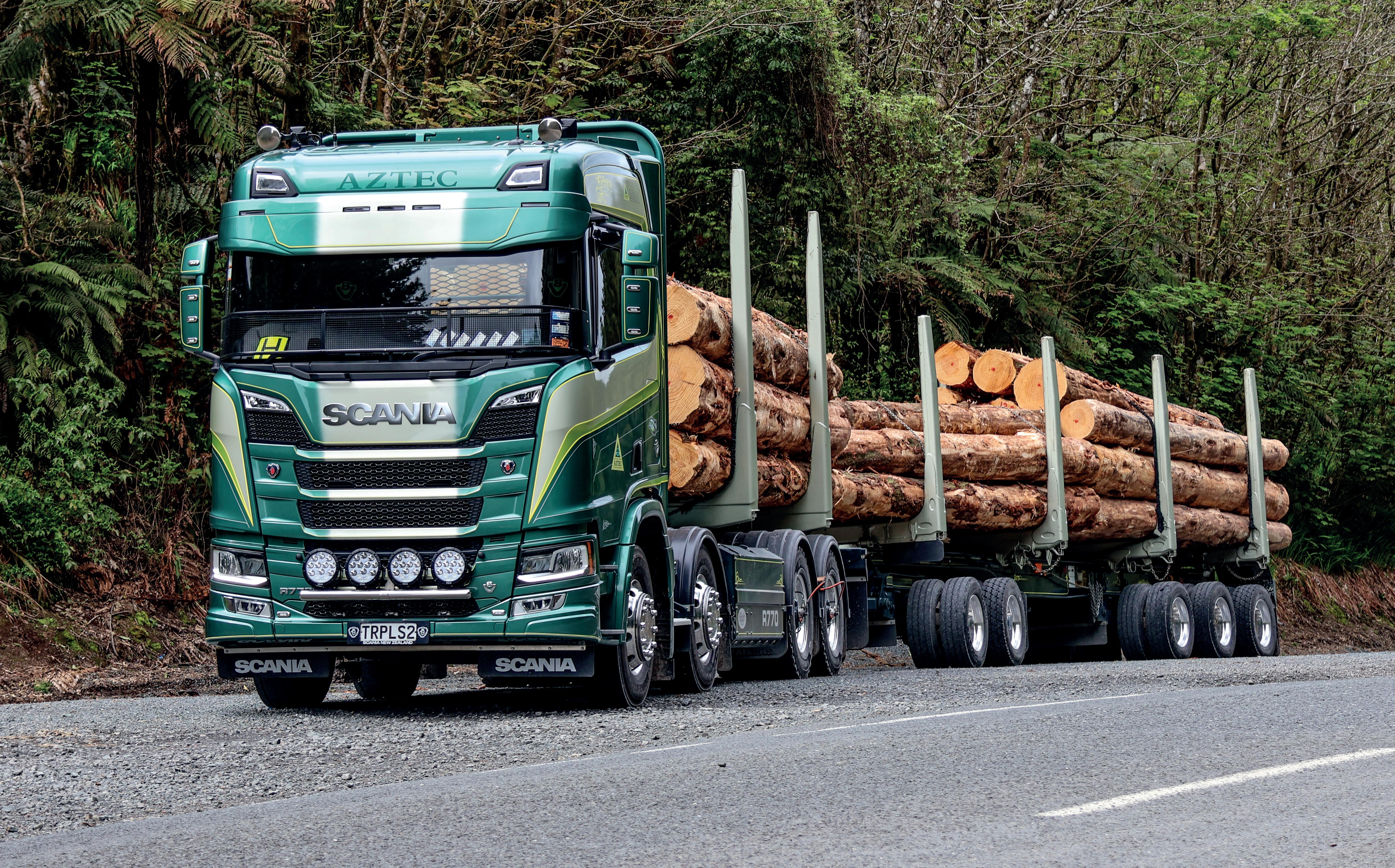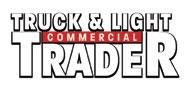




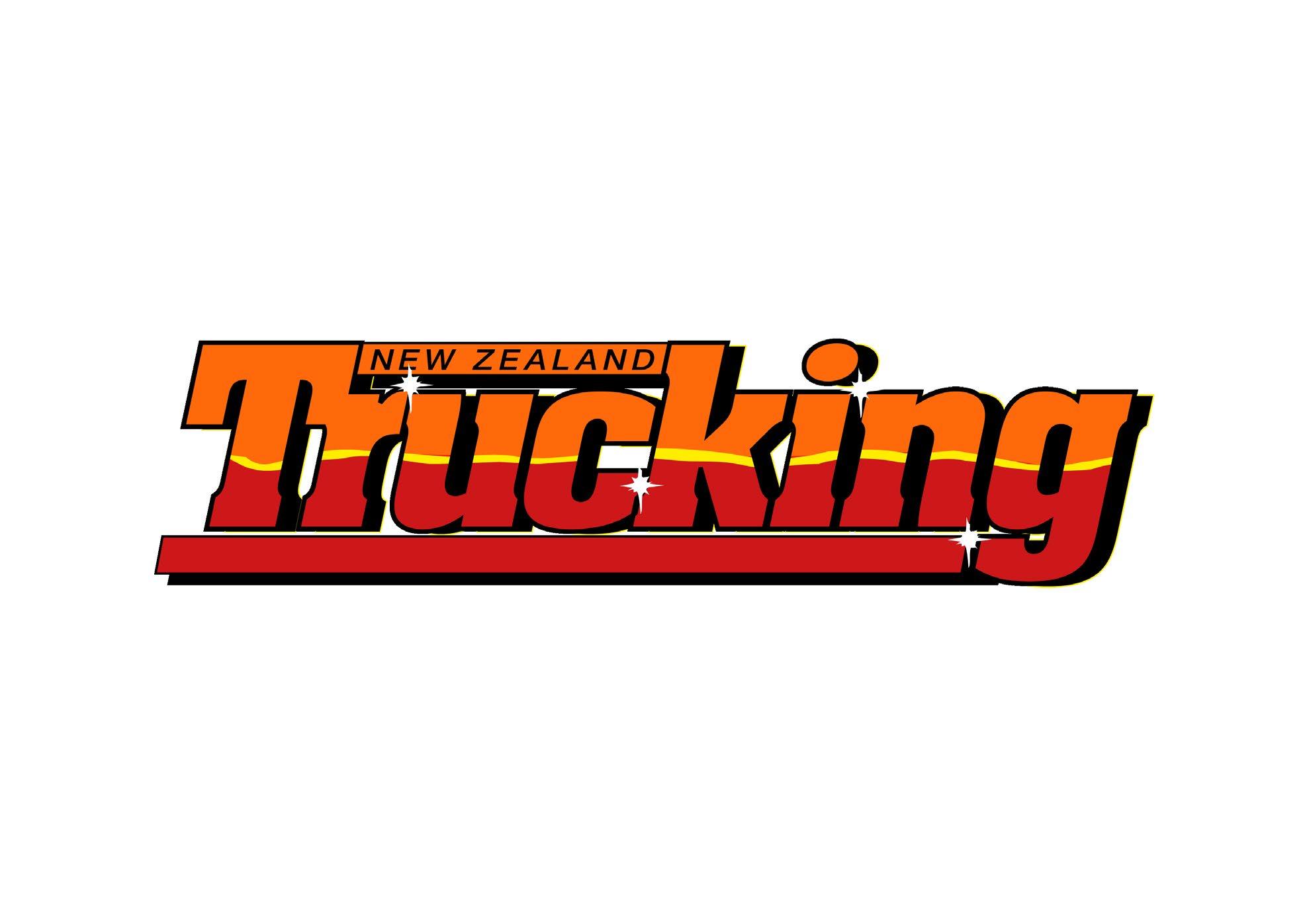







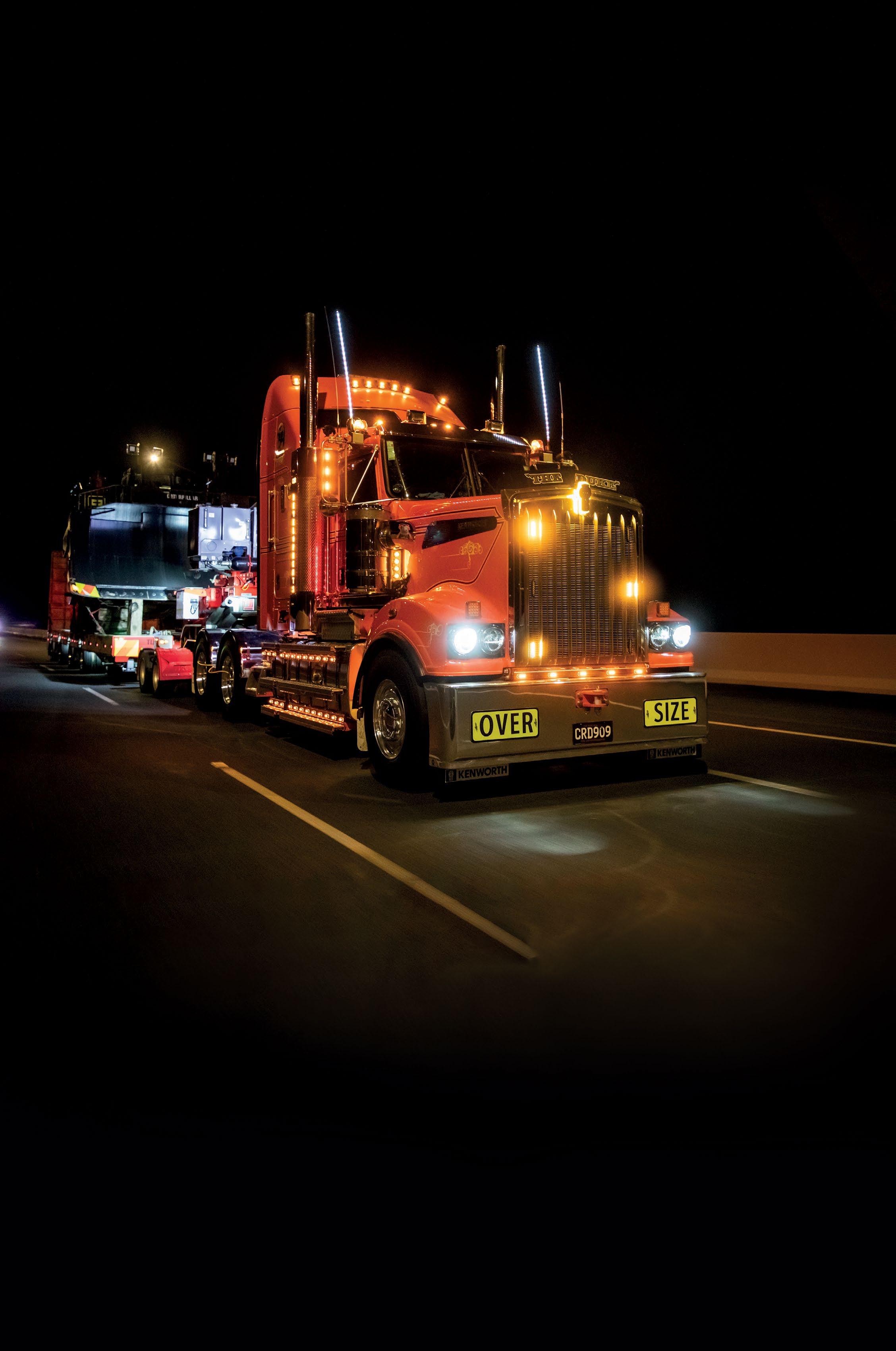


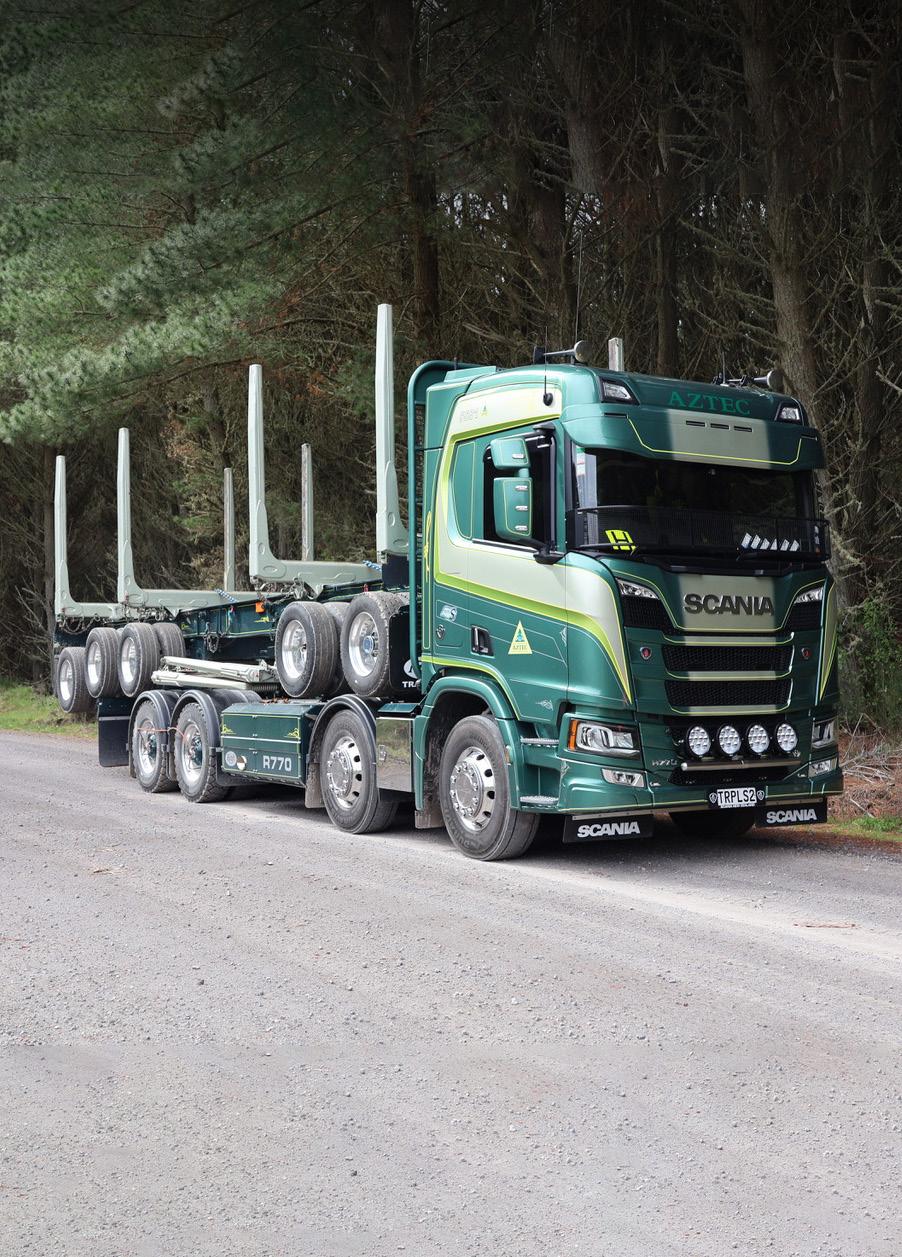


A Western Star 4900SXC off-highway unit operated by RFH heads to Kawerau along the Million Dollar Highway with a load out of the
DIRECTOR
Margaret Murphy
EDITORIAL DIRECTOR
Dave McCoid
027 492 5601 dave@nztrucking.com
EDITOR
Gavin Myers 027 660 6608 gavin@nztrucking.com
For all advertising enquiries:
ADVERTISING MANAGER
Pav Warren 027 201 4001 pav@nztrucking.co.nz
Mike Devon 027 332 4127
mike.devon@nztrucking.co.nz
Maddy McCoid 027 336 6811 maddy@nztrucking.co.nz
SUB
Shannon
021 182 4803 shannon@nztrucking.co.nz
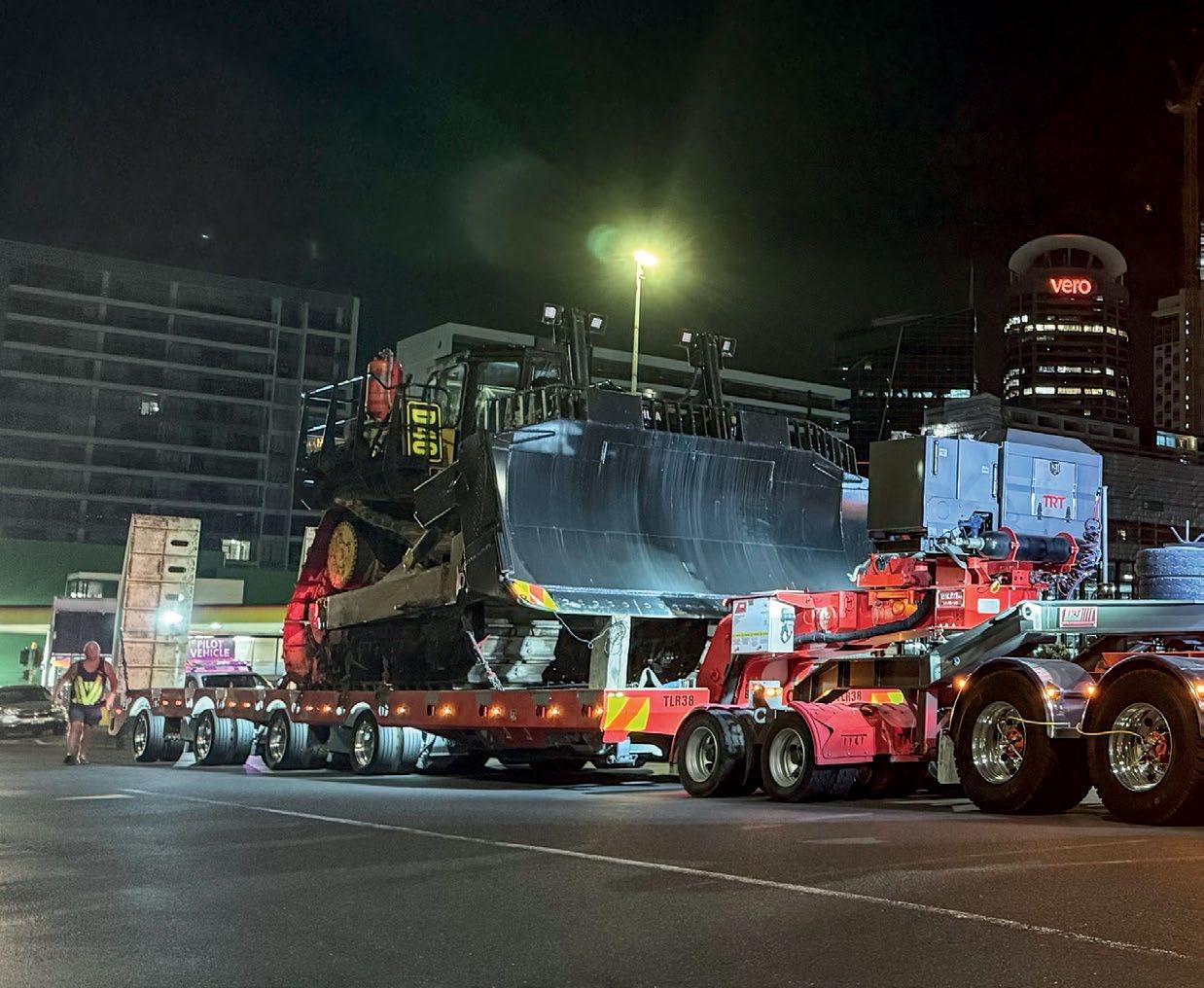

CONTRIBUTORS
Craig
Niels Jansen (Europe) Paul O’Callaghan (UK, Europe,

New Zealand Trucking magazine is published by Long Haul Publications Ltd. The contents are copyright and may not be reproduced without the consent of the editor. Unsolicited editorial material may be submitted, but should include a stamped, self-addressed envelope. While every care is taken, no responsibility is accepted for material submitted. Opinions expressed by contributors are not necessarily those of New Zealand Trucking or Long Haul Publishing Ltd. All rights reserved. This magazine is subject to the New Zealand Press Council. Complaints are to be first directed to: editor@nztrucking.co.nz with “Press Council Complaint” in the subject line. If unsatisfied, the complaint may be referred to the Press Council, PO Box 10 879, The Terrace, Wellington 6143 or by email at info@presscouncil.org.nz
Further details and online complaints at www.presscouncil.org.nz
6 months (6 issues) $70
One year (11 issues) $129
Two years (22 issues)
1 Year Australia (11 issues) $270
1 Year digital (11 issues) $45
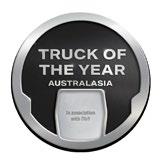









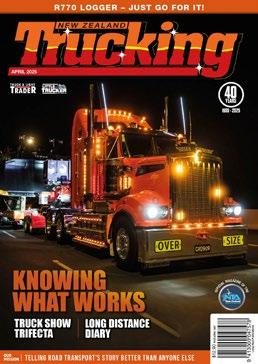



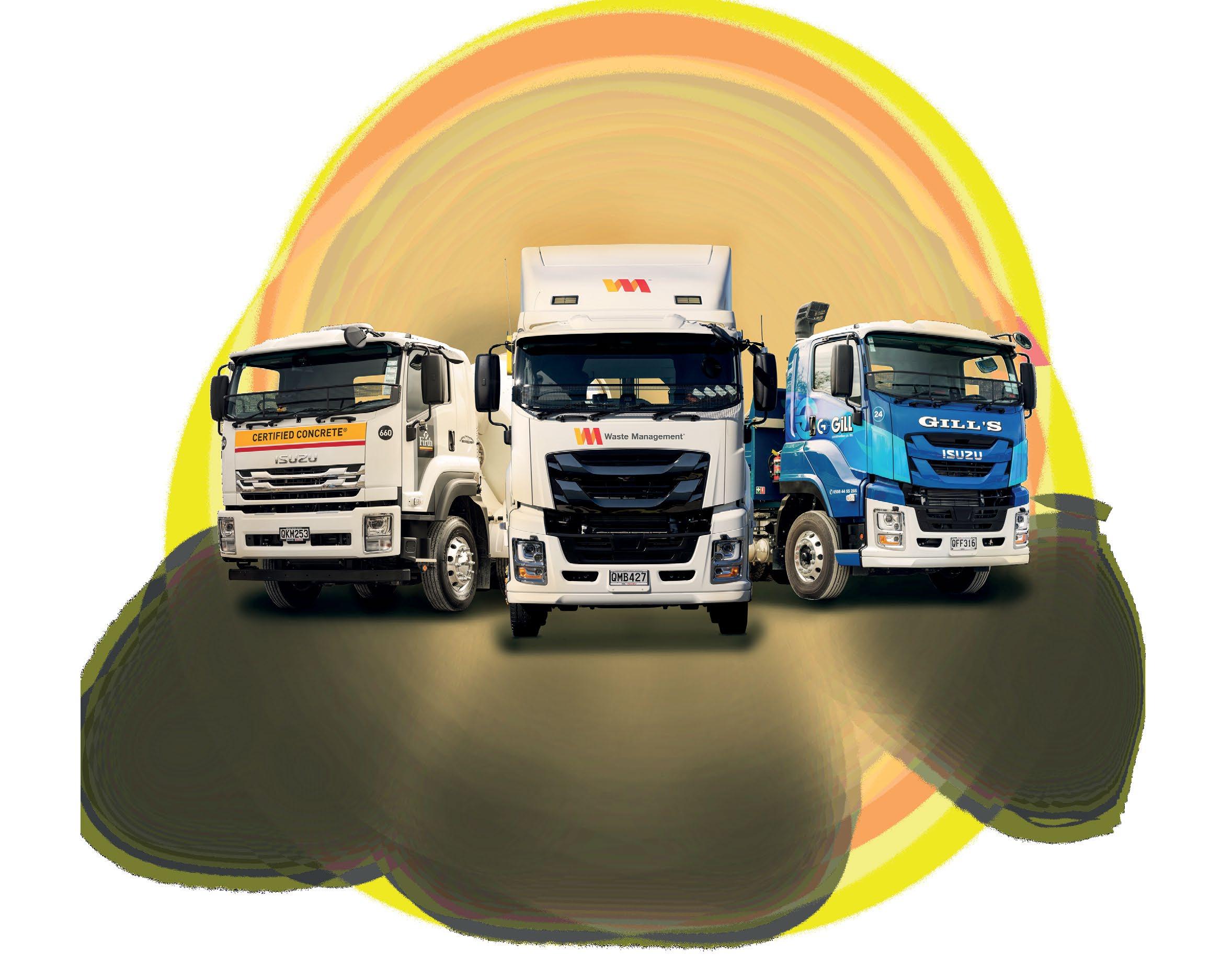
We are proud to again be the best-selling Heavy Commercial Truck brand in New Zealand and wish to thank all of our valued customers across the country for being part of the Isuzu Trucks team.

isuzu.co.nz
*Based



Canterbury-based transport and logistics firm Hilton Haulage has announced it will acquire Austin Transport Services, which will see the company expand into the Nelson-Tasman region.
Effective 1 April, the move will further strengthen Hilton Haulage’s network and expand its service offerings.
Based in Richmond, Nelson, Austin Transport Services has more than 30 years of experience in the trucking industry. Since 2005, it has been operated by Bryan and Lisa Austin, with a fleet of more than 30 trucks, from its depots in Richmond, Auckland and Christchurch.
“With this expansion, we bring enhanced transport solutions, greater efficiencies and a continued commitment to delivering exceptional service to both new and existing customers,” the company said in making the announcement.
“As we join the Nelson Tasman community, we look forward to fostering new partnerships, supporting local businesses, and helping drive the growth of the region.”

Sime Motors NZ has opened opened the first flagship showroom and Truckstops service centre for Volvo Trucks and Mack Trucks in Christchurch.
The opening was celebrated at a launch event including VIPs from Volvo Group Australia (VGA) and Sime Motors and industry guests.
At the event, Sime Motors unveiled the new 19,000m2 facility, which includes a large Volvo Trucks and Mack Trucks showroom and handover bay, customer meeting rooms and an extensive 28-bay Truckstops service centre.
Sime Motors managing director for New Zealand, Pat McKenna, said the facility was specifically designed to deliver a premium customer experience for Volvo Trucks, Mack Trucks and Truckstops customers in the South Island.
“Today is the culmination

of significant planning and investment – and a physical demonstration of our commitment to the Volvo and Mack brands, now and into the future,” he said.
The opening is the first of three new Volvo and Mack facilities and premium truck service centres, with two
more due to open in Ruakura, Hamilton and Tauriko, Tauranga, by the end of 2025/early 2026. New premises for TWL and a distribution centre to supply truck and trailer parts across the South Island are also part of the new Sime Motors hub at Waterloo Business Park in Christchurch.
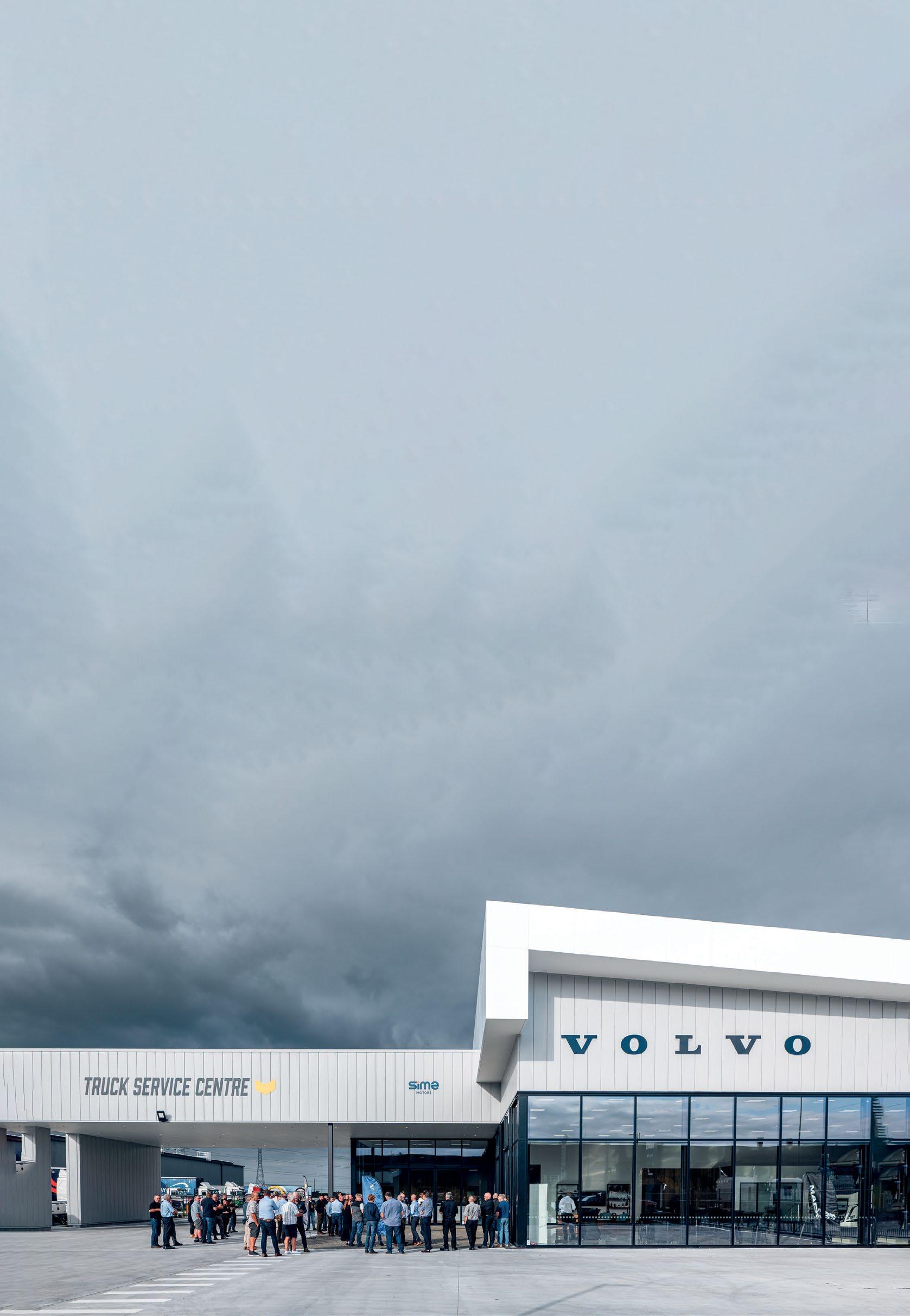

Drivers with a class 1 licence can legally operate electric trucks up to 7500kg under a new exemption announced by the NZ Transport Agency.
The Land Transport (Driver Licensing) Rule 1999: Drivers of Electric Trucks (up to 7500kg) Exemption Notice 2025 came into effect on 28 February.
Vehicle dimensions will remain the same.
The notice says the change is due to the additional weight of batteries in electric vehicles, which can push an electric truck over the usual class 1 threshold.
“The land transport system is facing a challenge between the availability of cost-efficient heavier electric vehicles and
our current driver licensing system,” NZTA said.
Keeping battery electric trucks below the 6000kg weight threshold for class 1 driver licences greatly reduces payload due to the weight of the batteries. The notice said achieving the equivalent payload in a battery electric truck required the driver to move up to a class 2 licence, creating a barrier in the uptake of BEVs.
“These BEVs require a higher driver licence class and may sit within the work time and logbook regime, making more sustainable and lower-emission commercial transport options less attractive. This imposes compliance costs on industry for no safety benefit,” it said.
To qualify under the exemption, electric trucks must be within the same model range as a diesel equivalent, have the same braking system and carry the batteries integrated within the chassis.
The electric variant must not exceed the dimensions of the largest diesel version in the up-to-6000kg range.
The vehicle must comply with the following:
(a) The vehicle’s braking systems must include regenerative braking, automatic emergency braking and electronic stability control.
(b) The vehicle must have lane departure warning or lane keep assist.
(c) The vehicle’s batteries for generating motive power
must be placed as low in the chassis as possible. Vehicles with batteries mounted above the payload centre of gravity height are not eligible for this exemption.
The combined effect of these features, all other things being equal, would be to reduce the likelihood of a crash occurring, the agency said.
The transport agency said it was a temporary solution while potential wider changes to the Driver Licensing Rule are progressed. All other driving requirements and obligations remain unchanged.
The notice expires on 28 February 2028 and may be amended, replaced, or revoked under the Land Transport Act 1998.

Understanding your business is our first step to becoming your

Volvo Trucks was the European market leader in heavy trucks, 16 tonnes and above, for 2024.
It is the first time the truck maker has held the position in the region.
The company had an overall market share in Europe of 17.9%, and 56,331 Volvo trucks were registered in the region. The markets with the most registered Volvo trucks during the year were the UK, France, Germany, Poland and Spain.
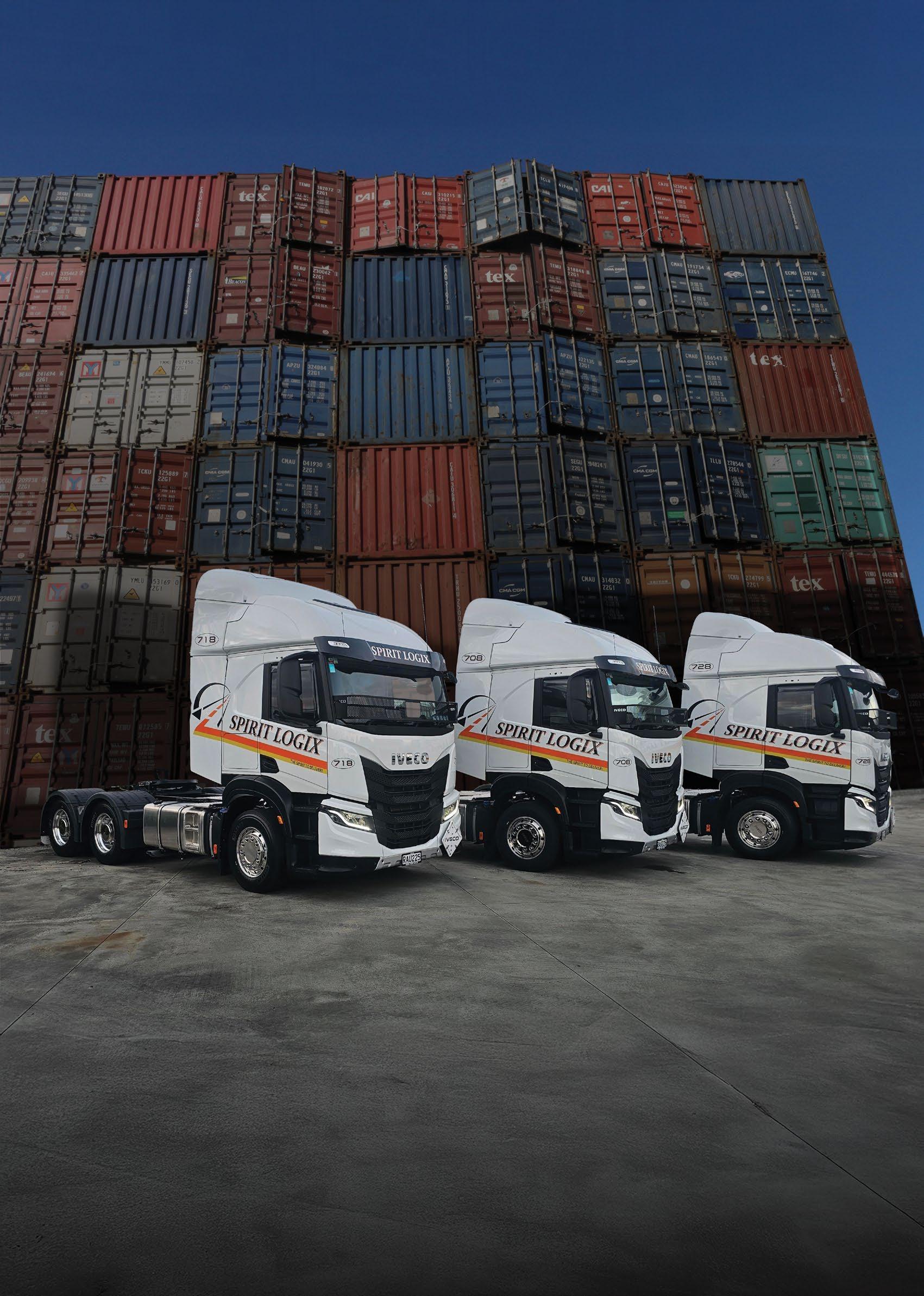
“We are very proud to be the market leader in Europe. This is clear proof that our customers appreciate the fuel efficiency, safety and uptime of our trucks and that we have a very attractive product offering,” said Roger Alm, president, Volvo Trucks.
“Our new FH Aero trucks that were launched in 2024 are just outstanding. These trucks are available with electric, gas and diesel powertrains and they have quickly become very
popular on the market,” he said. “Transport companies choose Volvo because our products and services help them grow their business and reduce CO2. I wish to extend a big thank you to our customers for their trust in us and also to our dealers, suppliers and our colleagues within the Volvo Group for this achievement.”
Globally, Volvo Trucks increased its market share in 25 countries in 2024. In Brazil, Volvo became the market leader
in heavy trucks for the third year with a market share of 23.7%. The company’s flagship, the Volvo FH, was the most sold truck model of all brands in Brazil in 2024. In Australia, Volvo’s market share was 18.2%. In North America (US and Canada), Volvo Trucks had a market share of 10.5% (10.2% in 2023).
“We stand stronger than ever thanks to the complete renewal of our global product portfolio in 2024,” Alm said.


With branches in Auckland, Hamilton, and Christchurch—plus a trusted service network—Transcold keeps your fleet moving.
We offer expert support for Carrier refrigeration technology and Dhollandia tail lifts, minimising downtime with fast, reliable servicing.

From tailored maintenance plans to hands-on technician training, we go beyond just supplying products—we keep your business running smoothly.
Stay on the road with Transcold.






























Positive public sentiment towards truck drivers is strong, new polling from Transporting New Zealand has revealed.
Public polling done by independent survey firm Research New Zealand for road freight association Transporting New Zealand, surveyed 1005 New Zealanders across a representative population sample.
The research showed more than seven times as many people have a positive perception of road freight drivers compared with those taking a negative view (52% to 7%).
The survey respondents noted truck drivers’ professionalism and skill,

essential service, economic contribution, hard work and long hours as the leading reasons for the results.
Fifty-two percent of respondents had a positive perception of truck drivers, while 35% were neutral and 7% held a negative perception.
Support for truck drivers was consistent regardless of what form of private transport the survey respondents used (car,
public transport, walking, bike or motorcycle or other).
The public polling was completed as part of the 2025 National Road Freight Survey, including surveying road freight industry participants.
Transporting New Zealand policy and advocacy lead Billy Clemens said the results were a great recognition of the work of New Zealand’s 33,000 professional truck drivers,
moving nearly 93% of the country’s freight task.
“Seeing that the public recognise the professionalism and skill of drivers, the economic contribution they make (over $8.6 billion per year), and the hard work road freight operators put in is a real endorsement of our driver workforce,” he said.
“Transporting New Zealand has consistently said our people are the industry’s most valuable
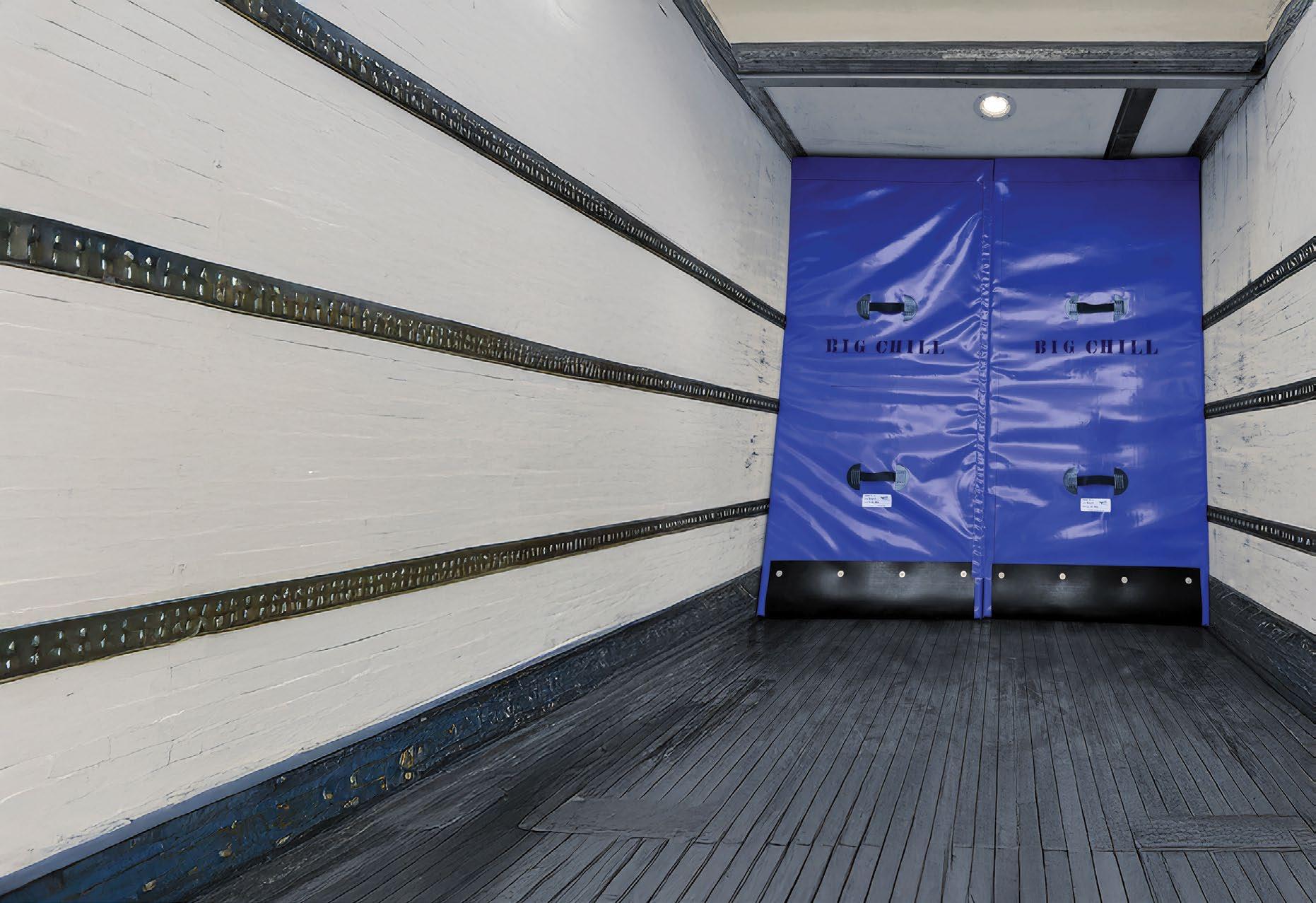
asset, and that’s reinforced by these results.
“Over the past few years, the road freight industry has dealt with COVID disruption, supply-chain issues, natural disasters and an increasingly pot-holed roading network. Throughout all these challenges, truck drivers have kept shelves stocked, businesses supplied and infrastructure projects moving. I think that’s reflected in the positive perception that the public has.”
Clemens said that while the results were positive, the survey results also showed a minority of respondents had concerns about truck drivers, mainly based on road safety and driving behaviour.
“All road freight businesses need to be setting clear
expectations for their drivers around compliance and defensive driving to help keep everyone feeling safe on the road.
“Transporting New Zealand will also keep advocating for investment in overtaking lanes, road widening and corner easing, freight bypasses, and other infrastructure that improves safety and productivity outcomes for all road users.”
Transporting New Zealand is also encouraging all road freight industry participants to complete the 10-minute-long 2025 Road Freight Industry Survey, which will provide valuable insights on industry priorities and challenges and complement the public polling.
See page 112 for more.
TDX has renewed its partnership with Shell Lubricants as the appointed Shell Lubricants distributor in New Zealand for another five years, following the initial three-year agreement signed in 2020 which was subsequently extended to five years.
“This renewal ensures that our customers will continue to benefit from Shell’s innovative and high-performance lubrication products, backed by the local know-how and service
experience of the TDX team,” said Jason Steele, business manager - Shell Lubricants, TDX.
TDX recognises the evolving demands of the industry, particularly the growing emphasis on sustainability, low-emission solutions, and environmentally responsible practices. The company is actively working with partners to align with Toitū carbon certification standards and supports the use of Panolin biodegradable lubricants in key applications.
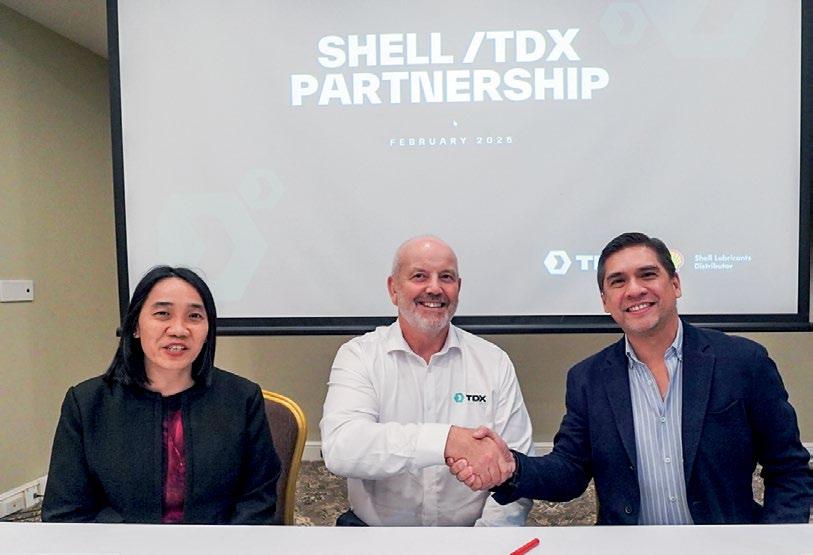
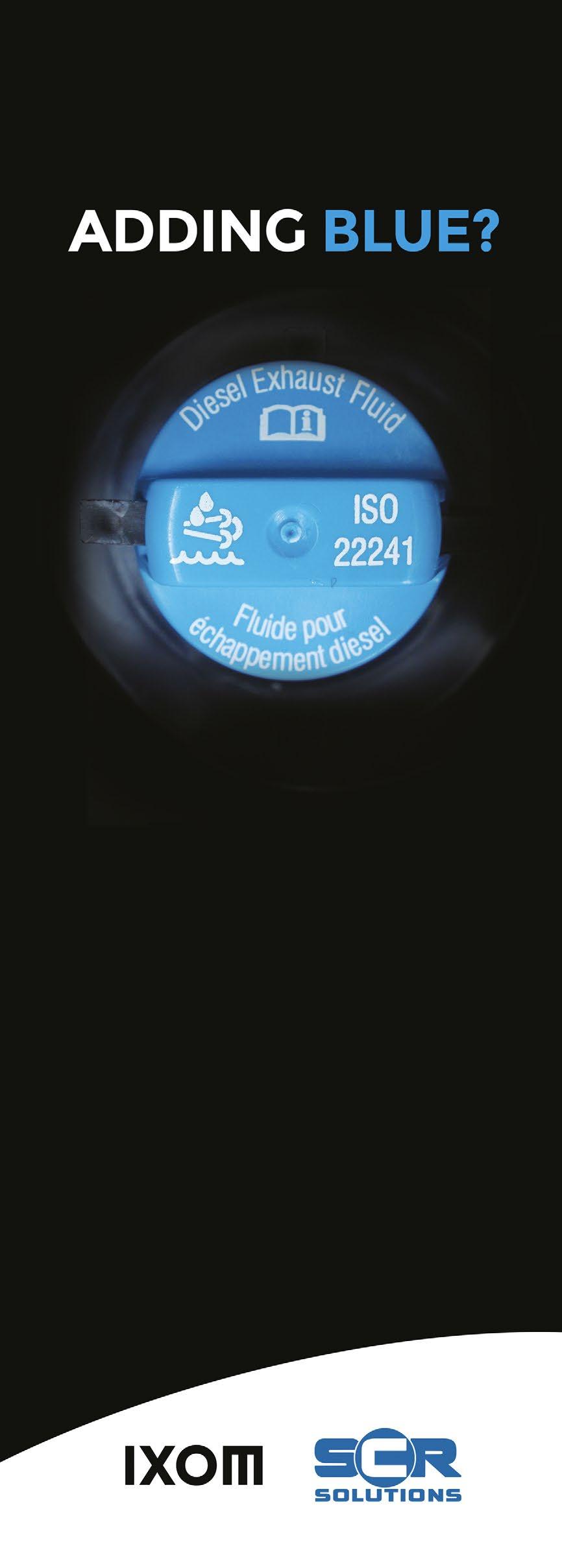
Trust Ixom and SCR for dependable AdBlue supply in NZ. Contact us at sales@scrsolutions. co.nz or 0800 145676 for all your bulk, packaged, and dispensing equipment needs. Reliable, secure solutions when you need them 24/7.
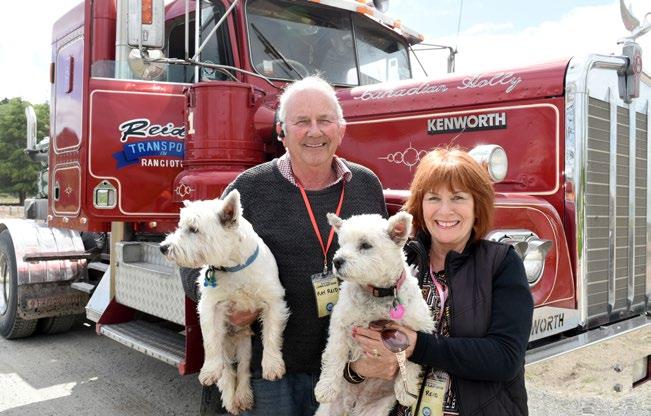
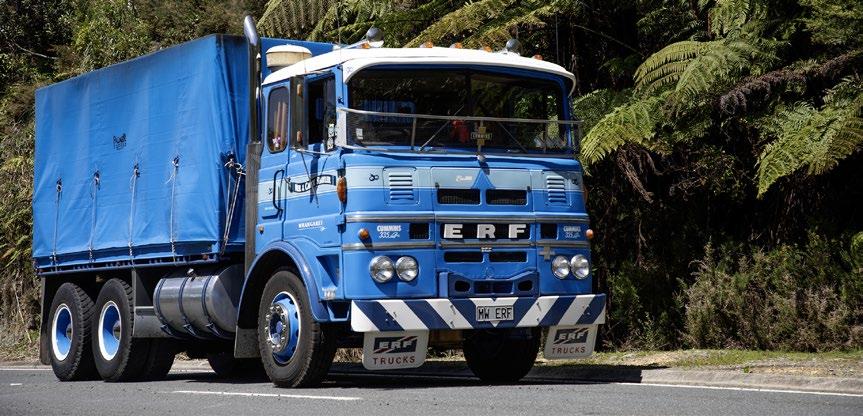


GCA7
• Unique non-directional traction patterns ensure optimum traction and prolongs tread life.
• Superior sidewall cut resistance.
A• Good self-cleaning with groove stone ejector.
• This deep tread is particularly suitable for loaders and dump trucks operating in quarries or mining.
GCA3
• Applications: Articulated dumper, dozer, loader, and graders.



the 2022 Long Lap, and Keith Newey’s Mack R-model at the recent Kamo Touch-
• Non-directional traction and standard tread depth pattern design.
depth pattern design.
• Excellent performance supported with heat resistant compounds.
GCA8

Superior sidewall cut resistance. ceptional casing durability. Enhanced stability and riding comfort.
GCA8
• Superior sidewall cut resistance.
• Unique non-directional traction patterns ensure optimum traction and prolongs tread life.
GCA3
fter 19 years of sterling service behind the wheel of the Northern Classic Commercials Club, Ray and Fiona Reid are handing over the running of the club to a new bevvy of classic-truck crazed stewards. A meeting was held on Sunday 16 March at the Ross Bros Museum in Cambridge to determine who would take on
• Excellent performance supported with heat resistant compounds.
• Primarily designed for mining, off the road, and muddy surfaces.



The extra-deep tread pattern is specially designed for loaders.
• Long tread life, exceptional casing durability.
Excellent performance on extremely rocky surfaces, in open pits, quarries, and underground mines.
• Enhanced stability and riding comfort.
• Primarily designed for mining, off the road, and muddy surfaces.

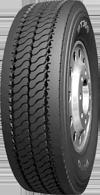
• Superior sidewall cut resistance.
• Good self-cleaning with groove stone ejector
• The extra-deep tread pattern is specially designed for loaders.
Non-directional deep tread pattern designed for muddy and soft surfaces.
Excellent traction and floatation offer comfortable handling.
• Excellent performance on extremely rocky surfaces, in open pits, quarries, and underground mines.
Superior long tread life and excellent puncture resistance.

Low rolling resistance and fuel economy
GCB5
• Articulated dumpers, rigid dumpers, loaders, graders.
• With excellent traction and buoyancy performance.
• Outstanding stability and operating comfort, with large pattern plate and long service life.
GCA3
• Applications: Articulated dumper, dozer, loader, and graders.
• This deep tread is particularly suitable for loaders and dump trucks operating in quarries or mining.
• Non-directional traction and standard tread depth pattern design.
• Applications: Articulated dumper, dozer, loader, and graders.
• Excellent performance supported with heat resistant compounds.
• Non-directional traction and standard tread depth pattern design.
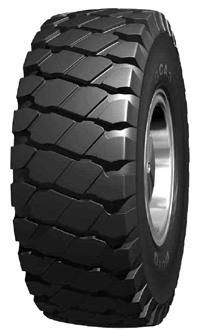
• Primarily designed for mining, off the road, and muddy surfaces.
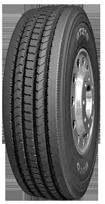
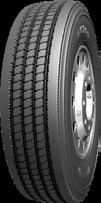

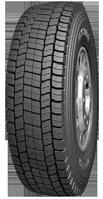

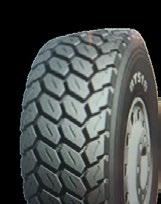
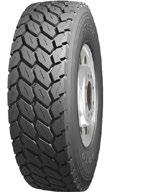
• Excellent performance supported with heat resistant compounds.
• Primarily designed for mining, off the road, and muddy surfaces.

GCA2
• Non-directional deep tread pattern designed for muddy and soft surfaces.
• Excellent traction and floatation offer comfortable handling.
• Superior long tread life and excellent puncture resistance.
• Low rolling resistance and fuel economy.





the mantle of leadership and direction at the club.
“We were heartened to see an enthusiastic core of members who have put their hands up,” said Fiona. “The new team is headed up by Michelle Miller, with other team members being Cassandra and Bryan Robinson, Don Gorrie, Keith and Carolyn Newey, Neil and Carol Shayler, and Brian Murdoch.”
Michelle added, “We are committed to ensuring the club continues, allowing us to enjoy our classic vehicles and foster the wonderful friendships.”
Of course, the Reids are not going far and will still be in the background offering their full support and taking part in the wonderful events the club runs.
Fiona said, “Ray and I wish the new team the very best going forward and as always we look forward to catching up with you on the next run!”



Contact: Michelle Miller on 027 478 8876 or brettmich@gmail.com

AutoSense has installed almost 6000 AI-powered Guardian by Seeing Machines systems in New Zealand vehicles and has released its latest findings into fatigue and distraction.
Last year, the Guardian cameras captured 21,670 mobile phone distraction events by drivers on New Zealand roads, making up 41% of the total distraction events recorded on the cameras in the 12 months until 31 December 2024.
“Last year, an astounding 52,560 driver distraction events and 21,470 driver fatigue events were recorded by Guardian cameras,” Charles Dawson, AutoSense CEO said. Guardian cameras recorded an average of 594 total distraction events and 417 total mobile phone events
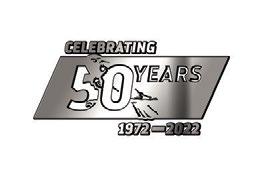
weekly. More distractions occurred between 9am and 10am than at any other times during the day and night.
“The peak distraction time aligns with the time when parents are setting out with pre-schoolers for morning activities, retirees and seniors are heading to appointments and shift workers may be finishing nightshifts or heading to mid-morning shifts,” Dawson said.
“By shedding light on the insights that the Guardian data provides us, we hope to influence driver behaviour, making driving on New Zealand’s roads safer for everyone.”
According to the NZ Transport Agency, there were 341 road fatalities in 2023, and about 25% of road deaths and serious injuries are
work-related. The impact of that is far-reaching.
“The social cost of road fatalities to all New Zealanders is colossal. As well as the loss of life and life quality, there’s a loss of productivity and big financial implications with medical costs, legal costs and property damage costs,” said Dawson.
In per-crash terms, this average social cost is estimated at $5,374,100 per fatal crash, $551,700 per serious injury crash and $30,800 per minor injury crash.
AutoSense recently launched its Safe Driving Policy service, aligned with the NZTA’s safe driving practices and designed to help businesses reinforce responsible driving habits that can protect their teams and others on New Zealand roads.

If you’re moving wood, Mills-Tui are the experts for innovative design to maximise your productivity. With 5 axle tare weight from 5,680kg and a class leading 5yr/1,000,000km chassis warranty, you know Mills-Tui has got your back.
Fans of pilot vehicles, heavy and ungainly loads, many axles and brutish prime movers – rejoice! For the second consecutive issue, we’re lucky enough to feature a heavy-haul unit with a big, yellow machine on its back, and some innovative technology underneath it all.
Just a short trip south on the Waikato Expressway from Horotiu-based Hanes Engineering – the cover star of our March issue – is the township of Hautapu, just north of Cambridge. It’s known historically for its 140-year-old dairy factory, and in more recent times – and especially to the transport and earthmoving fraternities – as the home of C & R Developments. You’d no doubt have noticed the company’s yard alongside the expressway. Missing the expanse of big yellow earthmoving machinery and bigger green sheds is impossible. Head into the premises, and you’ll find the company’s fleet of big orange trucks – four Caterpillar bulk units, a five-axle K200 crane truck and five heavy-haul Kenworths. The company operates more than 200 major plant items, plus 11 heavy trucks (soon to be 12) and a fleet of smaller support vehicles and utes.
While they exist to support the company’s core task of shifting earth, the C & R Developments trucks are as synonymous with the company as one of its Caterpillar bulldozers – most certainly in the North Island. But, while we’ve featured some of the company’s truck fleet over the years, none has ever had the honour of gracing the cover until now – with the arrival of the company’s latest Kenworth T909, The Duke.
Owned and operated by brothers Mike, Tony, Tim and Simon Ross, C & R Developments has built a reputation for excellence in civil earthworks and bulk earthmoving. The thing about operating a fleet of

earthmoving machines is that they need to be moved to and from jobs. And when the plant needs to move, it needs to move.
“We bought the transporters to work in with our civil jobs,” says Simon Ross. “It got to the stage we’d grown too big to be relying on others to move our gear – it became too tough getting trucks when we wanted them, so it was crucial to get our own transporters.”
First in was the company’s 1997 T950, an ex-B.R. Satherley Transport unit that C & R acquired about 14 years ago. “It’s been a great old girl for us, but it just does light duties now,” Simon says.
After the 950, the company acquired Pistol Pete, a C15-powered 2008 T908 out of Australia. Until the arrival of The Duke, this unit was driven, cared for and loved by the affable Murray ‘Muzz’ Peake – who did well over a million in it.
The company’s first T909 arrived in 2012, driven by Tony Goodwin, and in 2020, the company rebuilt a C15-powered, 2003 Kenworth C501 Brute – another truck out of Australia and reserved for the heavier stuff with its 200-tonne rating and TRT six-line ESS Platform Trailer.
“It wasn’t in as good a nick as we thought it was when we bought it, but it got a new lease on life and now does the hard yards,” Simon says with a smile. (The full story on the Brute can be found in the November 2020 issue of New Zealand Trucking.)
As operators, the Ross brothers were not necessarily dedicated ‘Kenworth guys’. “Our first transporter back in the days of Baker Construction was an IH,” says Simon (see sidebar, The boys and
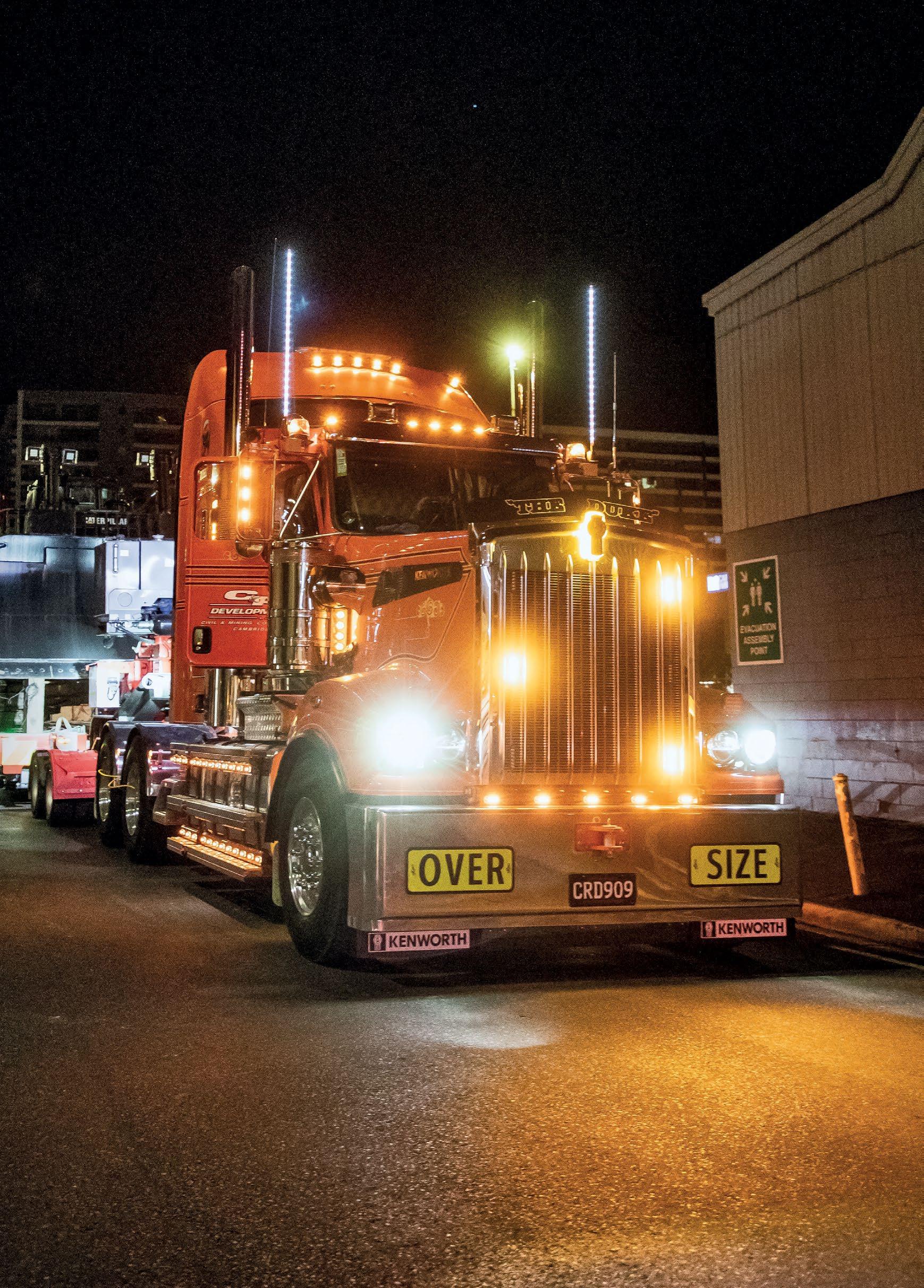

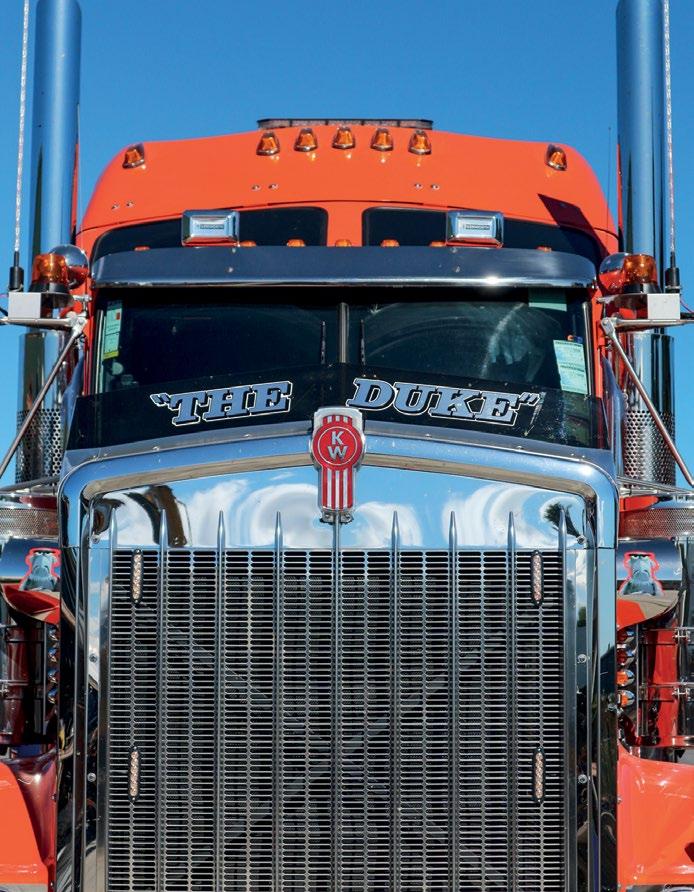
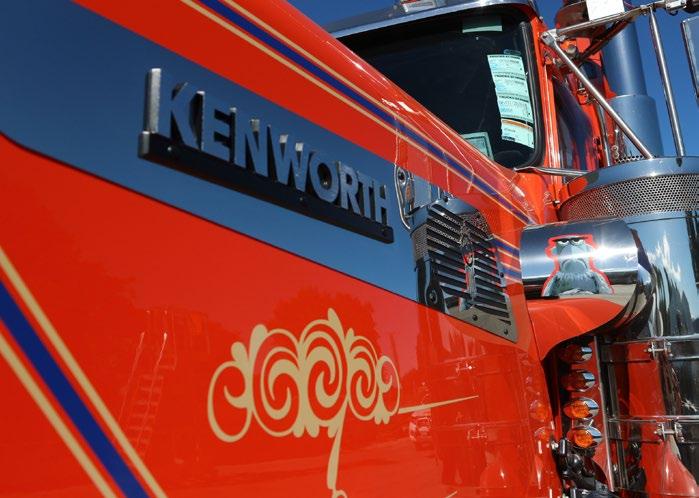
their (big) toys). “We later had an International S-Line. Before that, way back in the 1970s, Cambridge Heavy Haulage did all our transporting. Then Porters took over until we bought the 950.”
Adds transport manager Andrew Stevenson: “The trucks are essential. When the gear needs to move, we can’t rely on another party that might give other gear priority. And when a truck breaks down, we need to get another one out there immediately, not next week.”
“The Kenworths have been good machines generally; we’ve had no real issues from them,” Simon notes.
“They’re a lot more comfortable than they used to be, compared to the 950 …” adds Andrew, who then throws in a comment that strikes us as both interesting and insightful in 2025’s world of increasingly technologically advanced trucks.
“They’ve been proven for years – that’s why so many of them are put on heavy haul. And our mechanics can fix them in our workshop … They’re ‘simple’, good, solid trucks. And for the age of some of them, they’re not often in the shop.”
Almost before he can finish his sentence, Simon adds a point relevant to the entire industry, but exponentially more so when it comes to this line of work: “You can have all
the best trucks, but if you have the wrong buggers on them … We’re lucky with the guys we have, who are so good on the gear. They’re bloody passionate guys with long-term experience, real truckies who love their trucks. There’s no need to ask them to go out and wash them; they’re blinged up all the time. We have a good crew, that’s for sure.”
Part of the C & R family for 14 years now, Muzz is exactly that kind of truckie – passionate, professional and personable; he takes immense pride in the job and his unit.
“I still enjoy this work. It’s challenging, keeps your mind sharp. Every load is different. You can have two similar machines on the trailer on the same day, and both will load and ride differently,” he says.
The key to making the job easier is the gear. As far as Muzz’s new 909 is concerned, it follows a tried-and-true recipe, running the same mechanical spec as his old 908, save for the motor – the 908 running a Caterpillar C15 ACERT that was ‘breathed upon’ to produce in the region of 700hp, the 909 running the venerable Cummins X-15 at 459kW (615hp).
Otherwise, it runs the same 22-series 18-speed Roadranger, Meritor MFS73 front axle on

“We’re lucky with the guys we have, who are so good on the gear. They’re bloody passionate guys with long-term experience, real truckies who love their trucks.”

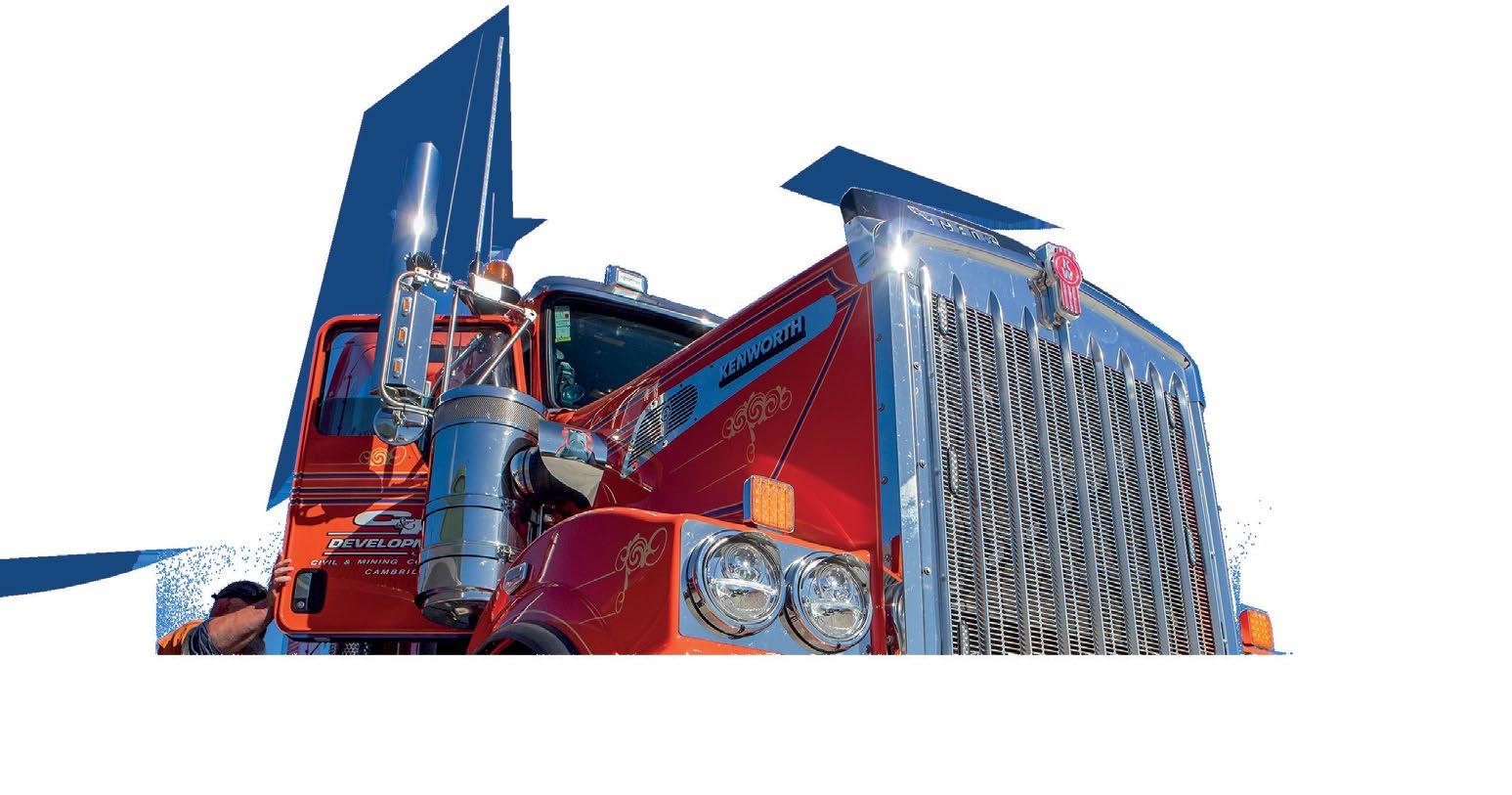

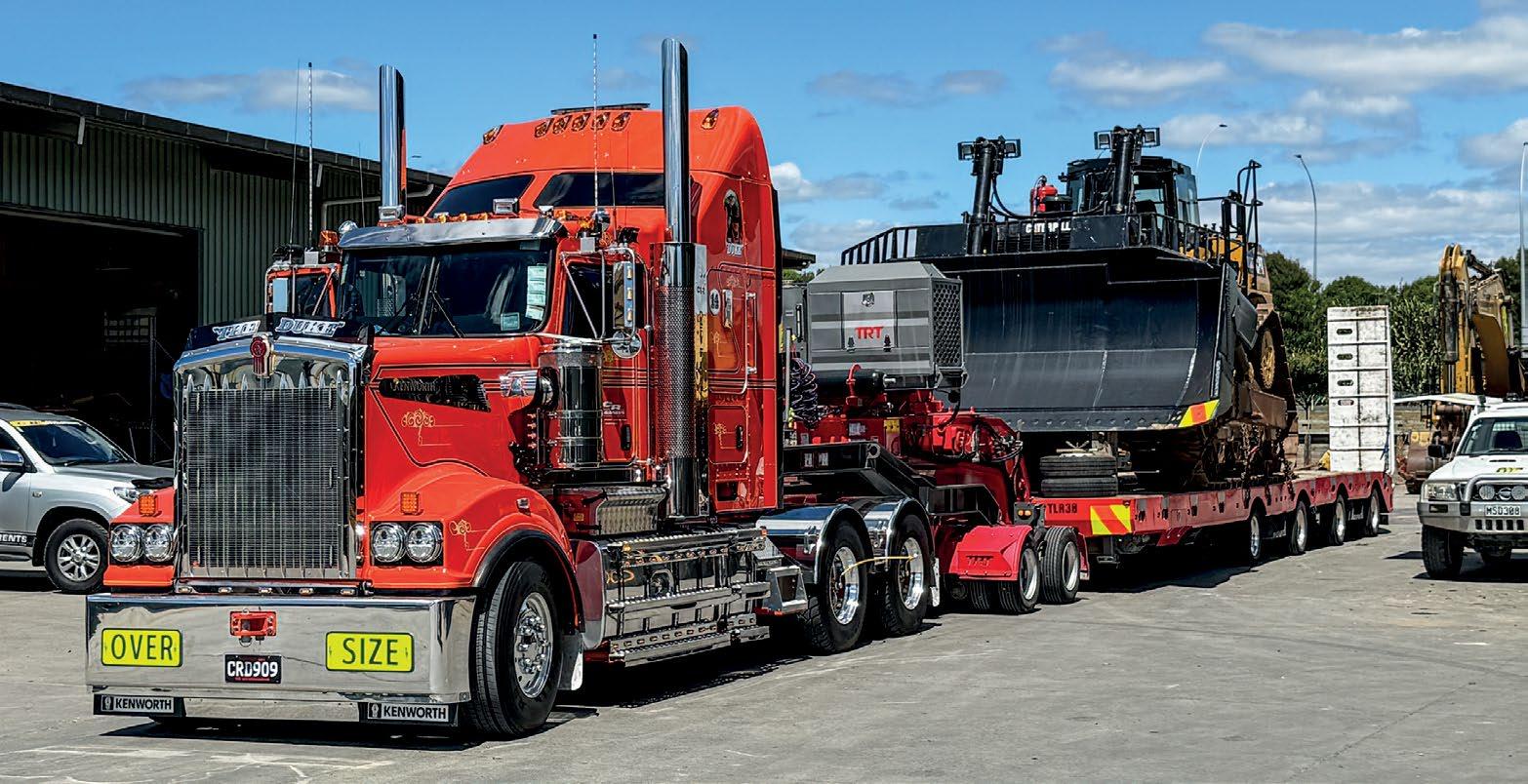
7.2-tonne Kenworth suspension, and Meritor RT52-185G rear axles geared at 4.89:1 (with diff locks and oil cooler), riding on NeWay AD246-10 air suspension for a 20.8 tonne rear-axle rating. It’s dimensionally the same, too, running a 5500mm wheelbase –short and manoeuvrable but still stable. In all, it’s rated to a GCM of 155 tonne.
“It’s a spec we know works,” says Andrew.
SI Lodec scales, TRT Traction Air central tyre inflation, and a Jost 90mm oscillating turntable on a TRT subframe all play a supporting role.
Arguably, however, the star of the show is what hooks up to the Kenworth: a TRT FourRows-of-Eight ESS Widening
Low Loader, the first of three the Hamilton engineering firm has so far built in exactly this spec. It replaces Muzz’s old MTE fourrows-of-eight and, where that was a relatively straightforward unit, the new TRT four-row ESS trailer changes the game. It’s a first of its kind, and the C & R team worked closely with Jeremy Carden, trailer sales specialist at TRT, and Jason McLuskie, who led the design, during its development.
The innovation is combining TRT’s electronic steering system and double-acting suspension with a float. Each axle can steer to 45 degrees, and the trailer height can be altered from 815mm to 1515mm.
Jeremy explains the different

systems built into the unit: “The axles are driven by a ram that sits in the well under the deck, which pushes on the steering quadrant to activate the steering arm on the axle leg. Each leg’s kingpin housing is built into the separate decks allowing for the 45-degree steering angle either side of centre, compared to a standard rows-of-eight assembly where the axle beam goes through the main webs.
“The electronic steering system is guided by a slew ring built into the skid plate and a wedge plate that sits in the truck’s fifth wheel. Two encoders read the angle between them as the truck turns, sending the signal to the Rexroth controllers. The transducers on the steering
rams then interpret this info and move the wheels accordingly.”
Jeremy adds that the axles are spaced at the maximum 2.4m and, compared with a traditional rows-of-eight axle, each leg has its own suspension unit. “This allows control of the ride height when its empty and loaded and locking off of single axles with a single valve. For example, when changing tyres with a machine on, there’s no need to block axles up to get a tyre off.”
A hydraulic compensating gooseneck with 650mm stroke means the trailer doesn’t strain the truck’s chassis when on uneven ground, and can create an incline to help with loading. A single shut-off valve is placed at reach on the outside of the
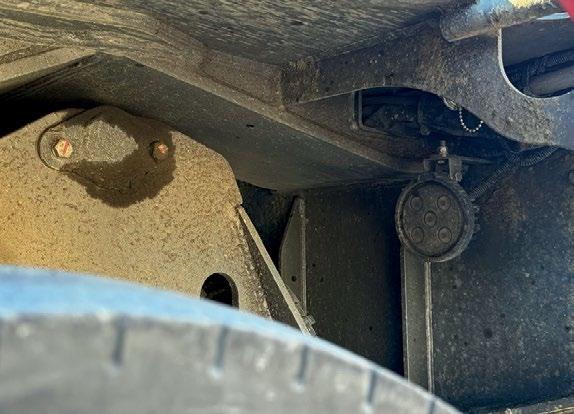

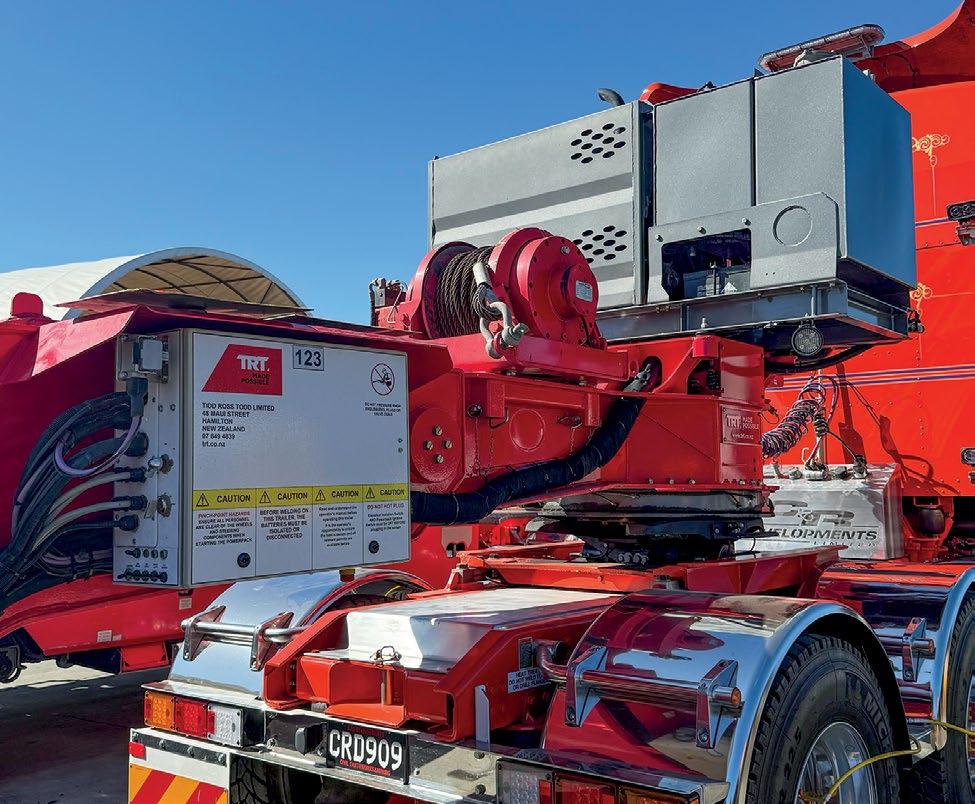

gooseneck so that it can be easily locked off.
The remote control – familiar to anyone who’s operated a house-moving trailer – gives full independent control of height, steering, ramp control and widening. “It’s safer than getting under the trailer to use levers,” says Jeremy. “Various manual steering modes allow you to override the slew ring, and the operator can completely control each axle up to 45 degrees in slow-speed manoeuvring. You can make the axles do all sorts of wonderful things, like artificially create a pivot point to get around tight obstacles.”
It’s all powered by an integrated Yanmar diesel watercooled engine. Two Bosch
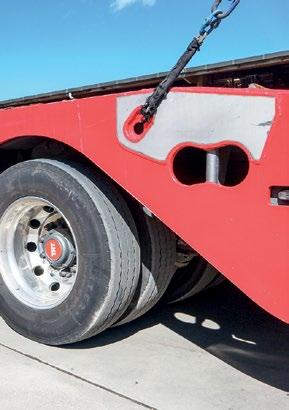
Rexroth RC controllers are the ‘brain’ of the machine. The only connection to the truck is a cable that runs to the dash-mounted remote display.
“People hear the word electronic, and they worry it won’t last. But it’s pretty simple and very robust: 95% mechanical and hydraulic with 5% electronics to control it,” Jeremy comments.
TRT has tried to keep a reasonably long beavertail, given the need to accommodate the steering mechanism for the last axle row beneath, while ramps are standard 2.8m single fold, with options to go longer if requested.
One disadvantage of the trailer is it can’t close to 2500mm width; the platforms close to 3090mm
and widen to 4390mm. The deck length measures 13.2m from the front of the deck sheet to the ramps, or 12.65m of clear deck space from the base of the gooseneck. Tare weight is between 23.5 and 23.7 tonne.
“You’ve got seven tonnes of tare weight up your sleeve compared to a traditional four-line platform lead trailer with a removable ramp module,” Jeremy says.
Other features include a removable 20-tonne Hammer winch pack, a manifold greasing system, fully welded coaming rail protectors, polished Alcoa wheels (which Jeremy says help reduce tare weight by about 350kg over steel rims on a fourrows unit), Ausbinders rather than chain twitches on the
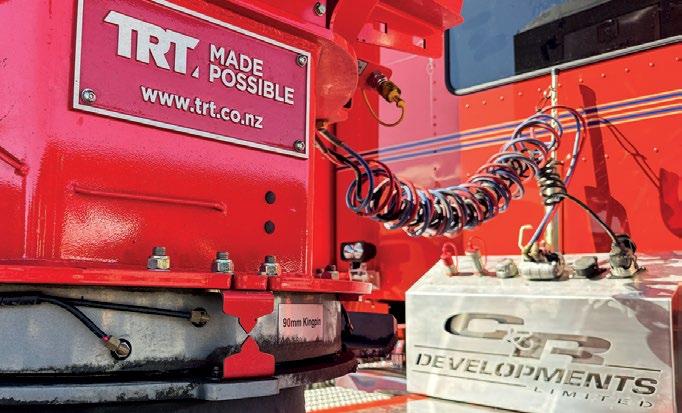
ramps, and lights on each axle group, the gooseneck and the ramps.
“Muzz wanted the lights – his trailer has 12-work lights, 28 side markers and eight marine plug sockets for additional lighting.”
It’s midnight on a late-February Wednesday when we gather at the Hautapu yard to accompany Muzz and The Duke on its maiden job – a Caterpillar D10T bulldozer headed to the Port of Auckland, to be shipped down to the Lyttelton Port where it will join half a dozen of the firm’s other machines, including dumpers and graders, for stage two of the port’s reclamation project. C & R had completed
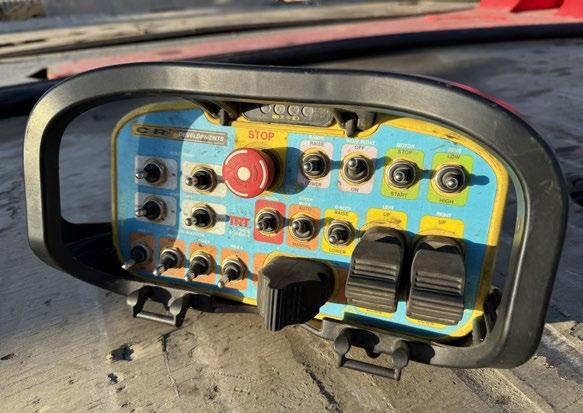
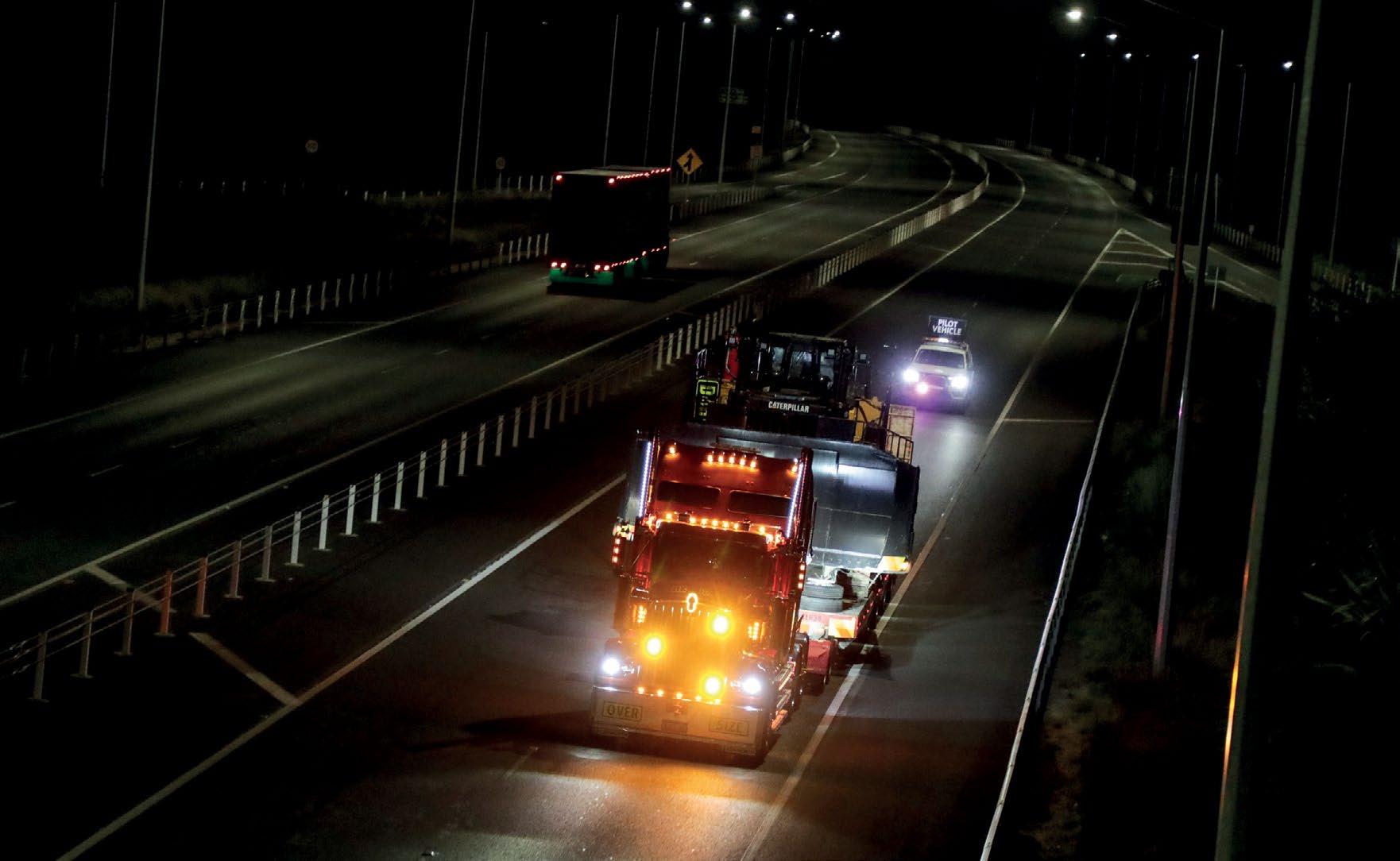

Over the years, we’ve told bits and pieces of the C & R Developments story. However, since this is the first cover story to feature one of its trucks, it’s only right to recap. We can’t, of course, assume everyone’s read everything we’ve ever published. So, whether you know the C & R story or not, head with us back to 1998, when brothers Mike, Tony, Tim and Simon Ross established the company.
Standing for Coleman and Ross, the roots of C & R’s story actually run back to 1960
… The brothers’ father, Jim Ross, was a stalwart of the Kiwi trucking industry midcentury, having started Ross Todd Motors in Leamington, near Cambridge, with Norm Todd in the post-war years. That company would eventually become TRT, but in 1960, Jim decided to get into earthmoving.
With chance backing by Arthur Baker – a well-known businessman, whose interests included farming, land development, fertiliser, and agricultural aviation – Jim formed Baker Construction, which enjoyed
success on projects from the Hutt Motorway (the company’s first), Twizel, the Cromwell Gorge realignment, Runanga Deviation on the Napier-Taupō Road, Huntly coalfields, Auckland Airport, as well as offshore in Australia, and even the Hong Kong airport development.
In 1994, Baker Construction was bought out by Downer Mining Ltd (DML), with the Ross brothers running the business by then with well-known surveyor Mike Coleman, who became involved in the early
stage one as a joint venture with Heron Construction that began in 2019, dredging 5ha of seabed and replacing it with 3.5 million tonnes of selected aggregate material.
Andrew would later explain the rationale for shipping the gear: “We have a contract with the port, and it works out cheaper to send it from the Port of Auckland. The majority of our running is in the North Island and we tie in with Satherleys in the South Island. A lot of gear goes in, but not a lot comes out. So, because they’re based there, it helps to work with them. Even if transporting it ourselves, we’d come back empty and that’s a big cost.
“The South Island is a bit hard for this work. There’s bugger-all roads we can use between Blenheim and Amberley; you can’t be more than 3.1m wide. We can’t go down
The TRT Four-Rowsof-Eight ESS
Widening Low Loader makes negotiating roundabouts a doddle.
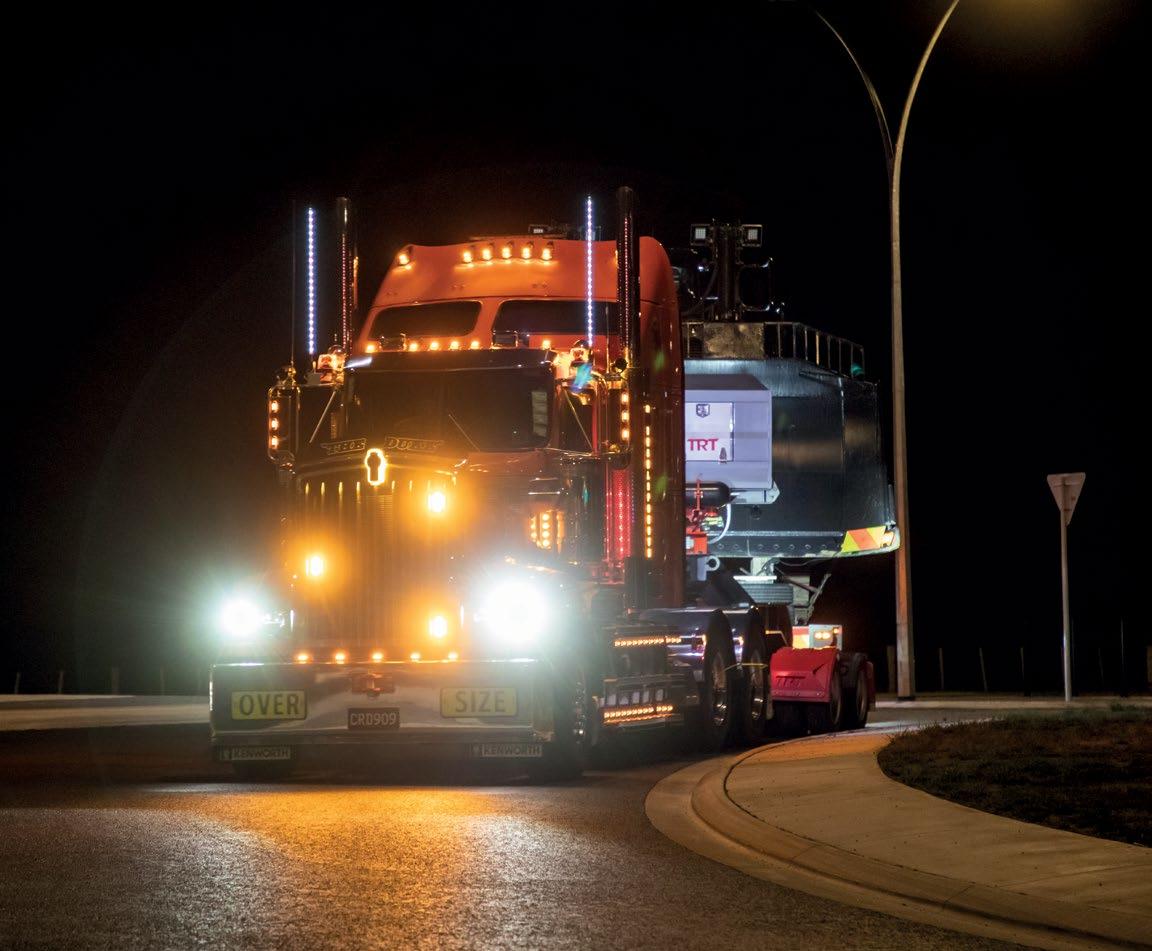

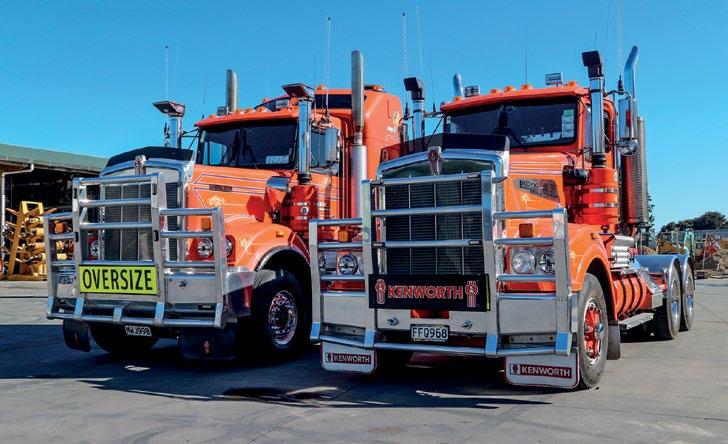

1990s. Following the buy-out, the brothers explored several other successful business opportunities. However, when DML largely quit the local market, it didn’t take long for local clients to start reaching out to the Ross brothers once more, and C & R was born. (For a more comprehensive account of the story, see New Zealand Trucking, November 2020.)
Based alongside the Waikato Expressway at Hautapu, C & R Developments specialises in civil earthworks and bulk earthmoving – the team does it all, from roading, major subdivisions, quarrying and mining, overburden removal and transporter services.
The plant fleet ranges from five-tonne to 200-tonne machines, with a fleet of five transporters tasked with getting them to and from jobsites. Almost all aspects of keeping these behemoths in operation are managed at the comprehensive in-house workshop,
particularly machinery maintenance.
Staff members number more than 200 and include civil engineers, surveyors, mechanical engineers, health and safety managers, mechanics, data analysts and, of course, drivers. Many staff have spent their entire careers with the company, some joining straight from school.
“A lot of our work is repeat business, work for quarrying companies and mining, anything requiring bulk or civil earthworks,” explains Simon. The company is currently involved in several major projects across the North Island, including Project REWA, the new inland port development at Ruakura. While primarily operating in the North Island, C & R Developments does work in the South Island, too, such as the Lyttelton Port reclamation project in the South Island – as discussed in the main story, starting page
16 – and has even completed projects in Western Australia and Hong Kong.
The Ross brothers’ story is one of those that epitomises the sentiments of loving what you do and doing what you do well. It’s always been, and continues to be, a familyrun business – the brothers’ office is the C & R boardroom, with Mike, Tony, Tim and Simon working together around the one table. It’s about clear communication and quick decision-making, says Simon. They’re hands-on, operate on a personal basis with clients and staff alike, and have no intention of stopping anytime soon.
As Simon says, “Moving dirt is the only thing we know how to do. From playing in the sand pit as young fellas and then our parents instilling the business in us from a young age from their company Baker Construction.”
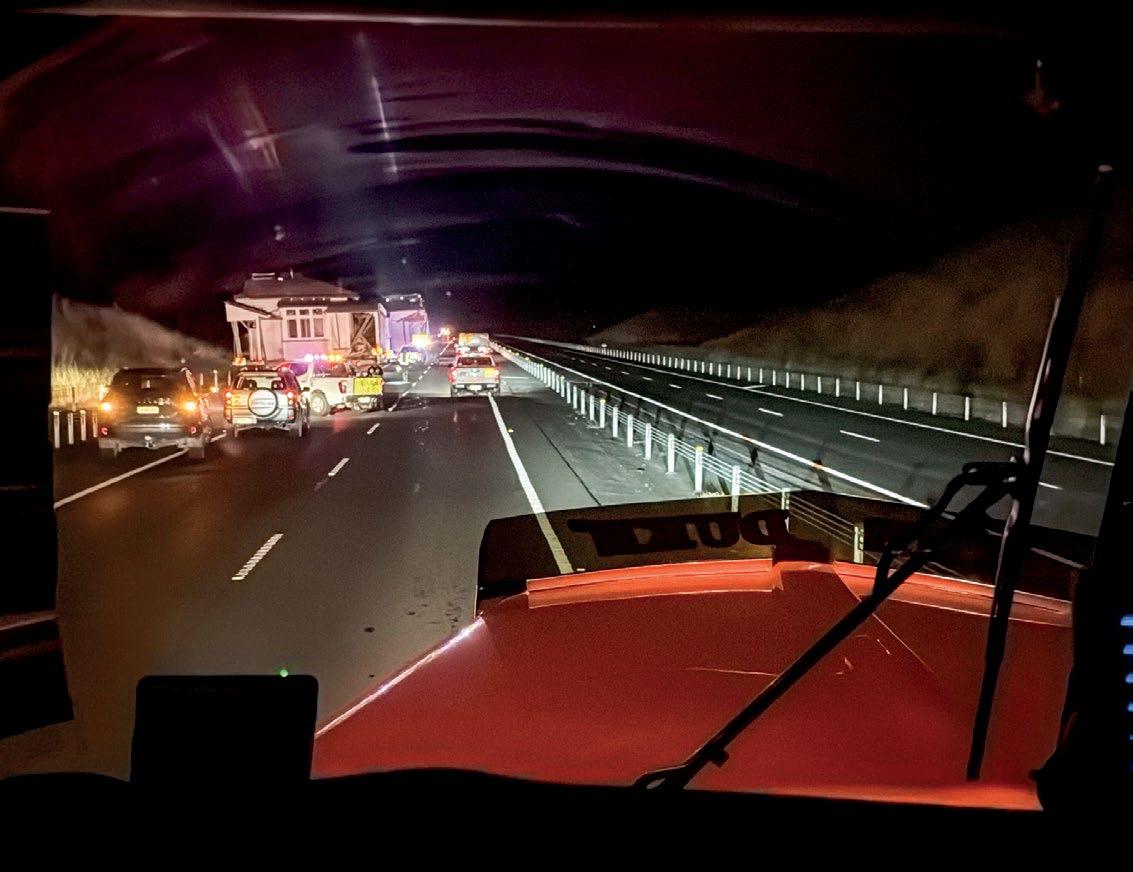
the Kaikōura Coast because of the tunnels. To cross some of the South Island bridges, we have to unload the machine and walk it through the creek – if it’s not been raining …” he explains.
“Getting the machines back is different because sometimes the ships will come back into Wellington. So, we might drop gear off in Wellington and bring them back from there.”
And, that’s assuming you have all the necessary permits to traverse the roads on your route – every state highway in the country, really.
Speaking of which, it was this that scuppered The Duke’s originally planned maiden voyage the night before when it was supposed to shift a machine to Whangārei. But hey, that’s trucking … The 908 stepped in,
As they say, on the journey of life, if opportunity knocks and doors open, walk on through with purpose and make the most of what’s presented.
Murray ‘Muzz’ Peake’s resume plays from this songbook, reading like a roadmap of strategic moves that have directed him towards the senior driver role he holds at C & R Developments today.
“Yeah, it’s funny. I ended up driving trucks by sheer accident, really,” Muzz reveals with a laugh. “When I left school, I started out operating machinery, excavators and bulldozers for Mullin Brothers and Waihi Earthmovers. From there, it was to Fletchers doing the same thing at the Golden Cross Mine at Waitakauri, just west of Waihī. With Fletchers, I was able to transfer to Australia and did a 12-month stint for them over there. But then, when I returned back home to Waihī and started back up at Golden Cross, we were all laid off.”
Back from Australia and in need of a job, Muzz started driving trucks for Regal Haulage out of Tamahere, where his career in road transport really got off the ground. It was relief work, though, and in need of full-time work, Muzz tried his hand as an owner-driver at Turua Transport with a TM Bedford. This arrangement lasted for about 18 months, when the loss of a contract had Muzz looking for gainful employment again.
“I called on my connections at Regal Haulage and ended up starting back there again, this time as a full-timer. I ended up
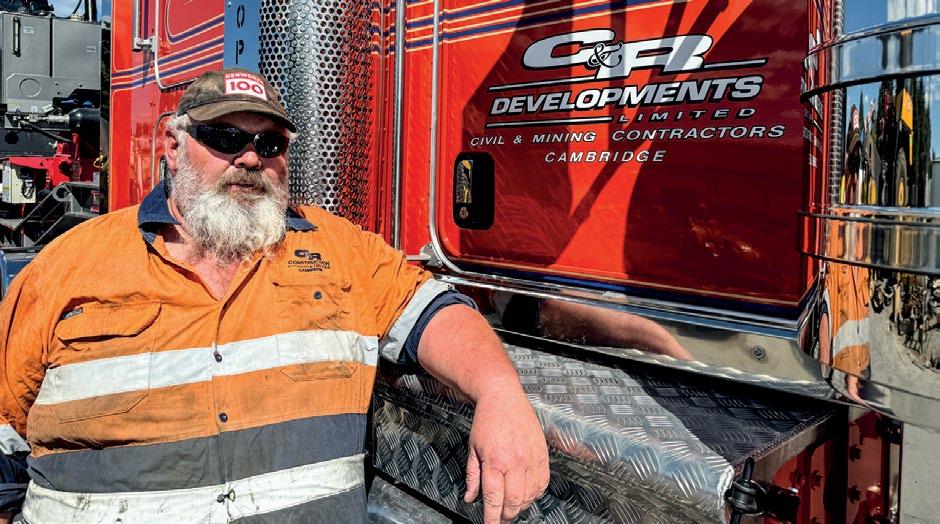
doing nearly 12 years there with them. It was a great place; a good bunch to work with, and I got to drive some iconic trucks there as well. They first gave me an old daycab K-model Kenworth bulk tipper unit. Then I was given an upgrade, No.27, again a K-model Kenworth bulk tipper combination, but this time a full sleeper-cab version with an 8V92 Detroit and a four-axle trailer. It was a real cool bit of gear to drive. I went everywhere in that as well as it was also set up for grape harvest, so I definitely saw a bit of the country in that one. Then it was onto a new T440 bulk unit.”
Looking for variety and a change of scenery, Muzz took up an offer to move
across to the general freight side of the business, and again, he found himself wheeling another well-known truck in the fleet, the drop-sider 6x4 Mitsubishi FV415 that ran a turbocharger off a Mack SuperLiner. “Yeah, that one sure was a bit different, with the big single turbo hanging out the back of the cab. But, for what it was, it went well and again I covered a lot of both islands in it. From there, I got a Foden dropsider and eventually moved on to a FLB Freightliner.”
The best part of 12 years cruising the country was wearing thin, and Muzz started looking for something different. A job with Phil Rouse out of Tokoroa operating a
the job got done, and here we are in the early hours of the following day ready to head out with the D10T. With it being loaded the day before, Muzz fires up The Duke and the trailer’s Yanmar and begins his pre-trip inspection.
Immediately, the advantage of the trailer’s lights – along with five on the cab’s back wall – is clear. There are few parts of the combination not clearly visible and when a large portion of the job is undertaken in the dead of night, that can only be a good thing. “It’s great to see where my axles are placed when I’m manoeuvring it,” Muzz comments.
The trailer was delivered in September 2024, and Muzz has already done about 20,000km with it. That’s a fair amount, considering he also spends time towing the six-rows
unit, so he’s well accustomed to its operation now. “You can’t beat it when it comes to the steering. That is really good,” he says. As we’d later see, it does indeed follow the truck impeccably.
Pilots Richard McHugh and Geoff Hindrup lead us out of the yard, with Jamie Ashby following the truck. Muzz is running at 4.9m high, 5.2m wide and at 99 tonnes. It doesn’t take long for the team to encounter the first obstacle on the route – the recently installed Hautapu roundabout on Victoria Road/SH1B. Even though C & R successfully lobbied for an extra metre of road along one of its edges, its non-steerable units would still have to negotiate it down the oncoming side when widened and heading for the motorway. (More on roundabouts and the other

Story by Carl Kirkbeck

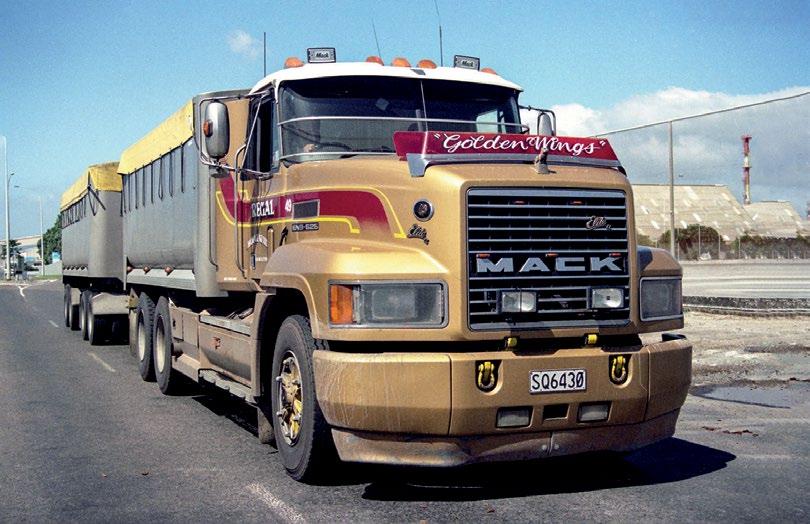
bulldozer got his attention.
“I drove that for a bit over a year, and it was all good, but a colleague that I worked with at Regals, Ian Scatchard, caught up with me and offered me the driver’s seat of his Mack CL Elite E9 575 – and that was it, pretty much – I moved back into the cab of a truck. It was an awesome truck to drive, back on the bulk tipper work, it had a cool look and sound. But, yeah, unfortunately, after only about a year and a half, a change of business direction had Ian putting it up for sale.
“From there, I saw an advert for machinery operators with Lance Magee at Magnum Contracting. It turned out to be a real good move, lots of interesting projects. I was with
them for about 11 years and worked my way up to a supervisor role. The straightening of the infamous ice corners on the north side of Taihape was one of the bigger jobs for me, but we worked all over the place: the last 20km to Cape Reinga, the Kerikeri heritage bypass … yeah, some good projects that’s for sure.”
A dry spell of incoming work for Magnum had Muzz contracted out as a machine operator to C & R Developments. “I came here to simply drive machinery for a stint. I’d been here a couple of months and we got rained off a job, so I called into the office to have a coffee, and Andrew asked, ‘You couldn’t do us a favour, could you,
and take the transporter out and go shift a 20-tonne digger?’ Because at the time, he was off driving with a crook knee. So, I said, ‘Yeah, no worries’, and that really was it. I have been there ever since, at the wheel of a transporter.
“I first started out on the old ex-B.R. Satherley Transport T950, then moved into the Aussie import T908. I have done a bit in the rebuilt C501, and now this new one, which in the scheme of things is funny really, because when I left the Regals work, I swore black and blue that I would never get back in the cab of a truck again, ever … and what, look at it now, 12 years later, I’m still at the wheel. WTF,” laughs Muzz.
challenges the heavy-haul industry faces in the sidebar Same as everyone, just worse.)
Tonight, though, Muzz faces no such drama. He approaches, turns in, follows much the same line as he would in any conventional unit, and blasts out with incredible ease. No tyre scrub, no dragging the trailer over the inner curbing, no strain on gear or operator.
Much like Mark Dennis in the Hanes Engineering Mack Titan in our March issue, Muzz can run up the Waikato Expressway to Auckland’s Southern Motorway at Ramarama, from which he’ll have to follow the heavy-haul route along Great South Road through the southern suburbs. But whereas last month we exited for our destination before Penrose, this time, Muzz will continue a little further to Green Lane West and turn off at Mt Eden Road. From there, it’s a straight run to the city at Symonds Street, which runs virtually to the entrance of the port at Tinley Street.
The Duke has done just 1200km, and with this being its first outing, it’ll still need a bit of loosening up. We’re hitching a ride from the Huntly Bypass to Ramarama and Muzz – ever the Cat man and with the 908 still holding firm in his truckdriving psyche – gives his initial impressions. “It’s feeling all right … I stayed in high range all up the Huntly Bypass, which is good.”
With the Waikato Expressway largely devoid of other traffic, it’s an easy trip north as The Duke continues to stretch it legs –the 909 registering an interior noise level just about on par with the Hanes Titan, a perfectly comfortable 74db.
That is until we encounter two house-moving units ahead, parked on the hard shoulder of the expressway with one of their vehicles broken down. Radios light up between pilots and drivers of both crews. “We’re coming through with 5.2!” is the call; there’s nothing for Muzz to do but continue his approach.
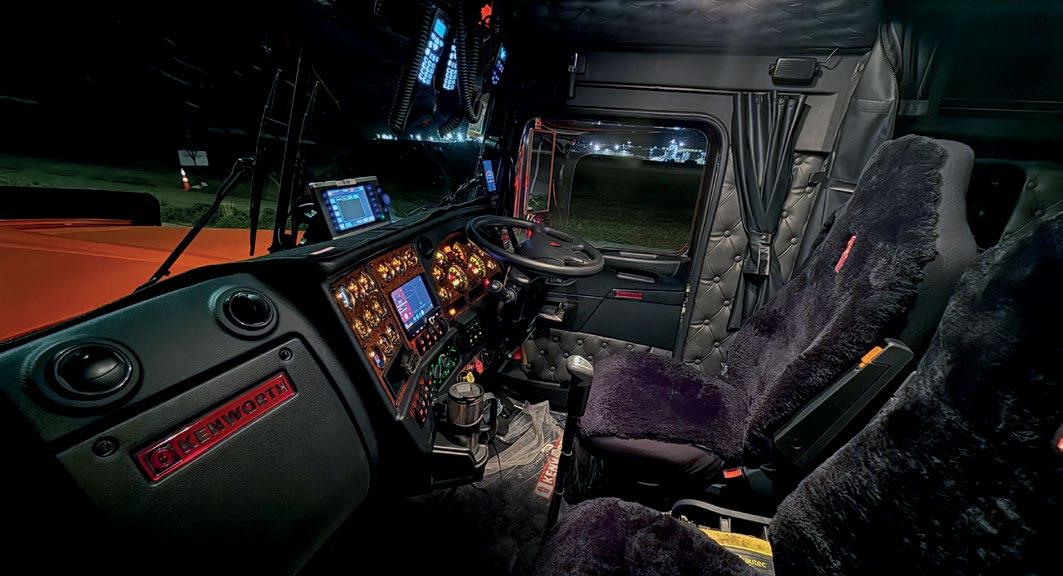
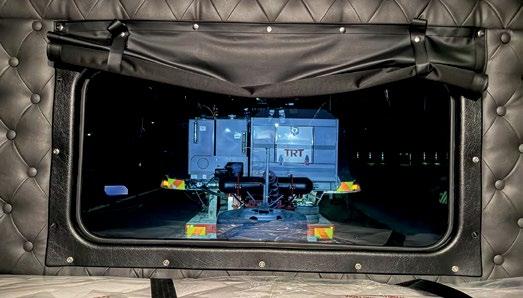
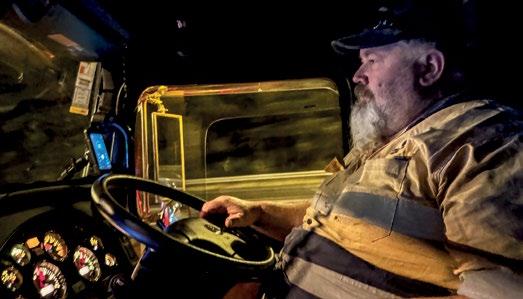
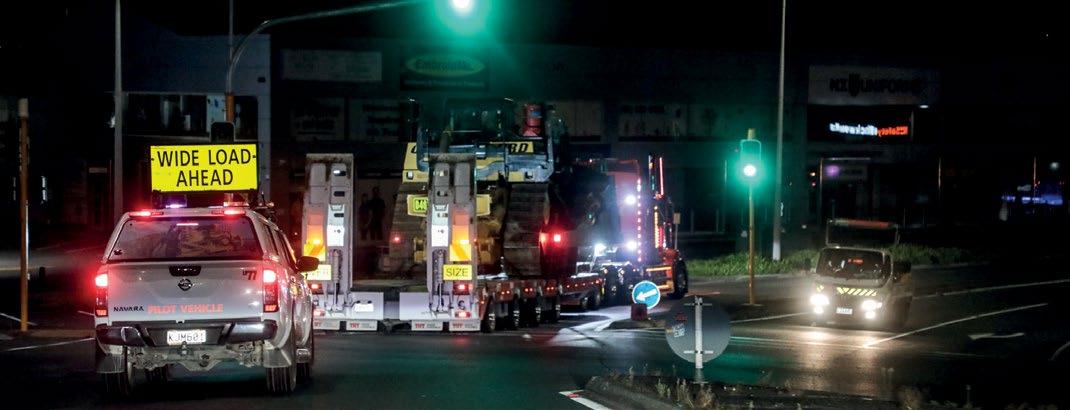
“Muzz, it’s going to be f$&%ing tight to get our blade past,” calls Geoff.
True to his laid-back character, Muzz is unfazed. “Ah, okay,” he responds.
“All clear on the back door, Muzz,” Jamie adds.
Muzz brings The Duke to a crawl and lines up as close to the central barriers as he can, the Caterpillar’s blade just clearing it. With eyes trained on his mirrors, Muzz guides the unit through. Jamie provides guidance from behind: “Good on your left, Muzz … Five hundred on your right … Plenty of room, mate, you’re all right …”
It’s all about communication,
patience and experience. “We come across all kinds of stuff; I’ve seen it all,” Muzz comments once we’re safely past.
“This job is different. Every load is different. It’s sort of like driving a stock unit; you can’t just change direction. Once you’ve picked your line, you have to stick with it. It’s all about common sense. Slow down and assess. You can’t drive around at 100km/h with something like this behind you. It’s a whole different ballgame. You’ve got to pick when you’re going to do everything, like letting someone pass. It comes with experience, and this job is not everyone’s cup of tea. It takes a certain
kind of driver. But it’s like that in other areas of trucking too.”
Soon, we reach the Bombays, The Duke’s first real test.
The weight of the D10T is immediately apparent as Muzz approaches and begins to drop gears. The pyro needle climbs and the fan kicks in. She’s pulling, but Muzz has to drop into the low box. The latter part of the climb is completed at about 16km/h at 1400rpm in third, the X-15 just in its torque peak of 2779Nm (2050lb/ft) at 1200r/min. (Max power is 459kW (615hp) at 1800r/min.) By the time we reach the Nikau Road overbridge, the X-15 begins to pick up speed once more.

Everything the trucking industry in general must deal with, so too must the heavy-haulage sector. The difference is the effects are magnified at these lengths and weights. From the drivers and their gear to the road condition and the times of operation, everything in heavy haulage needs to be thoroughly considered and carefully approached to get the job done safely and with minimal disruption to the public.
A simple discussion with Simon Ross and transport manager Andrew Stevenson about the TRT Four-Rows-of-Eight ESS Widening Low Loader led to insight into the challenges C & R Developments, and others in the industry, face daily.
“… when we took the trailer for a test run with TRT, and we saw it go around a roundabout, I thought, ‘Wow, that was easy.’ No going out wide or taking the oncoming lane. It doesn’t rip out the road with tyre scrub. We save a lot of money on tyres with the steering trailers,” Andrew says, opening two points of discussion.
“We don’t measure tyre life by the kilometre, but by the day. With non-steerable trailers, you could change tyres every two or three weeks, depending on what it’s been carrying. They ruin tyres. They roll over on themselves and scrub in corners. The steerers extend the life of the tyres immensely. They still wear, but nowhere near the same.”
Simon picks up on the issues of roundabouts. “They’re getting harder and harder to move around, especially with our big gear. Some of the designs are getting ridiculous.”
One look at the tyre tracks around the inner kerbing of modern roundabouts indicates they’re not just tight for oversized units; some are too tight for common nineaxle units.
“We had them put another metre on the Hautapu roundabout,” Andrew adds. “Soon as we’d start winding it around with something on the back, we couldn’t get around. The drivers had to take the oncoming side.”
Raised crossings, too, are an obstacle to a heavy-haul unit. “They’re not ideal,” says Andrew. “We have to slow right down and, running low anyway, you’re scraping. With the old fixed trailers, we’d have to virtually stop before crossing them. With the ESS double-acting suspension, it’s not so bad, but still not good – you start loading up axles, and you get one axle in the middle that takes the point loadings. It’s hard on the vehicles at the weights we’re running already.”
Simon adds that being able to raise the suspension also helps when crossing bridges. “Some of these old one-lane bridges with concrete sides … you can barely get across them. There’s a bridge on the road to the Whitehall Quarry that’s been there since the 1940s. The road either end of the bridge is at different angles, so to get it lined up …”
Continues Andrew: “Yeah, you get it straight but when you go over first with the tractor unit and the dolly, the trailer’s coming straight and you have to turn it to get off … It can be challenging. We are waiting for the bridge to break one day. They know it needs to be fixed.”
“A lot of these bridges are the lifeline to the quarry. If they go down and we’re responsible for the damage, that’s bad. We’ve got one outside the Brookby Quarry, you near have to pull the machine apart to cross it. Now, at least, we can just raise it,” says Simon.
“Our problems are the same as the rest of the industry, just bigger,” Andrew reiterates. “Many of the heavy-haul guys struggle with roads that are not ideal. Take the heavy-haul route through Auckland – once you get to
Greenlane, it can take you three hours to get through to the [Johnstones Hill] Tunnels.
“Going through the middle of Orewa on a Thursday evening and asking everyone sitting outside enjoying their night to move as we come through … They ask why are we coming this way, ‘There’s a perfectly good road up there’ … Yeah, we know!”
It’s often no easier once out on the state highway network, especially with new median barriers, says Simon. “Some of them come in too narrow. If you have a problem, a popped tyre or whatever, you have nowhere to pull off. Even considering tail swing, the boys have trouble getting through places like Dome Valley.”
“We had a machine through there the other day that we had to take up the wrong side right from the bottom to the top, about 6km. It still was not easy, but the bit of extra room on that side of the road is miles to us,” Andrew adds, noting that the new expressways are making the job a little easier.
“The Brynderwyns is still a problem … people get irate when we stop them at the top from coming down while the machine is moving up.”
As we notice each time riding with an oversized vehicle, the average motorist is almost oblivious to the purpose and operation of pilot vehicles. “Yeah, that’s an issue. And the abuse from motorists made to wait … We’re doing it for their safety; it’s 30 seconds at the most,” continues Andrew.
“Then, we do a lot of this at night, and you never know who you’ll meet on the road and what they’re out for at those times,” says Simon. “We’ve said to our guys, we don’t care how long it takes you to get through, as long as everyone is safe and the machine gets through with no damage. If you have issues and it takes longer, it’s fine.”
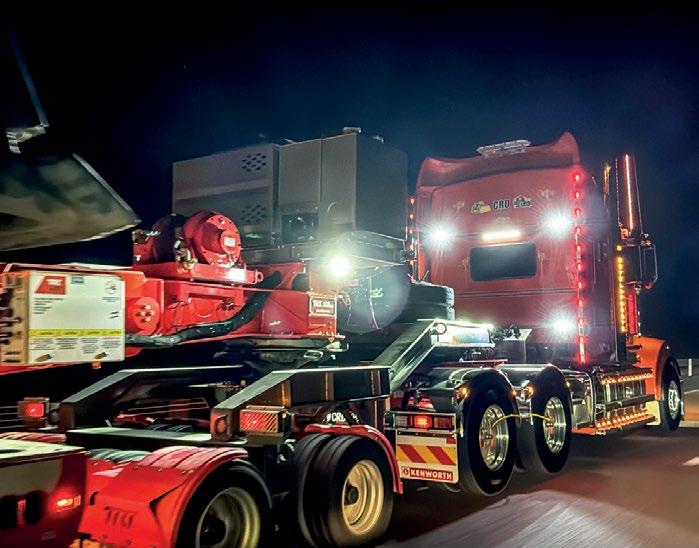
“I was a good half a gear to a full gear down at various points there, compared to the 908,” he comments. “I’d have been doing about 22km/h in that. But, overall, it wasn’t bad; it’ll loosen up.”
By 2.30am, we reach Ramarama, and those lights at the trailer axles allow a good view of it tracking the truck beautifully through the bends and turns on our route to the port. With Auckland (mostly) asleep, it takes us another 80 minutes to reach our destination, and 45 minutes later, Muzz and The Duke emerge, trailer empty and narrowed up for the return home in the early hours of the morning.
Day or night, watching an oversized heavy-haul unit at work is always a treat. The cool heads and teamwork between the drivers and their pilots, and their interaction with others on the road, as they work their way past the many obstacles on route to their destination is always inspiring and invigorating.
From an observer’s perspective, the entertainment and engagement value is undeniable – and the admiration and respect for the teams that do this each day, immense.
Of course, having good gear always makes the job that much easier, and if the Kenworths currently in the C & R fleet are anything to go by, The Duke should serve Muzz well and manage the task admirably. And as far as the TRT Four-Rows-ofEight ESS Widening Low Loader is concerned, the term ‘gamechanger’ was used more than once.
And, really, none of that is at all surprising when you consider the amount of IP that went into speccing it all – Kenworth being able to supply the right truck fitted with the right componentry, TRT being able to call on decades of engineering experience and ingenuity, and the team at C & R who knew exactly what they wanted from their gear and their suppliers to make their job easier, safer and more productive in a sector fraught with challenges.
Our sincere thanks to Mike, Tony, Tim and Simon Ross for allowing us into your business once again and to Simon and Andrew Stevenson for sharing some valuable insight into the world of earthmoving and heavy haul.
Thanks to Murray, Richard, Geoff and
Tare: 11,150kg (load cert)
GVM: 28,000kg (load cert)
GCM: 155,000kg (load cert)
Wheelbase: 5500mm
Engine: Cummins X-15
Capacity: 15L
Power: 459kW (615hp) at 1800r/min
Torque: 2779Nm (2050lb/ft) at 1200r/min
Emissions: Euro-5 via SCR
Transmission: Eaton Roadranger RTLO22918B 18-speed manual
Clutch: 2250lb/ft Easy Pedal Advantage 3 VCT+
Chassis: 273mm x 89mm x 9.5mm rails, 251mm x 73mm x 6.4mm full insert
Front axle: Meritor MFS73 (7.3-tonne)
Front-axle rating: 7200kg (load cert)
Front suspension: Kenworth 7.2-tonne taper leaf
Rear axle: Meritor RT52-185G at 4.89:1 (with oil cooler and RR diff lock) (23.6-tonne)
Rear-axle rating: 20,800kg (load cert)
Rear suspension: NeWay AD246/10 21-tonne extra-heavyduty airbag
Brakes: Drum. ABS, EBS
Auxiliary braking: Jacobs engine brake
Additional safety: ESP, automatic traction control, drag torque control, FUPS
Fuel: 2x 650L
DEF tank: 225L
Wheels: Alcoa Dura-Bright
Tyres: 385/65 R22.5 (f), 11R 22.5 (r)
Electrical: 12V
Cab exterior: Aero roof 36in integrated sleeper, flat rear, right-hand sleeper access door. Stainless sun visor. Bunkmate rear cab two-airbag suspension. Left-hand door peeper window. Dual roof-mounted air horns. Heated mirrors. LED headlights with LED high beam and DRL. 2x utility spotlights, LED mirror-mounted rear-facing floodlights, LED floodlights on back of the cab sleeper. Roof-mounted deflector
Cab interior: Grey Graphite trim. ISRI Pro air-suspended driver and passenger seats, power plug in driver seat base. 21-gauge pack, gold bezels. 8in touch-screen infotainment with navigation, dual USB ports. Kenworth integral heater/air conditioner. Sleeper fan
Jamie for having us along on The Duke’s maiden job. It was a privilege to watch you work.
And to the teams at Southpac Trucks and TRT – two stalwarts of the Kiwi trucking industry and purveyors of some incredible gear. Thank you both for your
ongoing support of our publication. Thanks to Adam McIntosh at Southpac Trucks for the technical info on The Duke and Jeremy Carden at TRT for taking the time to give us a deep dive into the new Four-Rows-of-Eight ESS Widening Low Loader.
Every cover truck holds a special place in the history of New Zealand Trucking magazine. We love to see where their road has taken them.
APRIL

McCafferty Metal Cartage director Steve McCafferty says the Volvo has been “unreal, a really great truck”.
Currently owned by: McCafferty Metal Cartage, Gisborne
Current odo reading: Just over 800,000km
Mechanical work: None under McCafferty’s ownership
Current work profile: Bulk metal cartage
Currently driven by: Simeon Whitley
Basic original spec: Volvo D13C at 373kW (500hp), Volvo I-Shift 12-speed AMT, Volvo single reduction, 2.83:1 What we said in 2015: “Climbing into the FM is easy. The cab is lower than the FH and there are only two steps.
Although it’s a day cab, it feels roomy. Vision, especially via the mirrors, is excellent.”








Story by Gavin Myers Photos by Gavin Myers, Dave McCoid and Carl Kirkbeck
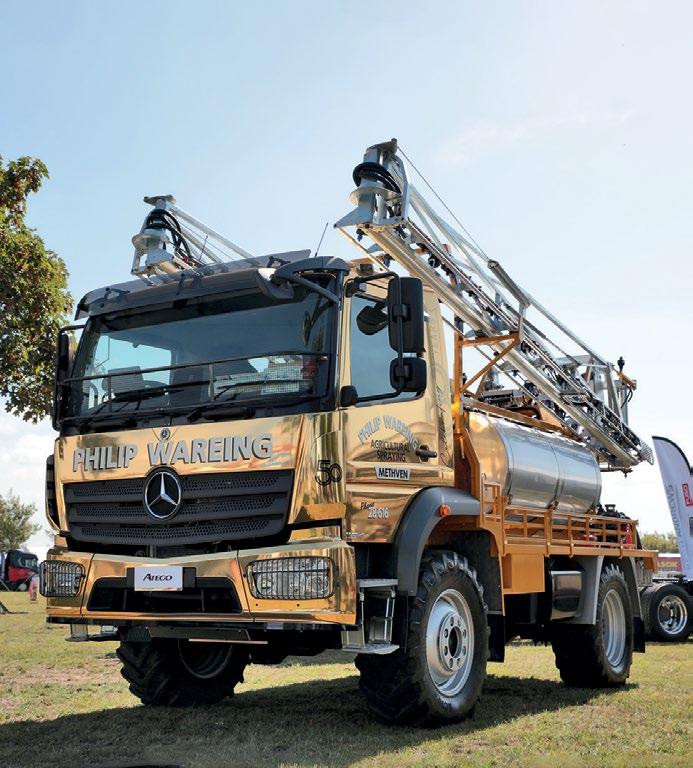
A star of the Keith Andrews stand was this 50th anniversary Atego sprayer for Philip Wareing; harking back to the company’s roots.

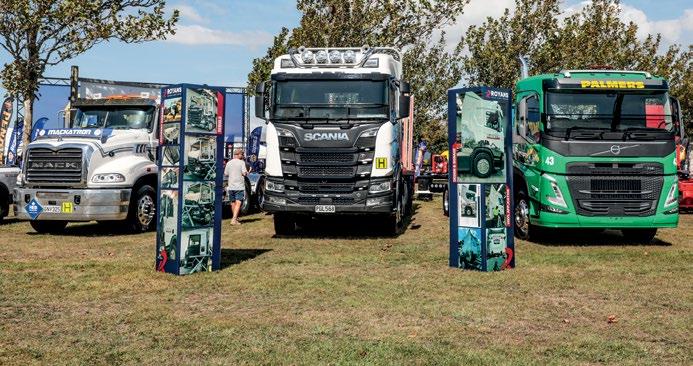
Royans is increasing its presence in the New Zealand market and had some impressive gear

Napa Autoparts had a big display including NZ Super Trucks race trucks, and offered visitors rides around the showgrounds in Quality Demolition’s mini truck.
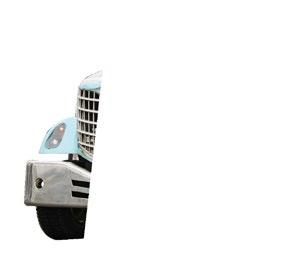
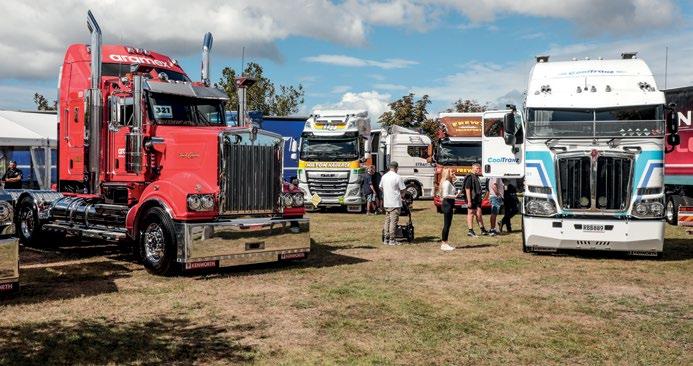


The 2025 TMC Trailers Trucking Industry Show returned to the Canterbury Agricultural Park on 7 and 8 March.
Since 2014, the TMC Trailers Trucking Industry Show has been one of the biggest trucking get-togethers in the South Island – bringing together OEM and trade exhibitors, classic trucks, and Show ‘n Shine entrants.
While there was all that and more this year, it was disappointing that the show was smaller than expected, with some notable names missing. Nonetheless, with about 350 trucks on display, the crowds filled the park grounds on Saturday, the day the event was open to the public. The day might have started a little gloomy, but, as they say, always trust the locals … “It’s clearing from the south; she’ll be right,” they said. And it was. Before the morning was out, the sun had joined the show, and the rest of the day was a pearler.
A highlight of the show this year was the TR Group Trucking Relay competition, which allowed operators to go head-to-head and show off their loading/unloading, precision driving and teamwork capabilities. Hosted by TR Group’s Mark Harvey, the competition attracted entrants from all corners of the industry –including a media team of Glenn ‘Yogi’ Kendall from Truckin’ Life and Outback Truckers, Casuarina Smith (Trucking with CJ), and our own Dave McCoid.
All participants clearly had fun showing off their skills, and the Trucking Relay winners were:
First: Good Bastards (Hilton Haulage)
Second: Mullet Madness
Third: Better Bastards (Opzeeland)
Special mention: Concrete Chicks – least penalties (Allied Concrete)
Best dessed: Opzeeland (Trucking with CJ Award)

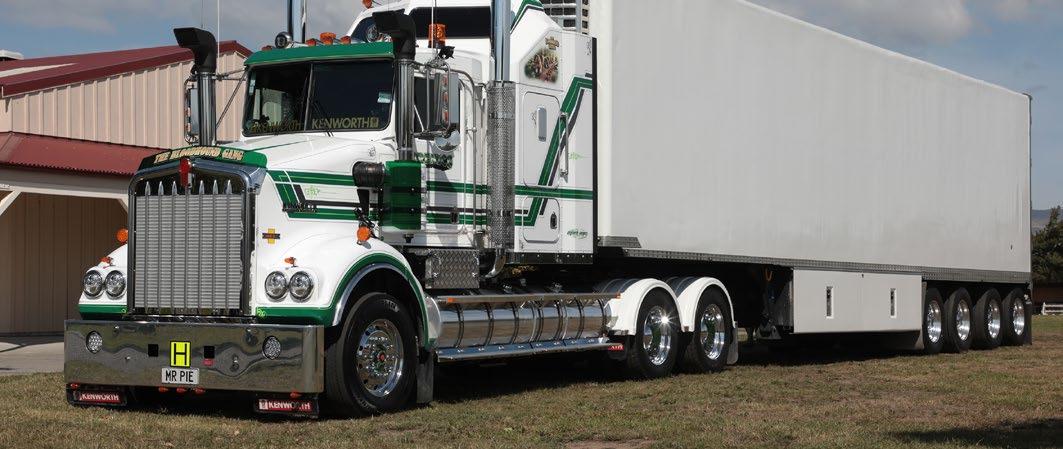


Truck of the Show and Best Kenworth was RT Southern Linehaul’s always immaculate K200 2.8m Aerodyne, Bad Habit.
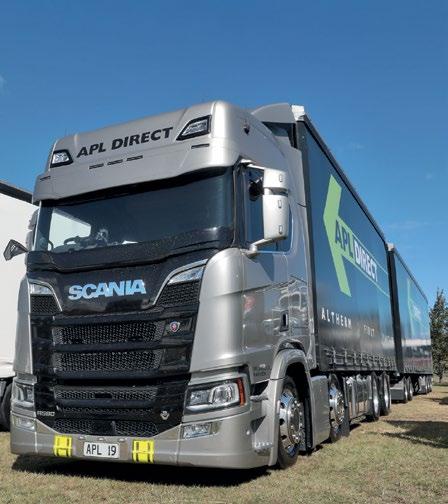
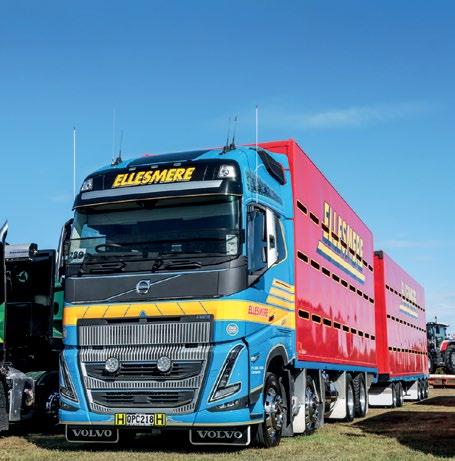



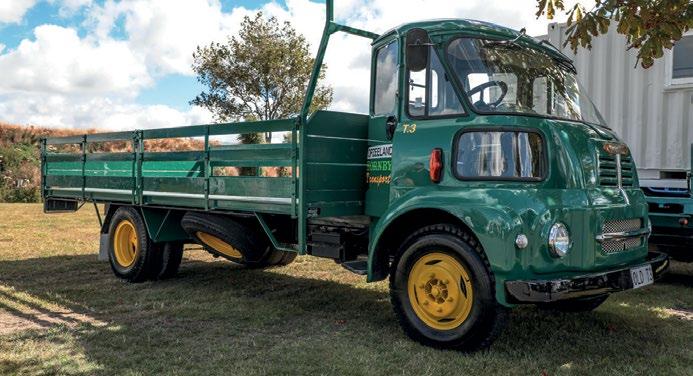



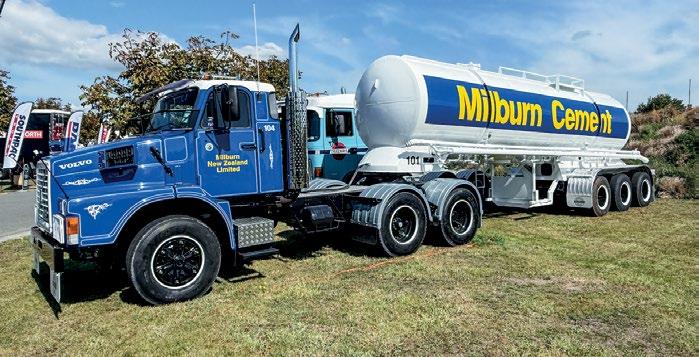
The show has always been about promoting the trucking industry, celebrating the industry’s professionalism, showing off hundreds of New Zealand’s best working trucks, and inspiring the next generation. In this instance, the Careers Transport showcase allowed students from local schools to visit relevant exhibitors and learn about the opportunities in the industry.
There were hundreds of working and classic trucks on show, mainly from the South Island but also from the North. It’s one of the few shows that allows full combinations. The Classic Trucks Showcase and
Legends Lawn were highlights this year, celebrating trucks from yesteryear.
Visitors numbered in the tens of thousands over the two-day event (official numbers were still to be released before we went to print), with a festive vibe among everyone there to celebrate trucks and trucking.
Paul Fellows, Australian Truck Safe chair, Jenny Fellows 2024 ATA National Trucking Industry Woman of the Year, and Kevin Walsh, Truck Safe manager ATA, also travelled across the ditch to visit the show. “Your presence strengthens the bonds between our associations and countries and our ongoing collaboration,”


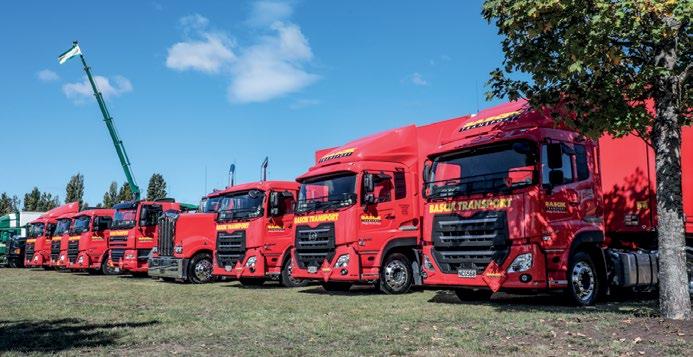
said New Zealand Trucking Association CEO Dave Boyce. He also congratulated all Show ‘n Shine entrants: “The effort you guys and gals put into your gear is amazing. I’ve polished a few trucks in years past and I know the amount of work that goes in; it’s pretty impressive. We want to celebrate your dedication and pride. Well done to you all.”
He also thanked the team behind the scenes: “The association is a small but dedicated team, and their tireless effort made this possible. Led by Carol with Debbie, Bill, John and Katie, the NTA board and volunteers, your passion and
commitment to this event and the industry as a whole deserves a huge round of applause.”
The NTA thanks all sponsors and exhibitors, with special mention to TMC for its ongoing support as title sponsor, as well as event partners Teletrac Navman, BP and TR Group.
Special thanks also go to the following sponsors, Ancra Cargo and Transcold (networking happy hour), Sime Darby (Best Hino, Best Mack, Best UD, Best Volvo), Penske (Best MAN, Best Western Star), Palfinger (Best Mounted Crane), Transpecs (Best Fleet, Best Tipper), Keith Andrews (Best Mercedes-Benz, Best Freightliner, Best FUSO),

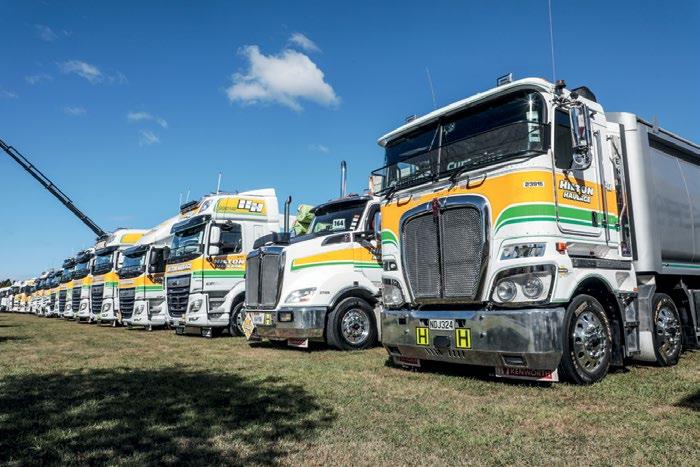
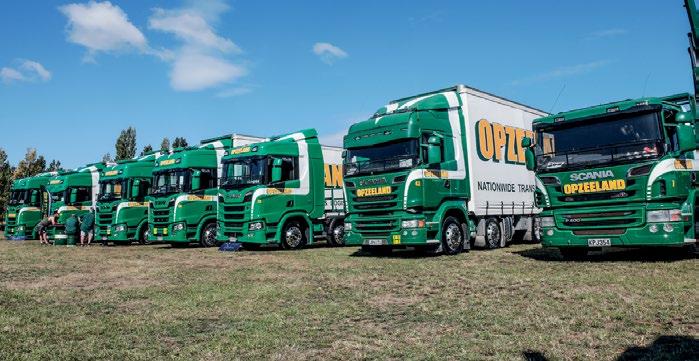

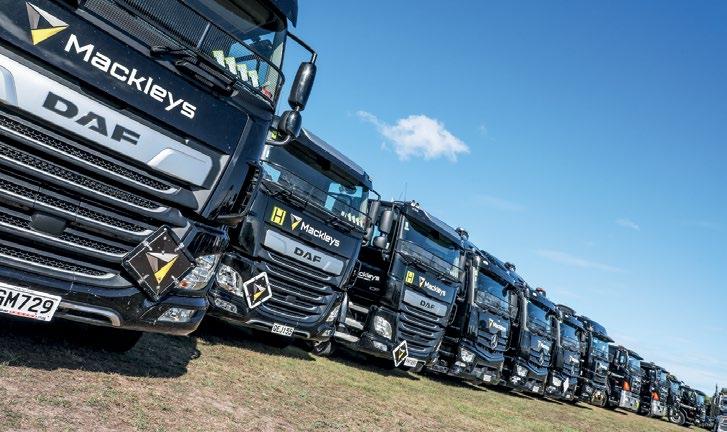
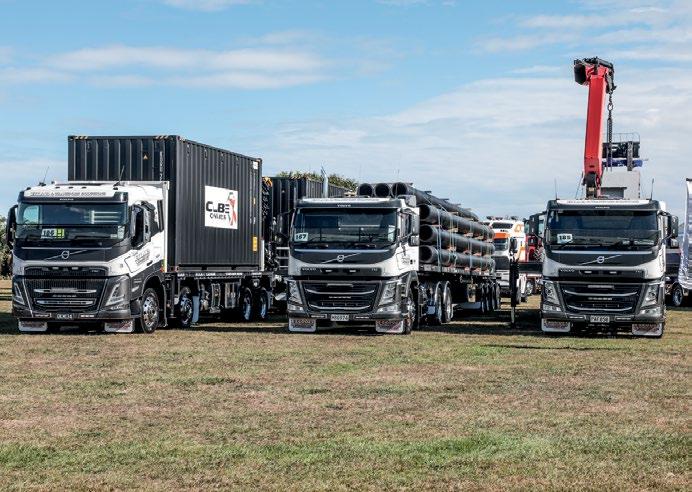
Category
0-50,000km Jesse Rout Nyroad Civil
1,000,000km+ Hayden Hilhorst Pokuru Farms
50,000-500,000km Daniel Mott Melx Linehaul
500,000-1,000,000km Craig Hayward Steve Martin Contracting
Best Chrome Kerry Inns K+T Trucking
Best Combination Neil Harpur Hilton Haulage
Best Container Craig Murphy Hilton Haulage
Best Curtainsider Hailey Lilley APL Direct
Kenworth T909 (328)
Mack Ultra-Liner (293)
Kenworth K200 (308)
Kenworth T610 (103)
Kenworth K104 (291)
Kenworth T410 (170)
Kenworth T410 (165)
Scania R-Series (313)
Best DAF Andrew Bascik Transport DAF CF85 (230)
Best Flat Deck Burnell & Son
Best Graphics Jo Neustroski Mainline
Kenworth K200 (293)
Kenworth K200 (306)
Best Hino Paul Highstead Fiveash Contracting Hino 500 (337)
Best International Murray Taylor Sprout Central International (320)
Best Isuzu Sheryl Kinsman Allied Concrete Isuzu F Series (126)
Best IVECO William Reilly SML IVECO Trakker (148)
Best Kenworth Rob Jefferies Bascik Transport
Best Logging Will Cowan SML
Kenworth K200 (237)
Kenworth T659 (133)
Best Mack Hayden Hilhorst Pokuru Farms Mack Ultra-Liner (293)
Best MAN Nick Welbeloved Darkside Linehaul/Strait NZ MAN TGX 640 (276)
Best Mounted Crane Anja Liemburg Hilton Haulage Scania P500 (171)
Best Scania Neville Ward ED Swain Scania R620 (215)
Best Stock Mike Hislop Ellesmere Transport Volvo FH16 (289)
Best Tanker Iain Donnelly NPD Scania 770 (258)
Best Tipper Gavin Rowe Road Metals Volvo FM (243)
Best Transporter Jake Taylor Porter Haulage Kenworth T909 (100)
Best UD Bradley Dakon Ocean Spray UD Quon CG460 (333)
Best Under 10 tonne Brett Flower Tyre General Isuzu A Series (281)
Best Volvo John Bell Hiab & Transport Solutions Volvo FM
Best Western Star Adriaan Bourke SML Western Star
Best Working Rig Reece Martin Steve Martin Contracting Kenworth T610
Best Mercedes-Benz Erik Crosse Hilton Haulage Mercedes-Benz Actros
Best Freightliner Quentin Rodgers S.R.SS Transport/Move Freighliner FRL Argosy
Best FUSO Jonny Brown Mackleys Fuso
Best Service Vehicle Brett Flower Tyre General Isuzu A Series
Best Small Fleet (4 Trucks) Chris and Tracy Hancock Hiab & Transport Solutions
Best Fleet (5+ Trucks) SML
Peoples’ Choice Erik Crosse Hilton Haulage Mercedes-Benz Actros
Drivers’ Choice Earl Rolfe Titus Transport Western Star
Owner Driver Best Truck Mark Amer Mark Amer Transport Kenworth SAR Legend
Women In Trucking Diezal Mattingley Blue Diamond Haulage International 9870
Truck Of The Show Rob Jefferys Owner Driver/Bascik Transport Kenworth K220
Best Classic Truck Chris and Tracy Hancock Hiab & Transport Solutions Mack Super-Liner
Oldest Truck At Show Andrew Kane Akaroa Distribution Diamond T
Most Original Truck Murray Taylor Sprout Central International T Line
Best Classic Ford John Baillie Baillie Transport Ford N5036
Best Classic Fleet Shane Pearson
Best Classic American Mark Chalmers Dynes Kenworth
Best Classic European Andy Protranz Volvo N10
Up And Coming Talent Traye Mckenzie Owner-Driver/Strait NZ Kenworth K104
Best Truck On A Stand Cooltranz Kenworth K220
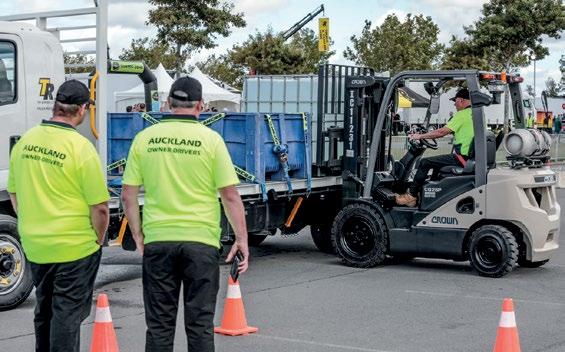
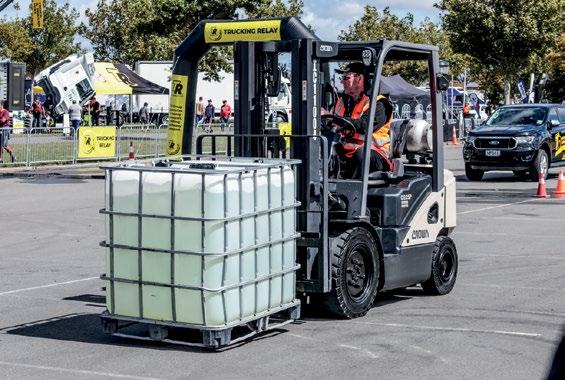
The teams had to load and secure two IBCs, the driver had to complete the course with the guidance of the director without the use of their mirrors, and then the IBCs had to be offloaded, all while incurring the least amount of penalties.

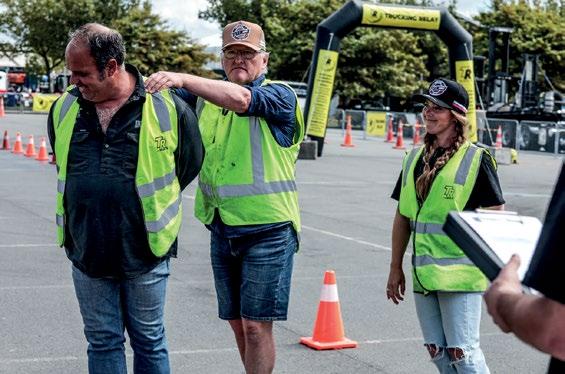
New Zealand Trucking’s Dave McCoid took on the direction role, CJ was the driver and Yogi the forklift operator.
TWL (Best Small Fleet, Best OD Truck), Hammar (Truck of the Show), Spartan Finance (Peoples’ Choice, Drivers’ Choice).
Turn to the NTA’s column on page 108 for more on the show, including the Friday industry networking events and sessions, and to page 120 for more highlights from Little Trucker Down Under junior reporter Dustin Wright.




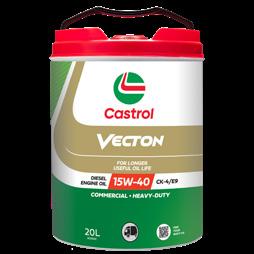






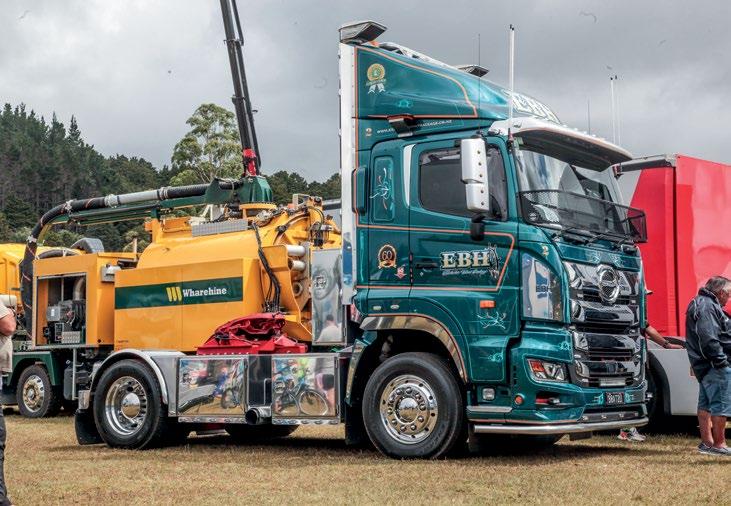


The 2025 Kamo Touch a Truck event was another outstanding success, bringing community together and raising funds for the Kamo and Ngunguru fire brigades.
This year, Northland’s iconic Touch a Truck Show saw a significant increase in participation, attracting a total of 109 truck entries, up from 80 the previous year.
However, the actual turnout of trucks on the day was affected by adverse weather conditions from the day before, with some exhibitors – including Northpower – losing two trucks to storm damage in Mangawhai.
Despite these challenges, 82 contenders competed for the coveted Truck of the Show title, showcasing a diverse range of impressive vehicles.
The event kicked off with a spectacular convoy of close to 60 trucks that travelled the 12km route from Semenoff Stadium to the show venue at Hurupaki School, thrilling spectators and participants alike.
Although the weather posed some difficulties, the
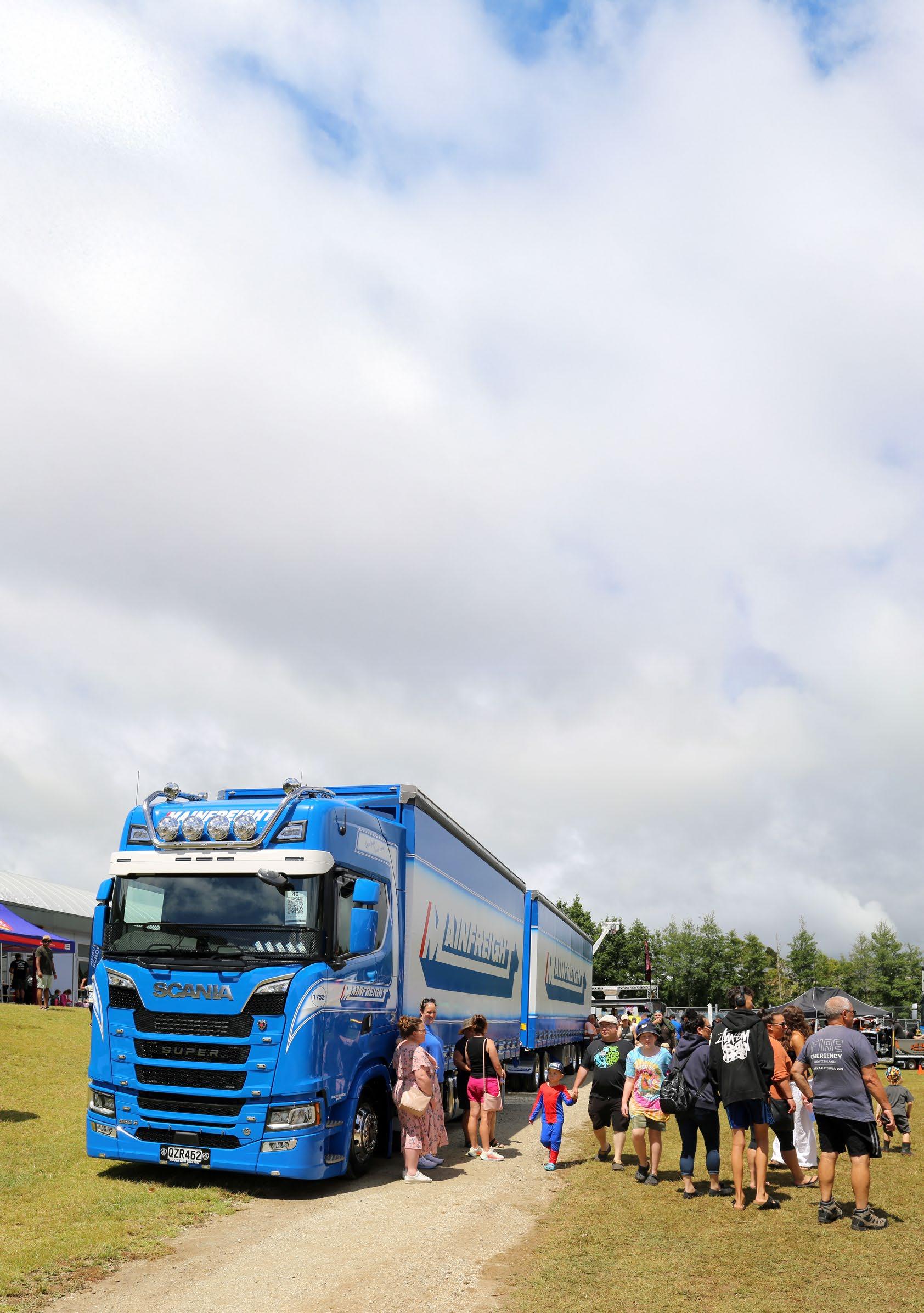
family-oriented event drew about 3000 visitors, a drop from the 3500 attendees recorded in 2024.
While gate revenue was down this year, other areas, such as food sales and truck entries, experienced growth. The total revenue is estimated to be about $10,000, which is comparable to last year’s figures. This revenue will be shared between the Kamo and Ngunguru fire brigades, supporting essential services and community initiatives.
Local policeman and volunteer firefighter Andrew Ivey, co-organiser of the show, emphasised its importance and the funds raised. He says the contribution plays a crucial role in maintaining brigade facilities and ensuring safety within the community. One critical use of the funds is to install necessary CCTV systems at fire stations, which help
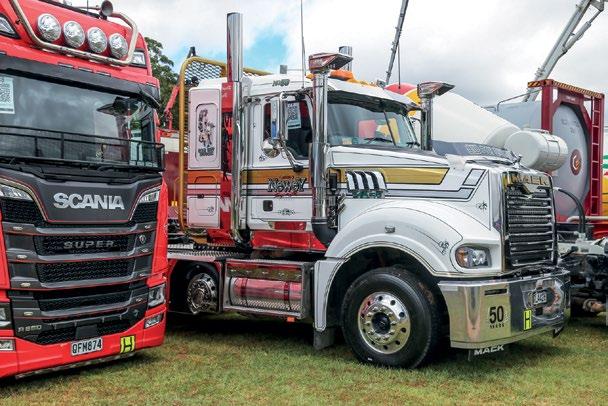
protect equipment and vehicles during emergency calls.
Andrew expressed gratitude to the drivers and owners who displayed their vehicles. “We extend our heartfelt gratitude to those who opened their cabs to the children and the public, allowing them an up-close experience. This interaction embodies the spirit of Touch a Truck, making the event special for families and truck enthusiasts alike.”
He also thanked the sponsors for their valuable support.
The prize-giving at the end of the day was a highlight, as various prize packs were
awarded to winners.
“Although this event may not be a significant fundraiser – since we could potentially earn more through other means – the community atmosphere and the joy it brings to families is what truly makes this event worthwhile.
“It’s a day of celebration, connection and fun, embodying the spirit of our community and reinforcing the bonds that bring us together.”
Kamo Touch a Truck would also like to thank all the prize sponsors, particularly Fulton Hogan, Domett Trailers, and Springs Flat Roadhouse.
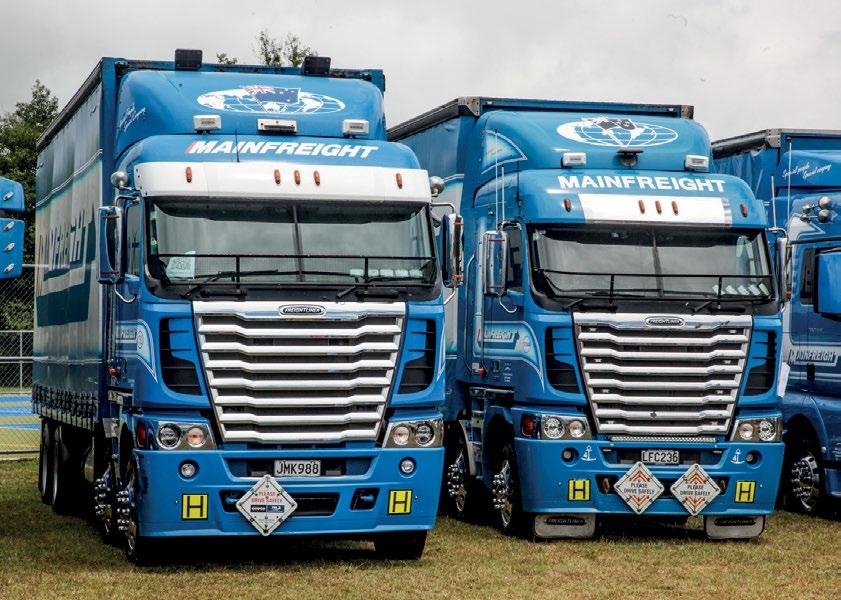
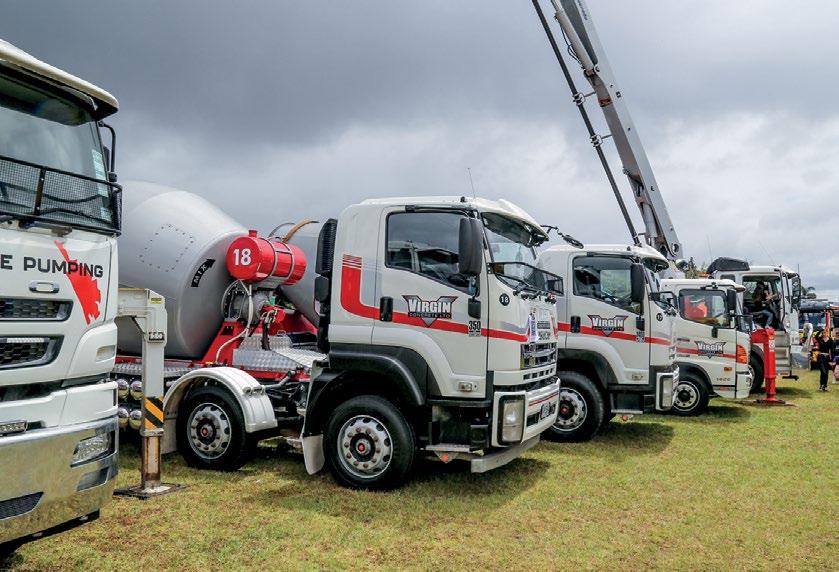
CATEGORY SPONSOR WINNER
Truck of the Show
– Drivers’ Choice TWL
Truck of the Show
– People’s Choice Golden Bay
Best Mack Mack NZ
Ellwood Transport Scania (40)
Whangarei Diesels Mack (52)
Newey Transport (71/72)
Best Volvo Volvo NZ Golden Bay (13/61)
Best Mercedes-Benz Keith Andrews Trucks
Ellwood Transport (43)
Best FUSO Keith Andrews Trucks Alden Chick Transport (32)
Best Freightliner Keith Andrews Trucks Semco (55)
Best Kenworth Commercial Diesel CV Compton (74)
Best DAF Commercial Diesel
TDL/Semco (57)
Best Isuzu CAL Isuzu Virgin Concrete (15)
Best Hino Hino/CDL
Exclusive Boat Haulage (97)
Best UD UD Trucks North Harbour Towing (22)
Best Western Star Penske New Zealand Harrison Transport (92)
Best MAN Penske New Zealand
Best Scania Scania
Mainfreight – Sahib (111)
Ellwood Transport (40)
Best Curtainsider Scania Semco (53)
Best Logger Mills-Tui
Best Specialty Rig Get Delivered
Best Linehaul TWL
Douglas Logging (81)
Golden Bay (13/61)
Ellwood Transport (40)
Best Tipper Black Stag Deli Alden Chick Transport (32)
Best Tractor Unit Mainfreight
Exclusive Boat Haulage (97)
Best Fleet Golden Bay Mainfreight
Furthest Travelled
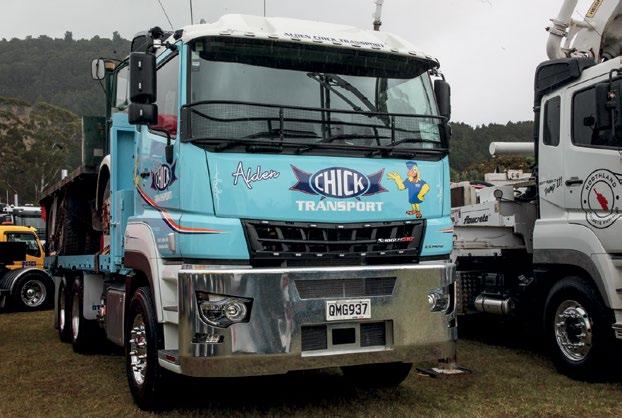



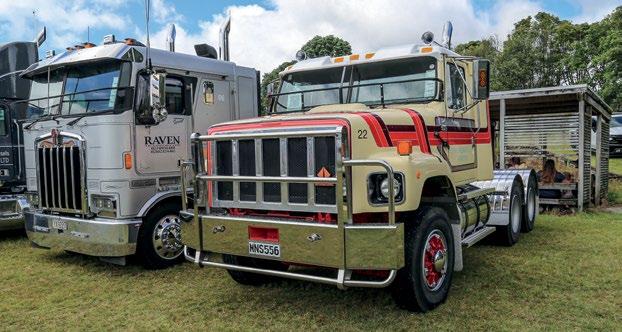

MODEL: JH6-T6HR

5th wheel included
3 YEAR, UNLIMITED Km WARRANTY
BRIEF SPECS: JH6 6x4 High Roof, Flat Floor Sleeper Tractor
ENGINE: FAW CA6DM3: 550hp | 1917 ft/lb Peak Torque
TRANSMISSION: ZF AMT 12 Spd | Manual Mode Selection Intarder with 4 Stage Brake Selection
BRAKE SYSTEM: Disc Brakes, Knorr Bremse | Wabco System
FRONT AXLE: Rated 7.7T, Parabolic 3 Leaf Springs
REAR AXLES: Rated 26T, Diff Locks, Inter-axle Lock
REAR SUSP: ECAS | 8 Bag with Shocks and Stabalisers
SAFETY FEATURES: AEBS, LDW, ESC, FCW, EBS, 360d Camera Display
CAB SPECS: 4 Bag Cab Suspension | 1.95m Ceiling height
760mm Wide Bunk | Fold-away Upper Bunk
ISRI Seats with Fridge Drawer under bunk
10” Display Multiple Function Touch Screen
FRAME RAILS: 700 MPA Tensile Strength | 300 x 80 x 8mm
MODEL RATINGS: GVM 25,500kg | GCM 70,000kg (90T on application)
Excluding GST, Includes ORC, no trade: $221,000 8160kg +/- 1% TARE
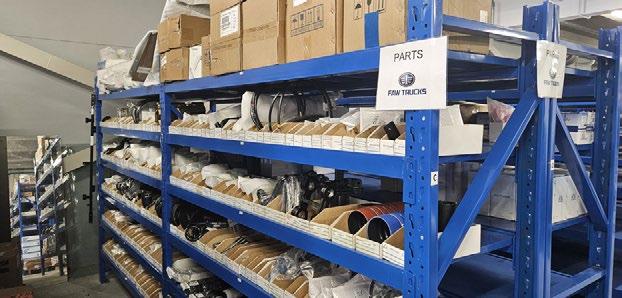

Premium Interior Layout
SOLID BUSINESS REASONS to BUY a FAW:
● Intertruck is an Experienced and Trusted Importer with PARTS Stock in New Zealand
● FAW is backed by 21 Nationwide Dealers and Service Centres in New Zealand.
● Lower Cost of your new Fleet Asset allows Growth in other areas of your Business.
● JH6-T6 leads South Africa in Fuel Economy.
● Over 500kg LIGHTER than Euro Brands.
● FAW is a well known and Respected Brand in 80 Countries Worldwide.

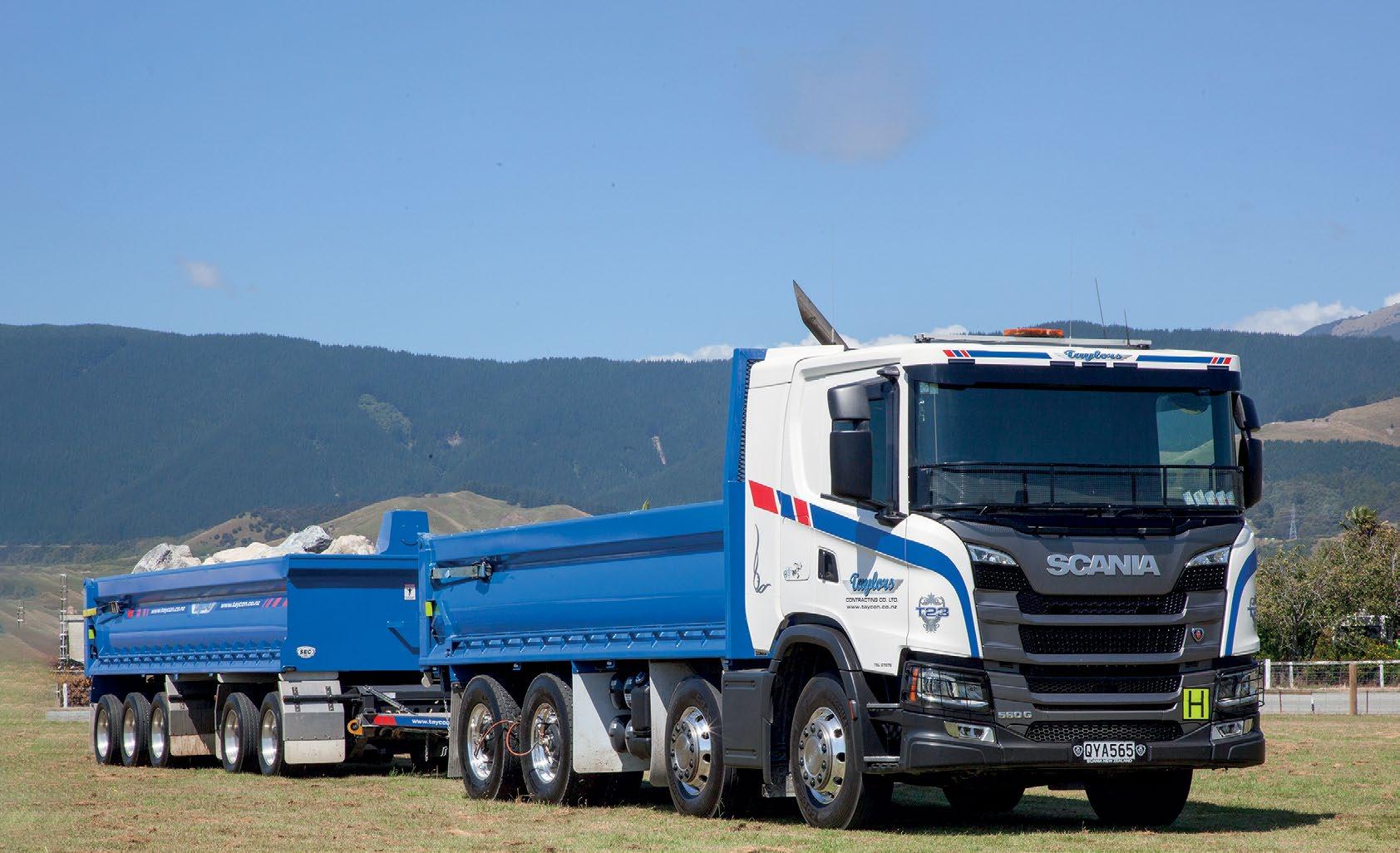




Story and photos by Dave McCoid

An event that was all about the kids –Nelson’s Kids n Rigs held in February this year brought industry together with those who will drive tomorrow forward, putting on a show that would embed itself in the hearts and minds of families who turned up in droves.
“We haven’t had a Nelson Truck Show since 2019,” says co-organiser Chris Webby. The brainchild of Drummond Transport driver Darren
‘Dingle’ Letham, he and Chris got together with a posse of volunteers to put something on with a different angle. Aiming the show at the young ones and getting them up close and even inside trucks is nothing new – however, the plan was to make entry for families free, and everything for kids inside the grounds free also.
“We wanted families to come and enjoy a day out that wouldn’t hit their pockets at a time when there’s not a lot of discretionary income about,” says Darren.
“As at 1pm on Friday we had 25 trucks registered,” says Chris.
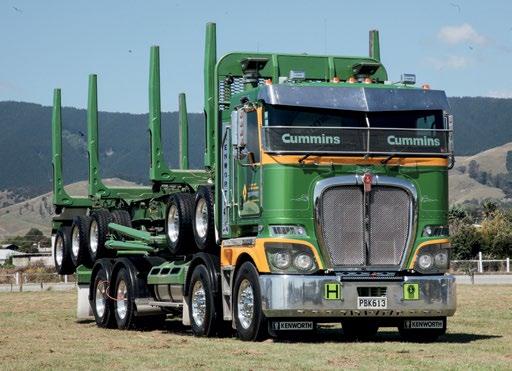
“We thought, ‘Oh well, it’s the first for a while and it’ll take a year to get going’. Then by 5pm, we thought about 55 would likely show based on the phone calls we were getting, and look, there are 87 here. Now we’re running!” Neither could the pair speak highly enough of the support they’ve received from local businesses. “Bread, sausages, water, ice creams – even infrastructure like BBQs and fridge trailers to keep it all hot and cold – you can’t overlook that,” says Chris. “The kids can have a ball and families feel they can just come along.”
Aside from the great turnout,
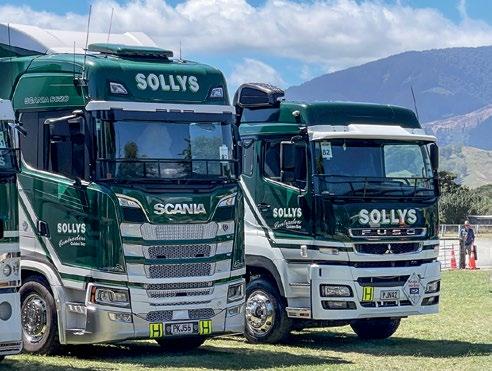
there were endless activities, food and refreshment stalls. Local carriers provided a ride-in-a-truck fleet, a huge hit as you might imagine.
Even with the lost-cost model the committee put into action, the show was still able to raise $6000 for the Child Cancer Foundation.
Thanks team!
Darren and Chris want to thank the amazing team who came onboard to help: Reuben Eggers, Tamara Eggers, and Grant Wilkins.



1) We know this man well (New Zealand Trucking August 2024; The Family Tradition). Grant Wilkins giving back to the industry he loves, taking the eager masses for a ‘burn’. 2) S & K Hill’s Kenworth W900B was a popular, throaty, ‘rolling coal’ choice for the those in the queue.
Top Truck – Stuart Drummond Transport – Kenworth K200 (PBK613)
2nd in Show – Quail Valley Free Range – Freightliner Argosy (JLA457)
3rd in Show – Borlase Transport – Volvo FH16 (MRA498)
Best Japanese – Sollys Freight – FUSO HD FS3147 (PJN42)
Best European – K&M Trucking (O/D to MOVE) – Scania S770 (PQM872)
Best American – Austin Transport Services – Kenworth K200 (KML748)
Best Classic – S & K Hill – Kenworth LW924 (1973KW)
Judges’ Choice – Cotton Heavy Haulage – Kenworth K108 (GAK629)
Peoples’ Choice 1st – NJP Logistics Ltd (O/D to Daily Freight) – Scania
Peoples’ Choice 2nd Equal – Tama Solly Contracting – Kenworth T659 (JFQ886), and Nelson Tow & Salvage – Kenworth W900 (KW900L)


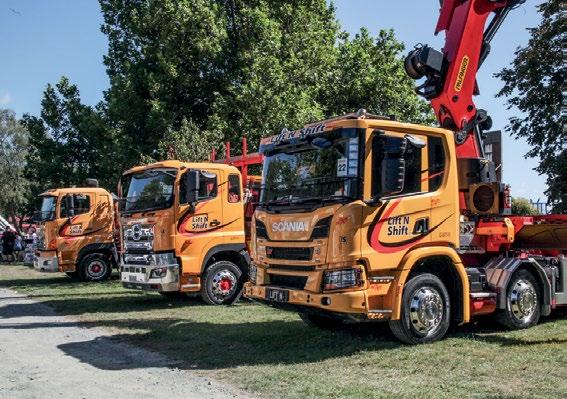


Local fleets on display in front of their local communities. 1) AC Palmer and Sons. 2) Westhaul from Motueka. 3) The amazing Lift N Shift fleet of artisan crane operators. 4) Borlase Transport was absolutely spectacular.
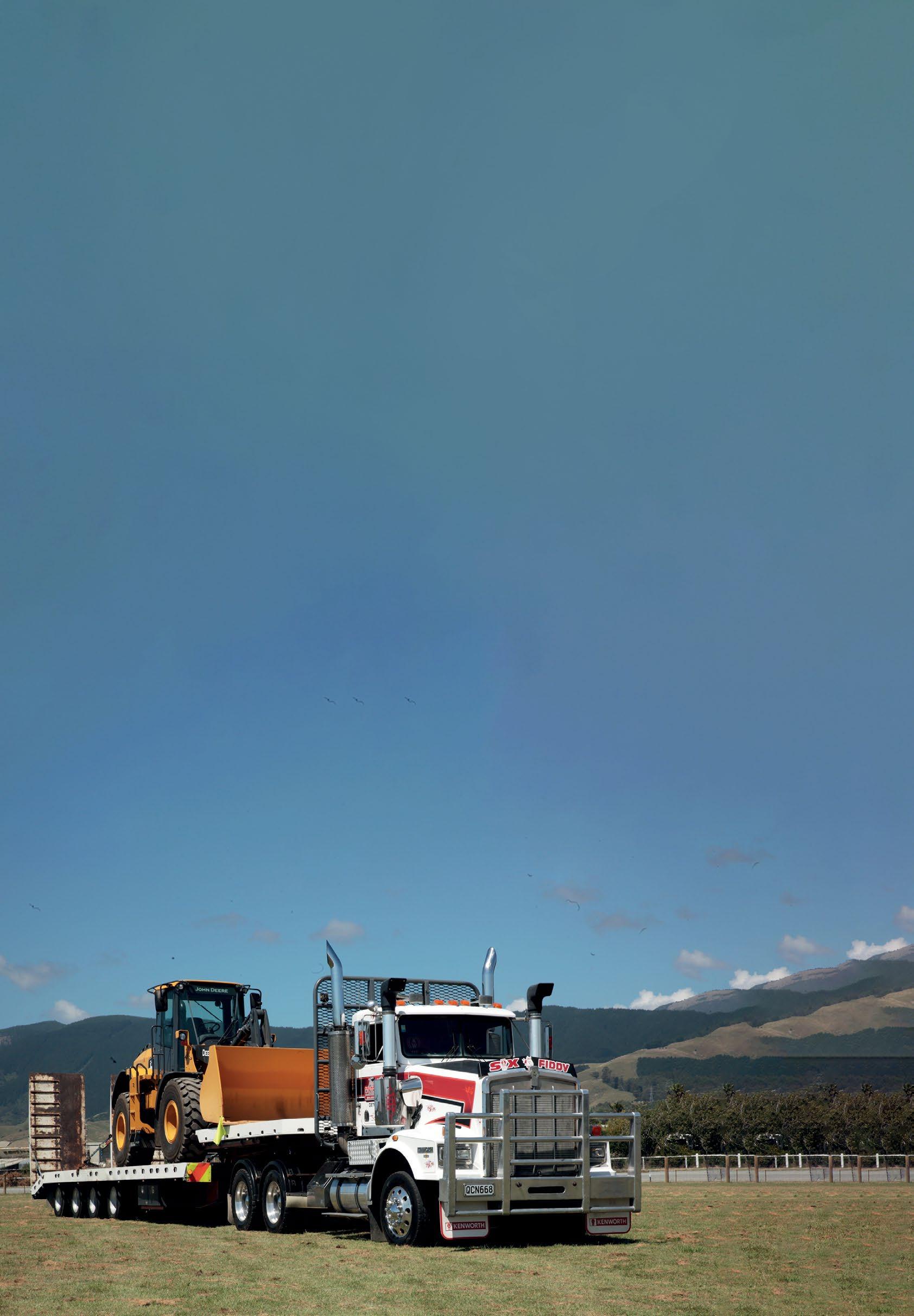
Tama Solly proved that class is eternal – one of the all-time great Kenworth models, the T650, giving no hint to the uninitiated that it is in fact a classic.
Story by George Barrow Photos by Euro NCAP
ITOY
We bring you exclusive truck industry content from fellow International Truck of the Year member publications.
Euro NCAP revealed the first-ever Truck Safe star ratings for heavy trucks at the end of last year. How did the fleet of 2024 get on?

Volvo’s FM and FH Aero have been named the safest trucks on the market by renowned automotive safety testing body Euro NCAP.
The first Truck Safe 2024 results for new heavy goods vehicles awarded the maximum five-star rating to the two Volvo models. The Scania G-series and Renault Trucks T tractor units were awarded a four-star rating, while the MercedesBenz Actros L, Scania R-series, MAN TGX and DAF XF were all given four-star scores.
The IVECO S-Way scored the lowest, with a one-star rating.
Euro NCAP began addressing commercial vehicle safety in 2021, introducing a commercial
van rating based on the standard equipment levels found in LCVs.
Euro NCAP hopes the launch of new truck testing will help inform businesses and fleets about their purchases while promoting greater levels of standard safety systems.
The introduction of the EU’s General Safety Regulation 2 (GSR2) has increased the amount of standard equipment commercial vehicle manufacturers have to fit to their vehicles, but Euro NCAP’s more stringent testing goes further than minimum safety system requirements.
As a result, two of the initial HGVs tested (IVECO’s S-Way and the Mercedes-Benz Actros) have underperformed as the
manufacturers did not wish to participate by supplying the most up-to-date models.
The testing looks at active and passive safety, with Euro NCAP currently rating the trucks in two main categories, with plans for further assessment classifications later.
For now, testing criteria cover safe driving, looking at the systems and overall design that will prevent the risk of an accident, and collision avoidance, where safety systems intervene to prevent an accident. A third classification for postaccident rescue, assessing how emergency services can gain access to or make a vehicle safe, has seen all vehicles scored the same but will evolve
as more vehicles (including electric trucks) are tested.
All manufacturers were invited to submit their largest tractor units for testing, with Scania and Volvo opting for additional testing of their G-series and FM models, respectively.
“Euro NCAP is voluntary, and we are only celebrating those manufacturers that go above and beyond,” explains Matthew Avery, Euro NCAP director of strategy development. “We’re recognising manufacturers that offer significantly enhanced safety from what is required by law. A lot of manufacturers go above and beyond; vision is a good example of this. DAFs, which have excellent direct vision, are ahead of the regulations,

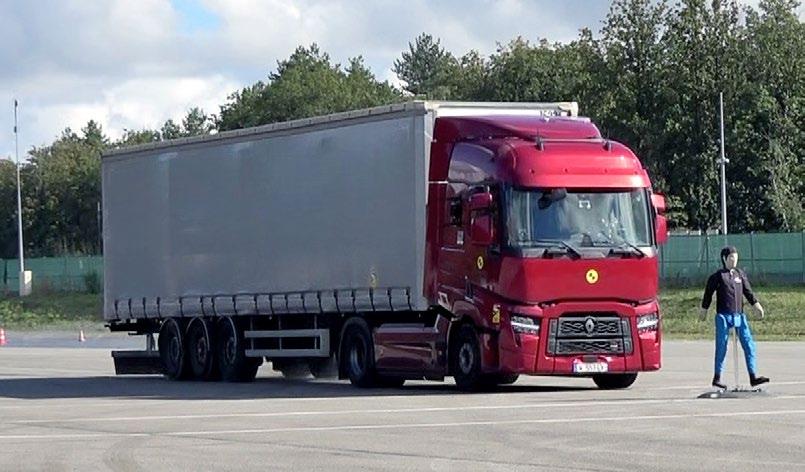

and the regulations won’t go beyond what DAF currently does until 2029,” continues Avery.
The DAF XF scored the highest percentage for a full-size cab in the safe driving category with a score of 85%, bettered only by the 87% achieved by the smaller and lower Volvo FM. Euro NCAP praised the XF for its vision performance, recognising it as having class-leading sight lines with very deep windows, low belt lines, a lower door window and a camera monitoring system (CMS) replacing traditional mirrors. Unfortunately, it was let down by its collision avoidance score, registering only 35% with no lane support system, cyclist detection and only an adequate performance for its

IVECO’s own GSR2-compliant vehicles are in the process of being rolled out.

advanced emergency braking (AEB) for vulnerable road users.
“It [DAF XF] is three stars with really good vision, securing a top safe driving score. However, the collision avoidance technology is only average. Generally, manufacturers have either put the emphasis in stage one [safe driving] or stage two [collision avoidance],” Avery says.
In addition to the overall star ratings, a number of vehicles were also given a City Safe Award to recognise the truck’s suitability in an urban delivery environment. As well as the DAF XF, the Volvo FH Aero, Volvo FM and Scania G-series were given city-safe status.
The IVECO S-Way has received a one-star rating largely because
“For now, testing criteria cover safe driving, looking at the systems and overall design that will prevent the risk of an accident, and collision avoidance where safety systems intervene.”
IVECO’s own GSR2-compliant vehicles are in the process of being rolled out. Without adequate AEB systems and no CMS, the S-Way tested by Euro NCAP managed only a 32% score for safe driving and just 19% for collision avoidance, as it lacked lane support and protection systems for vulnerable road users and cyclists.
“The vision is quite poor –under the 9m threshold where
the star ratings begin – and the collision avoidance systems tested are below average. The overall performance is a bit disappointing, but the model year 2025 vehicle would score better. However, I don’t think it would suddenly leap up the table, as the cab [design] hasn’t changed, so the performance will still remain on the low side,” Avery says.
MAN also struggled with the
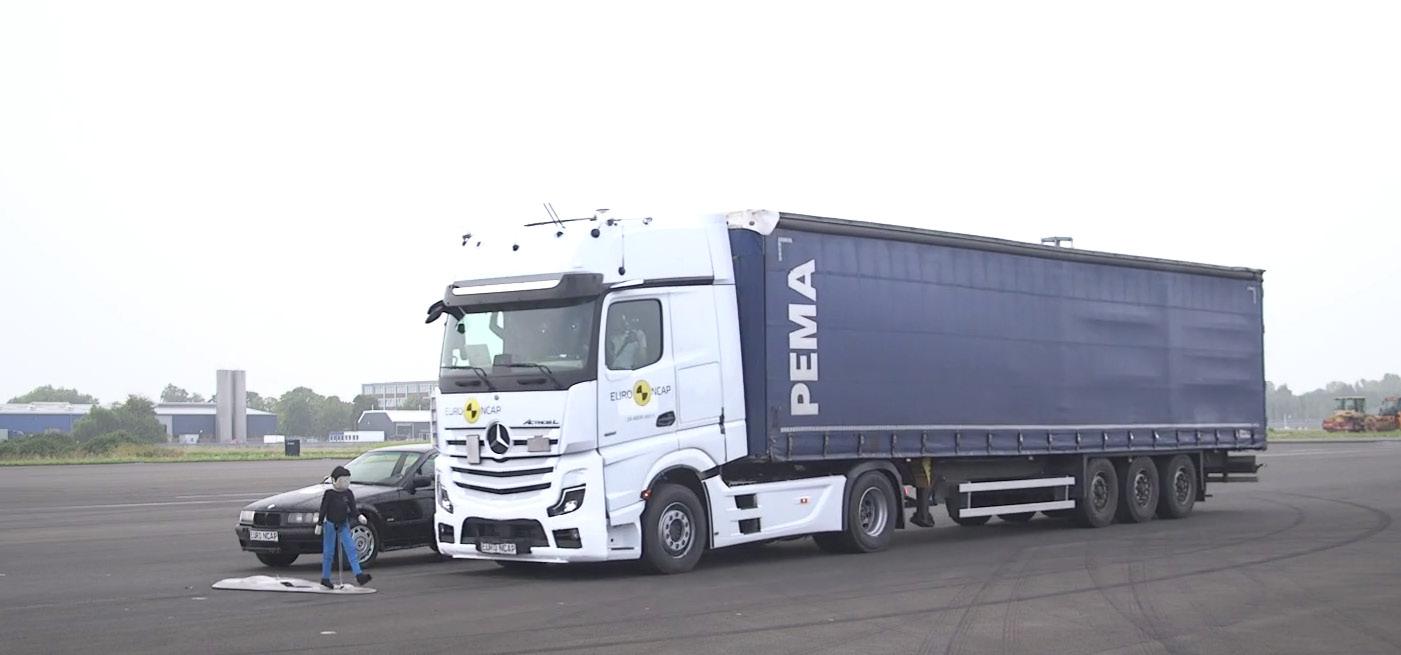


“There is a lot of value for our customers, and our customers’ customers, to understand safety on the next level.”
vision aspect of its TGX, which Avery says is inferior to the IVECO’s. However, its safe driving score of 56% is considerably higher due to very good indirect vision thanks to a CMS and very good driver monitoring. Its collision avoidance score of 60% is boosted by very good lane support, as well as AEB systems rated as good for Truck 2 car and vulnerable road users.
“We have tested a GSR2 truck, and the performance in collision avoidance was very good. It also has very good lane support and AEB but misses the turn across path that protects cyclists. That is a key crash situation we are trying to address and needs to be adopted for it to be a city-safe vehicle,” Avery says about the MAN TGX.
The Mercedes-Benz Actros tested was also not GSR2compliant but scored a very respectable 72% for safe
driving and 51% for collision avoidance, due to an already high standard of equipment. A lack of class 5 and class 6 cameras for the CMS also reduced its safe driving score.
Avery commented: “Although the model year 2024 Actros was not GSR2-compliant, it does have very good equipment with some very good AEB functions. It is let down by its inferior vision and lane support and might be higher were it a GSR2 vehicle.”
The Renault Trucks T managed a four-star rating due to its high-quality advanced driver assistance systems (ADAS), recording above-average scores in safe driving and collision avoidance. Although direct vision is an issue (rated only as adequate), very good AEB, speed assistance systems and driver monitoring bolstered its evaluation.
Scania may feel slightly
disappointed by its three-star rating for the R-series. But with scores of 64% and 62%, respectively, for safe driving and collision avoidance, it is far from a concerning performance. While the Scania struggled with direct and indirect vision, very good driver monitoring and AEB for cars and vulnerable road users lifted its score. The smaller cab of the G-series meant the R-series’ main faults were addressed, which lifts its rating to four stars thanks to a safer driving score of 71%.
Volvo, however, showed that it is possible to have large and medium cabs achieve maximum star ratings. Both scored highly for collision avoidance with 89%, but the FH Aero’s 80% for safe driving was surpassed by the FM’s lower cab with better vision, giving it a score of 87%.
Speaking about the five-star ratings for both Volvo Trucks’ vehicles, Anna Wrige Berling, traffic and product safety director for Volvo Trucks, says: “Safety is something we continually work with to improve. This is proof from independent experts that
what we are doing is correct. The trucks are not developed towards the Euro NCAP criteria, but we are all looking at the same areas for [safety] improvement. We’ve had most of the GSR2 systems available for a long time, like indirect driver monitoring, but we base our development on accident research and have had many of those functions well ahead of the requirements.”
She adds: “I do believe there is a lot of value for our customers, and our customers’ customers, to understand safety on the next level. This type of extensive testing will give more solid information to our safety-conscious customers.”
The next phase of Euro NCAP will see cabs similar to the FM and G-series tested in order to assess vehicles more commonly found in urban environments as distribution tractor units or rigid vehicles.
Euro NCAP has also confirmed that from 2030, the testing process will include passive safety crash testing, with a headon collision test, and look at standard-fit equipment only.
Well then! Didn’t that cause some contention and discussion in the camp? We even had some people offer an incorrect suggestion, who came back with ‘No I’m sure it is …, I think you’re wrong.’ In fact, it almost got to the self-doubt stage until two locals popped up and said, ‘Oh, I see the Where’s that Road is … ’ The eventual winner was Robert Rutherford from Oturehua, Central Otago. Congratulations, Robert. This month it’s all about #bigclues because we’re keeping it in the region on account of April being Wheels at Wānaka month. There you go, it’s in Otago somewhere ...

To enter, flick us an email at editor@nztrucking.co.nz
Subject line: Where’s that road? April 2025
Tell us your answer, and let us know your postal address.
Note: Please include the subject line above, or your entry might get lost in the pile. We’ll randomly pick a winner from the correct entries and see what’s in the prize basket. Shut-off for the April Where’s that Road will be midnight on April 30, 2025.
Our 100 year history proves that when you do everything with heart, nothing is too heavy.
Mitsubishi from Centra, moving New Zealand forward.
You can hire a Mitsubishi Forklift on a fixed term hire contract, maintenance included on terms from day to day right up-to 7 years
• New or Used, ex fleet forklifts available
• Huge range to choose from
• Delivery within 24hours

Auckland - 32 Hastie Avenue, Māngere Bridge, Ph: 09 634 8500 Hamilton - 38a Maui Street, Ph: 07 849 5128
Tauranga - 12/45 Kaweroa Drive, Tauriko, Ph: (07) 282 9910
Palmerston North - 25 Bisley Street, Ph: 06 355 9033
Christchurch - 38a Parkhouse Road, Ph: 03 343 6814
So where was it?
The beautiful piece of road for the February Where’s That Road? was Moa Flat Road in Central Otago, forming part of the lesstravelled labyrinth connecting Heriot and Dunrobin with Ettrick on SH8.
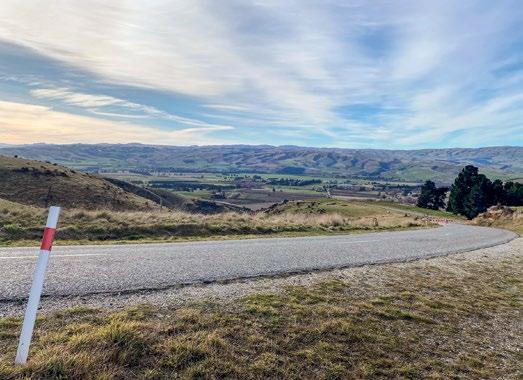


Hearing of our goal of being more visible at truck shows and out in front of our readers, supporters and the industry, the fantastic folk at IVECO New Zealand said, ‘By goodness, I think we can help!’ Introducing you all to our newest team member –our year-long IVECO Daily 35.180 loan vehicle, ‘Gus the bus’ … or as we’ve affectionately tagged him, ‘Gaspare’ (Italian for Gus)!
Do you remember the silver caravan New Zealand Trucking magazine had back
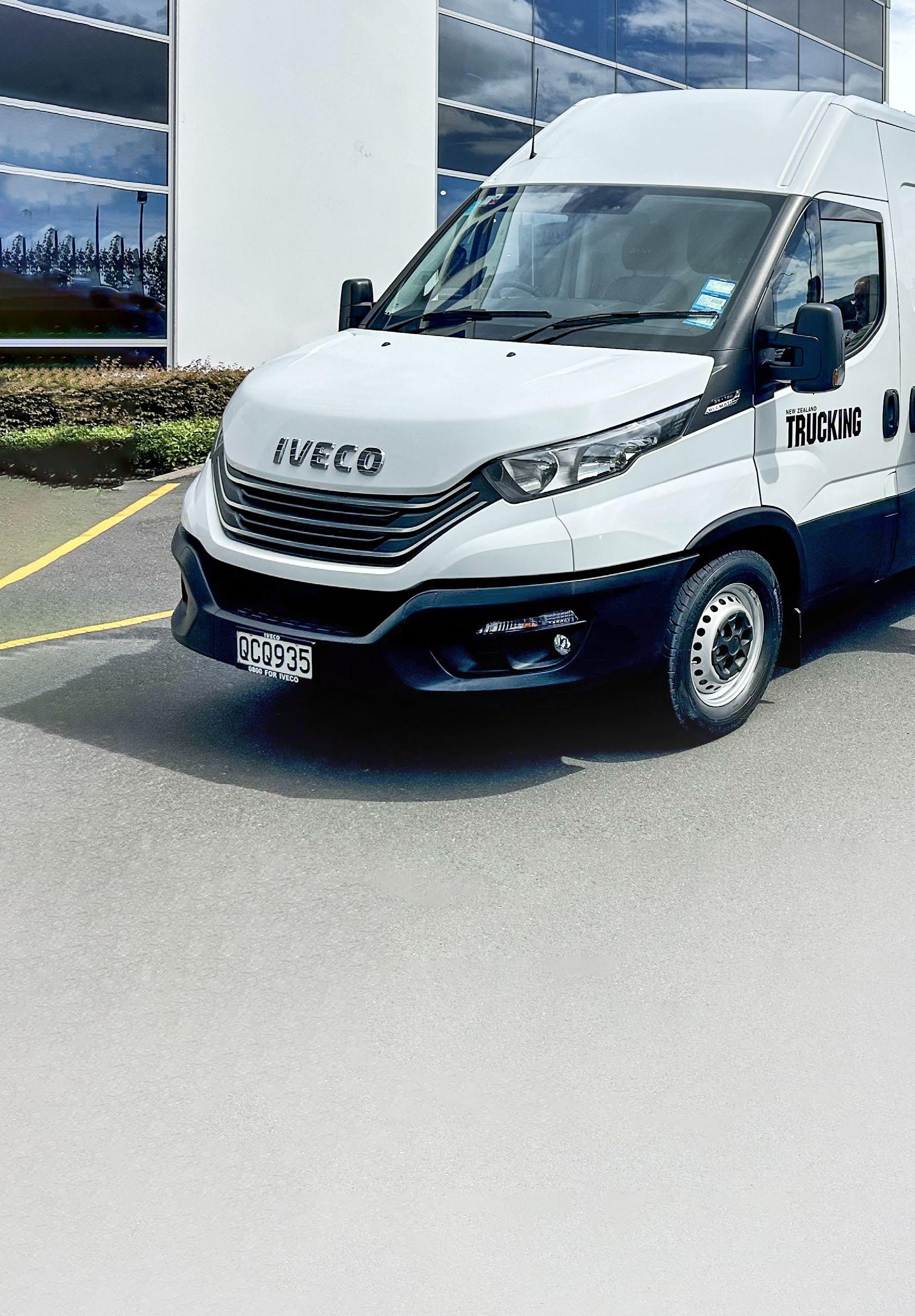
in the day? You do? Wow, you’re old then. When the mag was the only industry publication back in the mid to late 1980s, the
Story
photos by Dave McCoid
silver caravan was a must-visit at all the shows – it stood out, you looked for it, you paid a visit and caught up with the crew. We wanted something just like that … something that would identify our location, and make it easier to get around to all the events – the pack and unpack and all that. That’s how the Daily came about – and it was all too easy for the folk at IVECO New Zealand to get behind.
Of course, there’s a long-term review as part of it all, which is great. New Zealand’s only a pint-sized market and there’s rarely the opportunity in the commercial sector for a longterm review.
We said we would tell it how it was for us. If there was something that irritated us, we’d say. Erwin Stolze heads sales
and marketing at IVECO New Zealand, and he was more than happy with that.
We picked up our new mechanical workmate on 20 February from the Auckland HQ, with a handover from sales exec Keagen Wilde … we were off!
They didn’t hold back! A 16-cuber! The initial excitement was followed by a mild demoralisation when our ‘vast’ inventory of merchandise fitted comfortably in one corner. “Hmmm? Is that it?” But we quickly realised how little a station wagon and trailer actually held, and the lost potential! The opportunities Gaspare now gave us were endless. We could at last get the kid’s truck-themed photo board out! It does need a little
work so it stands up properly first … What about a portable podcast studio? A mobile shop? Our first target was the TMC Trucking Industry Show in Christchurch. It would be a learning event and we’d make a list of to-dos and ideas for setting it up – just primo.
I think the first van event I ever
Yours truly with IVECO New Zealand’s Keagen Wilde. The moment the Daily was handed into our keep for a year.
attended as editor was the launch of the new Daily back in mid-2015. I remember saying to the late John Murphy, “That’s a bloody good wagon; it drives like a car.” The eight-speed Hi-Matic was silky smooth, it was comfortable, fully kitted out, and had the bulkhead cab option, meaning the freight can’t come through and ‘brain’ you in the event momentum

needs arresting urgently. I loved so much about it.
A decade has passed, almost to the month, and when passing Dailys out and about doing their thing, they’ve always induced good thoughts and memories. Now, here I was again, in a Daily 35.180 Hi-Matic (3.5 tonne GVM and 180hp).
Like all of us, the Daily has been evolving in that 10 years, the machines for the better –me on the other hand? One of us was fatter and slower than we were 120 months ago … potentially more comfortable though. This was the latest incarnation Euro-6 and I wondered if we would still get on as well.
I’ll get into it all properly over the months ahead with numbers and thoughts; I’ll have put a couple of thousand ‘clicks’ on the clock by then. But I will
say this to kick us off, by the time I got to the Bombay Hills, I knew it was going to be a great year … for all parties. And I had a suspension driver’s seat! Get outta here – I was truckin’.
The Daily’s going to be a huge part of the family. We’ll park up as we roam around … stop for a yarn, I’ll buy a thermos and a packet of Milk Arrowroot. I’ll probably stop, set up my table and chair and do a bit of typing on the side of the road at times – the sights, sounds, and smells of the trucking industry passing by inspiring the next sentence!
We’ll also run competitions –where have you seen the Daily today? Oh, and I’ll always have a bit of merch and the latest mags in the back for you, too. There’s no end of possibilities.

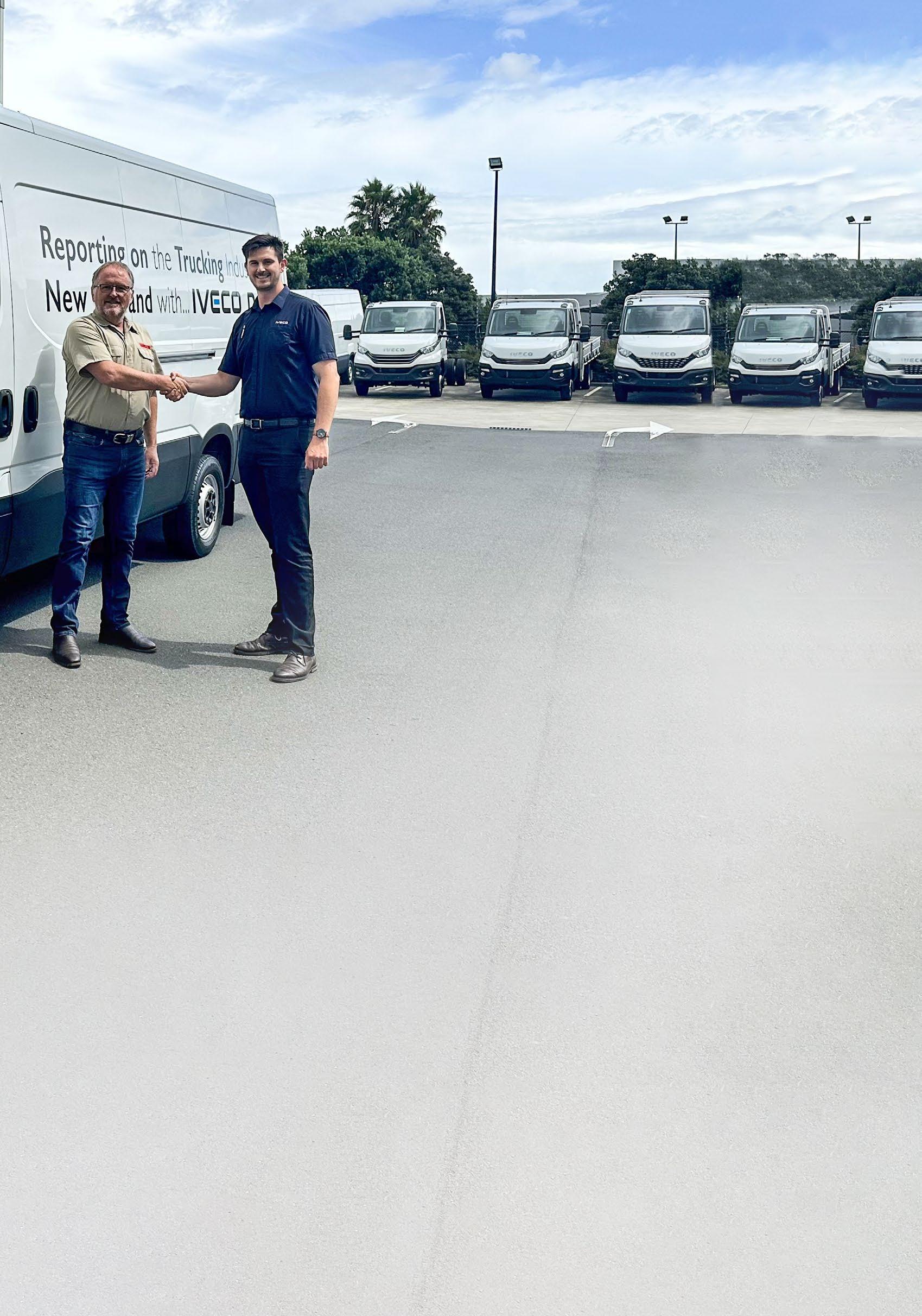
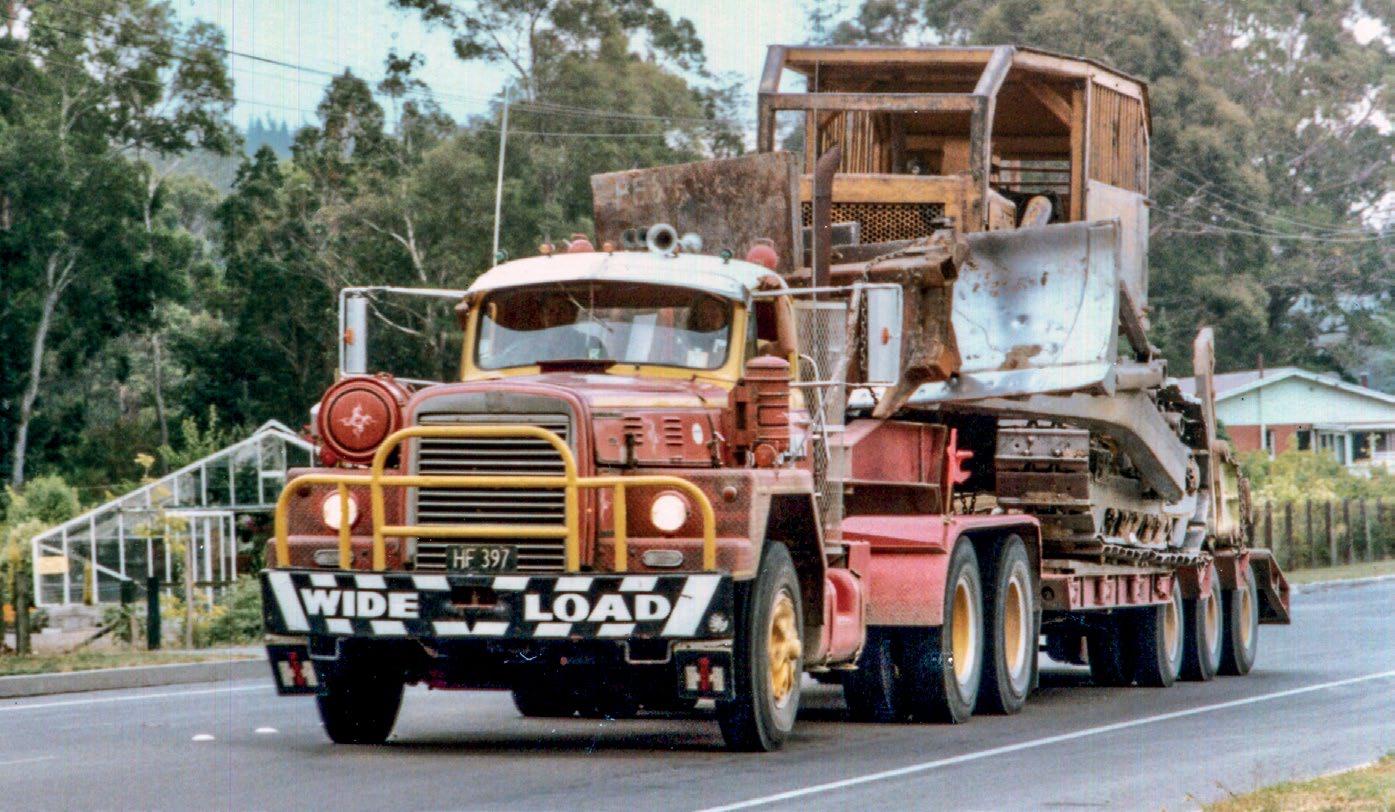
Mike Beesley is a veteran of the trucking industry in the North Island and a well-known truck photographer. He has amassed a collection of thousands of truck photos taken during a career of more than 50 years and is kindly sharing some of his favourites.

February 1978, JV Geany’s
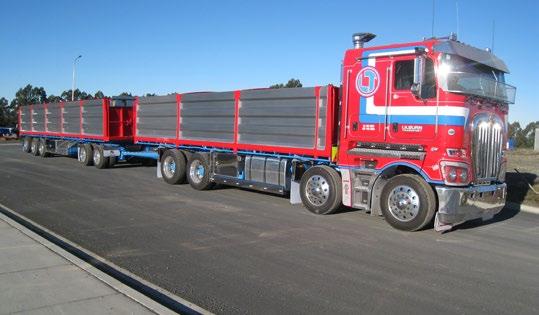
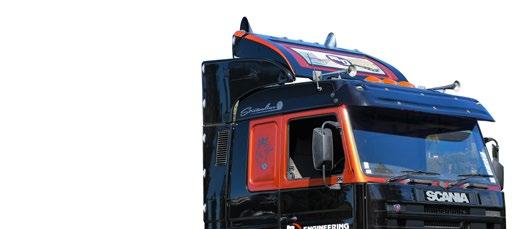

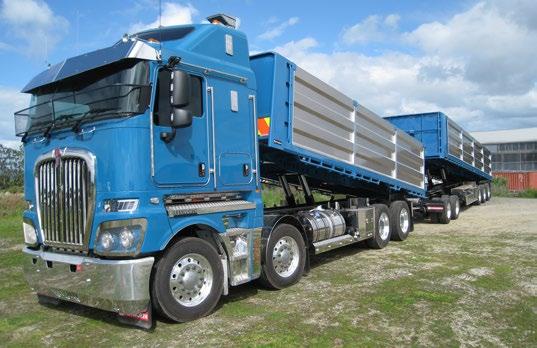

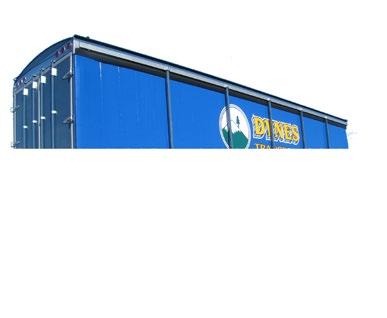
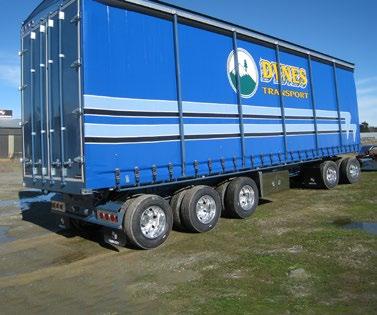

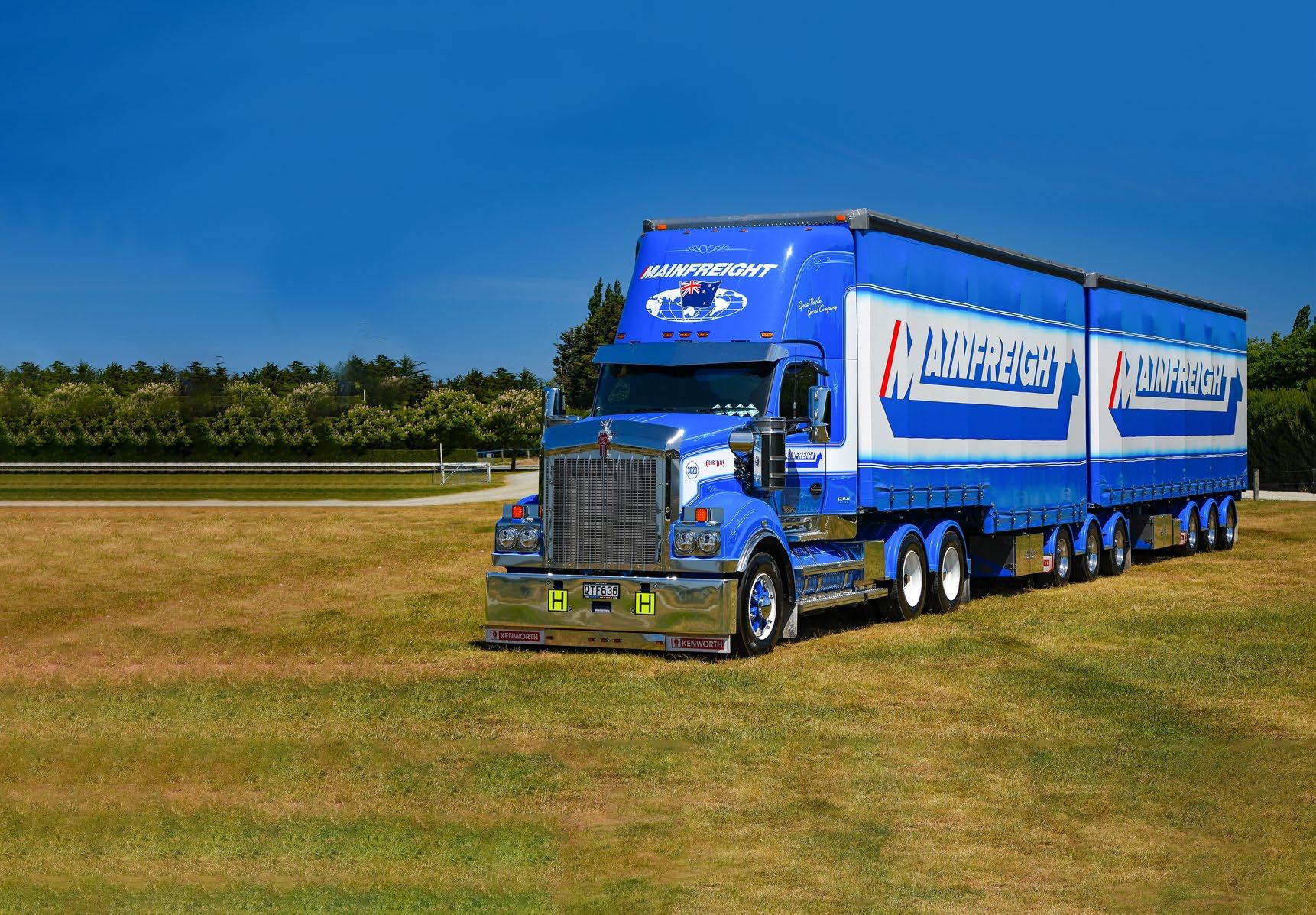
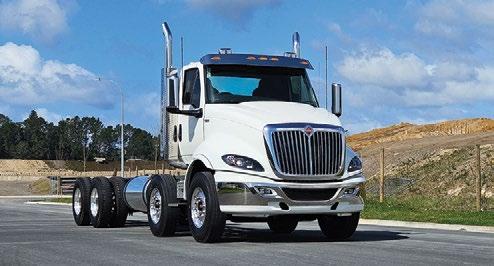

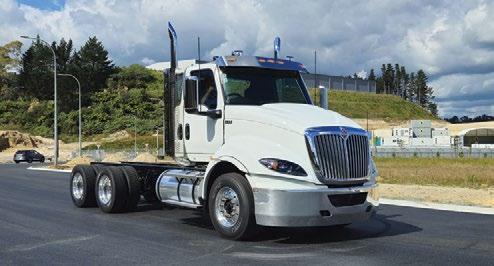
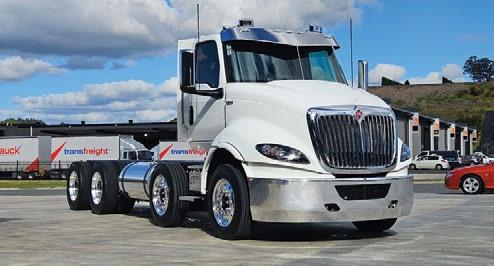
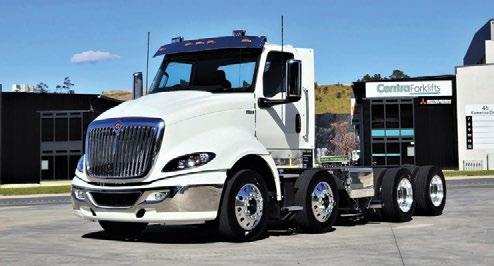
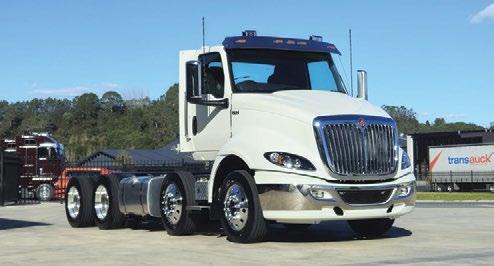
Please
NZ Built Logspec International RH-R8-HD
Cummins e5 X15 up to 615hp
18 Speed Manual Shift Eaton Transmission
Heavy duty Chassis, suspension & driveline
Tare Weight from 8,395kg as C/C (no Fuel/Def)
NZ Built International RH-R6-BTT
Dual purpose Tractor Unit - Tipper Spec, two trucks in one
Cummins e5 X15 up to 615hp
18 Speed Ultra Shift Eaton Transmission
Heavy duty Chassis, suspension & driveline
Tare Weight from 8,020kg as C/C (Fully Fuelled)
NZ Built International RH-R8-BT
Cummins e5 X15 up to 615hp
18 Speed Ultra Shift or Manual Shift Eaton Transmission
Bulk cartage Tare Weight leader
Tare Weight from 8,250kg as C/C (no Fuel/Def)
NZ Built International RH-T8-LX+
Cummins e5 X15 up to 550hp
18 Speed Ultra Shift Eaton Transmission
Best Tractor unit tare weight in New Zealand
Tare Weight from 7,850kg as C/C (no Fuel/Def)
NZ Built International RH-T8
Cummins e5 X15 up to 615hp
18 Speed Ultra Shift Eaton Transmission
Heavy duty suspension & driveline
Tare Weight from 7,980kg as C/C (no Fuel/Def)

Lisa Nielson never expected to find herself behind the wheel of a class 5 truck. After more than two decades in the property sector, she felt burnt out and was looking for a change. She wasn’t interested in the corporate roles her experience would typically lead to, such as marketing or account management. Instead, she reflected on what truly made her happy.
“Aside from growing up riding horses, and through my teenage years driving a horse truck every now and then, I hadn’t had a lot of experience with truck driving,” Lisa says.
“I ride a motorcycle, I love driving, and I’m interested in machinery and engineering. So, I thought truck driving could align with my interests.”
Lisa already held her class 2 and 4 licenses but lacked practical experience. That changed when she was introduced to Mackleys, a transport company already supporting another woman through the MITO training programme. Now, nearly two years later, and having gone through the MITO training programme herself, Lisa hasn’t looked back.
step-by-step
Lisa began her trucking career with foundational training, starting with the most basic modules.
“I started with things like understanding how a combustion engine works and learning about the different components of a vehicle,” Lisa says. “It might seem simple but knowing how everything functions definitely helped my driving. We also covered health and safety, driving risks and
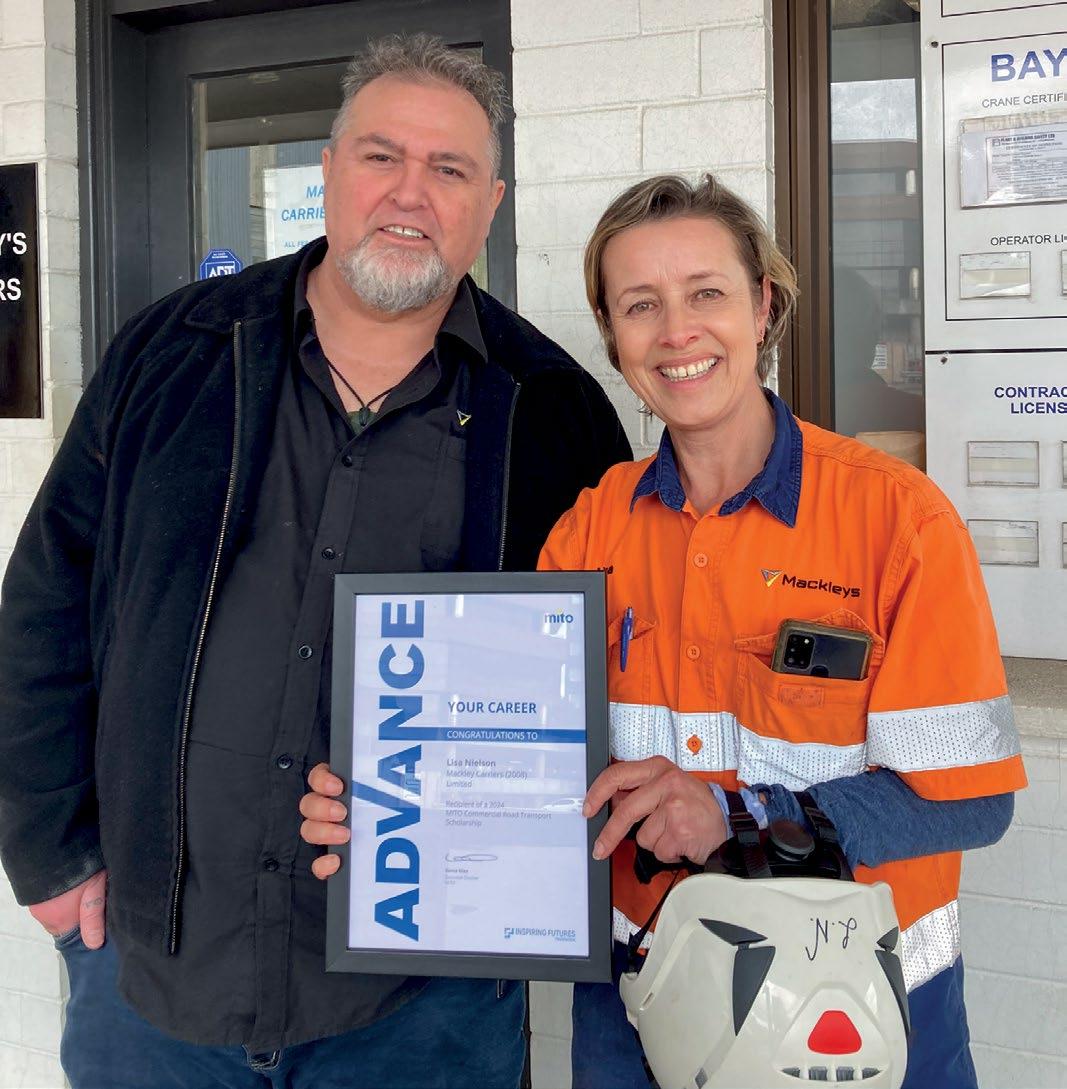
hazards – things that are critical for any truck driver.”
On top of the theory work provided through MITO, Mackleys has provided Lisa with hands-on, practical training.
“The whole team at Mackleys have been very supportive and encouraging,” she says.
Since then, Lisa has completed four Commercial Road Transport (CRT) microcredentials as part of the CRT Industry Association’s Road to Success programme. She is now close to finishing her Level 3 CRT – Heavy Vehicle Operator qualification, further solidifying her expertise in heavy vehicle operations.
Lisa speaks highly of her experience with MITO, describing the organisation as incredibly supportive throughout her learning journey.
“MITO has been really encouraging. Feedback from the assessors has been invaluable. The modules are easy to access and can be completed online whenever, wherever, so it’s really convenient,” she says. “MITO have been very supportive, and it’s made the whole process a really positive experience.”
Lisa hopes more people –especially women – will consider trucking a career option.
“People might think, ‘Oh, it’s not a job for a woman,’ but, actually, I love it. Every day is different, and I don’t need a gym membership!” she laughs.
From property sales to the open road, Lisa’s journey proves that it’s never too late to take a new path – especially one that leads to a fulfilling and handson career.
For more information on MITO’s micro-credentials or the Road to Success programme, contact MITO on 0800 88 21 21 or visit mito.org.nz.
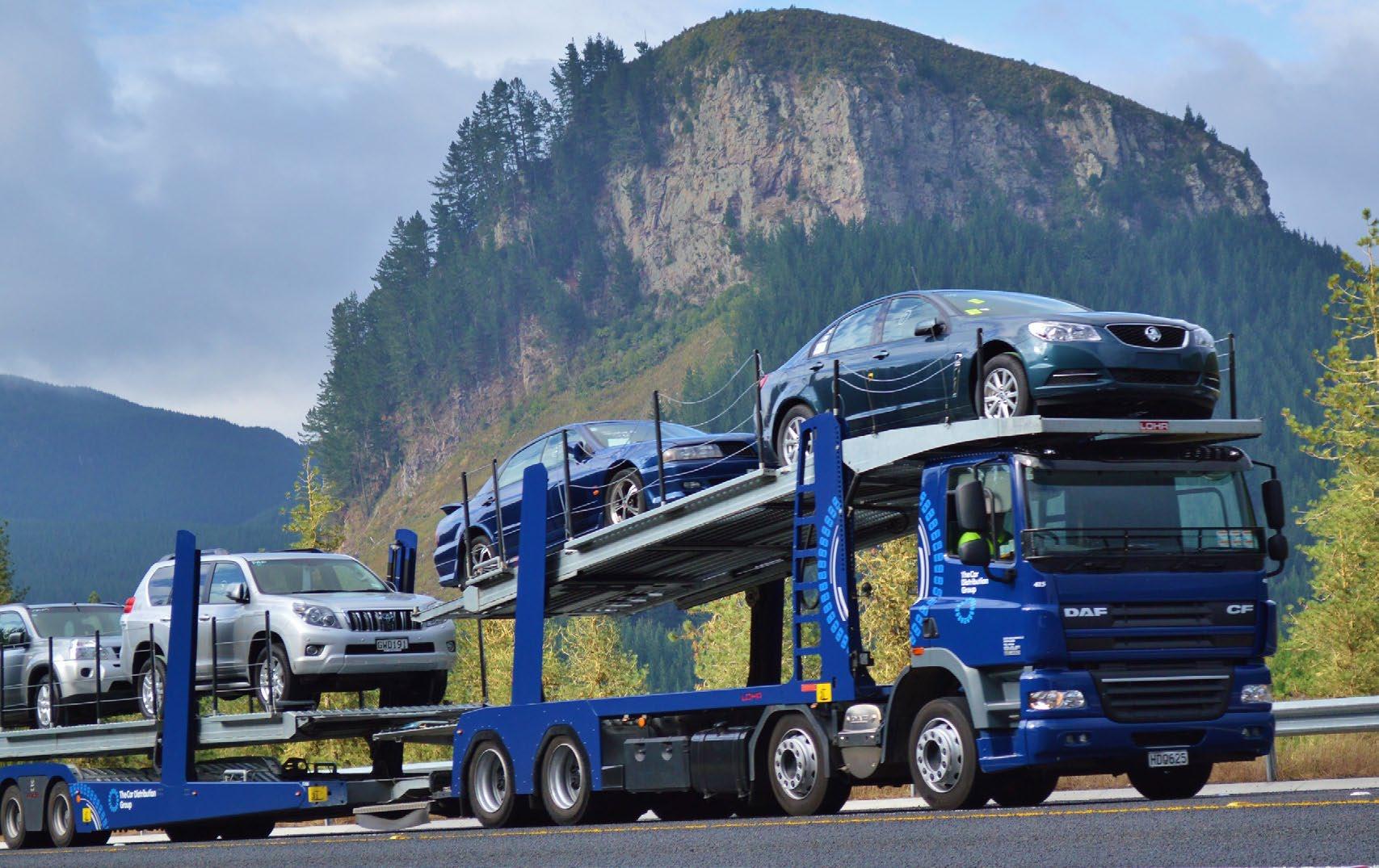
Take the next step in your career with the New Zealand Certificate in Commercial Road Transport (Heavy Vehicle Operator) (Level 3).
This programme will provide you with the skills and knowledge to safely and competently operate heavy rigid vehicles or heavy combination vehicles.
Designed in consultation with industry, this programme goes beyond vehicle licence requirements to enable improved job performance and enhanced employment opportunities—whether you’re new to the commercial road transport industry or an existing heavy vehicle driver.
Scan the QR code or head to mito.nz/hvo to enrol.

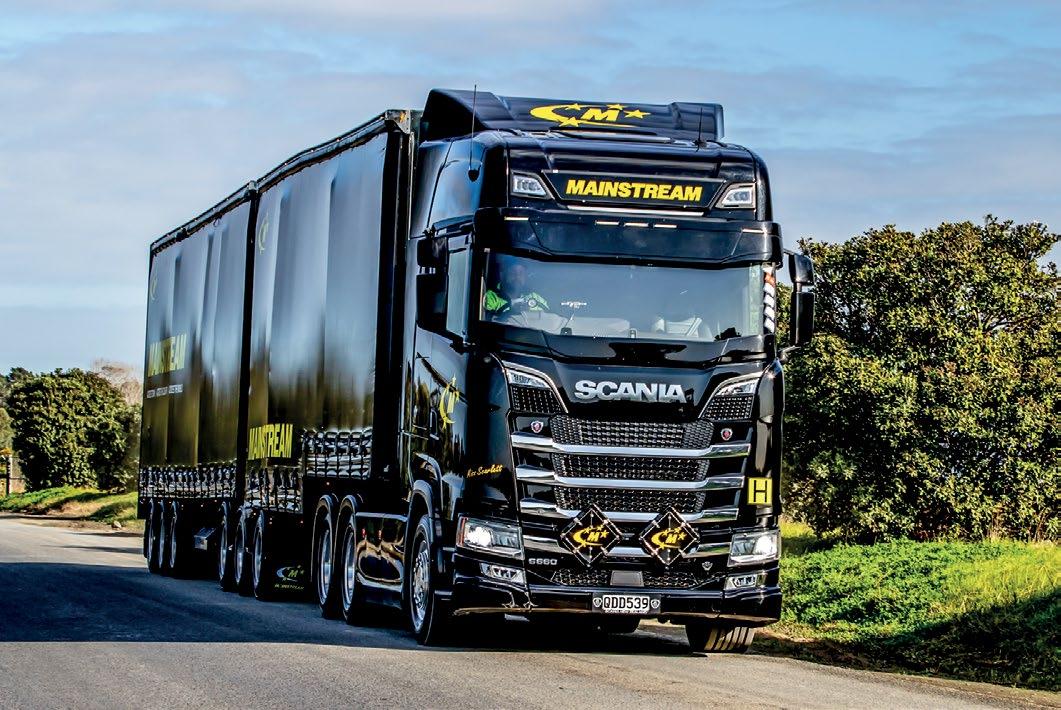

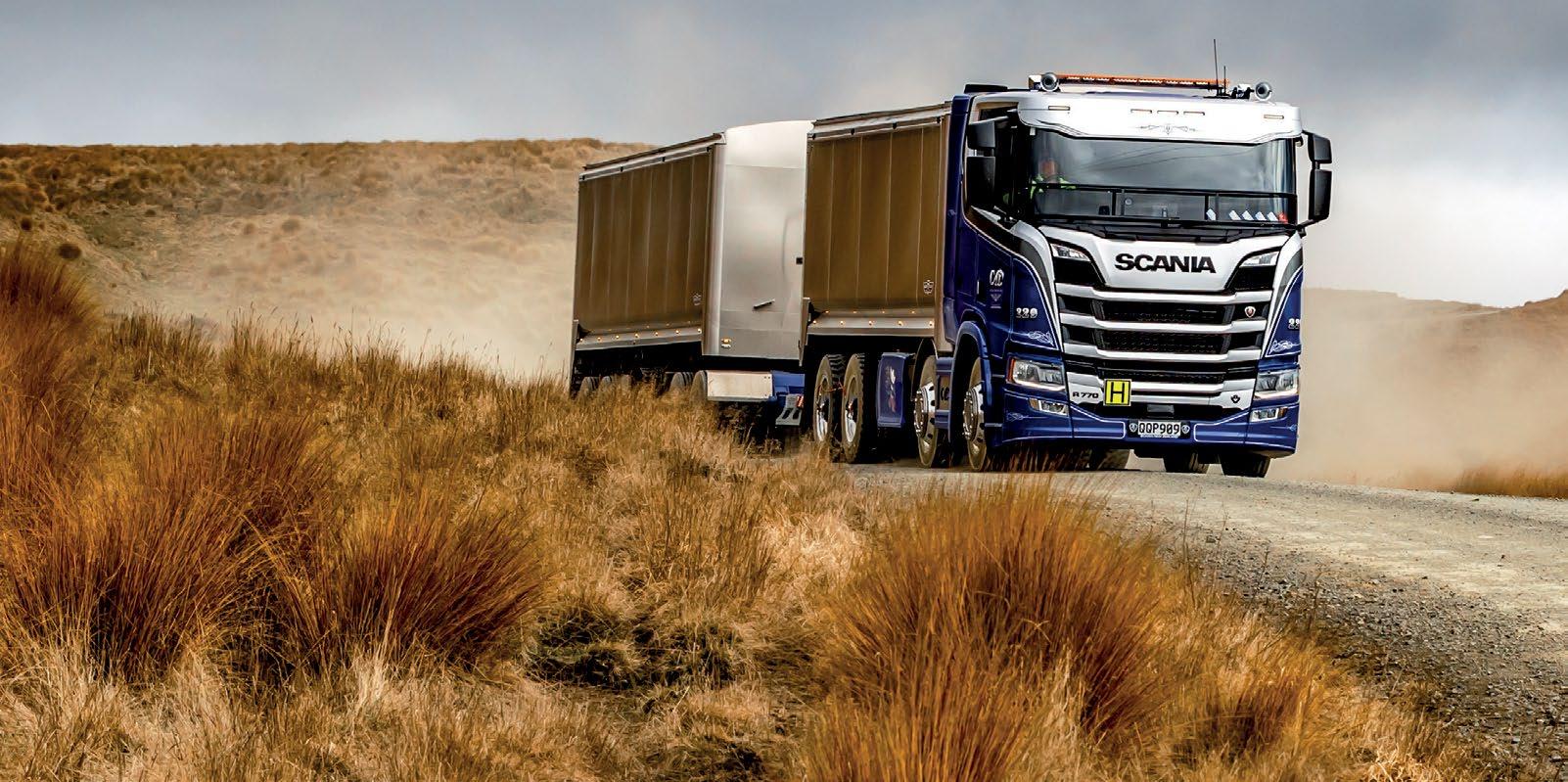
New Zealand truckies know their stuff, which is why, after a recent online survey asking drivers and owners about their preferred truck brand and why, Scania is stoked to find itself crowned ‘King of the Road’ (again).
The survey generated more than 900 respondents, and Scania didn’t just take the crown; it dominated every category – for the third year running.
As Scania NZ managing director Victor Carvalho says, there is no greater satisfaction for a brand and team than to have its hard work endorsed by its most important critics: its customers and industry peers.
“This ‘three-peat’ is a huge pat on the back for the Scania NZ team. To be recognised as No.1 for the third consecutive year across so many categories, from safety to comfort and performance to sustainability, is a real testament to their dedication towards Scania customers. But we’re not taking our foot off the gas – there’s always more to achieve,” he says.
Carvalho notes a particularly rewarding
result from the survey is that more truckies aspire to drive a Scania than currently do –an encouraging trend for any brand.
“The results speak loud and clear,” says Carvalho, “… resonating just like the sound of a Scania engine at full throttle!”
He is also very proud to say this stakeholder success has not come about by chance.
Scania New Zealand has an ongoing programme of strategic investments across its national and regional networks to ensure its renowned customer service maintains pace with the brand’s ever-expanding presence in the country.
Encouragingly, they are investments that speak directly to many categories canvassed



in the survey, such as after-sales servicing and parts, performance, training and sustainability.
This focus extends from developing new service centres and workshops in Invercargill and Hastings last year, to investing more than $40 million in spare parts stock and recruiting and upskilling of more than 400 technicians across the wider Scania network. Carvalho points to Scania’s National Training Development Centre in Christchurch as a key driver in developing highly skilled, productive and efficient technicians who maximise the latest technology when servicing vehicles.
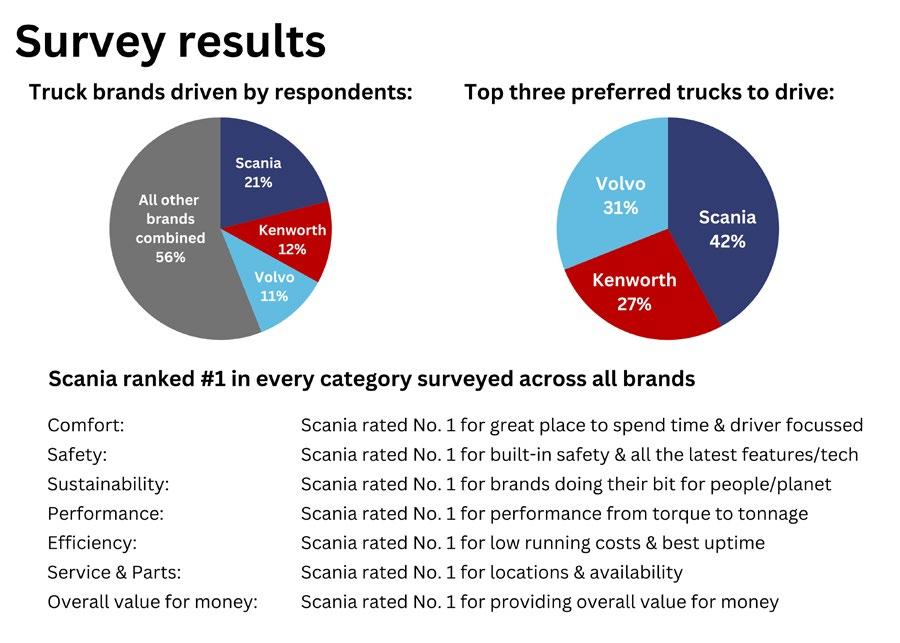
• Comfort – Asked respondents about the trucks from the brand they considered to be ‘driver focused and a great place to spend time’. Scania revealed a commanding lead, being selected by 45% of respondents as No.1 in comfort, followed by 19% selecting Volvo as No.1, and 12% selecting Kenworth as No.1.
• Safety – Asked the respondents to select the brand that offers built-in safety and ‘all the latest features and technology for you and other road users’. Forty-one per cent of respondents selected Scania No.1 in safety, followed again by Volvo at 23% and Kenworth with 12%.
• Performance – This category was summed up as ‘delivers all you need, from torque to tonnage’. Scania led this category with 42% of respondents selecting the brand No.1. It was followed by Kenworth at 19% and Volvo with 15% of the No.1 vote.
• Service and Parts – Respondents were asked to consider locations and availability. Scania was selected by 38% of respondents as No.1 for service and parts, followed by Kenworth at 19% and Volvo at 14%.
• Efficiency and Reliability – This category emphasised lowest running costs and best uptime. Scania led here again, being selected No.1 in efficiency by 38% of respondents, Volvo followed at 27% and Kenworth at 14%.
• Sustainability – Asked respondents about the brand they see as ‘doing their bit for people and the planet’. Scania was selected No.1 in sustainability by 41% of respondents. Volvo was selected as No.1 by 22% of respondents and Kenworth by 10%.
• Overall Value for Money –Respondents were asked to rank brands considering the full package. Here, 36% of respondents selected Scania No.1, 15% selected Kenworth No.1, and 13% selected Volvo No.1.
“It’s all about ensuring the best capacity to service our customer base,” he says.
Improving the benefits for customer experience is always top of mind.
“Every services-related investment we make is about boosting our customers’ operational success. Expanding our service centre network brings with it more skilled technicians and readily available parts, which speeds up customer vehicle servicing and
minimises offroad downtime. Every dollar we invest directly benefits our clients’ bottom line,” says Carvalho.
“Our goal at Scania NZ is to lead the industry as the preferred solutions provider, sustainably delivering premium products and services to our customer base, backed by a strong dealer network.
“So, we want to say thank you very much again to both our current and soon-to-be customers from the survey for being such an important part of our journey so far.”
A Kenworth K200 with plenty of lights was the first stop for Dustin Wright and his Dad Ian when out truck spotting one night recently. The truck started to pull up at the fuel station with the engine brakes on, catching Dustin’s attention.
Dustin walked over and met John Lane, the driver of the 2019 K200 for 4D Freight. After 35 years behind the wheel, 20 of them in Australia, John is no stranger to the white-line fever. He adds that like most truck drivers, it has been in his blood since he was a kid.
John and the team at 4D Freight mainly cart general freight nationwide wherever needed. When John worked in Aussie, he mainly drove roadtrains and B-doubles, carting express freight interstate. John’s favourite truck is a T908 Kenworth, which he drove most of the time in Australia.
Dustin asked John the big question: Cabbage or kale? John replied, ‘Cabbage’.
As John slowly drove the K200 away from the diesel bowsers – the Cummins X-15 set to go about its work – he gave a friendly toot and a flick of the lights and headed north.
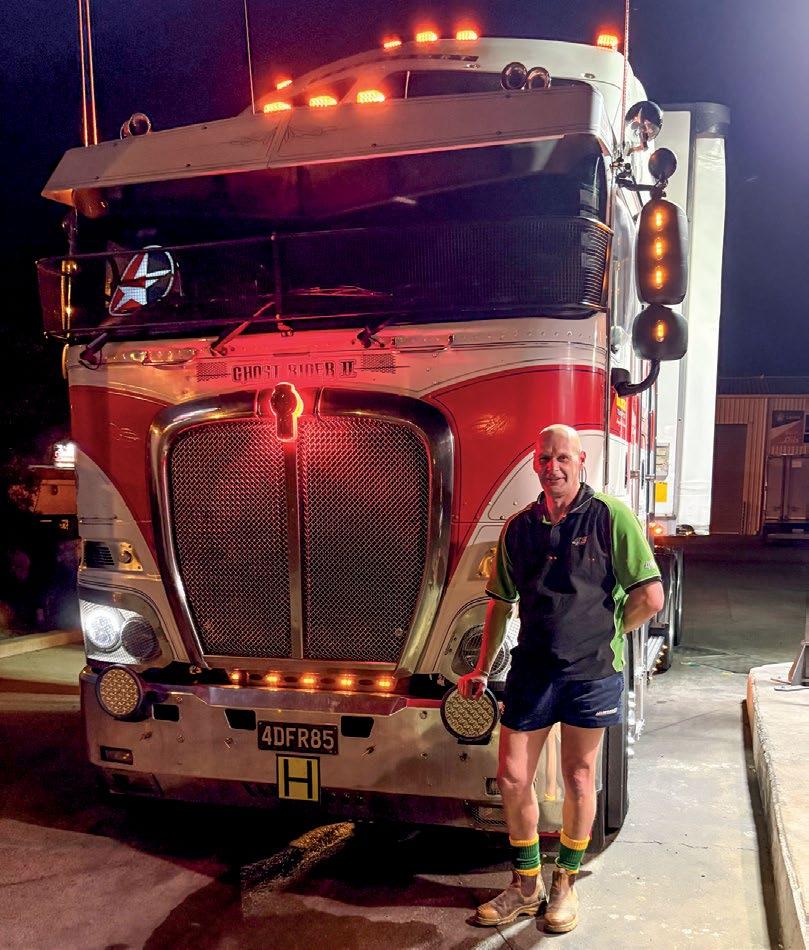
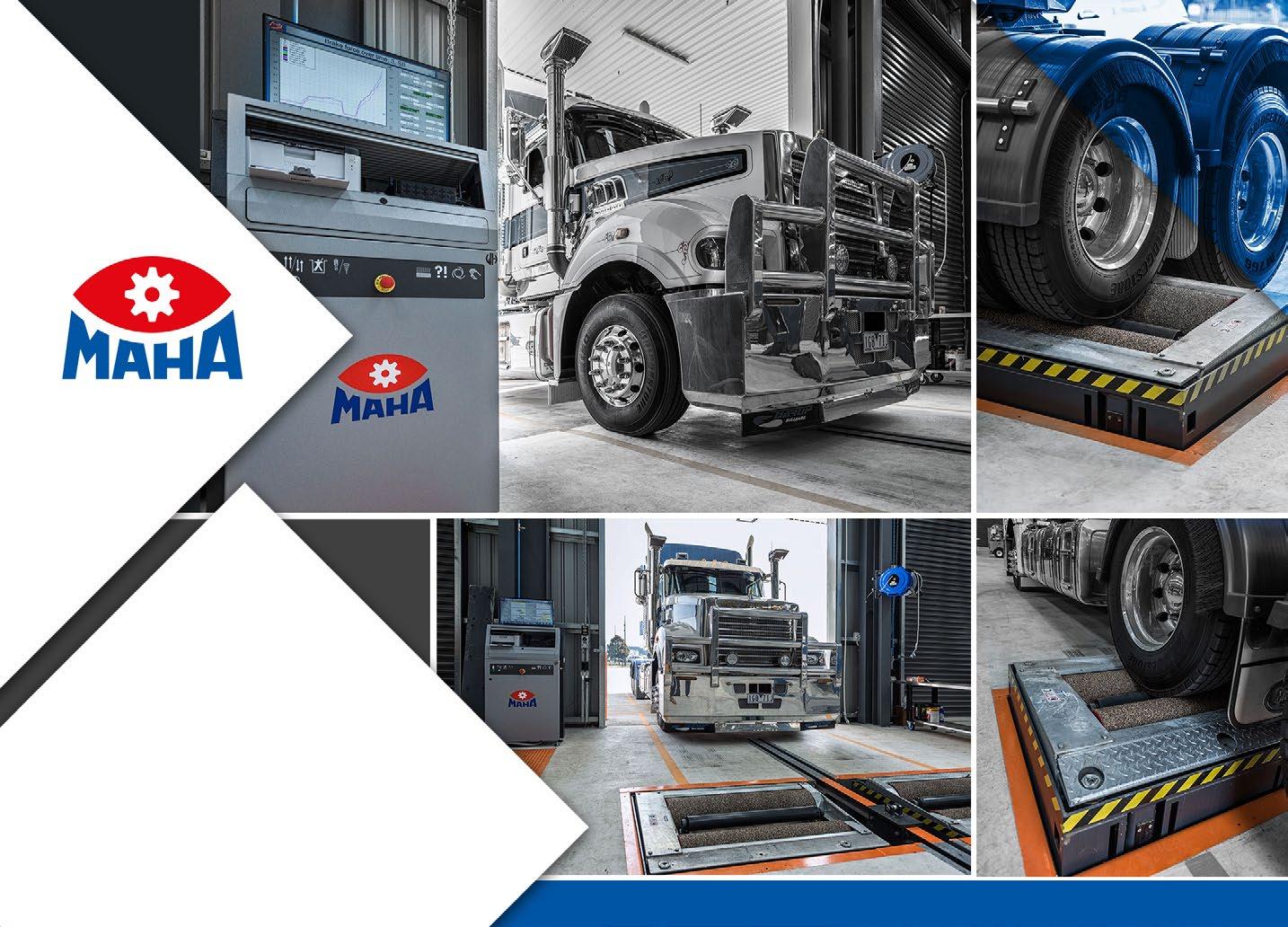
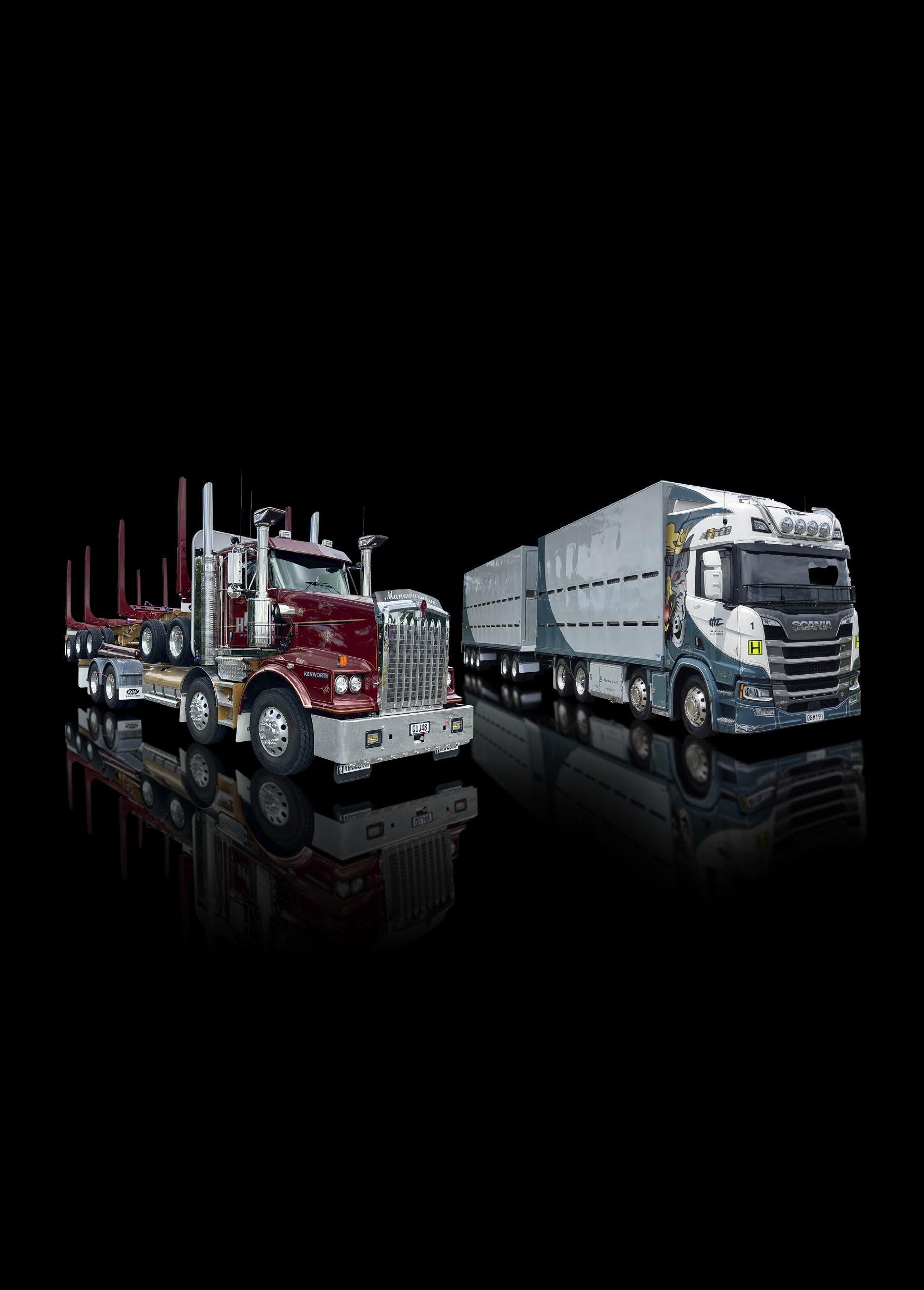


Story and photos by Alison Verran
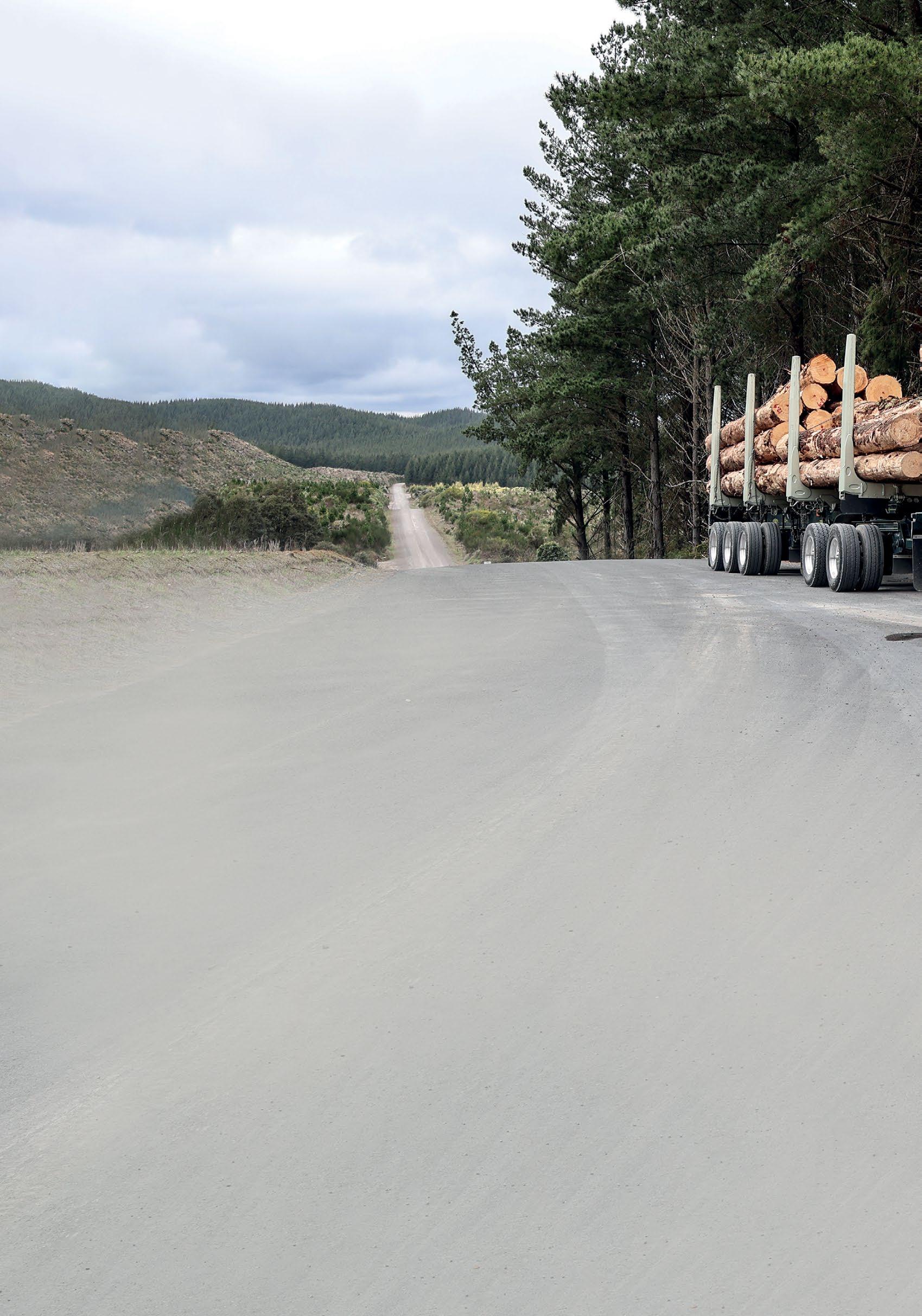
With no shortage of logs to be carted out of New Zealand’s forests, why not use the grunt, comfort and stunning looks of an R770 Scania? Darin Absalom, owner-operator of Triple S Transport in Mt Maunganui, has chosen just that and couldn’t be happier.
Darin Absalom’s R770 is kitted out in the green of Aztec Forestry Transport Developments, with his own touch of a pale accentuation through the centre front, giving an almost 3D look to the grill. Complemented by extra marker lights and a row of low-set driving lights, this unit is trucking eye candy on- and off-highway.
Trucking with Darin towards the Coromandel Peninsula over the WaihīWhangamatā road, we found the 20km of twists and turns on SH25 a breeze, thanks to consistently smooth driving and the Scania’s capability behind the grille. Turning off toward Ōpoutere, negotiating one-lane bridges and the forest’s uneven, winding roads (or maybe we should call them rough tracks) was effortless.
In the dark of early morning, Darin backs up to the loader. This morning’s load is ‘pulp’, the scruffy-looking logs that go to Kinleith Mill at Tokoroa to be chipped for dairy factory boilers.
Heading out of the forest back to the highway, Darin explains some of the features that make his job less demanding. “I have added a Bigfoot central tyre inflation (CTI) system. I can drop the PSI when I’m in the
bush, right down to 20, to give more traction to get out of somewhere that’s not that flash. With the control panel in the cab, as I leave the bush, I’ll start to increase the pressures before we get to the highway.
“I’ve also got the ROR PSI CTI inflation system on the trailer. It keeps the PSI rating even in the tyres. If you get a stone in the tyre and end up with a slow leak, it keeps it inflated.”
The job of alleviating any concerns about log movement goes to the ExTe TU auto-tensioner. “I’ve put them on the truck and trailer bolsters for load restraint. As I’m driving and the load settles, it is automatically tensioning, avoiding having to stop and check the load so often. It also avoids having to use twitches. I do like the way they’ve set it up.”
The ‘they’ that Darin refers to is the team at Kraft Engineering in Rotorua. “I’ve known James Worsnop and Colin King for many years,” says Darin. “I just like what they’re putting out the gate. I like their attention to detail and the way they work with their clients to achieve their goals.
“I’ve had Pacific scales fitted through Kraft as well. I sit in the cab with the control panel and monitor the weights as the loader
driver loads each bay. I call him on the radio and let him know how much more to add when each bay is nearly full. With one bay on the truck and two on the trailer, the controls calculate the total of all three. I can leave the bush and head out onto the highway knowing I’m legal, without using a weighbridge.”
Darin is currently trialling Kiwi tyres on his trailer. “I’ve started with the two worst axles: the second axle of the dolly and the last axle on the trailer. They’re going really well.”
Upgrading his way through the Scania range of potency, Darin has had a 620, 650 and now 770. “There’s no comparison to the 650,” says Darin. “The extra torque and horsepower is out of this world, really. It makes a huge difference. Physically, the truck is the same; it’s just the engine.”
Personalising his rig is important to Darin. “On the outside, I’ve got the tank protection guards, also protecting the muffler, complete with a tow-rope box. I’ve added the driving lights, extra marker lights, drop visor and LED green step lights. Inside, I’ve had the seats re-leathered with more bolstering around the sides and back to make them more like a racing seat. As an extra, I’ve had ‘V8’ embroidered on them!


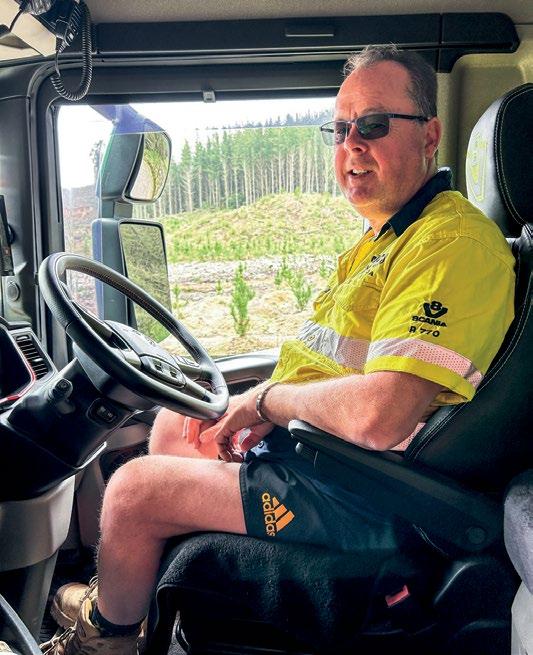
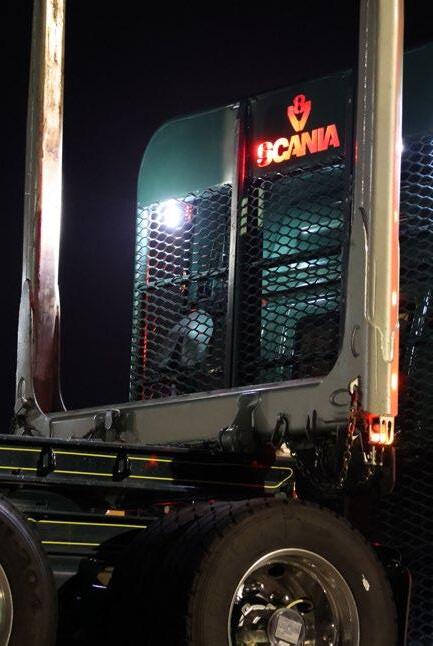

“I chose the rest cab [normal height day cab with 540mm bed] to enable loading longer (8m) logs on the truck. With the smaller cab, I can tow the longer trailer as well, which is capable of holding 12m logs.”
Darin shares his reasons for choosing the 770. “I’ve done this for 37 years now, and I’ve been an owner/driver since 2005. This will probably be my last truck and it’s something I really wanted. It’s my own truck … I don’t like sharing my toys … so I thought why not, just go for it!”
And then there’s the question of what he likes most about his new toy. “Obviously, the quietness and the comfort … the ease of driving with the auto gearbox and add to that the retarder … not wearing out the componentry. The fuel economy is a big feature, too. It adds up to a lot over five years.
“I like the safety features like the airbags in the steering wheel and door pillars. It’s peace of mind on the road. Don’t get me wrong, I love Kenworths, but the Scania is the way to go for the technology and comfort.”
Darin’s trucking career started when he passed his HT licence on his 18th birthday. His passion started long before that. “Dad was a truck driver from when I was in nappies until the day he retired,” says Darin.
Darin’s first job was at J Swap Contractors, then his years at RMD were a career highlight.
“Gary Rorison really looked after his drivers. He was an old-school operator. It was a great family business. Another great boss followed when Mark Sherson took over.”
An owner-driver opportunity later came up with Matt Purvis at Total Transport, based at Mt Maunganui (with Total later being bought out by Provincial, then Linfox). Then came Foodstuffs, with a run from Auckland to Tauranga.
“I loved the bulk work and the freight, but the downside was having to stay away from home.
“A new opportunity came up with Peter Phillips at Aztec. I rate Peter as a top operator – very focused and right up there with safety and innovation.” Darin says Aztec has a great concept to keep trucks moving. “Having ownerdrivers, they’re more motivated to keep the truck working hard.”
Running at nearly 54 tonne gross, the trip home over the Kaimai Ranges was effortless, with smooth, quiet automatic gear changes on the uphill and a super-efficient Scania retarder on the downhill, eliminating brake applications.
If this 770 is indeed the last truck in Darin’s career, he will be a content man as he heads toward (but a while away yet) retirement. He concludes with a special thank you: “To my wife, Kathryn, for all the support and help for getting us to where we are today.”


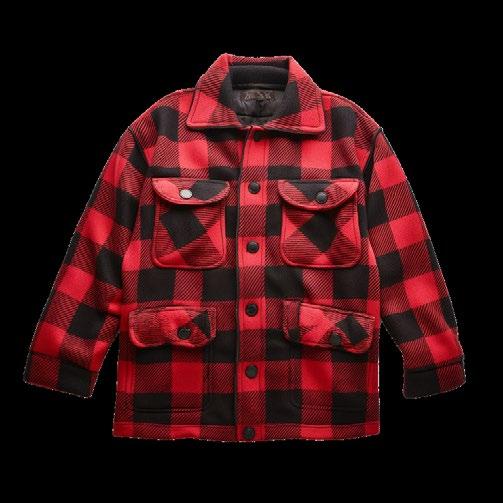


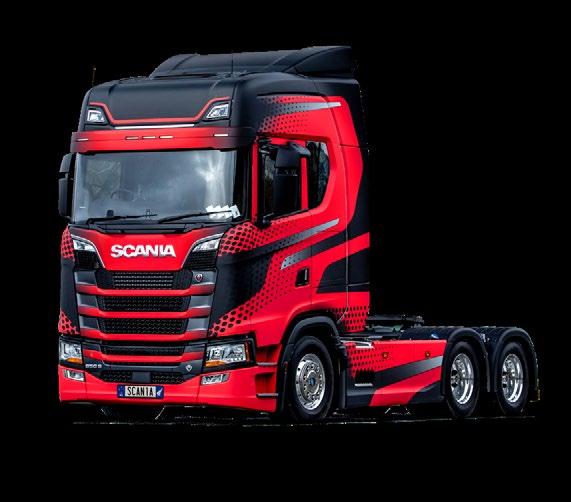
For the second year running the results are in and we couldn’t be happier. Scania has once again been voted the number one* truck brand in the country by the people whose opinion we value the most - New Zealand truckies.
We’re chuffed to have rated highest on all measures, including most preferred, comfort, safety, sustainability, performance, efficiency, service and parts. Thanks again New Zealand. It means a lot.



OPERATOR: Ray Brown, Christchurch
ENGINE: Cummins X-15 15L 429kW (575hp) 2779Nm (2050lb/ft)
TRANSMISSION: Roadranger RTLO20918B 18-speed manual
REAR AXLES: Meritor MT21-165GP with full cross locks
REAR SUSPENSION: Kenworth Airglide 460
BRAKES: Drums. ABS, EBS
Kenworth T610SAR 6x4 rigid –day cab
BODY/TRAILER: Adams and Currie custom tipper truck body with matching four-axle trailer by MTC Trailers Christchurch
FEATURES/EXTRAS: Stainless steel dropvisor, custom LED marker light panels, bug deflector
PAINT: Bairds Collision Centre, Christchurch
OPERATOR: Galbraith Transport, Napier
ENGINE: Cummins X-15 15L 459kW (615hp) 2779Nm (2050lb/ft)
TRANSMISSION: Eaton Roadranger RTLO20918B and 18-speed manual
REAR AXLES: Meritor RT46-160GP
REAR SUSPENSION: International IROS
BRAKES: Drum. ABS
BODY/TRAILER: Transport & General Transport Trailers tipper body
FEATURES/EXTRAS: Ali Arc polished front bumper, stainless steel visor, Premium-Plus interior trim, twin exhaust stacks, CTI, bug deflector, DEF tank cover, LED Beacon
PAINT: Factory
OPERATION: Aggregate distribution throughout the greater Hawke’s Bay
DRIVER: Graeme McClinchie
SALES: Hugh Green
SIGNAGE: Dimension 7 Signs & Graphics, Christchurch
OPERATION: Aggregate and hot-mix duties on projects throughout Canterbury as well as further afield when required
DRIVER: Cody Brown
SALES: Richard Reid
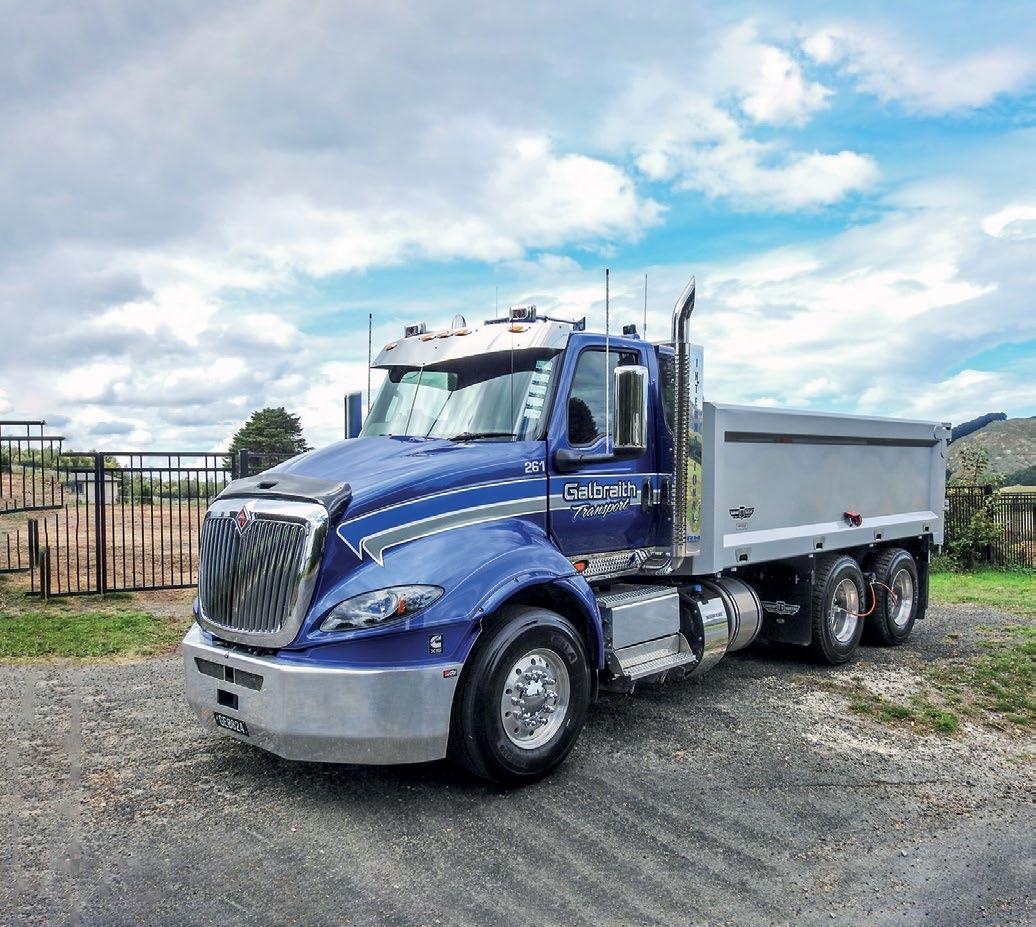


OPERATOR: KAM Transport, Hamilton
ENGINE: FAW CA6DM3 13L 410kW (550hp) 2599Nm (1917lb/ft)
TRANSMISSION: ZF TraXon 12-speed AMT with four-stage Intarder
REAR AXLES: FAW 26K
REAR SUSPENSION: FAW ECAS eight-bag air suspension
BRAKES: Disc. ABS, EBS
SAFETY: ESC, AEBS, LDW, FCW, 360° safety camera
BODY/TRAILER: Company quad refrigerated semi-trailers
FEATURES/EXTRAS: Factory aero kit, cab
IVECO S-Way AS 570 6x4 tractor – high roof sleeper
OPERATOR: Dhillon Transport, Christchurch
ENGINE: IVECO Cursor-13 13L Euro-6e 425kW (570hp) 2500Nm (1844lb/ft)
TRANSMISSION: ZF TraXon 12TX2640 12-speed AMT
REAR AXLES: Meritor MT23-150D
REAR SUSPENSION: ECAS four-bag air suspension
BRAKES: Disc. ABS, EBS
SAFETY: ACC, AEBS, LDW, ESP, ASR, GPS-DA, DAS
BODY/TRAILER: Pulling company six-axle curtain side
B-train
FEATURES/EXTRAS: Leather interior, custom chassis side skirts and covers, additional LED marker lights, Jost sliding fifth wheel, chrome wheel covers
PAINT: CFX Transport Refinishers and Signage
SIGNAGE: CFX Transport Refinishers and Signage
OPERATION: Floating linehaul operations
DRIVER: Dhillon
SALES: Elliot Barnard
fridge, double bunk sleeper
PAINT: Factory
OPERATION: Bulk refrigerated produce throughout the Waikato and Auckland
DRIVER: Scott Gardiner
SALES: Hugh Green
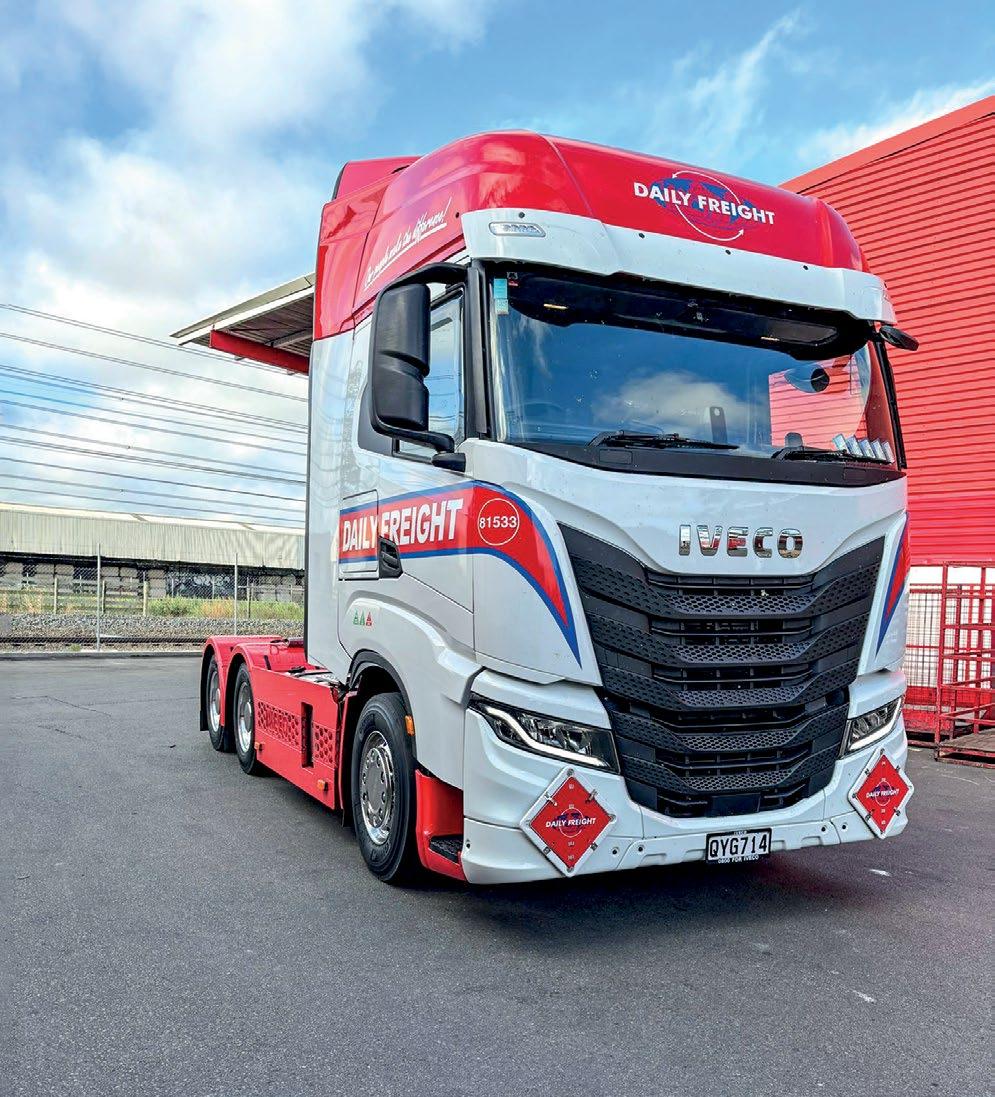

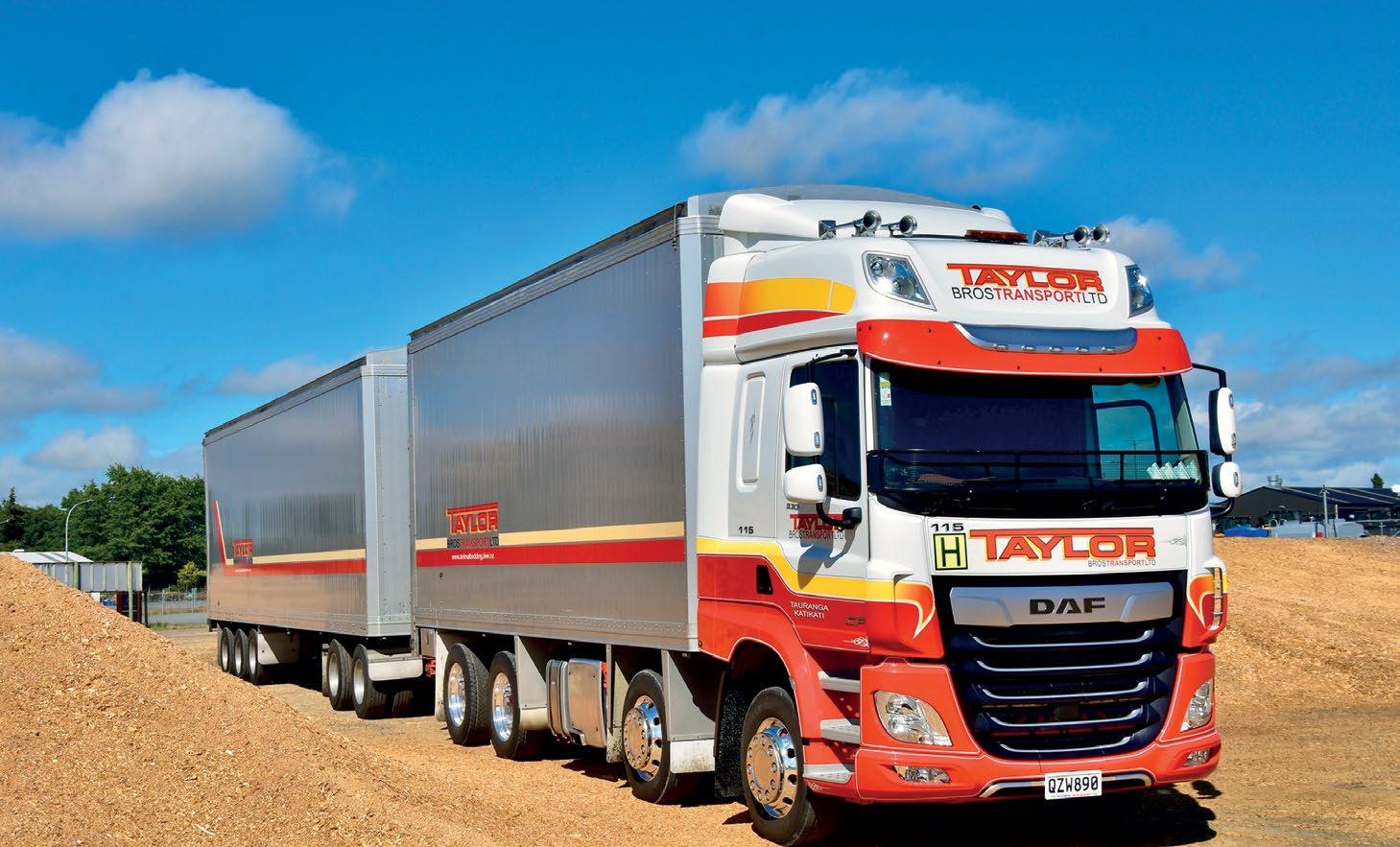
OPERATOR: Taylor Brothers Transport, Tauranga
ENGINE: Paccar MX-13 13L
Euro-6 390kW (530hp) 2600Nm (1920lb/ft)
TRANSMISSION: ZF TraXon
16TX2620 16-speed AMT
REAR AXLES: DAF SR1360T XLFR
with full locks
REAR SUSPENSION: Paccar
eight-bag air suspension
BRAKES: Disc. ABS, EBS
SAFETY: ESP, DAS, ACC, AEB, LCS, LKA
BODY/TRAILER: New bulk chip body and matching five-axle
OPERATOR: Tutill Carriers, Auckland
ENGINE: UD GH11TB 11L 298kW (400hp) 2000Nm (1475lb/ft)
TRANSMISSION: ESCOT-VI 12-speed AMT
REAR AXLES: UD hypoid with cross locks
REAR SUSPENSION: UD eight-bag ECAS air suspension
BRAKES: Disc. ABS, EBS
SAFETY: UD safety suite, TEBS, TECC, ESC, LCS, HSA, SGA
BODY/TRAILER: Truck body build and crane installation by Onehunga Transport Engineering
FEATURES/EXTRAS: Palfinger 19.001 SLD5 crane, painted and detailed rims, stoneguard, sun visor
PAINT: Auckland Truck Spray, Penrose
SIGNAGE: LeSign Service, Mt Roskill
OPERATION: General freight and direct to site crane deliveries throughout the greater Auckland area
SALES: Mike Waaka
trailer by Transfleet
FEATURES/EXTRAS: Right
Weigh scales, Alcoa Dura-Bright alloy rims, fridge, additional LED marker lights, touchscreen infotainment system
PAINT: Fleet Image, Te Awamutu
SIGNAGE: BDS Tinting and
Graphics, Te Awamutu
OPERATION: Bulk wood chip deliveries throughout the North Island from its base in Matamata
DRIVER: Trent Holmes
SALES: Tim Finlay

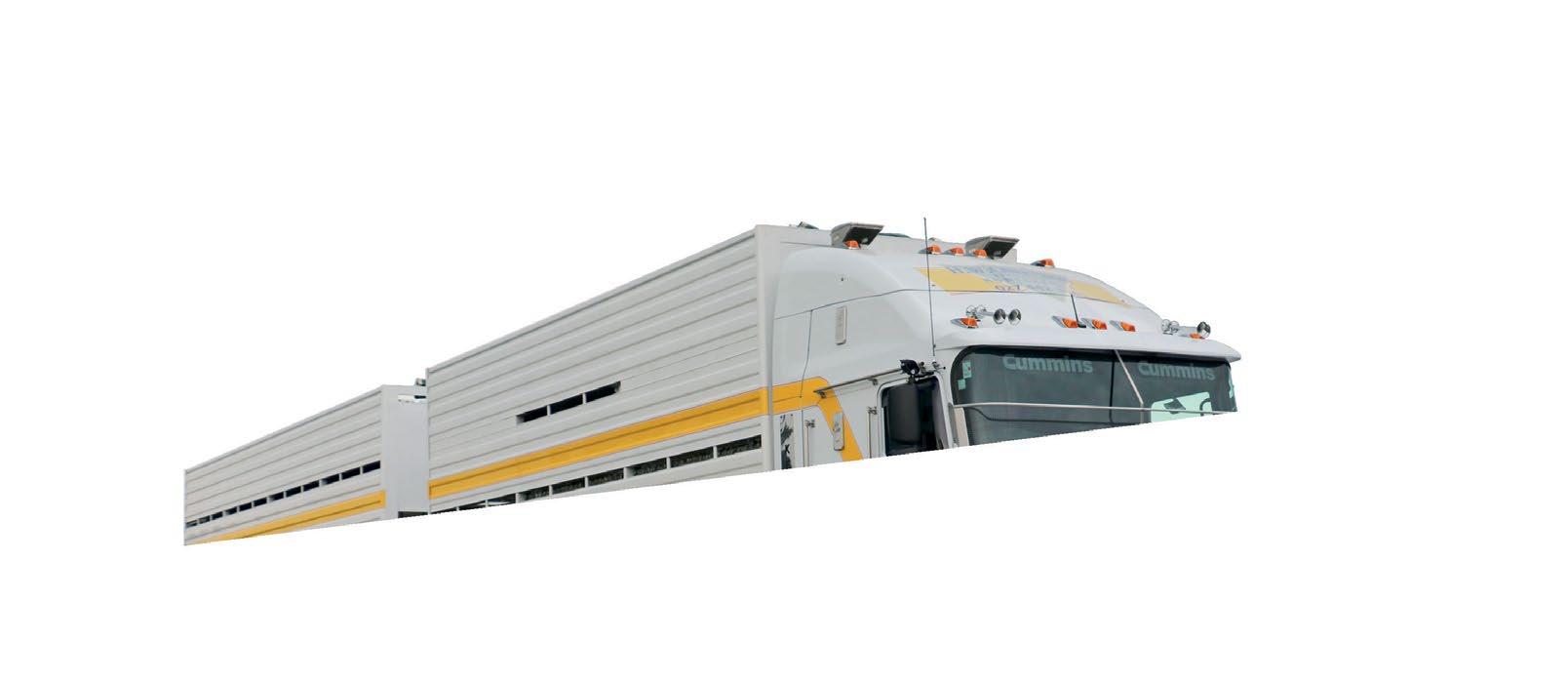

OPERATOR: HW Cavanagh, Hunterville
ENGINE: Cummins X-15 15L 462kW (620hp) 2779Nm (2050lb/ft)
TRANSMISSION: Roadranger
RTLO20918B 18-speed manual
REAR AXLES: Meritor MT21-
165GP with full cross locks
REAR SUSPENSION: Hendrickson PRIMAAX PAX462
BRAKES: Drums. ABS, EBS
BODY/TRAILER: Delta truck deck and stock crate with matching five-axle Fruehauf trailer and Delta stock crate, on
OPERATOR: Golden Bay Cement, Auckland
ENGINE: Volvo D16G 16L Euro-5 447kW (600hp) 2800Nm (2065lb/ft)
TRANSMISSION: Volvo ATO3112 I-Shift 12-speed
REAR AXLES: Volvo RTS2370B
REAR SUSPENSION: Volvo eight-bag air suspension
BRAKES: Disc. ABS, EBS
SAFETY: ESP, DAS, ACC, AEB, LCS, LKA, AB
BODY/TRAILER: Company bulk pneumatic cement tankers
FEATURES/EXTRAS: Stoneguard, cab extension fairings, stainless-steel LED light bars
PAINT: Factory
OPERATION: Bulk cement deliveries throughout the North Island from its Auckland base
SALES: Blair Stapleton
Kenworth K220 8x4 rigid – 2.3m Aero Roof
56t permit
FEATURES/EXTRAS: Full factory aero kit and side fairings, stone guard, custom tool lockers, additional LED marker lights, CTI
PAINT: Factory
SIGNAGE: Custom Art, Fielding
OPERATION: Livestock
movement throughout the country
DRIVER: Jesse Scott, doubleshifted at times by Hamish Cavanagh
SALES: Mark O’Hara


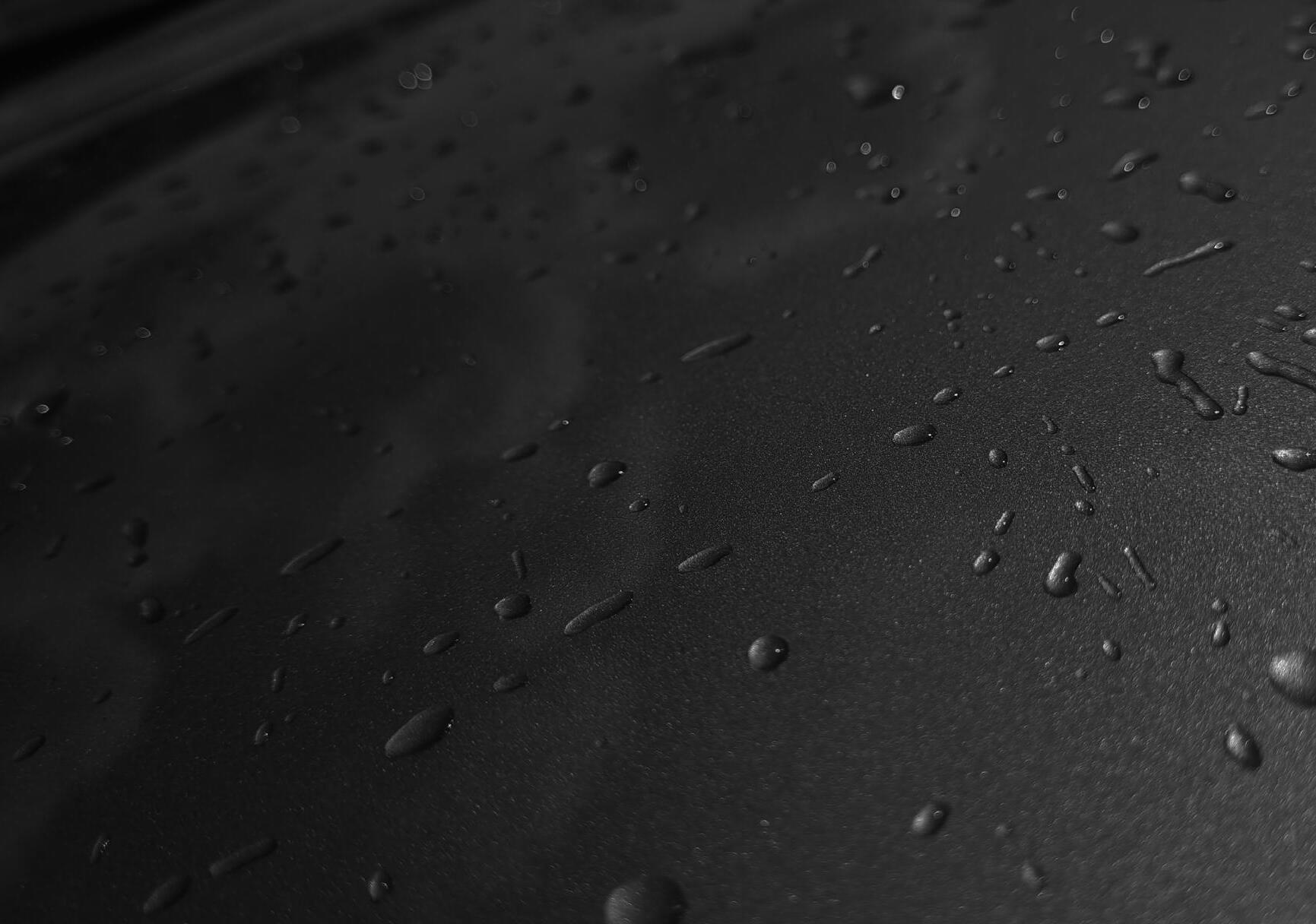
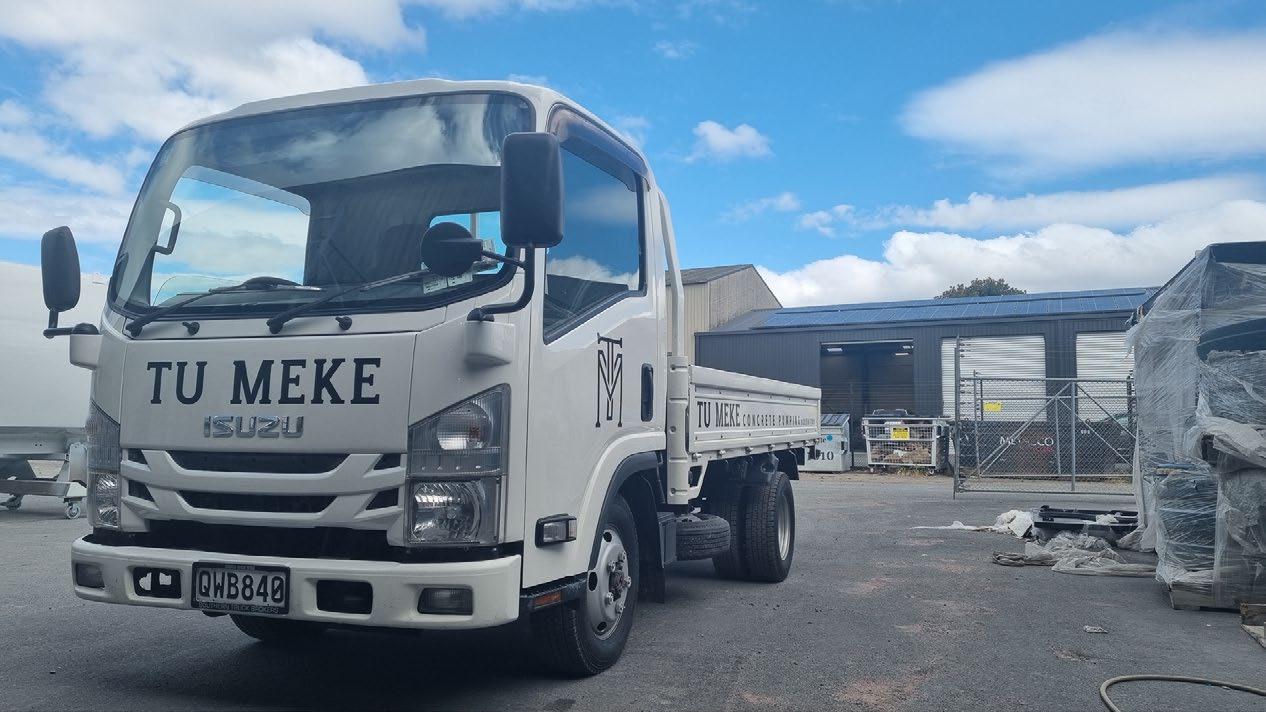































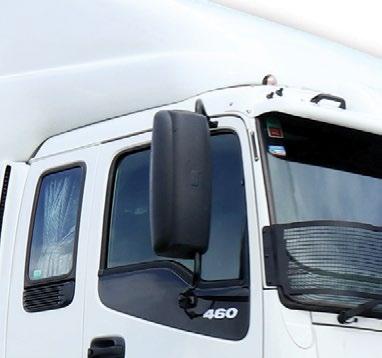
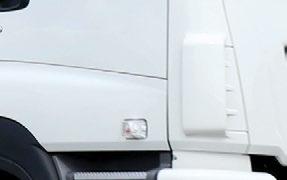







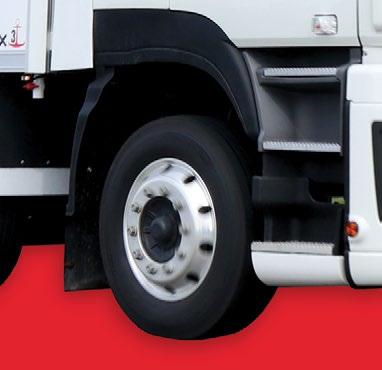




Fairfax’s bonded panel truck bodies deliver the reliability and durability you expect, with exceptional thermal insulation and mechanical strength. Available in a range of ex-stock sizes or custom-built to your needs, these lightweight yet robust bodies are the ideal solution for refrigerated transport.
Non-conductive, high-density polyurethane insulation for superior temperature control.
BUILT TO LAST
Epoxy bonding for rigidity, impact resistance, and corrosion-free durability.
Sizes from 2.4m to 9m, with recessed load restraint track and multiple panel thickness options (40mm to 120mm).
Stainless steel doorframes, anodised aluminium profiles, LED lighting, and high-quality hinges, handles, and seals.


New Zealand has a rich heritage of body and trailer building, and we’re proud to showcase recent examples of Kiwi craftsmanship every month. To feature on these pages, send a photo, features and the manufacturer’s name to carl@nztrucking.co.nz.
New into the Dunedin-based Rohan Haulage fleet is this 18-lock, quadaxle skeletal semi-trailer, fresh out of the TMC workshops of Hornby. Built to handle a variety of container positions, the TMC team has also set up the trailer to accommodate 25ft high-cube GSM containers. Versatility really is the name of the game.
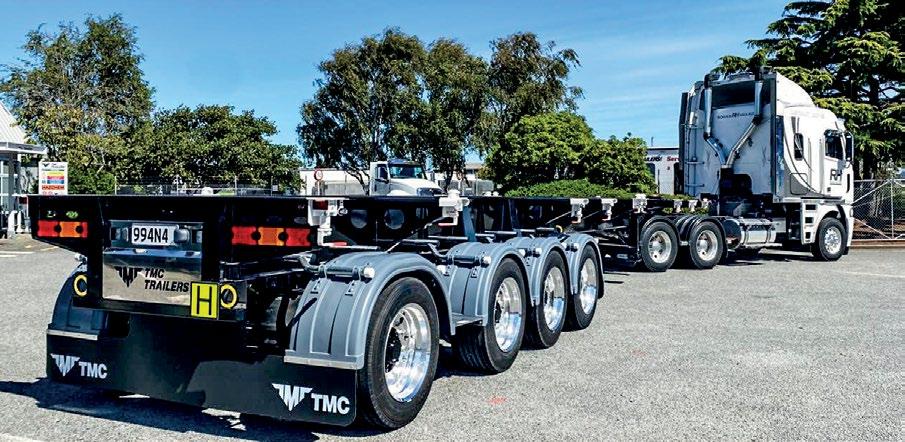
FEATURES: 22.5in super single ROR air suspended axle sets, Alux polished alloy rims, Hella LED lighting package. TMC Trailers, Christchurch

FEATURES: Lodar wireless remote control of the Comeup DV-15 winch, LED safety beacons, AusBinders. Mills-Tui, Rotorua
A recent addition to the TR Group rental fleet is this new 8x4 transporter, with just about as many party tricks as a Swiss Army Knife.
Setting the scene is a main deck at 7.3m in length and constructed from Hardox steel. This is complemented with a pair of double-acting low angle of approach loading ramps, with control switches at the rear of the deck for ease of operation.
Completing the build is a 15,000lb Comeup DV15 recovery winch, as well as Tiger Hooks in the deck, and an abundance of tie-down points within the coaming rails.
Since 1953

Looking for safer and more efficient ways to spread the likes of roading metal has brought about many improvements to the bottom dumper, and at the forefront of these advancements is Transport Engineering Southland of Invercargill.
The new three-axle semi-trailer variant for
SouthRoads demonstrates this perfectly. A body built to handle 19m3 loads, while only standing 3m tall. It is complemented with four 2.2m doors for ease of operation. These are accurately activated by electronically controlled air valves, fed by two air tanks dedicated to door control.

FEATURES: Ringfeder trailer coupling, Rothe Erde turntable, Wabco EBS, Alcoa LvL One polished alloy rims.
Jackson Enterprises, Pahiatua

The
the
Delivering the great professional look of a wheel in combination with significant weight saving benefits and the strength of a quality forged aluminium wheel makes ALCOA Wheels stand above the rest.
FEATURES: Lodar remote-controlled door controls, SAF Intradisc axles and suspension, 22.5in super single alloy rims, Wabco EBS. Transport Engineering Southland (TES), Invercargill
Fresh out of the Pahiatua workshops of Jackson Enterprises is this new bumperto-bumper build for Road Haulage of Te Awamutu.
The five-axle livestock trailer runs SAF modular underslung suspension with matching IMT 17.5in axle sets, assisting greatly with lowering the deck height to help reduce the chance of back rub as much as possible.
A collaboration with Total Stockcrates has topped off the decks, featuring cool additions like powered winches by Razor to operate and position the loading ramps on the truck and the trailer.



1) Those with a keen eye
the company’s machinery to and from projects.

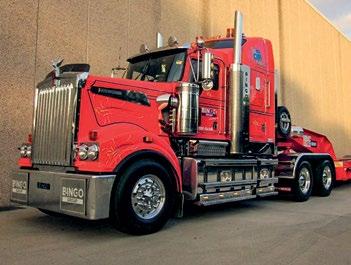
possibly
The Disney character Pistol Pete made his first appearance on the silver screen back in 1925. He was depicted as a big, burly, take-no-prisoners, cigar-puffin’ tough guy – a bit like this month’s inductee into the Million Mile Club. Each month, New Zealand Trucking Media recognises the trucks that have achieved this milestone in the act of carrying the nation on their backs. We'd like to recognise yours too!
No, we have not made a mistake and placed this month’s cover truck into the Million Mile Club, but it sure does look that way. Let us introduce you to The Duke’s older brother Pistol Pete, a 2008 T908. The big Kenworth was ordered new by waste management operators Bingo out of New South Wales, Australia. Built to pull transporter trailers and move the company’s machinery, the T908 was specced with a worked-up C15 Caterpillar, 22-series Roadranger, NeWay heavy-duty air suspension and 46,000lb Rockwell diffs.
From what the records show, the truck
spent the first eight years of its life working in Australia for Bingo and a private owner-driver as a doubles roadtrain side-tipper moving mine ore.
In early 2016, C & R Developments of Hautapu was in search of an addition to its transporter fleet. Through contacts, the company acquired the T908, and in August of that year, it arrived at the Port of Auckland. A new fully oscillating 90mm turntable with scales was fitted and it was off to work.
The truck soon proved itself at the coalface with the tweaked C15; it was estimated that it was producing well over 700hp at the wheels,
and the performance with 100 tonne or so in tow seemed to confirm this. Unfortunately, all good things come to an end, and it was at about 950,000km where an in-frame rebuild was required.
“It still goes good, but not quite as good as it used to go; they definitely had worked some magic on it back in Australia that’s for sure,” says Murray ‘Muzz’ Peake. Muzz has driven Pistol Pete since its arrival in the C & R Developments fleet, but now, as Muzz shifts over into The Duke, the tiller of Pistol Pete has been handed over to an elated Cameron Shayler.
“It has been a great truck for the company, and a real pleasure to drive. As for reliability, yes it has had an in-frame, a gearbox replacement and the diffs have been rebuilt, but you have to put that in perspective, as it regularly goes down the road at twice the GCM of most highway rigs, so you definitely can’t complain about that,” Muzz explains.
Yes, with that in mind, it is our honour to welcome ol’ Pistol Pete into the club. Wellearned, mate.


Contacts:

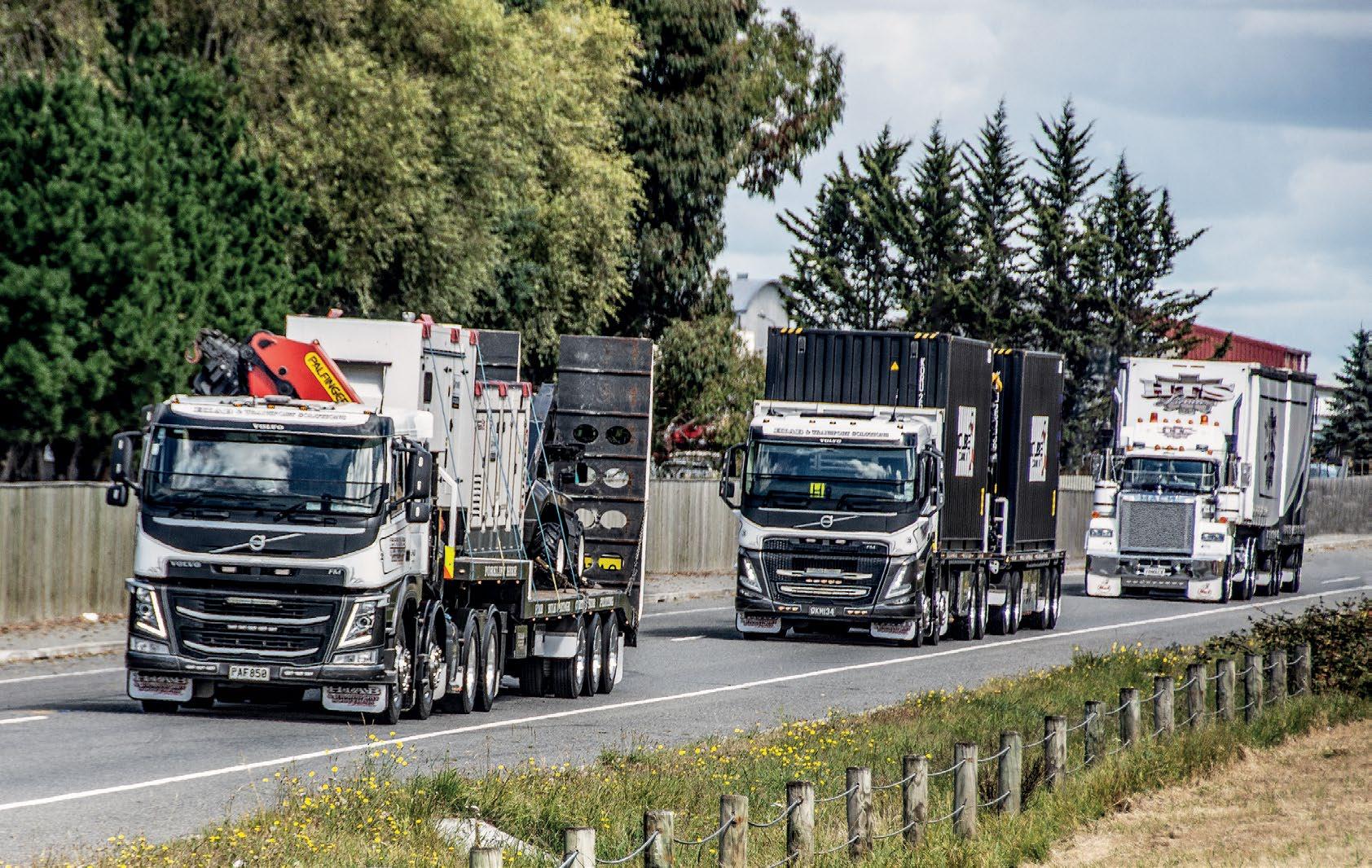
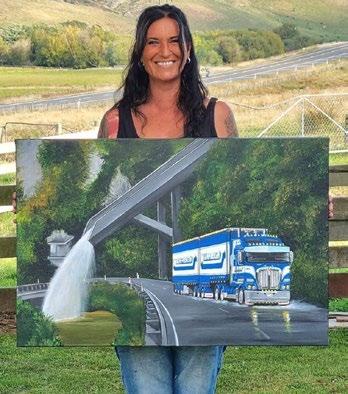
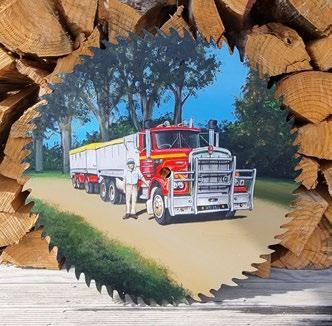
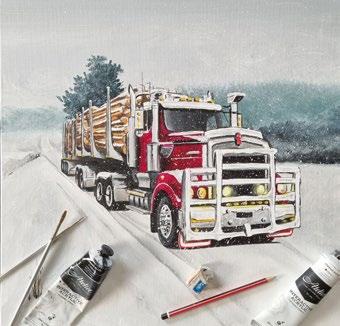



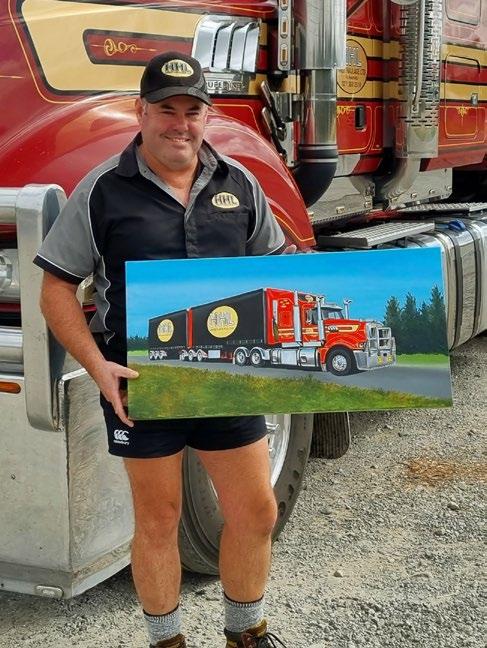



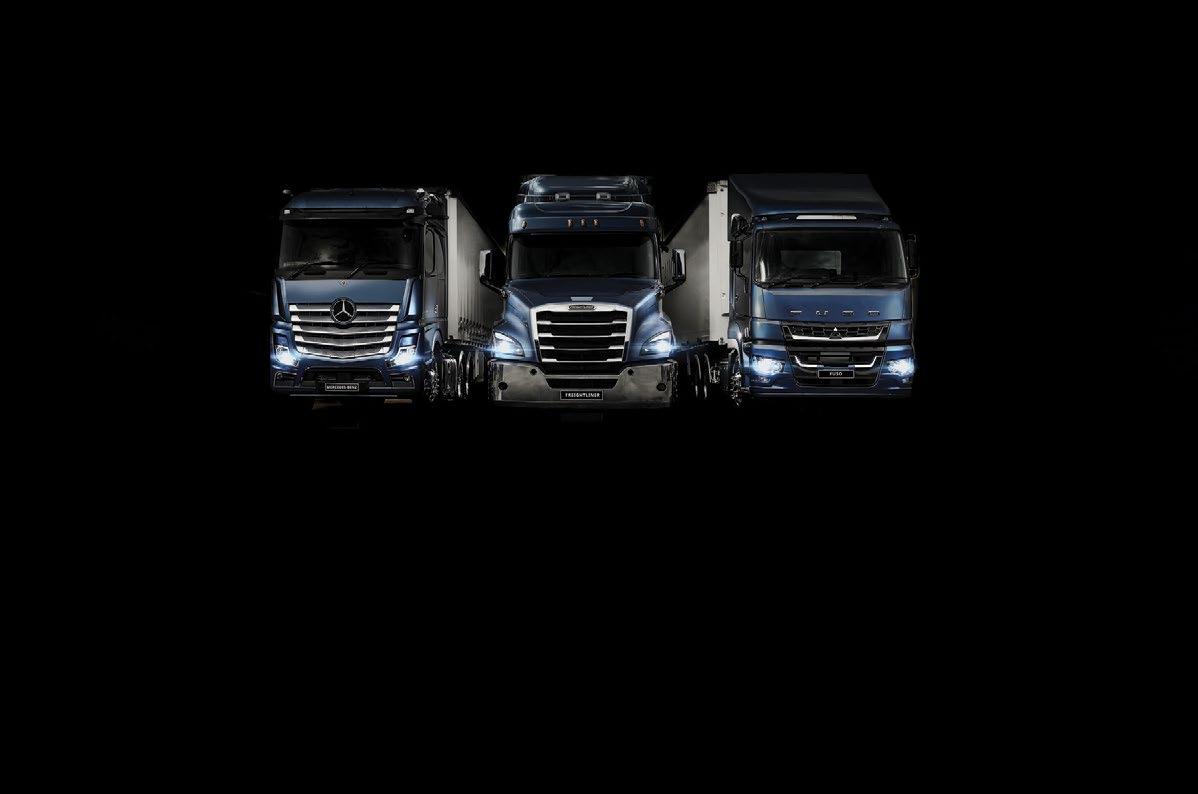
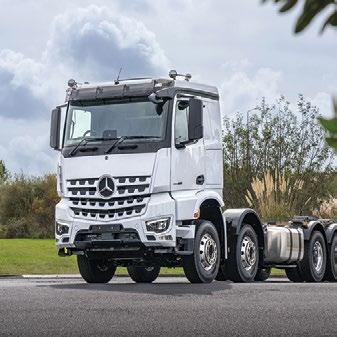
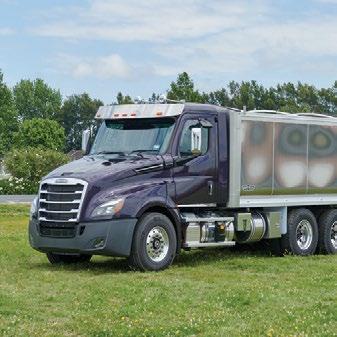

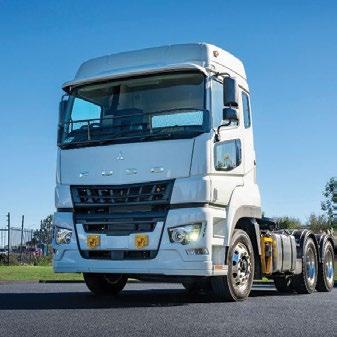

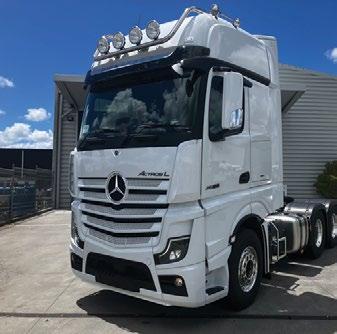
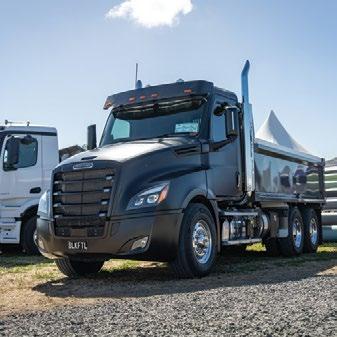
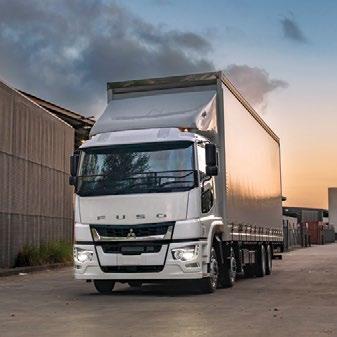



Story by Will Shires
Photos by Gavin Blue
A 1200km trek into the Australian Outback, a 36.5m roadtrain, 100-plus tonnes of explosive, 50°C heat ... In this first of two parts, Will Shires swaps Blighty for the Outback and asks, what could possibly go wrong?


Australian truck driver Brinley Lewis earns a six-figure salary but works for every penny. His hours are brutal, his truck is enormous, and he dodges kamikaze cattle while hauling cargo that, if something goes wrong, could scatter his fillings across the Outback. Before you consider heading down under to ease Australia’s driver shortage, read this first.
Our 1200km one-day journey (yes, you read that right) starts in Perth. We’re heading north to Newman, a remote mining town in the middle of nowhere. And to get there, we’ll be driving through a whole lot of nothing. Before we jump into the passenger seat of Brinley’s Volvo FH16 780, a Volvo rep gives us a stark warning about the cargo. We’re hauling about 100 tonnes of ammonium nitrate to the iron ore mines. It’s an explosive – when mixed with diesel – and while accidents are rare, when they do happen, they happen spectacularly.
But we’re in safe hands. Brinley has 34 years of trucking experience, including 20 years piloting road trains and 14 years with his current employer, Cropline Haulage. In that time, he’s never had an accident, a record he wears with pride.
With a history stretching back over 80 years, Cropline Haulage has a reputation as one of
Western Australia’s most trusted transport operators. Specialising in bulk haulage for the agricultural and mining industries, the company runs a fleet of about 200 trucks from its bases in Perth and Port Hedland, ensuring vital supplies reach some of the most remote parts of the state. From the vast Wheatbelt to the Pilbara’s rugged terrain, Cropline’s drivers cover huge distances, helping to keep Western Australia’s industries moving.
The fleet is dominated by American and European heavyweights, with a growing number of Volvo FH16s joining the ranks alongside long-serving Kenworths and Macks. Cropline’s commitment to safety and efficiency has made it a key player in the state’s freight sector, with a focus on innovation and investment in modern equipment.
So, with confidence, we climb into the FH16 780 Globetrotter XXL, our home for the next 17 hours.
The 8x4 tractor unit is a Volvo Trucksowned test mule – the first 17L FH16 to enter active service in Australia. The Euro-6 truck joined Cropline’s fleet last October and has been working hard ever since. Previously, 700hp (522kW) was the highest output available from Volvo in Australia, but that’s just changed. A week after our
visit, the very first Australian-built FH16 780 was handed over to a customer.
The combination is a C-train, comprising a semi-trailer with a turntable (converter dolly) attached to its rear, which connects to another dolly, followed by two additional trailers. The belly-dumper trailers are manufactured by local bodybuilder Bruce Rock Engineering. At 36.5m long, this is about as big as a truck can be to operate within Perth’s city limits legally.
As we pull out of Cropline’s yard, I’m staggered by just how long it is, and how well it tracks.
“If we were to add a fourth trailer on the way, it would follow just as well,” Brinley says as we head out of the industrial estate and into the heavy morning rush-hour traffic.
It’s been an early start, and we’ve yet to grab any breakfast, let alone our first caffeine fix of the day. I tentatively ask when we’re likely to make our first stop and am stunned by the response. “I’m required to take a 30-minute break every five hours,” he explains. “So, you’ll be able to grab a coffee then.”
Shocked by the rules governing drivers’ hours, I press him for more information. What I discover is that Western Australia has its own set of regulations, distinct from the rest of the country. Brinley is allowed to drive up to 17 hours a day, but only if he takes a 30-minute
There’s always something bigger on the move!

break after every five hours behind the wheel. He can follow this schedule for up to 12 consecutive days, after which he must take at least two full days off to rest. All driving activity is recorded manually in a logbook.
It sounds like a gruelling schedule, but the reality is that these regulations are designed to balance productivity with safety. And though Brinley can work for 17 hours in a single day, he’s also required to take at least 10 hours off before starting again, ensuring he’s properly rested in between shifts.
Like the rest of the Cropline fleet, the FH16 is equipped with an aftermarket drowsiness detector, which vibrates the driver’s seat if it detects a lapse in concentration. Brinley explains that if he ever feels fatigued, he simply pulls over at one of the expansive laybys that line the route every 50km or so. “Good companies like ours don’t push their drivers,” he says. “They’re more concerned about us taking our breaks than not taking them. If I pull over because I’m tired, they never question it. Sometimes, just walking around the truck is enough to revive me.”
Brinley is a big fan of European cabover trucks, preferring them to American conventionals, which he describes as “rough and uncomfortable” in comparison. Volvo, however, is his marque of choice, and this FH16 stands out as the best example he’s ever driven. “I just hope my employers buy some,” he adds, his admiration clear as he praises the truck’s spacious interior. “There’s so much room in here, and once I close the curtains, it’s like being in a hotel room. I sleep better in here than I do at home,” he admits.
As we leave the city behind, we begin to
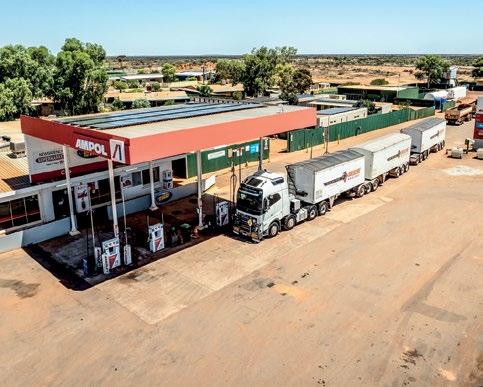
At 36.5m long, this is about as big as a truck can be to operate within Perth’s city limits legally.


tackle some serious inclines. “This is where the new 17L really shines,” Brinley says, just as the I-Shift transmission suddenly drops a couple of gears pre-empting a particularly steep climb. The speed limit on this route is 100km/h (110km/h for cars), but we’ve dropped to 46km/h for this particular hill. “It will have to work a lot harder on Bindoon,” he adds when I comment on how nice it is to hear an FH16 actually working hard finally. And he’s not wrong. Bindoon Hill is even steeper, and Brinley manually holds sixth gear as the truck’s fan kicks in, maintaining a steady 26km/h. “My friend drives an FH16 600, and he’d be down to 19km/h by now,” Brinley reveals. Incredibly, some operators even run small roadtrains
with as little as 373kW (500hp). “I think it’d be quicker to walk,” he laughs. What goes up must come down, and the FH16 handles the descent with poise. The engine brake isn’t quite strong enough to maintain a safe speed, so Brinley dabs the service brakes occasionally. It’s easy to see why these hills are equipped with safety run-off lanes. As we approach one of the climbs, a pickup truck towing a caravan pulls out in front of us and shows no urgency in picking up speed. When you’re running at 113 tonnes, being baulked like this presents a significant challenge, even with 581kW (780hp) and 3800Nm (2802lb/ft) of torque at your disposal. “The standard of car driving is
getting worse all the time,” Brinley grumbles. “Anyone can get a 4x4 and slap a trailer on it. It’s terrible along here in June and July when pensioners head north to chase the sun.”
Aside from the pickup truck, whose driver has since woken up and put his foot down, we see little traffic. It’s mainly just heavy trucks heading south – roughly a 50:50 mix of European and American models, with Volvos and Kenworths dominating the scene. There are a few artics on the road, but most traffic consists of three-trailer C-trains like ours. Brinley tells us that later in the day we’ll see quads, which can stretch up to 53.5m in length. He’s shocked when he learns that the UK has a 44-tonne weight limit, and even more surprised to discover how many tractors in the UK have over 373kW (500hp) for what he considers such a low GVW.
About 300km northeast of Perth, we arrive in Wubin, a small town with a population of just 90, in the heart of Western Australia’s wheatbelt. Here, we find a vast truck park, where Brinley explains he would normally add a fourth trailer. The location is well chosen, being far enough from Perth to avoid any steep climbs.
Under normal circumstances, Brinley and a colleague would travel here in convoy in C-trains, with a “dog-runner” carrying two full trailers following them. Once at Wubin, the dog-runner would drop these trailers, and add them to the two C-trains to create fourtrailer quad combinations. This would bring the GVW up to 147 tonnes, increasing the total length to 53.5m. The dog-runner would return to Wubin two days later to collect the empty trailers on their return journeys, so the three trucks can legally head back to Perth.
When I express amazement at the sheer dimensions, Brinley reveals that in the mines, even longer combinations are common. “Sometimes, they run quins, five-trailer combinations, that gross out at 300 tonnes,” he tells us. “Now those are definitely big jiggers.”
Adding a fourth trailer isn’t as simple as hitching it to the back of the combination.
“First, you have to drop your back trailer and pull forward,” Brinley explains. Then, the dog-runner’s trailer is attached as the third, and the entire combination is reversed
“Sometimes, they run quins, five-trailer combinations, that gross out at 300 tonnes. Now those are definitely big jiggers.”
so the back trailer can be reconnected. I’m stunned at the thought of reversing something with so many pivot points. “I love reversing,” Brinley grins. “Anyone can make it go forwards, but it takes a long time to master reversing. Two trailers are a piece of cake, and I can reverse three for a little bit, but four is impossible. There’s a bit of a contest amongst us – some of the boys can’t do it at all.”
The heavy combination test, which allows heavy rigid or heavy combination licenceholders to upgrade to longer vehicles, includes a reversing element. However, it only requires drivers to reverse a B-double for 80m – a far cry from the reality of handling a fully loaded roadtrain in the real world.
“Passing your test doesn’t make you a good driver,” says Brinley. “That rear trailer can move around a lot, and it’s really daunting when you first start.”
In fact, our third trailer is shifting slightly right now, a consequence of the rough road surface, but Brinley remains unfazed. “These trailers are really stable, but some older ones can get a proper wobble on. If that happens, the key is not to panic. You just ride it out and use the trailer brake to slow yourself down,” he explains.
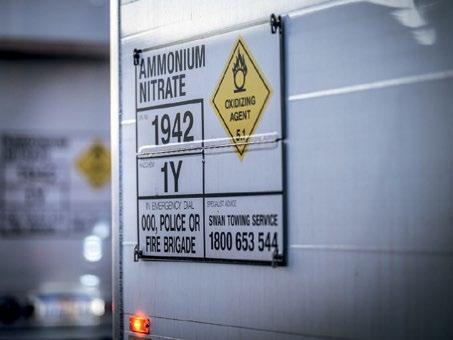
directly into his path. Every so often, we spot skid marks leading off the tarmac and into the bush, silent reminders of mishaps. “They’ll normally make up an excuse rather than admit they were catching some zzzs,” he adds. To eliminate any doubt, all Cropline trucks are equipped with driver-facing cameras, ensuring fatiguerelated incidents don’t go unchecked.
Of course, accidents do happen, and Brinley has seen some horrendous crashes over the years. Most, he reckons, are caused by fatigue. He himself was once run off the road by a sleeping driver who veered
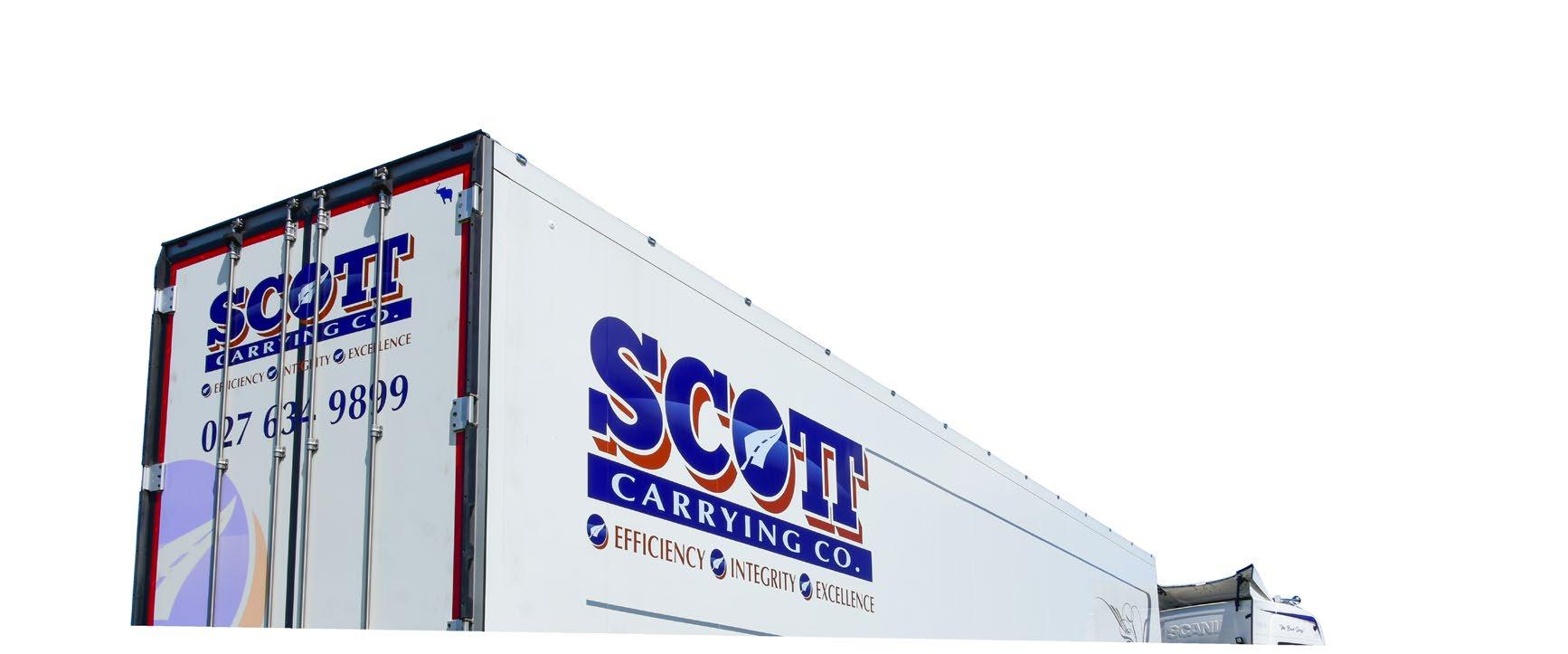

With every fully electric S.KOe COOL semitrailer TrailerConnect® telematics is on board.
In the event of an accident or breakdown, the truck is equipped with a satellite phone. For most situations, though, the two-way radio is sufficient. All trucks, along with much of the non-commercial traffic, are tuned into Channel 40. “There’s a good community out here, and everyone lends a hand,” says Brinley. A perfect example of this camaraderie is when a truck suffers a puncture, an unavoidable reality with up to 112 tyres on a roadtrain and summer temperatures reaching more than 50°C. All drivers are well-versed in changing their own wheels, with most carrying a rattle gun in their toolbox. “It just makes it so much easier if two people do it,” Brinley adds.
Your advantages are:
All S.KO semitrailers are equipped with TrailerConnect® telematics as standard. You have immediate access to the Schmitz Cargobull telematics portal and apps beSmart as well as beUpToDate.
With every fully electric S.KOe COOL semitrailer box TrailerConnect® telematics is on board.
Your advantages are:
With every fully electric S.KOe COOL semitrailer TrailerConnect® telematics is on board.
- Intelligent dispatching that optimizes tours and on-time delivery while avoiding empty runs.
All S.KO semitrailers are equipped with TrailerConnect® telematics as standard. You have immediate access to the Schmitz Cargobull telematics portal and apps beSmart as well as beUpToDate.
It’s mid-morning now, and the truck’s exterior temperature gauge reads 30°C. My stomach growls loudly enough for Brinley to notice. “Only a few more miles now,” he says with a grin. We’ve been on the road for nearly five hours, covering about 450km.
All S.KO semitrailers are equipped with TrailerConnect® telematics as standard. You have immediate access to the Schmitz Cargobull telematics portal and apps beSmart as well as beUpToDate.
- Reduction of process costs for trailer availability, capacity utilization and personnel deployment.
Your advantages are:
Next month, Will learns about Brinley’s cow cam, encounters an 8.5m-wide load, and marvels at the scale of the Outback.
- Efficient fleet management with real-time information on actual state of the fleet.
- Higher trailer availability - proactive maintenance minimizes downtime and breakdown.
- Intelligent dispatching that optimizes tours and on-time delivery while avoiding empty runs.
- Intelligent dispatching that optimizes tours and on-time delivery while avoiding empty runs.
- Reduction of process costs for trailer availability, capacity utilization and personnel deployment.
With every fully electric S.KOe COOL semitrailer box TrailerConnect® telematics is on board.
Your advantages are:
- Reduction of process costs for trailer availability, capacity utilization and personnel deployment.
- Efficient fleet management with real-time information on the actual state of the fleet.
- Higher trailer availability - proactive
and breakdown.
All S.KO semitrailers are equipped with TrailerConnect® telematics as standard. You have immediate access to the Schmitz Cargobull telematics portal and apps beSmart as well as beUpToDate.
- Efficient fleet management with real-time information on actual state of the fleet.
- Higher trailer availability - proactive maintenance minimizes downtime and breakdown.
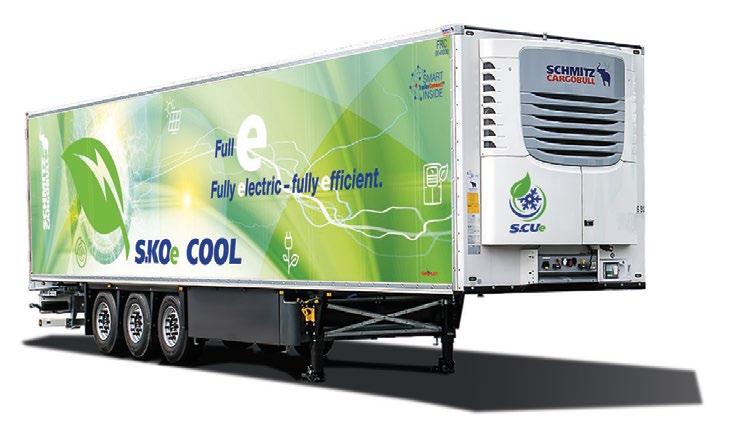

- Intelligent dispatching that optimizes tours and on-time delivery while avoiding empty runs. *




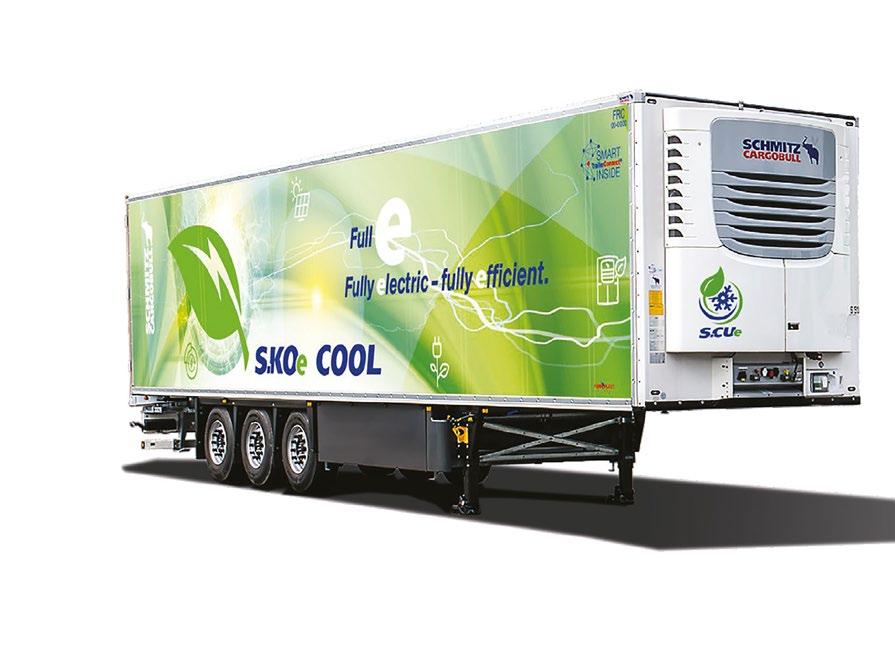




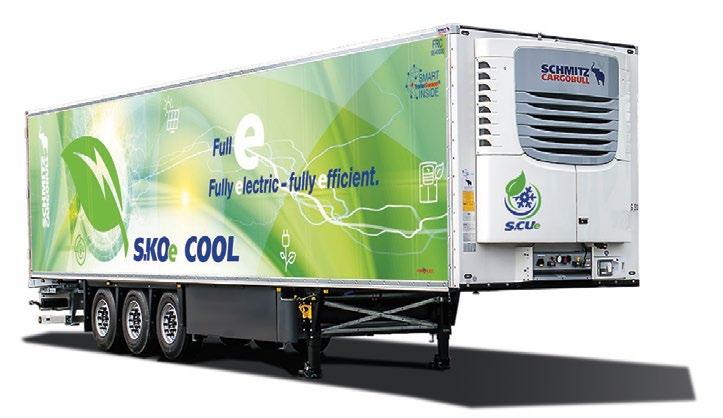





Story by Niels Jansen
Photos Rob Dragt, Jan Houffelaar, Broshuis
Dutch specialist trailer builder Broshuis recently celebrated 140 years of operation with an all-in event showcasing some of its and its partners’ products.
Europe has many long-standing trailer builders renowned for their high quality and innovative products globally. One of them is Broshuis from Kampen in the Netherlands. Last January, the company celebrated its 140-year jubilee. Established in 1885 as a family firm in the town of Muiden, it started building semitrailers for special and oversize transport in 1924. An all new 5000m2 factory was set
up-in 1962 in the town of Kampen.
Since then, this factory site has grown to a total ground space of 100,000m2. About 1000 custom-built trailers leave the facility each year. A workforce of 500 men and women are active daily, producing highquality trailers, fully designed and fabricated in-house. This is all done in one location to guarantee the highest standard of build.
Trailers are built for different applications, such as the construction industry, infrastructure, wind turbine energy, transport of mobile houses, sea containers and other oversized or overweight commodities.
Interestingly, as proof that the Dutch products are up to a very high standard, between 2019 and 2022, Broshuis received
orders to deliver over 600 EHETs (extra-heavy equipment trailers) from the US Defense Department.
Following this, just a year ago, the family firm received another major order from the Americans for 557 METs (medium equipment trailers). These two-plus-four PLZ dolly lowbed trailers, with oscillating axles, are to be delivered between 2026 and 2031. In total, nearly 1200 trailers, including prototypes, will be shipped to the US.
Some of this impressive defence equipment and nearly 100 civilian special transport trailers could be seen at the recent Broshuis event. Almost all heavy haulage combinations were presented coupled to a prime mover with a matching load on the trailer, which was nice for the visiting truck buffs. Most heavy-truck importers had a stand, as did several important component manufacturers. In addition, the ancillary industry and other partners involved in producing the trailers – think safety, quality and innovation – were also present. And, of course, everybody could look inside the factory halls.
An important selling point of the Dutch trailers is the high quality of the products, with certification including ISO 9001, ISO 14001 and AQAP 2110. Using modern computer technology, Broshuis has also managed to build heavy-duty trailers that are now 15% lighter than in the past, importantly, without losing structural strength. In recent years, its best-sellers to the transport industry have been rear-steer, wide-spread, semi-low loaders with ninetonne capacity axles.
Oversize and overweight haulage has always been an attention grabber on the road. The Broshuis event was the perfect place to watch all this impressive rolling stock from up close. No wonder the day attracted several thousand visitors. And best of all, you could admire it all with a free drink and a sausage bun in your hand. How’s that for promoting your product?

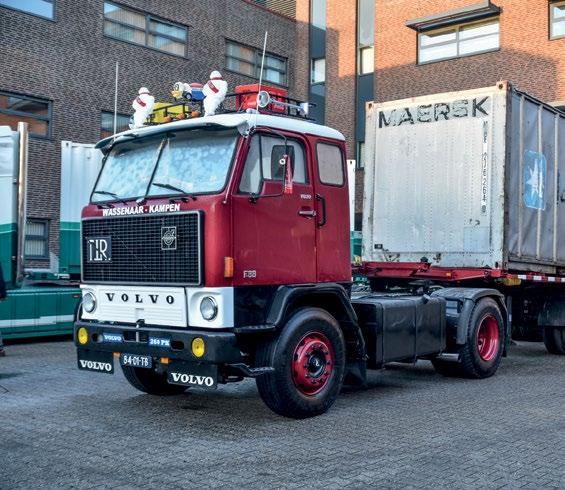

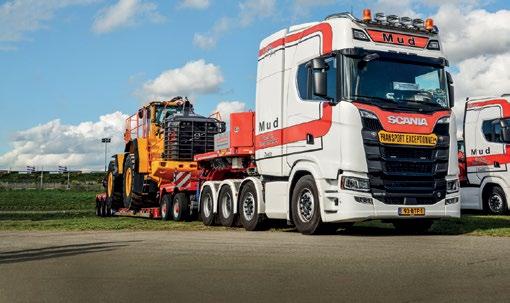
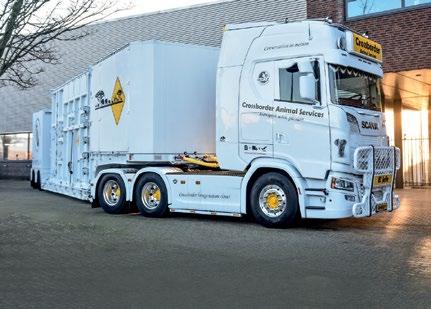

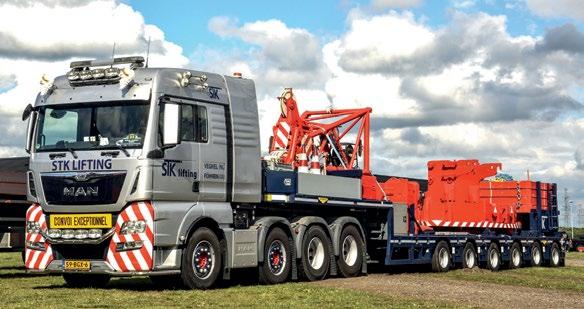
Since 2019, Broshuis has received orders from the US Defense Department for the delivery of about 1200 low-loader trailers.
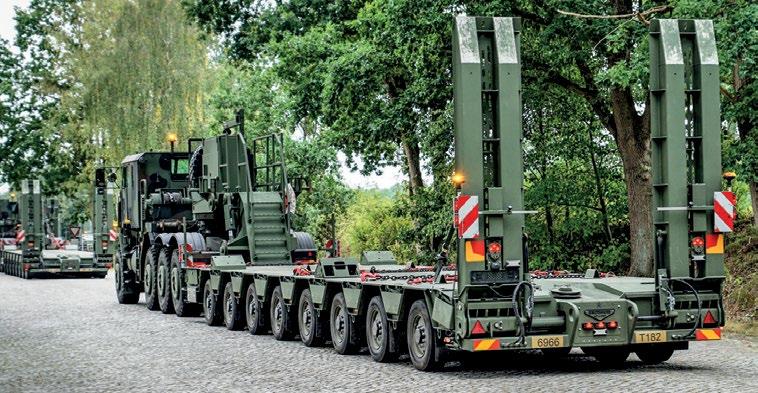
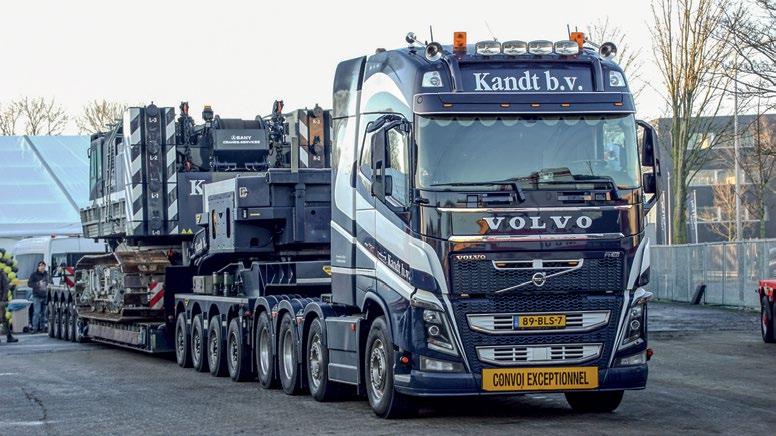
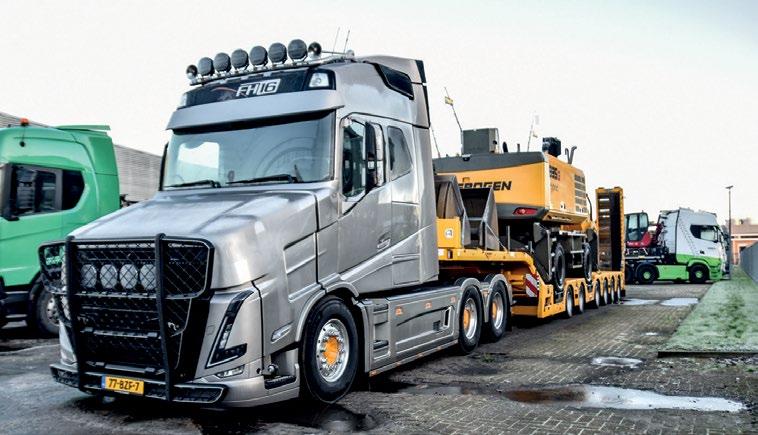
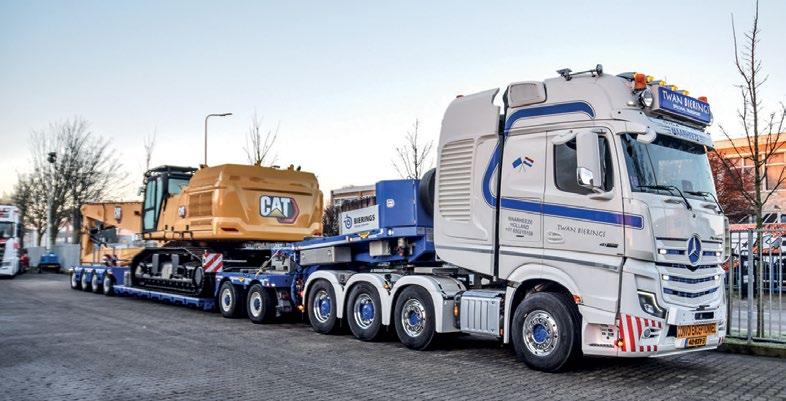

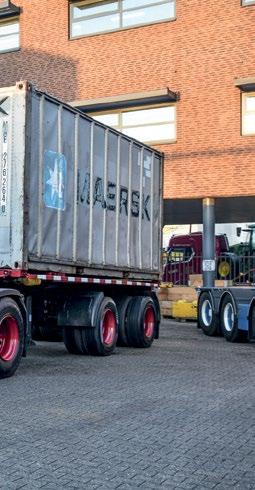


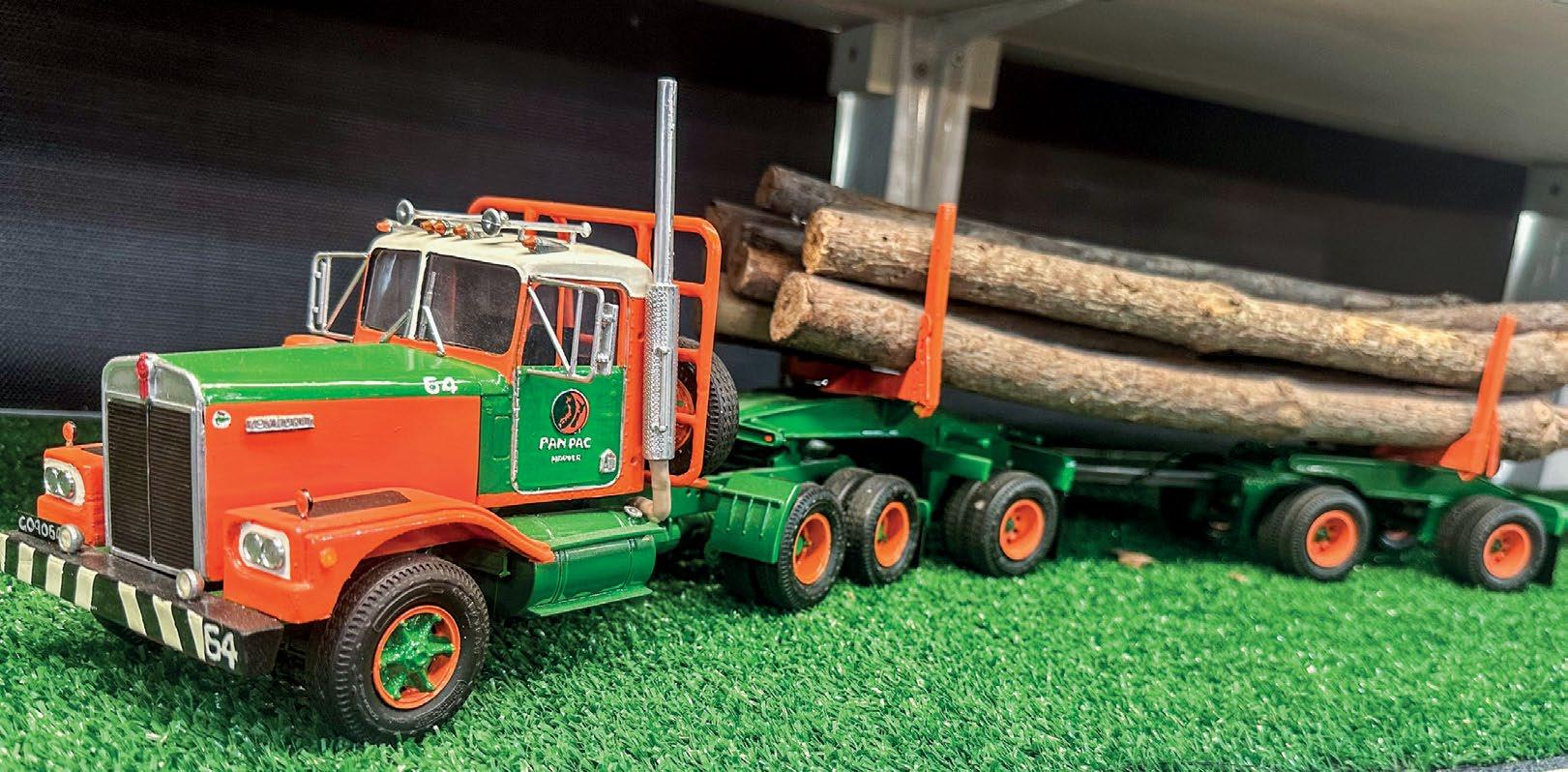


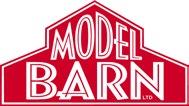
Story by Carl Kirkbeck
Photos by Matt Barraclough
Childhood memories can last a lifetime, and this month’s feature builder certainly has many to draw upon having grown up in and around the loggers operating out of the Pan Pac mill at Whirinaki.
Matt Barraclough most definitely has sawdust in his DNA. Growing up with the Pan Pac mill just down the road in Whirinaki had a profound impact on the young lad. So much so that he himself ended up as a contractor there for many years, and is now employed by the organisation as a dispatcher.
“In my younger years, growing up around the Pan Pac trucks, I was in awe of them and the drivers that drove them. Later in life once I started my own driving career, I got to work alongside the guys that drove

those trucks, and built lifelong friendships with them. They were all gentlemen to work alongside,” says Matt.
“Building the model trucks is a way for me to celebrate these memories. It’s like when I have finished one, I put photos up on Facebook, and people start commenting ‘that’s right, I remember that truck’ or ‘I remember the fella that drove that one’. That’s cool, that’s where I get a buzz out of it, standing back and seeing the pleasure it brings people, and seeing them enjoy the memories as well.”
Many makes and models
were adorned with the famous orange, green and white Pan Pac livery over the years, and Matt has now replicated many of these in 1:25th scale. Starting with Matt’s butterfly bonnet LW Kenworth with single-axle dolly and jinker, it is a fantastic representation of the very first Kenworths into the fleet in the early 1970s. It is all about the proportions, and Matt has carefully calculated this from early photos and drawings. Shortening the chassis to the correct wheelbase, and scratchbuilding the dolly and jinker, Matt has certainly hit the nail on the head with this one.
Looking at the K100E Kenworth and the Mack UltraLiner, Matt has taken these projects to another level. The cab of the K100E is a resin cast, and apart from this and the wheels, the rest of the rig is 100% scratch built. As for the Mack Ultra-Liner, it is very similar, again using an aftermarket resin cab and an R-model Mack chassis as the backbone.
“I like to build them so that they operate pretty much as the real trucks did; like the bolsters fold, turntables rotate, and on the multi-bunk trailers, you can slide the bolsters in and out. It adds that detail and realism. It is a lot of scratch-building but it’s definitely worth the extra work,” says Matt.
We could not agree more; scratch-building is a tonne of fun. With a little imagination, it allows you to replicate those trucks from your childhood memories that you cannot purchase over the counter, something that Matt has vividly displayed to us here.
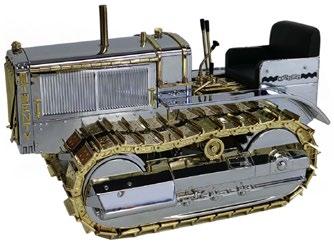



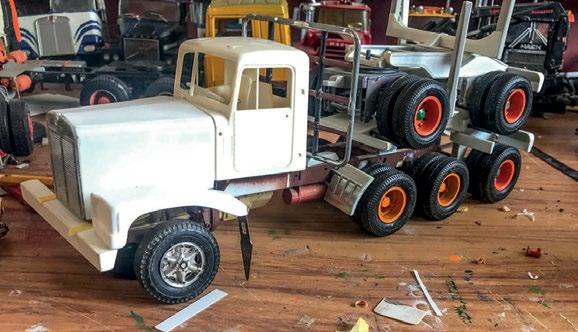
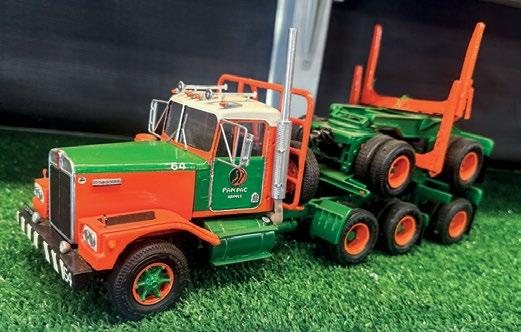
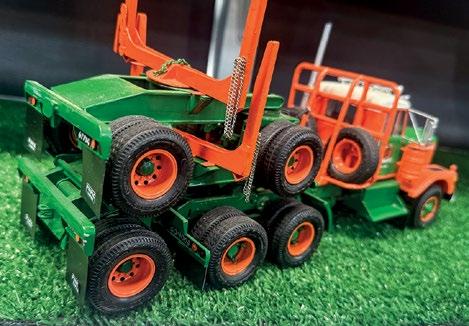



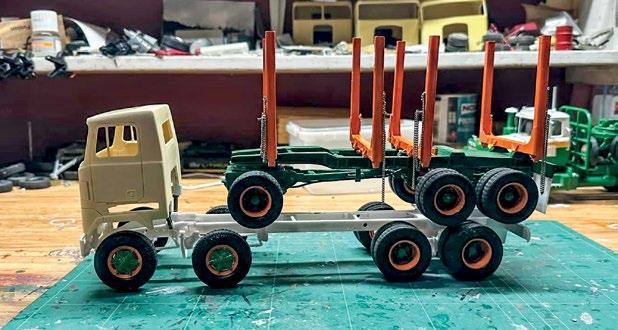
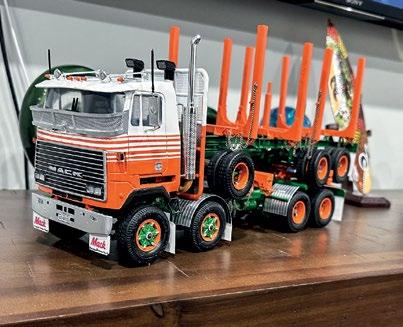
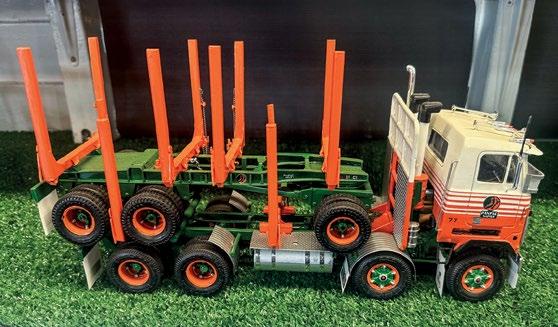


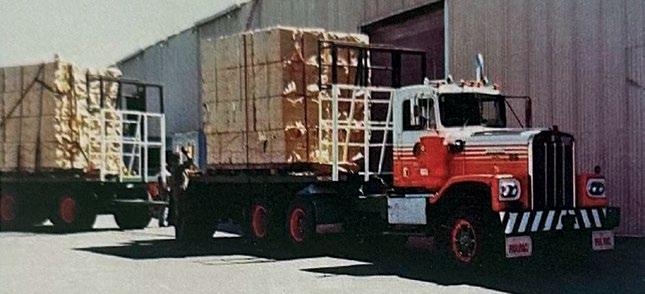
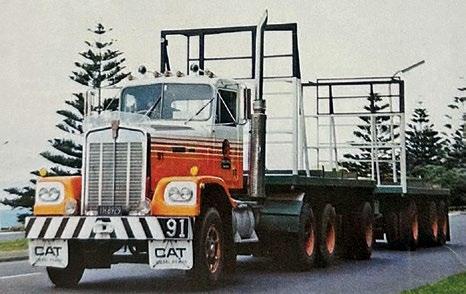
Show organisers
Please send your event details, at least eight weeks in advance, to: editor@nztrucking.co.nz for a free listing on this page.
Wheels at Wānaka 18 to 20 April 2025
Three Parks, Wānaka Contact: wheelsatwanaka.co.nz, info@wheelsatwanaka.co.nz
Brisbane Truck Show 15 to 18 May 2025
Brisbane Convention Centre Contact: brisbanetruckshow.com.au
All scheduled events may be subject to change, depending on weather conditions, etc. Please check websites for updates before setting out.
McDonough Contracting Gore Truck Show 31 May 2025
Transport Repairs Yard, Falconer Road, Gore Contact: 027 257 8895, goretruckshow@gmail.com
Transporting New Zealand 2025 South Island Road Freight Seminar 28 June 2025
Chateau on the Park, Christchurch
Contact: transporting.nz/2025-south-island-road-freightseminar
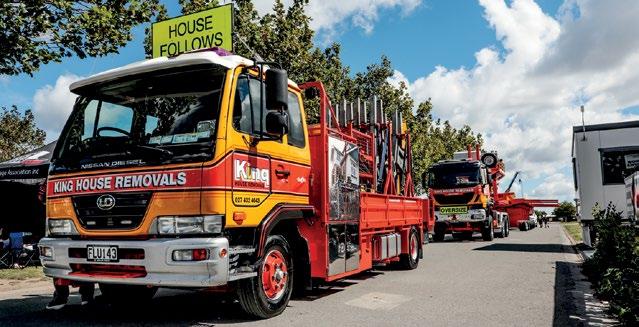
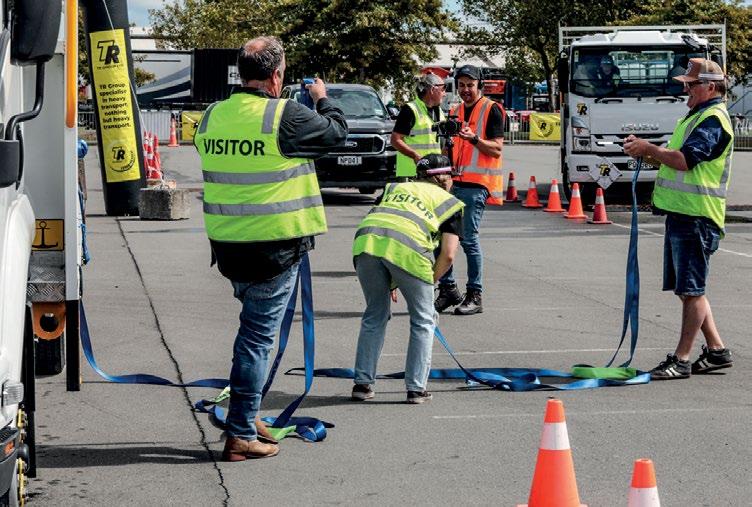

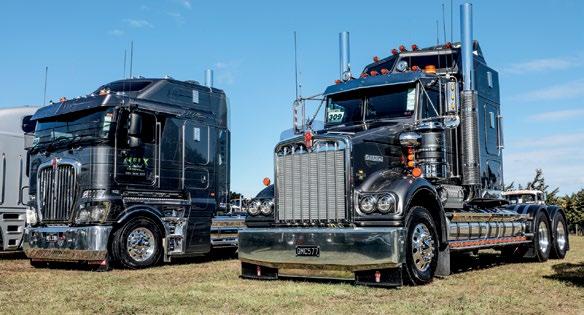




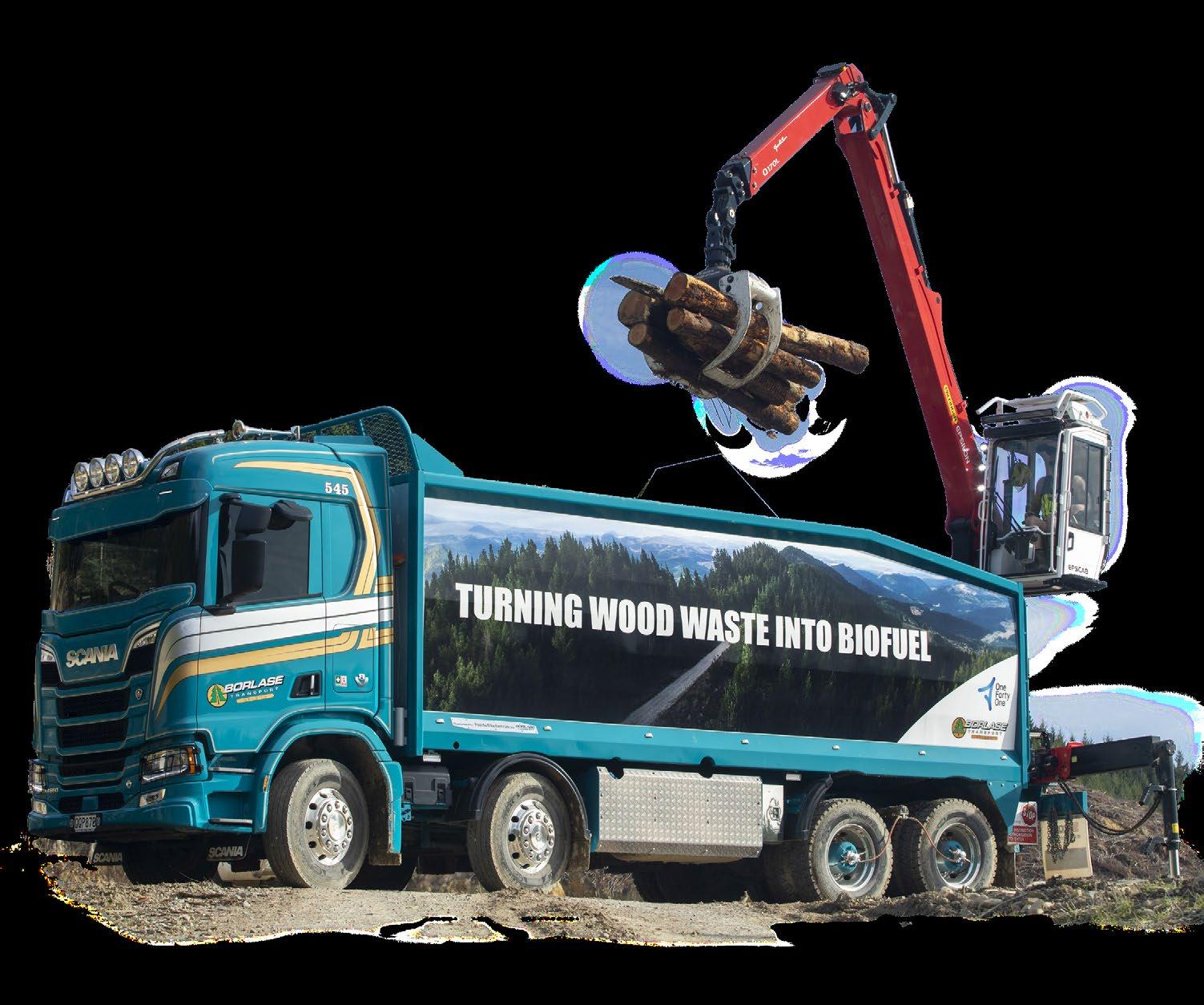
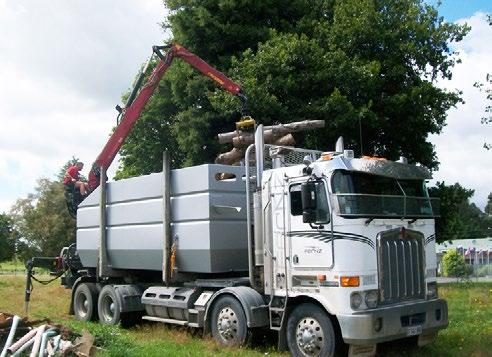
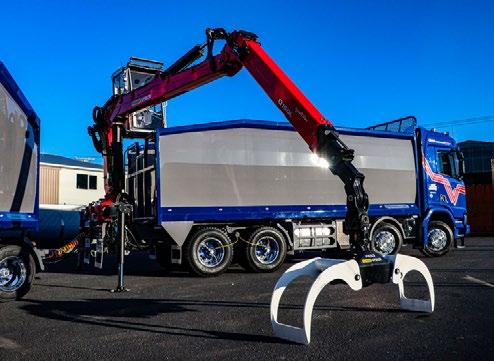





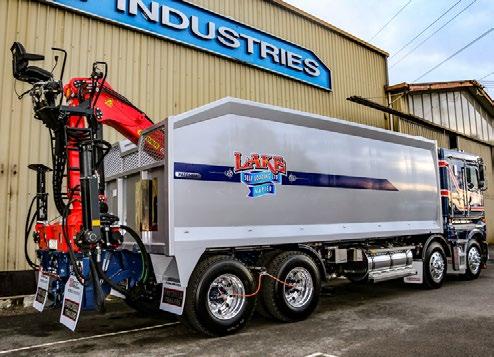


YES WE DO ....and trailers
Custom designed for your bin wood or fibre solutions
Tipping or fixed options
Bin in / Bin out options
Crane mounted solutions
Standard pull trailer or semi options
Contact us for further information
Glenn Heybourn 021 301 274 | glennheybourn@patchell.co.nz
Peter Rickard 021 490 353 | peterrickard@patchell.co.nz
HEAD OFFICE: 150 View Road, ROTORUA 07 348 7746 enquiries@patchell.co.nz


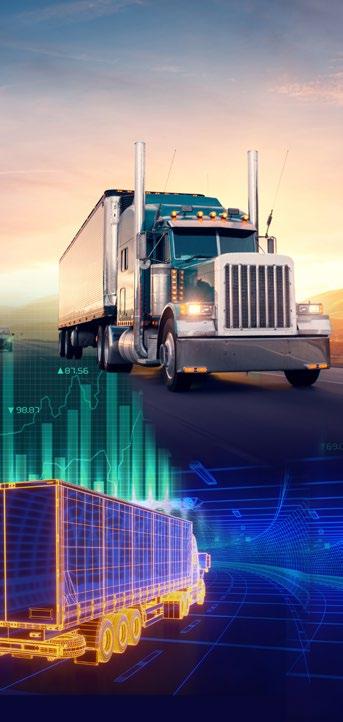

New Zealand Trucking reveals how the economy is travelling via key metrics from the road transport industry.
of heavy trucks and trailers first registered in February 2025
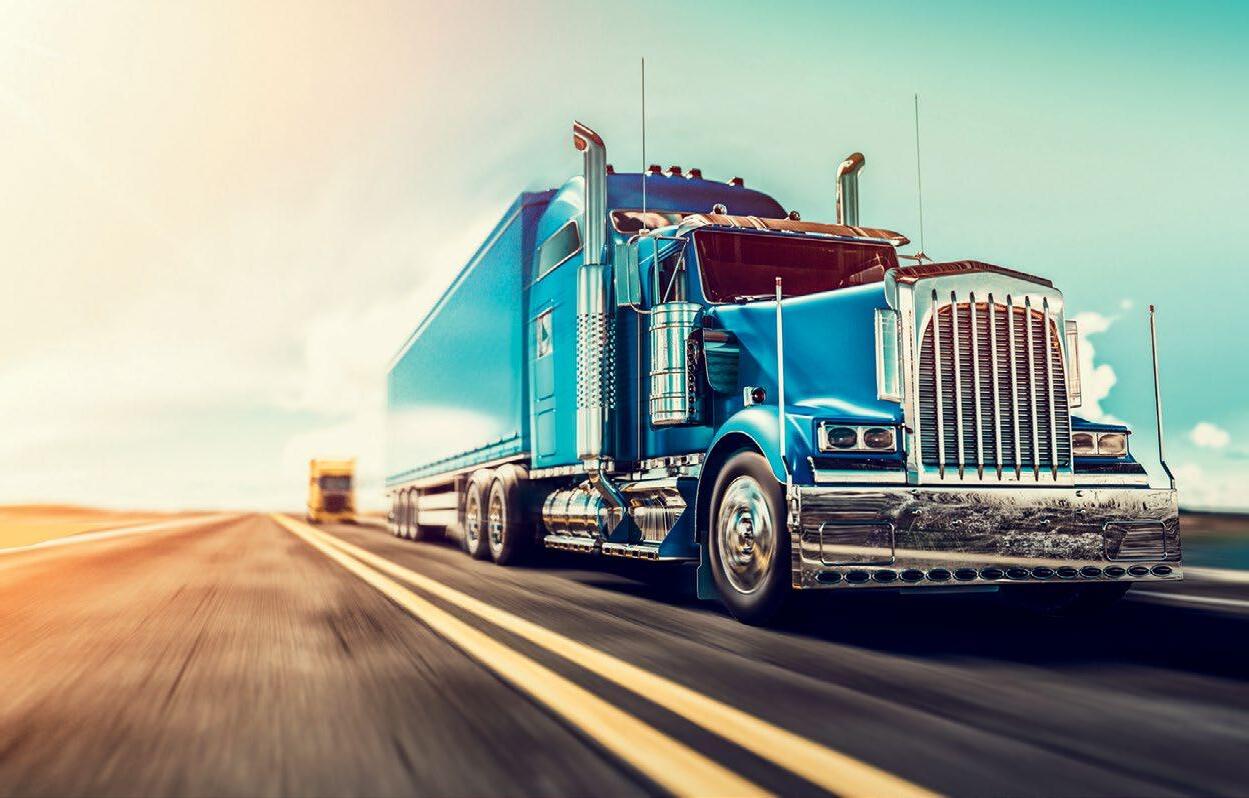
This information is compiled by Russell Walsh from information provided by the NZ Transport Agency statistical analysis team and through the Open Data Portal.
The data used in this information reflects any amendments to the data previously reported.
This summary includes data from two heavy-truck classes and one heavy-trailer class.
A goods vehicle is a motor vehicle that:
(a) is constructed primarily for the carriage of goods; and (b) either:
(i) has at least four wheels; or (ii) has three wheels and a gross vehicle mass exceeding one tonne.
Note: Vehicle classes are not the same as RUC vehicle types or driver licence classes.
A table of all vehicle classes is in Table A of the Land Transport Rule Vehicle Dimensions and Mass 2016 Rule 41001/2016 https://www.nzta.govt.nz/assets/ resources/rules/docs/vehicledimensions-and-mass-2016-asat-1-November-2019.pdf
Vehicle class Description
NB (medium-goods vehicle)
NC (heavy-goods vehicle)
TD (heavy trailer)
A goods vehicle that has a gross vehicle mass exceeding 3.5 tonnes but not exceeding 12 tonnes.
A goods vehicle that has a gross vehicle mass exceeding 12 tonnes.
A trailer that has a gross vehicle mass exceeding 10 tonnes.
First registration of TD class heavy trailers for February, year on year by major manufacturer
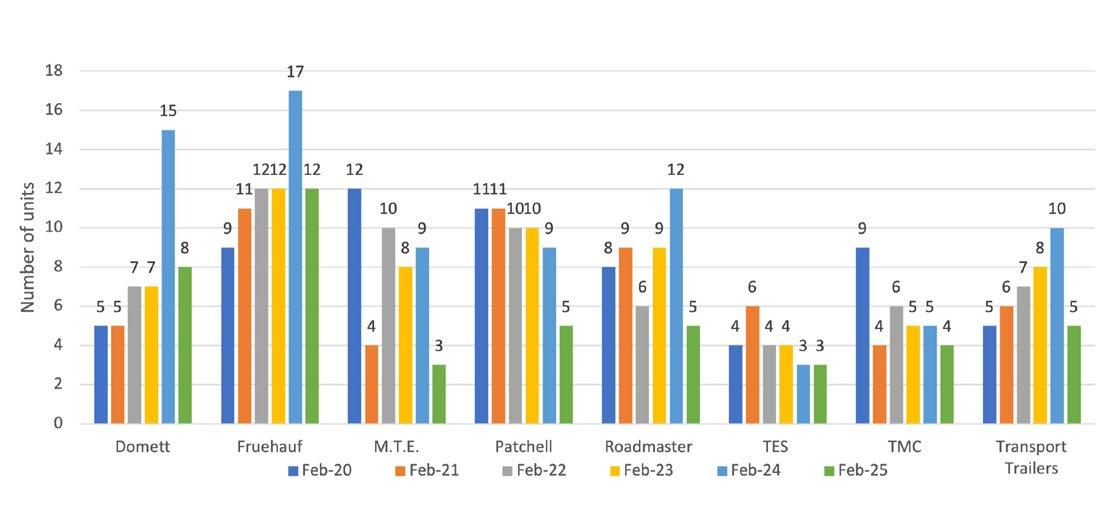
First registration of NB and NC class vehicles for February, by major manufacturer

First registration of NB, NC and TD class vehicles for February, year on year

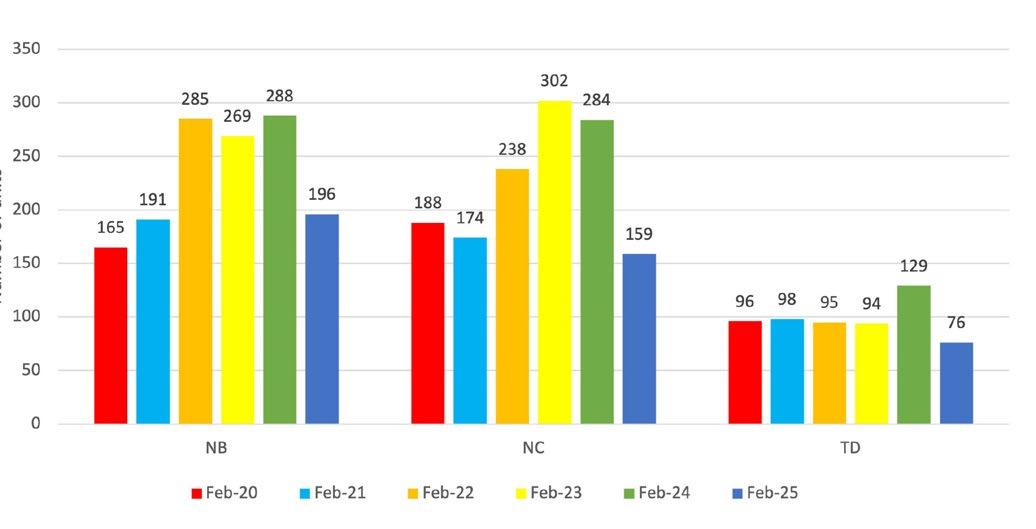
First registration of NC class vehicles year to date 2020 –2025 by major manufacturer

First registration of TD class heavy trailers year to date 2020 –2025 by major manufacturer
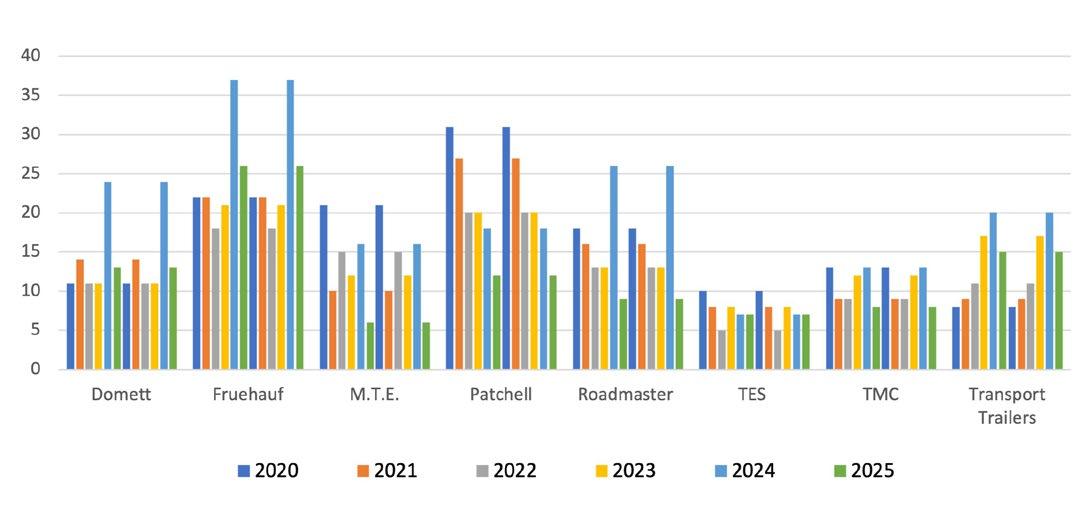
Due to a change in process, the presentation of RUC data will now lag by two months. It is compiled from information provided by the NZ Transport Agency via an Official Information Request.
New Zealand Trucking magazine acknowledges the assistance of the media team at NZTA for providing this information.

Total value and distance of road user charges purchased per year
Summary of RUC transactions for January 2025
Number of individual RUC licences issued for year 330,765
Total kilometre RUC distance purchased (all types) 1,526,388,855
Total value of all RUC purchases (all types) $198,636,000
1
$1,797,425,014
$1,859,093,183
1
RUC type 1 vehicles are powered vehicles with two axles (except type 2 or type 299 vehicles. Type 299 are mobile cranes). Cars, vans and light trucks that use fuel not taxed at source (i.e. diesel fuel) are generally in this RUC type.
The top nine RUC type purchases, other than type 1, in descending order RUC distance purchased for RUC type 1 vehicles
RUC type Description
2 Powered vehicles with one single-tyred spaced axle and one twin-tyred spaced axle
6 Powered vehicles with three axles, (except type 308, 309, 311, 399 or 413 vehicles)
43 Unpowered vehicles with four axles
14 Powered vehicles with four axles (except type 408, 414 or type 499 vehicles)
33 Unpowered vehicles with three twin-tyred, or single largetyred, close axles (except vehicle type 939)
408 Towing vehicles with four axles that are part of a combination vehicle with a total of at least 8 axles
951 Unpowered vehicles with five or more axles
H94 Towing vehicle that is part of an overweight combination vehicle consisting of a type 14 RUC vehicle towing a type 951 RUC vehicle with a permit weight of not more than 50,000kg.
H95 Towing vehicle that is part of an overweight combination vehicle consisting of a type 14 RUC vehicle towing a type 951 RUC vehicle with a permit weight of 50,001kg - 54,000kg
RUC distance purchased year-to-date across years for selected RUC types
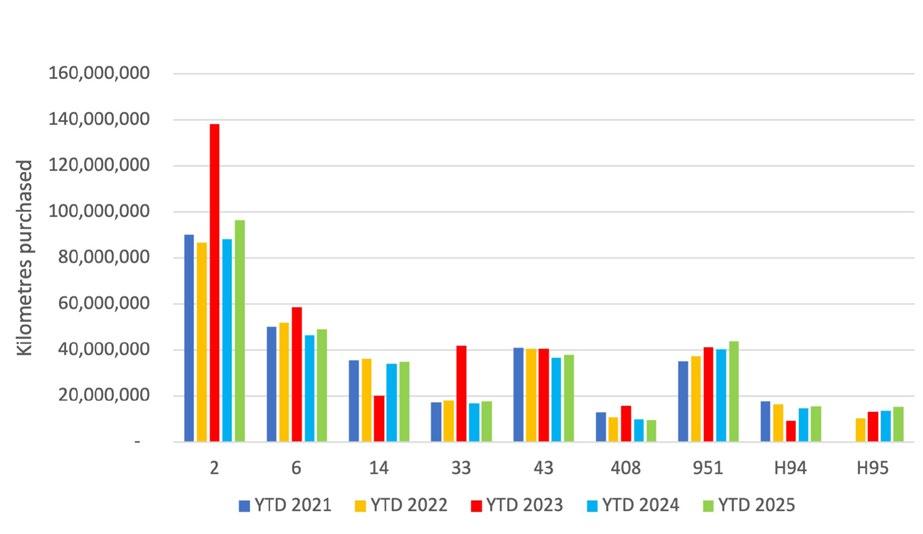
A description of RUC vehicle types is available at https://www.nzta.govt.nz/vehicles/licensingrego/road-user-charges/ruc-rates-and-transaction-fees/ Please note data may differ slightly from that reported for the same period previously due to adjustments being made to the base data.
RUC purchases (all RUC types)



Average monthly RUC purchases for year (all RUC types)
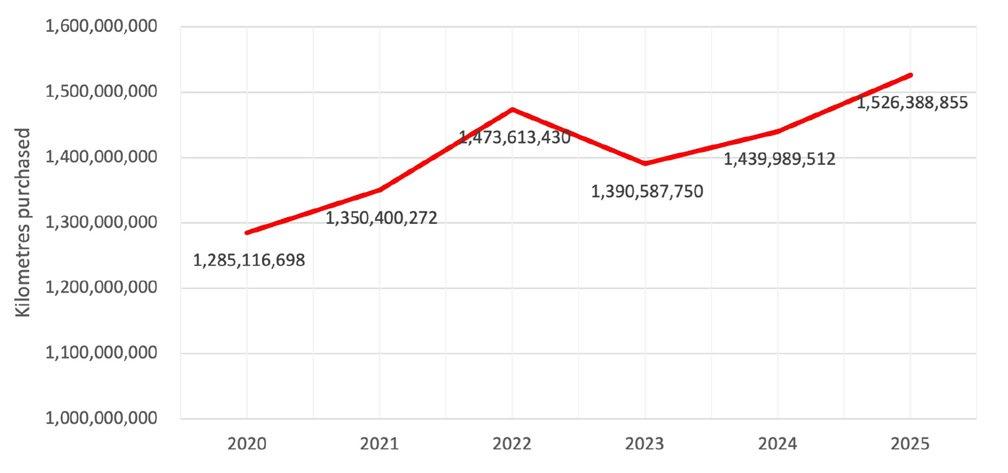
RUC purchases for January for selected types



Total licences issued for rolling year to date – 4,182,788
Total number RUC licences issued for month (all RUC types)
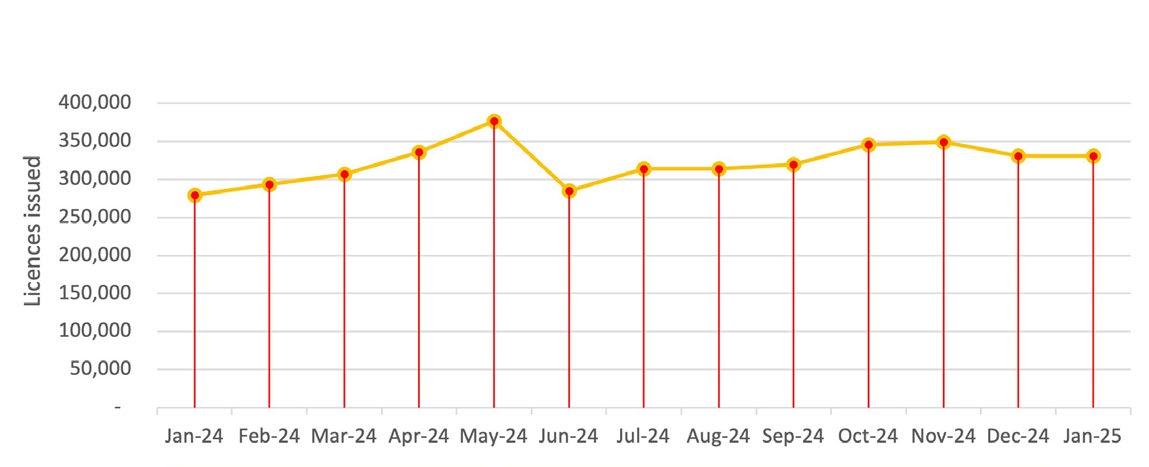
By Faye Lougher
Transcold is expanding its customer support with a new Hamilton service centre and highefficiency refrigeration unit designed for lower emissions and reduced operating costs.
Transcold customers in the Waikato and central North Island now have increased support with the opening of a new service centre in Hamilton.
Located in Te Rapa, the centre is based within one of parent company Action Manufacturing’s factories. Action has the largest range of locally manufactured and imported rigid bodies/trailers, with operations in Hamilton, Auckland and Christchurch.
An early industry pioneer, Auckland-based Transcold Group was established in 1976, manufacturing and installing its own brand of equipment and establishing itself as a major supplier to New Zealand’s transport industry.
As the authorised dealer for Carrier Transicold products, the company carries a comprehensive range of spare parts for container and transport refrigeration.
In 2008, Transcold also introduced a range of aluminium tail lifts and is now the New Zealand distributor for Dhollandia, Europe’s preeminent manufacturer of hydraulic tail lifts.
With branches in Auckland and Christchurch and a network of authorised service agents throughout New Zealand, Transcold offers a unique, seamless network of customer support 24/7.
Shaiden Lambert, Transcold national operations manager, says the company is excited to be offering the market a new and improved Carrier Transicold Supra HE refrigeration unit in addition to the new
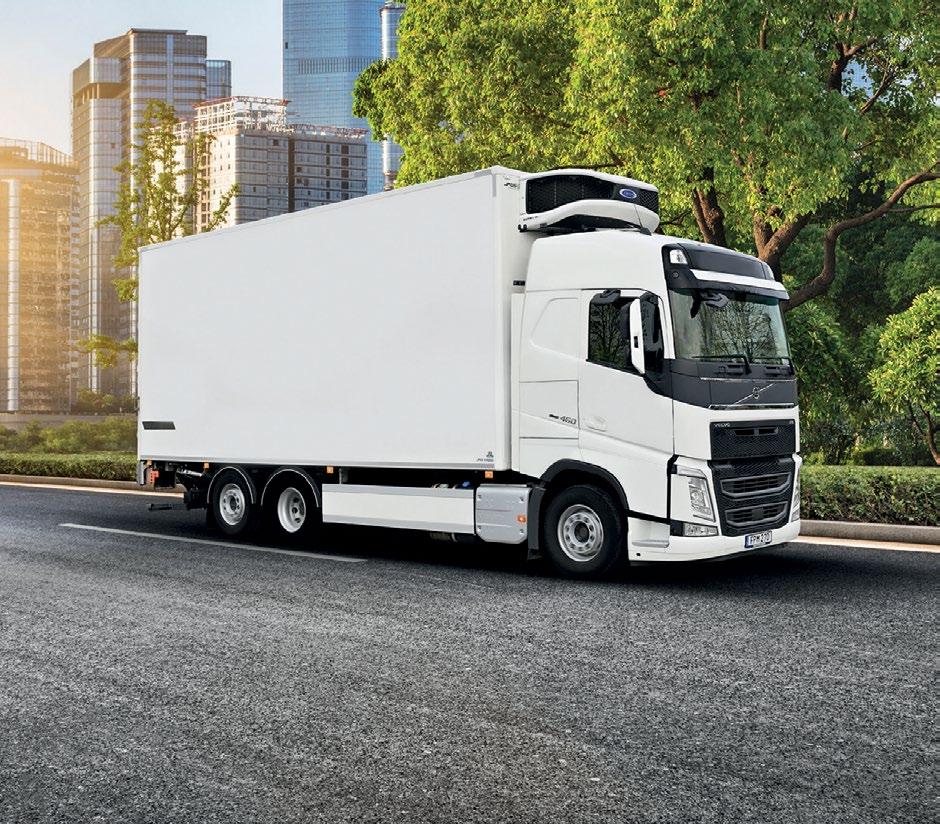

service centre.
“The HE stands for high efficiency, and they’re going to be the latest and greatest of our new products. They have already been launched in Europe and will be launched here over the next three to six months.”
He says the Supra HE is a complete redesign of a legacy product that’s been in use for a long time. With the Supra HE series, a focus has been made on overall system efficiency to significantly reduce energy and refrigerant consumption and ultimately reduce pollution emissions.
With its architecture and technology, the Supra HE range is up to 40% more economical in fuel and electrical consumption compared with the previous Supra range.
“There are fewer moving parts and fewer leak points. There’s only one belt [previously, there were six] that drives everything. It has up to 50% less refrigerant inside the system,


Tyre maintenance is a critical aspect of fleet management, with tyre costs ranking as the second-highest expense for transport operators –only behind fuel.
Proper tyre inflation is essential to extending tyre life, improving fuel efficiency and preventing costly roadside failures.
The PSI Automatic Tyre Inflation System is designed to address these challenges, providing a constant and regulated air supply to maintain optimal tyre pressure.
More than 70% of the largest trucking fleets in the US are running Pressure Systems International’s PSI system because of its proven reliability and return on investment. In more than 20 years of production, it is also exported to more than 20 countries.
T.A.T.E.S NZ is an authorised New Zealand distributor of Pressure Systems International’s PSI tyre inflation system for any ROR trailer axle.
Self-contained on the trailer, PSI can easily adapt to any trailer on Meritor/ROR axles. The system can be installed on any type of trailer, from refrigerated, tankers, tippers, flatbeds and container chassis.
PSI kits are also available for retrofitting onto ROR axles from T.A.T.E.S NZ.
The PSI system is available for ROR 17.5in, 19.5in and 22.5in super single fixed and steer axles, ensuring all trailer tyres remain at a consistent pressure. This prevents failures due to slow leaks or punctures, reducing downtime and maintenance costs.
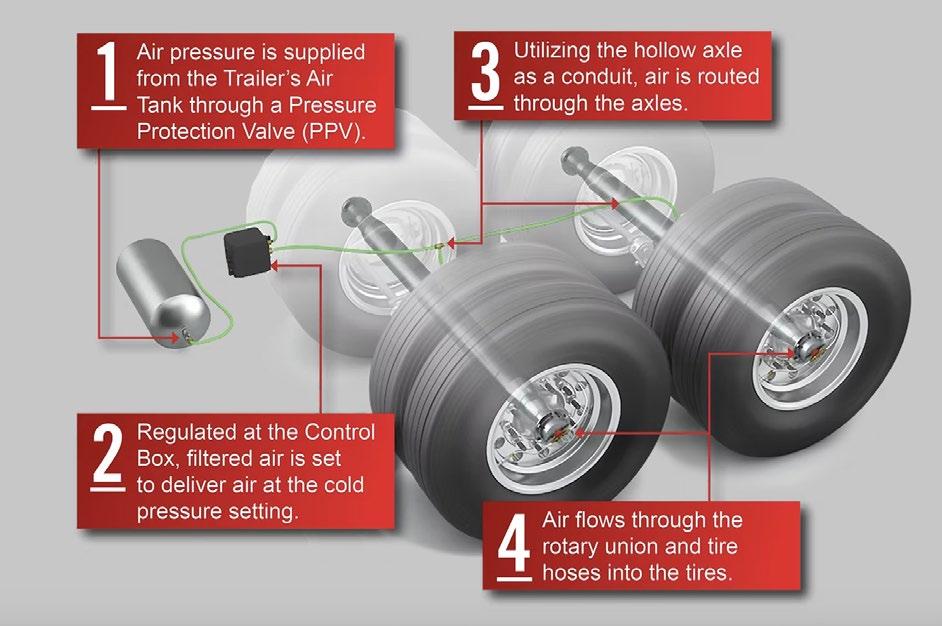
“Correct tyre pressure equals increased tyre life, saving money. This means there will also be fewer roadside callouts, further reducing operational costs. Plus, PSI is the only system that alerts the driver of a potential hub failure,” says Aaron Burson, sales engineer, T.A.T.E.S NZ.
Even when the vehicle is stationary or in transit, the PSI system continuously monitors and maintains optimal tyre pressure, enhancing both safety and performance.
Not only can the PSI tyre inflation system save tyre tread/life, increase fuel economy, and reduce maintenance and tyre blowouts, it can also avoid severe damage and/ or replacement of axles and trailers by detecting overheating bearings thanks to its ThermALERT system.
ThermALERT is a non-electronic system that uses an Eutectic metal plug that melts at a designated temperature. When this happens, a light illuminates on the trailer and a loud noise signals the driver to pull
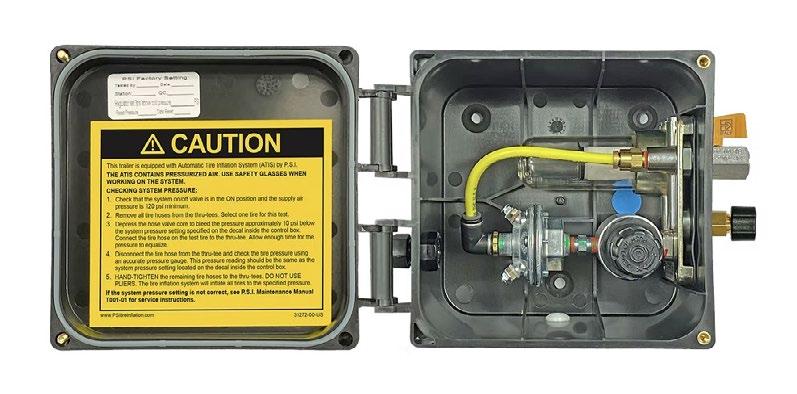
The PSI control box is factory set to your specifications.
over immediately to avoid overheating and a potential trailer fire.
This proactive feature prevents severe damage to the axle, suspension and trailer, ultimately saving fleets from expensive repairs and extended downtime.
Under-inflation is the leading cause of tyre failure; even a small drop in pressure can significantly shorten tyre life. With PSI, fleets can expect:
• increased tyre lifespan
• improved fuel efficiency
• reduced roadside breakdowns
• minimised maintenance costs
• greater overall safety.
“By ensuring that tyres are always at their optimal pressure, the PSI system offers fleet operators a smart investment that enhances both safety and cost-effectiveness,” Aaron says.
“With its innovative design and built-in ThermALERT warning system, it is a musthave for modern transport fleets looking to improve efficiency and reduce unnecessary expenses.
“Safety is also improved by vehicles performing and handling better when tyres are at the correct specified pressure, and there is a dramatic reduction in the amount of damaged truck tyre casings littering the roads and highways, thus becoming a hazard for other motor vehicles.”
Contact T.A.T.E.S NZ today on 09 299 9911 or Aaron at aaronb@tates.co.nz.



As the transport sector continues to evolve, transport operators are being urged to train their workforce in EV vehicles to future-proof their business.
Owners are being urged to update their workshop operating practices to include EV- and hybrid-type vehicles.
With a wide variety of full electric and hybrid vehicle systems currently on the market, from a health and safety perspective, general practice can no longer be relied upon to work on or around EV vehicles.
Ten per cent of vehicles on the road are now electrified. The Fundamentals of BEV & Hybrid Vehicles Training Course, offered by GPC, better known locally as Repco, NAPA, SAS and Sulco, in collaboration with Unitec, is designed to provide the appropriate hybrid and EV capability training for lightcommercial operators and those with fleets.
“We are excited to be partnering with GPC and acknowledge their significant investment into the new training centre to support the New Zealand automotive industry,” says academic programme manager for Unitec Trades and Services Bryan Davis.
The course will enable businesses to
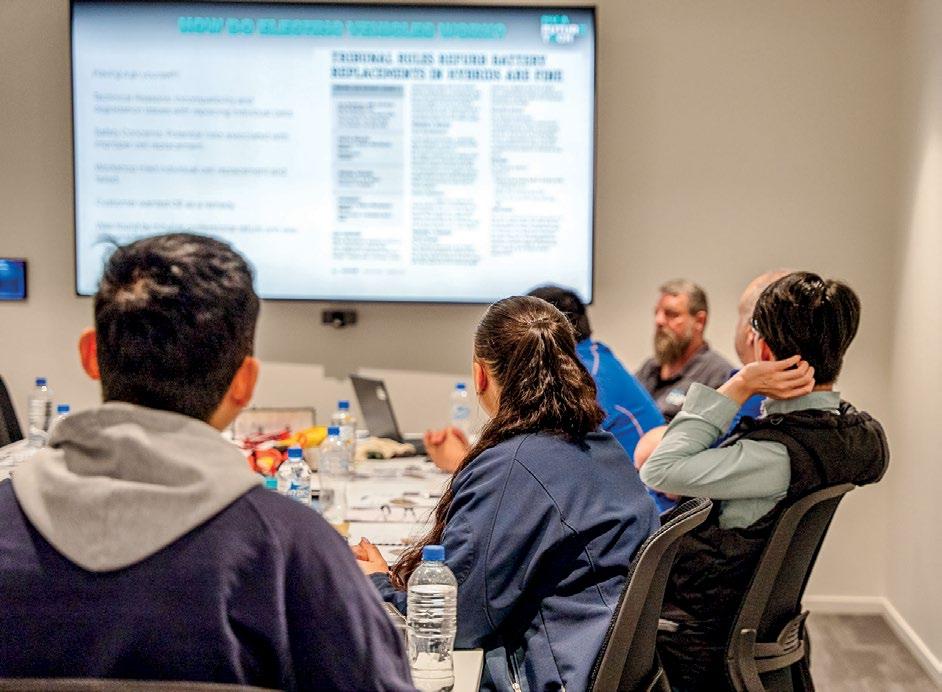
clearly understand the intricacies of EV vehicles they may service and ensure workshop staff have the appropriate hybrid and EV health and safety training.
The course is endorsed by MTA.
“The GPC Fundamental EV Course aligns with the MTA Health & Safety Standard Operating Procedures (SOPs) for EVs, making it the ideal foundation course for anyone looking to build essential EV safety knowledge,” MTA says.
“This course is a must-do for everyone, ensuring they have the skills and awareness needed to be safe around electrified vehicles.
“Endorsed by MTA sector managers, it provides the critical safety training required to navigate the evolving automotive landscape with confidence.”
The GPC Training Centre is designed to deliver the most up-to-date information regarding repairs and maintenance for the
This fundamental course is for anyone in or around the automotive industry. Whether you are interested in electric/hybrid vehicles or are new to the field, this introductory course is for you.
Content:
• how to be EV-ready
• entry-level introduction to BEVs and hybrid vehicles
• basic BEV architecture
• basic hybrid architecture
• safety procedures and mandatory specialist workshops equipment, PPE, hand tools, etc
• how to depower and re-initialise electric vehicles (theory).
Duration: seven hours (full day)
For more details, contact nztrainingcentre@gpcasiapac.com
transport industry.
The training centre has been built to complement current New Zealand institutional industry tertiary training, adding the latest national and international expertise in emerging local workshop parts and service technology and trends.
The purpose-built 350m2 facility in Penrose, Auckland, offers multipurpose spaces for training, from a small group of technicians to a 150-person theatre-style format.
Training is available across all industry sectors, from mechanical, auto electrical, air conditioning, EV, hybrid, commercial, plus more.
The training centre has been built alongside a new Technical Centre of Excellence – a call centre team of highly qualified technicians to help and assist with hybrid, EV and future tech.
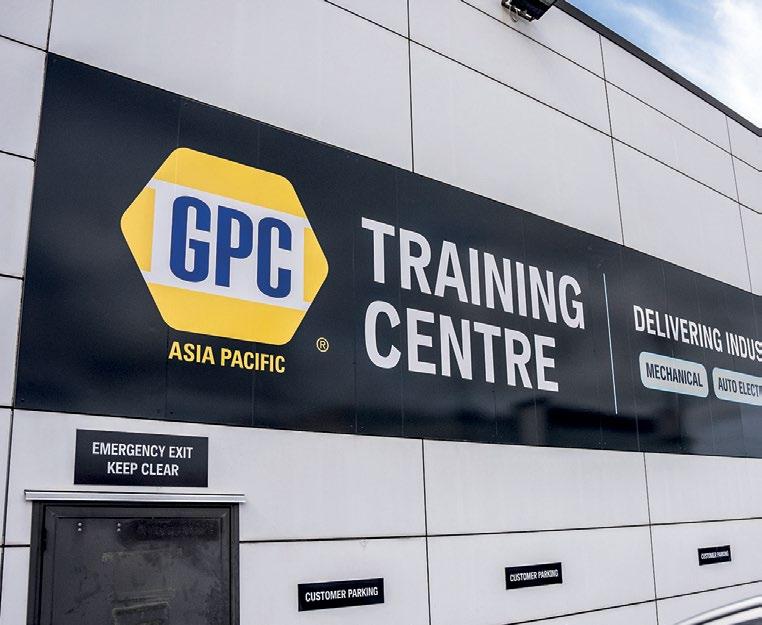

$1,000 CANOPY CAMPING VOUCHERS AND HEAD OUT ON YOUR NEXT ADVENTURE.
Every $400 spent on DT4x4 products gains one entry into the draw to win 1 of 2 $1,000 Canopy Camping vouchers. Discover more of your own back yard and extend your summer!

The first 100 customers to spend $400 on




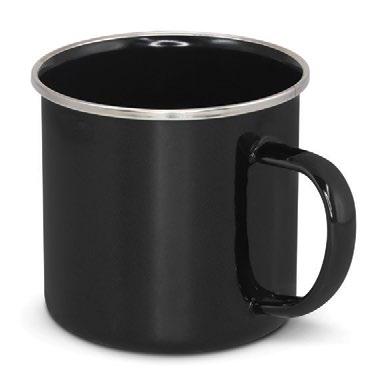
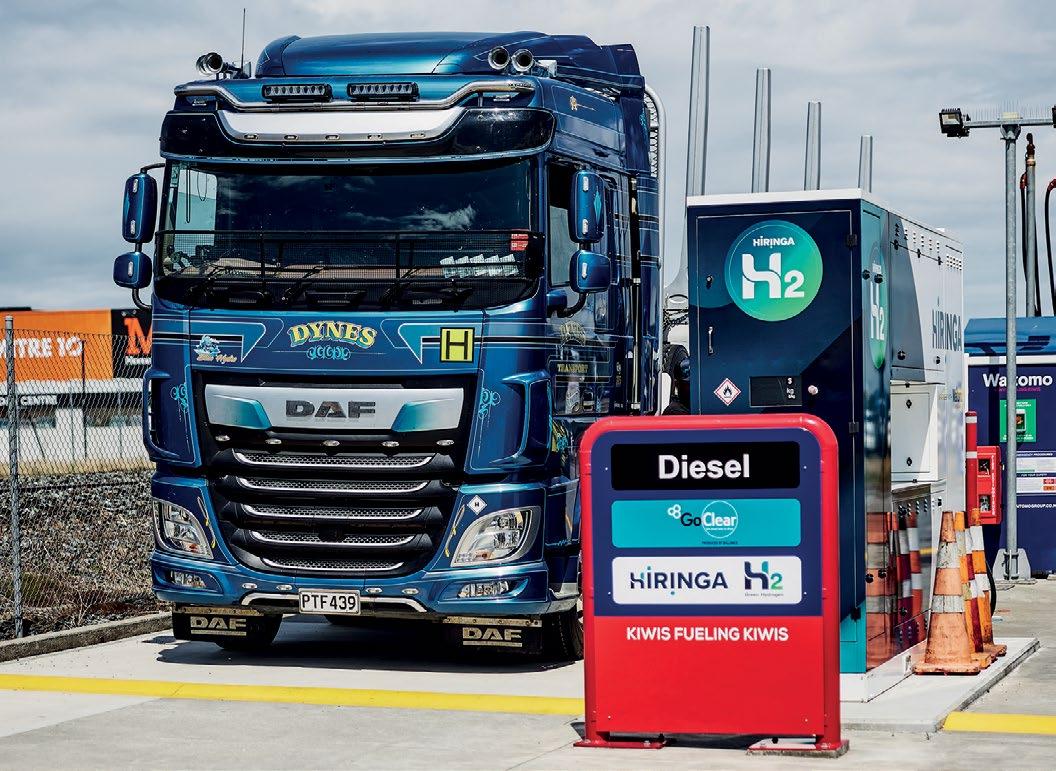
Green hydrogen refuelling station are open in Auckland, Hamilton and Palmerston North, and hydrog vehicles are hitting the road
Do operators have to choose between reducing emissions and compromising on productivity? Hiringa makes the case for green hydrogen to deliver across the board.
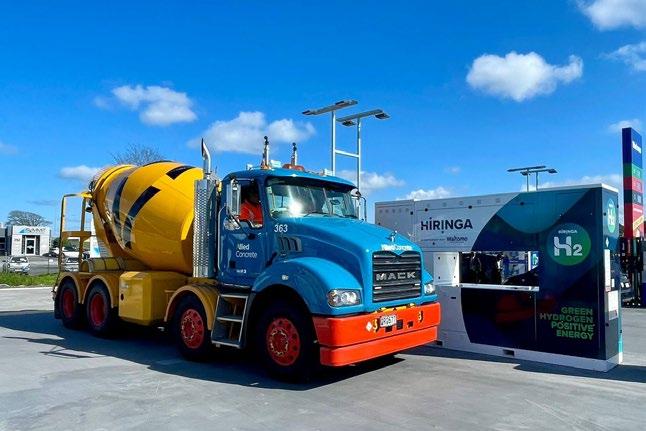

Now’s the time to upgrade to hydrogen fuel cell or dual fuel vehicl
Fast refuelling
Similar payload to diesel trucks
Similar range
Zero emissions

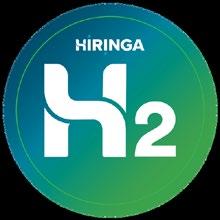

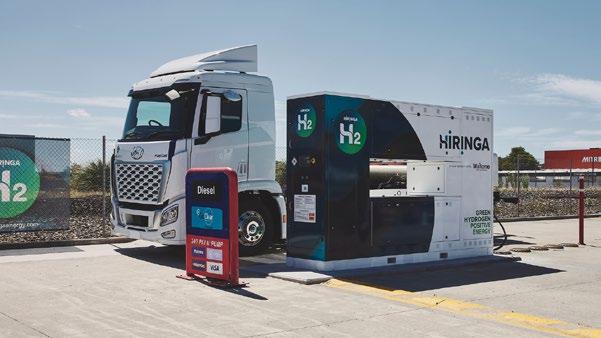






Refuelling hydrogen is an extremely fast transfer of gas through a very small nozzle, and is 10 times quicker than recharging electricity.
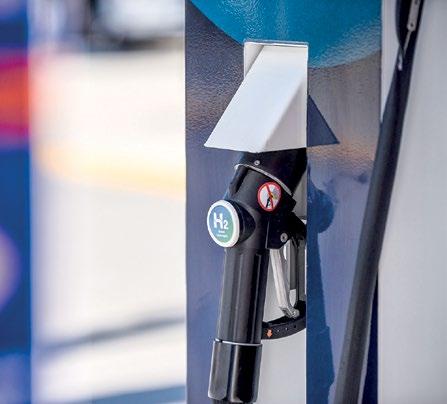
transport leaders to meet that dual need for productivity and lower emissions.
This is a key reason why green hydrogen is so well suited for heavy transport.
The future transport fleet will be made up of different technologies, including hydrogen and battery electric vehicles.
A battery electric truck is better suited to lighter, local deliveries, when you can return to the depot to recharge throughout the day or overnight.
But hydrogen allows operators to reduce emissions and maintain efficiency for linehaul, cross-country freight. This is because hydrogen is light and enables ultrarapid charging.
While many people are familiar with the


weight advantages of hydrogen, fewer understand the advantages of charging speed.
When a truck is being topped up, it’s off the road until it’s refuelled (or recharged in the case of an electric truck).
While you can schedule a driver’s breaks at the same time to mitigate the lost productivity, the quicker it is to top up, the better.
With green hydrogen, you can usually refuel in 15 to 20 minutes. Fuelling stations are designed specifically for trucks, so there’s no sharing charging space with cars.
For every 100km you drive in a hydrogen fuel-cell truck, refuelling takes three minutes. This is closer to 40 minutes per 100km for a truck battery on a fast charger.
If charging time and range aren’t an issue affecting how the truck is used, then BEVs can perform more economically.
The beauty of refuelling with hydrogen is that you can get an extremely fast transfer of gas through a very small nozzle.
At Hiringa’s four hydrogen refuelling stations, you can refuel at the equivalent charge rate of a 3MW to 4MW battery electric mega charger.
To put this into perspective, achieving a similar rate of energy transfer through an electric cable would require a solid copper cable four inches in diameter.
Just as charging your car at home overnight costs much less than using a rapid charger at a service station, the cost of charging a battery truck is significantly higher at faster speeds.
Hydrogen is different. The speed of the refuel doesn’t impact the cost – it’s down to how much fuel you use.
In New Zealand, the largest publicly available chargers are about 300kW, which will cost you between 85c/kWh and $1.02/ kWh for a charge. Green hydrogen is in this range at about 97c/kWh, but you can refuel at least 10 times quicker.
In that sense, it is the most like-for-like replacement for diesel among the two leading decarbonisation options.
This is why hydrogen is set to play such a prominent role in heavy transport for New Zealand freight companies – because you can cut the carbon and keep the capacity.
For more information about hydrogen in heavy transport, visit www.hiringaenergy.com


The Vipal DV-RT5 tread offers operators greater torque resistance and high levels of mileage performance.
Vipal Rubber’s exclusive tread pattern for the highway, the DV-RT5, has been long awaited by the transport industry. Developed with high levels of technology, the design features a unique compound that is more resistant to torque and with higher mileage performance, proven in
extensive testing.
Designed with transversal blocks, which provide excellent traction power and favour the distribution of torque, the DV-RT5 also has special ties between the tread blocks for better balance and stability.
The DV-RT5’s design features self-cleaning grooves and a closed central rib, an aspect
that offers greater contact area to the road and casing protection. It also has the ‘M+S’ marking, which guarantees good performance in mud and snow conditions. The design was projected with the aim of providing traction in all conditions of use.
Resistance to wear and high mileage performance are two aspects linked to the fundamental quality of the DV-RT5. The state-ofthe-art technology applied in the ‘Design + Compound’ combination of the tread
provides a product with greater resistance to tread chipping. The exclusive compound is largely responsible for this quality, which has properties that give it excellent resistance against abrasion wear, and bigger ties, which guarantee the integrity of the product under severe conditions of use – including uniform wear until the end of its service life.
The DV-RT5 is offered in 234, 242, 250, 258 and 266mm tread widths, which are available throughout New Zealand from Vipal retread dealers.

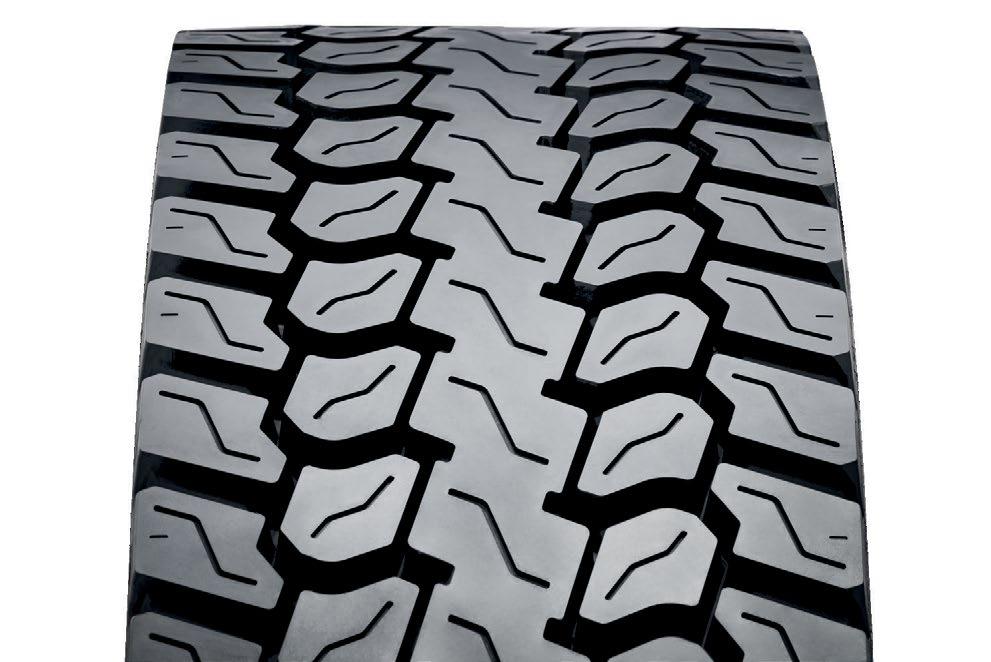

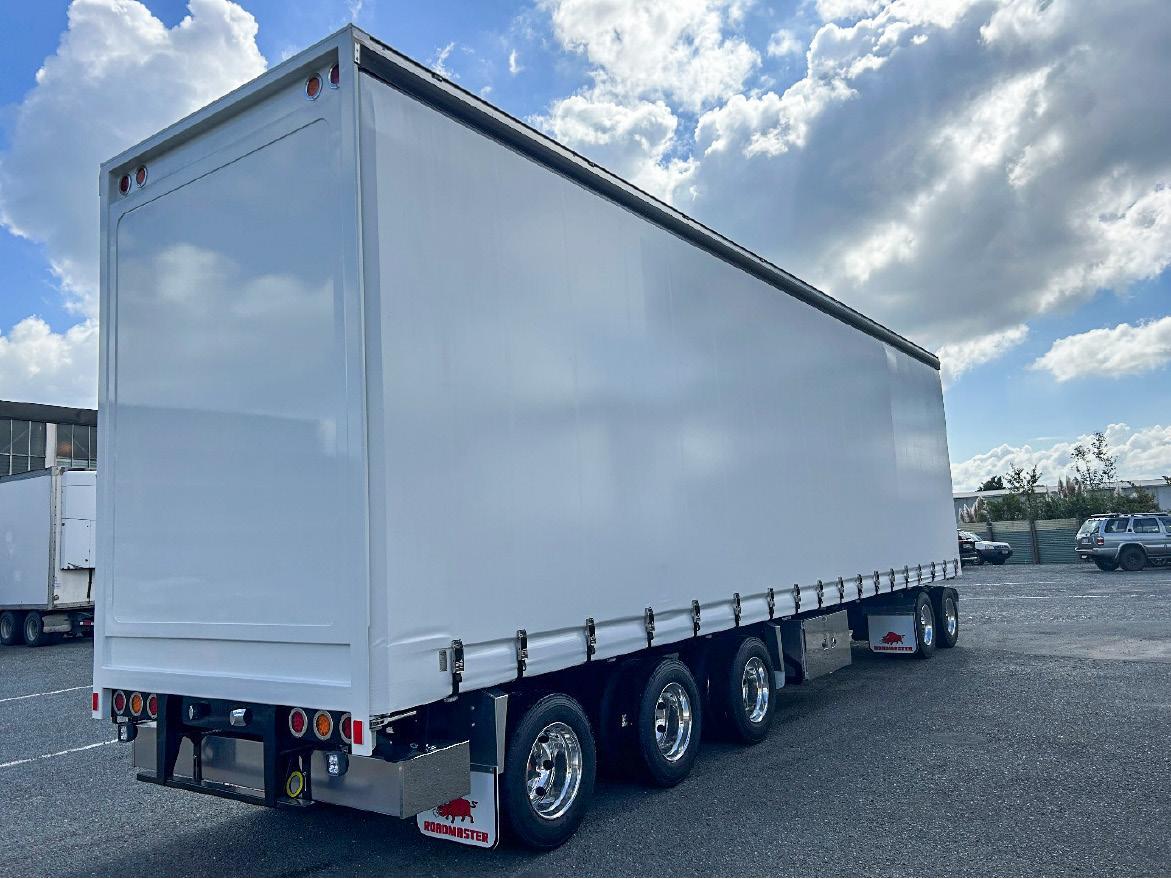


Blake Noble shares his thoughts on this year’s
Iwrite this month’s column aboard an Auckland-bound Airbus, having spent the best part of two days in Christchurch for the New Zealand Trucking Association’s TMC Trailers Trucking Industry Show, a biannual event, the last of which in 2023 was a major success, representing the entire industry.
Fast forward two years to what should’ve been another significant showcase, and it was as though many in the industry had double-booked themselves. Not many people showed up, either as delegates at Friday’s industry summit or in the form of fleet representation at Saturday’s Show ‘n Shine.
Don’t get me wrong, there were some stunning units on show, with particularly strong representation from Steve Murphy Ltd, Hilton Haulage, Bascik Transport, Mackleys, Burnell & Sons, Barry Satherley’s crew, Road Metals, Opzeeland, Brenics, Porter Heavy Haulage, Halls, Talleys, Fenco, and a few units from the North Island, combined with some stunning classic units to round things out. But where were the big South Island and nationwide fleets that previously attended?
I’m the first to admit there is a time and cost commitment associated with getting to an event like this, for individuals trying to balance the obligations of their day-to-day responsibilities and for operators trying to make a go of it in the strained economic climate, notwithstanding taking working rigs out of operational routines to sit in a paddock for truck-spotters to salivate over.
Logically, however, it does take the industry fronting up in sufficient numbers for an event to be regarded as an industry occasion, and in this regard, it was incredibly
disappointing for the operators, and suppliers for that matter.
Surely there has to be immense value in spending time around your peers in such challenging times? What are they seeing? What opportunities are there to learn from others? What new technology is in play that might give your operation an edge? Or maybe it’s as simple as taking out a day or
it, but to highlight the need for support and collaboration in general rather than an ongoing splintered approach to the industry.
Similarly, I was staggered to hear of the recent arrival of yet another new industry body on the scene, the South Island Road Transport Association. After the significant effort applied to creating regional and national consolidation, we again see a
I hope I am wrong, but I also suspect that the fact that the event was the brainchild of one association meant we saw little or no representation from others. Surely, though, we’re bigger than this, right?
two from the business to decompress and simply spend time with likeminded folk.
I hope I am wrong, but I also suspect that the fact that the event was the brainchild of one association meant we saw little or no representation from others. Surely, though, we’re bigger than this, right?
I put my views on the event out in this form not to knock the show itself or the immense effort that went into organising

breakaway group determined to dilute the industry voice. If only the energy applied to creating these new entities and hierarchies could be applied to working as a team, our sector would be a much better place.
The next time there’s an opportunity for you to be a part of an industry event, big or small, don’t do a no-show; you and the industry will be a lot better for you showing up!
Make the switch to a low-emissions vehicle and get up to 25% off
The Low Emissions Heavy Vehicle Fund aims to increase the number of zero and low-emissions heavy vehicles on New Zealand’s roads.
Grants apply to new low- or zero-emissions heavy vehicles or conversions.
Enjoy lower operating costs and better performance for the long haul. Find

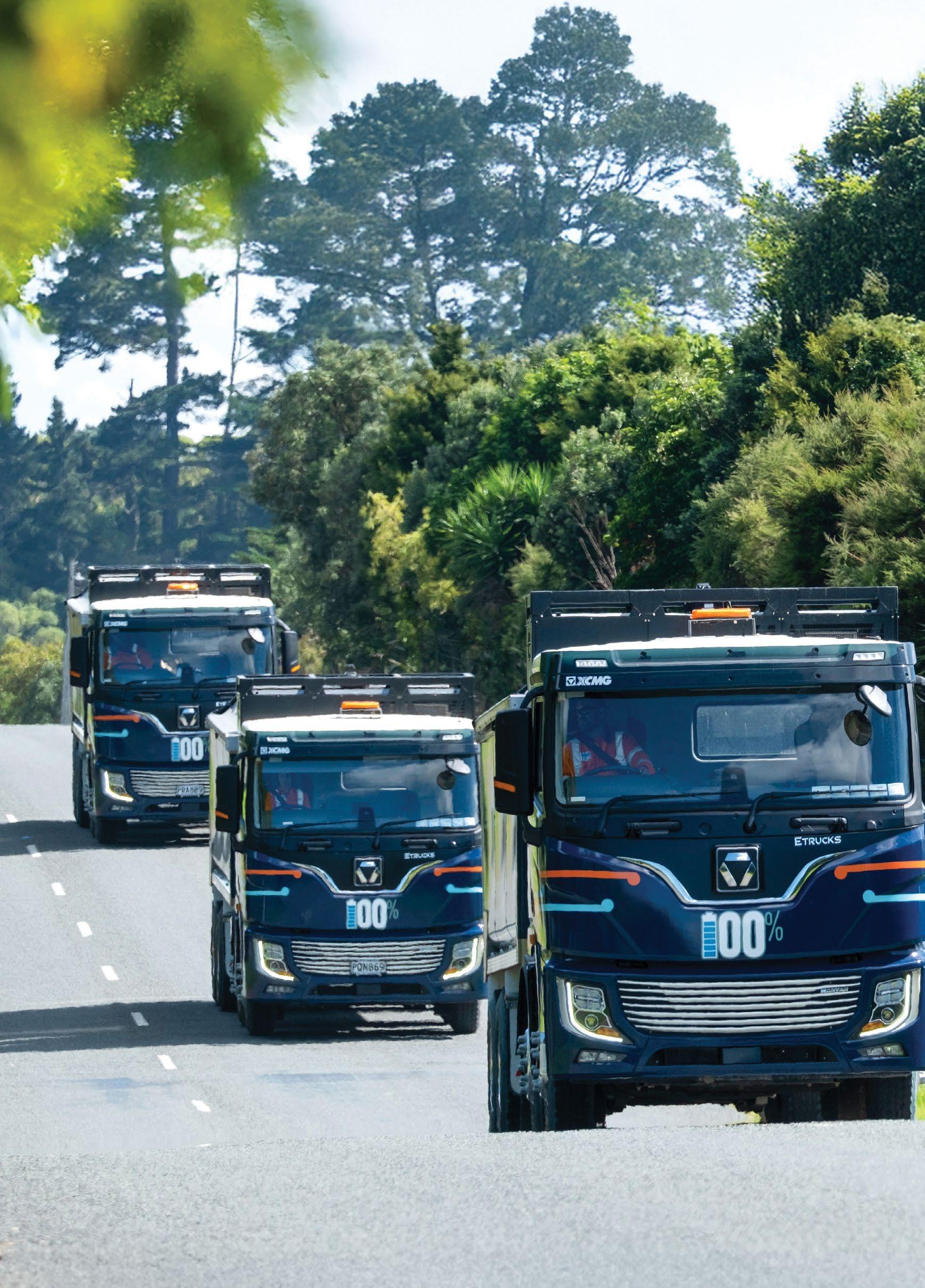
Set yourself up for a healthier winter by making small, manageable
There is never a perfect time to start a new health and fitness regime. But if you struggle in the winter months like me, let’s get on top of that now and into some healthy habits. It’s easy to get overwhelmed and try to make too many changes all at once and buy into the ‘all or nothing’ mentality. But that is not what I am about. It’s important to work around your current lifestyle and work/family commitments and set up a routine that feels doable.
Hopefully, we have at least two months left of nice weather. While the going is good, get as much outdoor activity as possible. Running, walking, cycling, bush hikes, kayaking, swimming, wakeboarding – you get my drift. Be active outside and top up on the vitamin D while you can. If you are a religious participant in winter sports, you will remain active outdoors throughout winter – which is great! Set a goal to do some outdoor exercise at least two to three times per week until the weather decides to pack it in and the firewood emerges.
Be prepared for exercise options that are indoors and not weather-dependent. If you already have a current gym membership, that’s perfect. You are set up to do strength, cardio and classes without getting a drop of rain on your activewear. If you don’t have any indoor options currently organised, here are a few ideas:
• exercise classes (boxing, dancing, yoga, Pilates, MMA)
• purchase second-hand gym equipment like free weights, rower, exercise bike
• get a stand for your bike so you can still enjoy cycling from the comfort of indoors.
Enjoy the last of the healthy summer barbecues. Get out the apron and tongs and cook some delicious lean cut meats like eye fillet, and team it with a delicious fresh salad with plenty of vegetables. I don’t know about you, but I do not feel like a salad through the winter months – it doesn’t hit the spot the same way.
Drag out the slow cookers and be prepared to create some delicious and healthy slowcooked meals. It is an absolute no-brainer to chuck vegetables and a piece of meat in the slow cooker before work and come home to a delicious-smelling healthy dinner. This pushes away the urge to go for that drive-through on the way home. You can even meal prep by making bulk amounts of simple dinners to use for lunch or dinner the next day. Stews and stir-fries work well in meal prepping and freezing to take the hassle out of having to cook every night.
Make sure you have enough exercise clothing and equipment to last you through winter. Do you have warm jerseys, pants, windbreakers etc that will help keep you warm, especially if you are exercising outdoors. This may seem like something your mum would say to you – but we will come up with any excuses not to exercise. If you feel like you don’t have enough warm exercise gear and you’ll get too cold when training, that can be enough to deter you from getting active during the cooler months.
As an optional motivator, you could commit to an event at the tail end of winter. For example, you could sign up for a 10km walk in September. That way, it gives you something to work towards and keeps you on track and focused. If public exercising events aren’t your thing, then you can always set your own goals. For example, I want to cycle 50km in three hours. You can keep yourself accountable by diarising your goals,
setting countdown timers on your phone and even setting mini goals along the way. If you were working towards a 50km cycle, you would try and extend your cycling distance and speed periodically over the winter months. There are plenty of apps and programmes online to help build up walking, running or cycling fitness and stamina.
If you’re already struggling with your motivation levels or don’t know where to start, reaching out to a local personal trainer or coach can be so helpful – even just to set you up initially. If you aren’t interested in going to a gym, many coaches work online or independently from a gym and can help set you up with a nutrition plan and training programme. You may think they are expensive, but it is a long-term investment in your health and wellness that is absolutely priceless.
If you’re not quite ready to go down the 1-1 coaching pathway, you can always enlist the help of a friend or family member to exercise with you or keep you accountable on your health and fitness journey. I used to have a friend who I would send my food diary and exercise activity to each day. This is something I asked her to help me with. It wasn’t so she could send back judgemental comments about what I’d done or eaten; it was a form of accountability and it motivated me to try and make her proud.

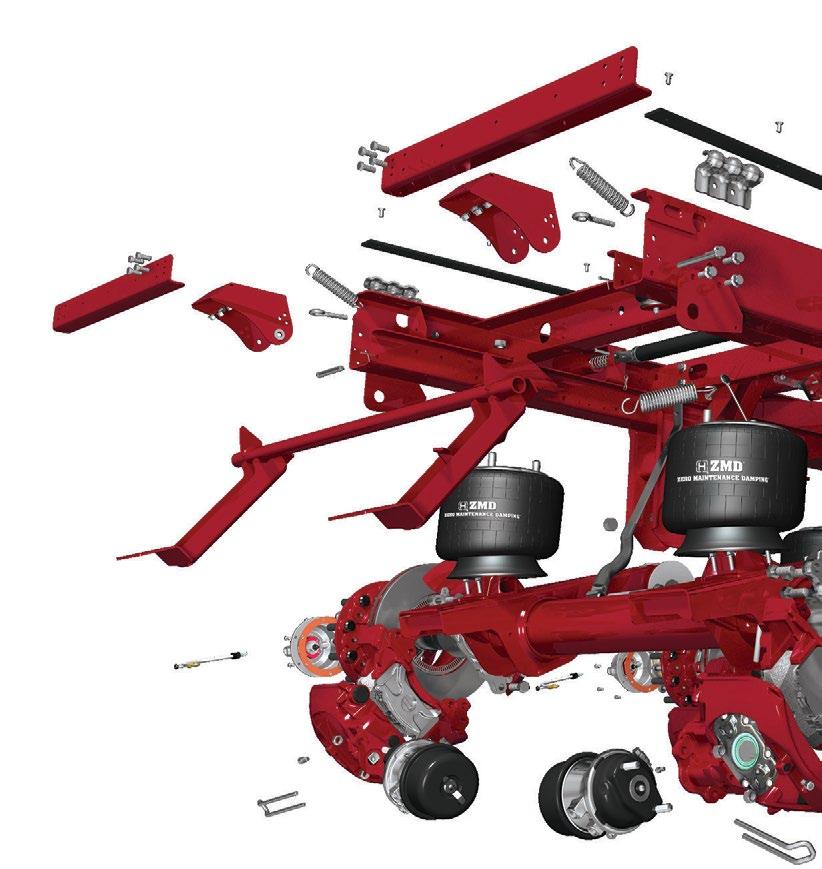




Strong health and safety practices don’t just prevent losses – they drive profitability, enhance leadership and attract top talent, writes Safewise consultant Kaye Byrne.
When it comes to workplace health and safety, there are numerous significant misconceptions. One of the most important is that a company’s profitability is only affected by H&S when something goes wrong. Many companies view the measures as a means of preventing the monetary losses associated with claims; it is viewed as a means of safeguarding their current possessions. Is there anything more to gain from perfecting H&S than avoiding lawsuits and expensive fines? It’s time to investigate the relationship between safety and health and a successful business. A successful business is not something that just happens. Because it requires time and financial investment, or because H&S regulations may interfere with other business operations, there is occasionally a tendency to see H&S as a barrier. In the end, it seems that profitability suffers as a result of it. The truth couldn’t be further
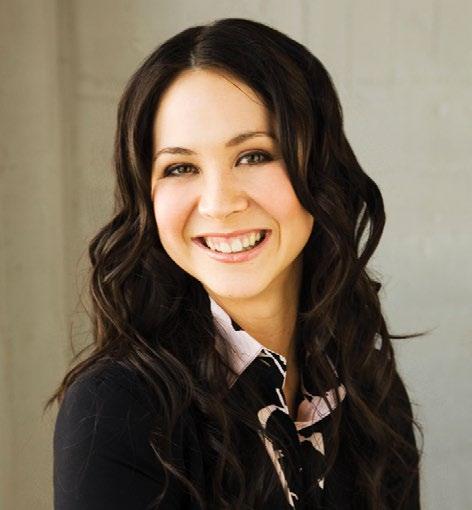
from the reality. According to a Ministry of Business, Innovation and Employment study, companies with stronger safety and health records also make a lot more money. To put it briefly, a business that is safe and healthy is more likely to have a healthy profit and loss sheet.
Putting your H&S best foot forward will help your business in many ways, some more apparent than others. The benefits of accepting your health and safety responsibilities are broken down as follows:
Leadership: Improved leadership, good leadership and adherence to H&S regulations are frequently directly correlated. If the work environment is unsafe, it frequently indicates that employees are not being properly managed. However, leaders who effectively fulfil their H&S responsibilities are typically proactive, deliberate and adept at problemsolving, all of which are positive for the company.
Improved reputation: A company that has a solid reputation for H&S is more reliable and appealing to all parties involved. Prioritising safety can improve a company’s reputation and lead to favourable feedback. Building customer confidence is essential to draw in and keep clients. An excellent place to start is with H&S.
Better hiring and retention: Companies that take a strong approach to H&S have a better chance of drawing in and keeping top talent. This results from workers’ desires to work for organisations that care about their
health and safety.
Improving workplace H&S is one of the best business decisions you can make if you’re trying to increase your profits. Here’s a quick tip: consider it an investment rather than a cost. Every dollar you invest will not only protect your company from mishaps, lost productivity and financial penalties, but it will also pave the way for your employees to realise their full potential.

Byrne is a health and safety consultant who works for Safewise, a health and safety consultancy organisation. Kaye has been in the health and safety field in one way or another for the past 10 years, most recently as a consultant. Kaye has experience working with many different industries and people. She holds a New Zealand Diploma in Workplace Health and Safety Management (level 6) and is a member of the New Zealand Institute of Safety Management.
The Employment Relations (Termination of Employment by Agreement) Amendment Bill was introduced in November 2024 and proposes significant changes to employment law in New Zealand.
The bill seeks to simplify employment terminations by allowing employers and employees to engage in “protected” negotiations to end an employment relationship.
However, while the stated aim is to create a more efficient resolution process, critics warn it could weaken worker protections and give employers too much power.
Under the current Employment Relations Act 2000, employees who believe they have been dismissed unfairly can raise a personal grievance claim. If successful, they may be entitled to compensation and reinstatement, among other remedies. Disputes are typically resolved through mediation or, if necessary, by the Employment Relations Authority or the Employment Court.
Under the existing framework, employers must have a valid reason for termination and follow a fair process, which includes:
• clearly explaining the reason for termination
• allowing the employee to respond before a final decision is made
• letting the employee bring a support person or representative
• making an unbiased decision based on relevant facts.
The bill introduces several key changes that are a departure from the current legislation: Employers would be able to initiate “without prejudice” discussions with employees regarding termination, even when no existing employment dispute is present. Currently, termination discussions generally arise from an identified issue, such as misconduct or redundancy. This change gives employers more flexibility to propose
termination without formal grounds.
Any settlement reached under these discussions would be legally binding, provided the employee consents and receives specified compensation. Under the existing law, settlements are typically reached through mediation or formal dispute resolution.
Employees would be advised but not required to seek independent legal advice before agreeing to a termination settlement. This could leave some employees vulnerable if they choose not to seek advice before signing an agreement.
An employee could not raise a personal grievance just because an employer offered a termination agreement. Currently, employees could potentially raise a claim if they felt pressured into resignation or if the offer suggested constructive dismissal.
The bill would prevent employees from using pre-termination discussions as evidence in disputes, except in cases of fraud or misconduct. This means employees might struggle to prove they were unfairly pressured into resigning. Currently, discussions leading up to termination may be examined in grievance proceedings.
This bill mirrors the legal framework in the UK, where employers and employees can engage in “protected conversations” about potential exit agreements without the fear that the discussion will be used against them in any future legal disputes. Supporters argue that this will create a more efficient and certain process. However, opponents warn that employers, who typically hold more bargaining power, may benefit more

from these conversations than employees.
The bill does not set limits on when an employer can suggest termination. This means an employer could approach an employee at any time, even when the employee is vulnerable, such as during a stressful period at work or in their personal life. Unlike a redundancy or dismissal, where strict legal processes must be followed, these discussions could pressure employees into leaving without formal protections.
For example, an employee facing a personal crisis, like caring for a sick relative, might feel compelled to accept a severance offer even if they would prefer to remain employed. In a formal redundancy or dismissal, the employer would need a fair reason and to follow due process, but under this bill, they could simply propose an exit deal without justification.
Although the bill allows employees to seek legal advice, this safeguard remains optional. Employees facing financial hardship or lacking a clear understanding of their rights may feel pressured to accept termination agreements. This could lead to employees waiving their rights unintentionally and signing away job security without realising the consequences.
The bill has been met with significant opposition from employee advocates and unions, who warn it could weaken protections against unfair dismissal. By allowing employers to bypass formal termination procedures, it may shift the balance of power further in favour of employers, making it harder for employees to challenge unfair treatment.
If passed, this bill would mark one of the most significant changes to New Zealand employment law in recent years. Employers and employees alike should pay close attention to its progress and be prepared for the potential impact on workplace rights and obligations.
Please note that this article is not a substitute for legal advice, and if you have a particular matter that needs to be addressed, consult with a lawyer. Danielle Beston is a barrister who specialises in transport law, and she can be contacted at danielle.beston@bestonlegal.nz
Without goals, work can feel a little like running on a treadmill: a lot of effort but not much progress. That’s why setting clear goals and key performance indicators is a game-changer for employees and businesses alike, says Roylance Watson, director at Vazey Child.
Goals give employees direction, motivation and a sense of purpose, while KPIs keep everyone on track, ensuring efforts align with the big picture. When done right, goal-setting and KPIs can turn an average workday into a productive, satisfying and even rewarding experience.
Why goal setting matters for employees:
1 Gives you a game plan
Ever tried putting together furniture without instructions? That’s what work feels like without goals. Setting clear objectives helps employees know exactly what they need to do, making work feel less like guesswork and more like a wellplanned strategy.
2 Boosts motivation and engagement
Few things beat the feeling of ticking off a goal. When employees set and achieve goals, they feel a sense of accomplishment, which boosts motivation and engagement. It’s like unlocking levels in a video game – each milestone makes you want to keep going.
3 Keeps you accountable
Setting goals makes employees take ownership of their work. When you have a clear target, staying focused, managing time effectively and avoiding the dreaded last-minute scramble is easier. Plus, there’s a great sense of pride in meeting (or smashing) your goals.
4 Encourages growth and learning
Goals push employees to step out of their comfort zones, learn new skills
and continuously improve. Whether mastering new software, leading a project, or improving efficiency, setting goals ensures steady professional growth.
KPIs are like signposts on the road to success. They help measure progress and keep employees and businesses aligned with their goals.
1 Connects the dots
KPIs show employees how their work contributes to the company’s success. When people see how their efforts make a difference, they’re more likely to stay engaged and motivated.
2 Tracks progress like a fitness app Like tracking your steps or workouts, KPIs help measure progress over time. Whether sales numbers, customer satisfaction ratings or project deadlines, KPIs are a clear way of assessing performance and making improvements.
3 Makes performance reviews less awkward
Let’s be honest: performance reviews can sometimes feel a bit uncomfortable. But with KPIs, there’s a clear, objective way to measure success. Instead of vague feedback, employees get data-driven insights that help them understand their strengths and areas for growth.
4 Inspires creativity and innovation
When employees strive to hit ambitious KPI targets, they often think outside the box to find better, faster and more
innovative ways to get things done. A little challenge can go a long way in fostering creativity.
Goal-setting and KPI targets aren’t just corporate buzz terms, they’re the secret ingredients to a fulfilling and productive work environment. They give employees direction, motivation and a sense of achievement while helping businesses grow and thrive.
When employees set clear goals and track their progress with KPIs, work becomes more meaningful, rewarding, and even a little fun. So go ahead, set those goals, chase those KPIs and enjoy the journey to success.

Roylance Watson is a chartered accountant and director at Vazey Child Chartered Accountants in Hamilton.
Email: roylancew@vazeychild.co.nz
Phone: (07) 838 5988
Website: vazeychild.co.nz




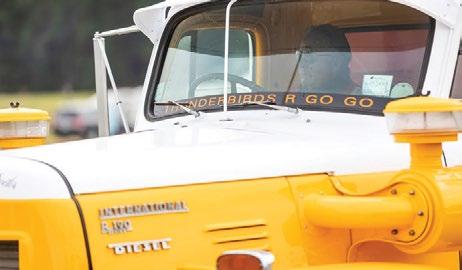
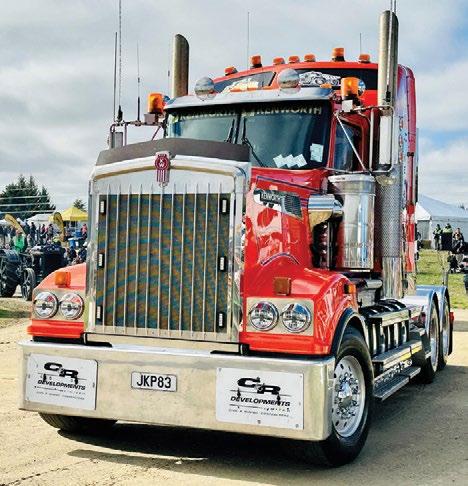
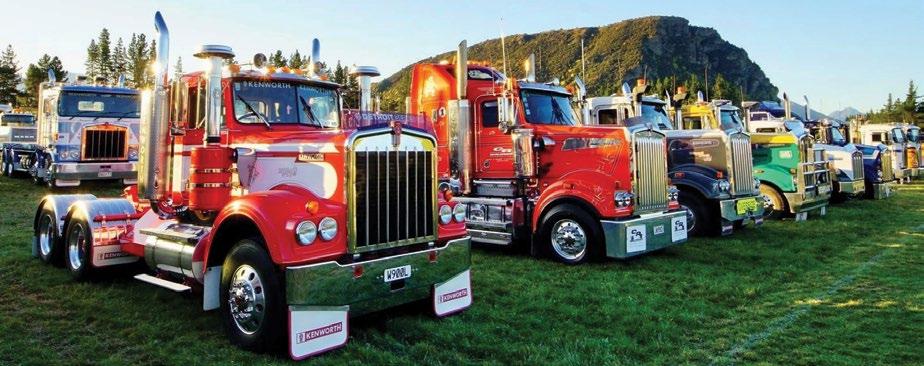

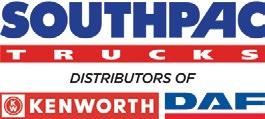

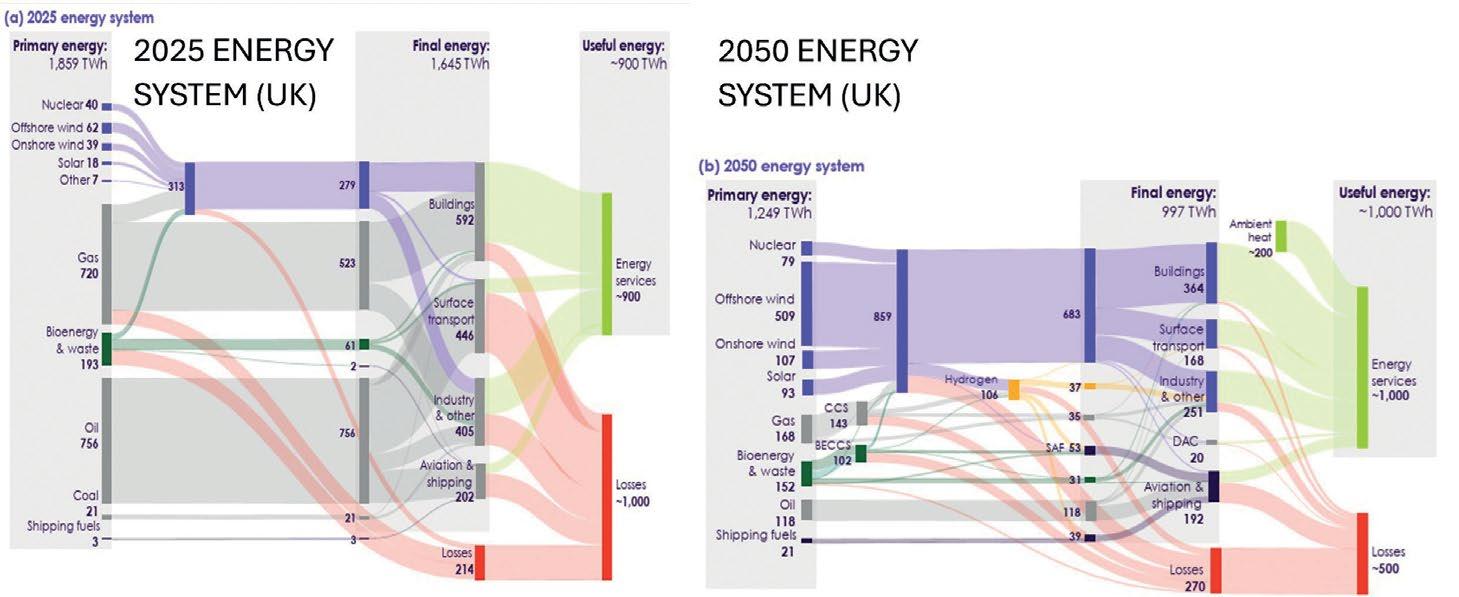
Lindsay Wood ponders the merits of taking an occasional refresher from the pros.
I’ve rarely been in the cab of a big rig, let alone driven one, so I can only imagine what it’s like to be in charge of such mighty machinery, day in and day out. However, I received some insights over the summer, as I covered almost the country’s length in my campervan. And in the process, I enjoyed the benefit and pleasure of following long-haul trucks.
With the Desert Road closed, I took a major detour through Taranaki and, for over 100km, trailed comfortably back from a curtainsider as it wound its way north from New Plymouth. I was struck by how smoothly the driver maintained speed and by their precision in narrow spots.
I repeated the exercise several times, following far enough back not to pressure the trucker and leave room for others to pass. And in the process, I developed even more respect for those in control of the long-haul fleet while saving myself stress, fuel and quite possibly a little time.
How great it would be if there were an easy way for all of us amateurs to get regular refreshers from the pros. It would make us better and safer drivers and likely improve fuel economy and lower emissions to boot.
In a very different field, Hannah Ritchie is a pro at analysing data and produces Sustainability by Numbers and Our World in Data. We could do worse than take a refresher from her, too.
Her latest is analysing the UK’s seventh carbon budget, and right there is lesson one: New Zealand is way behind, starting a decade late and just issuing our second. It shows in the results, too, with the UK halving its emissions since 1990 while ours have increased alarmingly by bout 25%.
And if we look at methane, the UK has already cut about 62% of its agricultural emissions since 1990, while Aotearoa’s have increased by
12%. Even worse, official policy just looks for “no additional warming” (ie, no real methane reduction). With methane at 43% of all our emissions, it’s like our government thinks we’re playing a game, not dealing with a life-or-death crisis.
But perhaps the most striking of Ritchie’s insights is on energy, including an amazing comparison of the entire UK energy system now and, potentially, in 2050. With clever charts (above) she shows how the UK currently loses over half of its energy to waste (orange). However, with the dramatically higher efficiency of electrification over fossil fuels, that halves by 2050, bringing the potential to do 10% more work with 33% less energy. Add in greatly increased renewables (blue) and that also means greatly reduced emissions.
Ritchie is jaundiced about hydrogen (sound familiar?). Under the heading ‘Hydrogen cars and heating are dead’, she writes: “We see no role for hydrogen in buildings heating and only a very niche, if any, role in surface transport.”
It’s time our amateur drivers learned from the pros and time our government stopped playing games with our future.
Lindsay Wood, MNZM, runs climate strategy company Resilienz Ltd. He is active in policy, and on IT tools for decarbonisation, and speaks, writes and broadcasts widely on climate issues. In 2024 he was made a Member of the New Zealand Order of Merit for services to climate awareness and environmental sustainability.








NZ Trucking Association can be contacted on 0800 338 338 or info@nztruckingassn.co.nz
Carol McGeady general manager
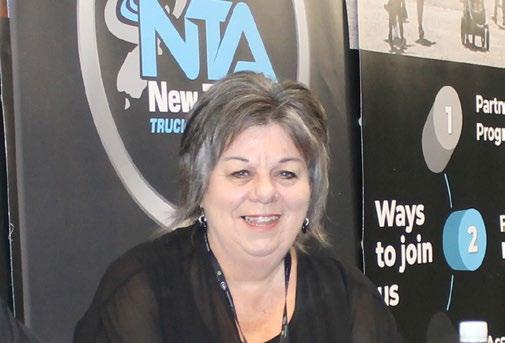
The sun shone, the engines roared, and the crowds turned up in droves.
Thousands flocked to Christchurch in March for the TMC Trailers Trucking Industry Show 2025, a spectacular two-day event that reinforced its status as far more than just a truck show – it’s a true celebration of the transport industry.
The event kicked off with an actionpacked trade day on Friday, bringing together key industry players, professionals and aspiring transport workers for a mix of networking, knowledge sharing, and handson experiences. Exhibitors set the scene with live demonstrations and interactive sessions, making for a highly engaging day.
A standout session was the HARMfree Connect event, where the Laura Ferguson Brain Injury Trust delivered a compelling presentation on concussion awareness, shedding light on the hidden dangers of head injuries in transport-related work. Meanwhile, the Chartered Institute of Logistics and Transport (CiLT) health, safety and wellbeing series marked the 10-year milestone of the Health and Safety at Work Act 2015, offering a platform for in-depth discussions with leading safety experts. Industry veteran Dave McCoid led a robust Q&A session, helping attendees navigate the ever-evolving landscape of workplace safety.
The TruckSafe NZ Programme also took centre stage, with programme manager John Sansom announcing the completion of the SMS review. He introduced the newly appointed directors and confirmed Avid Plus as the programme’s official auditor. A special highlight was a guest appearance by the Australian chair of TruckSafe, Paul Fellows, who shared his journey toward accreditation and the positive transformation it brought to his business.
One of the most inspiring sessions of the day was the Transport Women event. Social media sensation Casuarina Smith, creator of
Trucking with CJ, captivated the audience with her unconventional journey into trucking, while Jenny Fellows, the 2024 Australian Transport Woman of the Year, shared how she balanced family life with expanding her business and launching a driver education programme.
As the sun set, Ancra Cargo’s Happy Hour provided the perfect opportunity for attendees to relax and connect at the NZ Trucking Association’s industry networking event. With a buzzing atmosphere and plenty of industry banter, it was the perfect lead-up to the main event, show day.
Saturday kicked off at 5am as an impressive fleet of show and shine trucks rolled in from across the country. Despite a brief morning drizzle, the excitement was palpable. By 9am, a sea of spectators had gathered to admire the craftsmanship behind nearly 350 immaculately presented trucks, explore exhibitor stalls and take part in an array of family-friendly activities.
A major highlight was the BP Classic Truck Showcase, where enthusiasts took a nostalgic trip down memory lane. Some of the trucks had been restored to their former glory – if not better – demonstrating the passion and dedication of their owners.
The TR Group Trucking Relay hosted by Mark Harvey proved to be an unmissable attraction, drawing a massive crowd.
(Turn to page 30 for all the winners’ details.)
The Teletrac Navman Pit Stop and Kids’ Zone proved to be family favourites, featuring a giant bouncy castle, Road Metals sandpit, mini golf, the Carters tyre run, Bridgestone tile track and Valvoline pedal cars. The Safety MAN road safety truck was another major drawcard, delivering interactive demonstrations, including the Don’t Muck with a Truck video and a live motorcycle blind-zone awareness activity.
The Careers Transport hub provided an invaluable opportunity for students to engage with transport professionals and discover career pathways within the industry. A highlight was meeting Glen ‘Yogi’ Kendall, whose personal stories and advice left a lasting impact on the next generation of truckies. Industry leaders Mark Carter (Conroy’s Furniture Removals) and Pete Cochrane (TR Group) ensured that students were up to speed on the latest technology and employment opportunities in the sector.
The grand finale was the highly anticipated Show & Shine Awards Night, where the industry’s most dedicated truckies were recognised for their efforts. The judges had the tough task of selecting winners from an outstanding lineup of meticulously polished rigs, but the pride and passion on display made it all worthwhile.
The NZ Trucking Association extends its deepest gratitude to all exhibitors, sponsors, Show ‘n Shine drivers, volunteers, staff, partners, and attendees who contributed to making this event a tremendous success. This year’s show provided a much-needed morale boost amid a challenging economic climate, proving once again that the trucking industry’s spirit remains unbreakable.
Organised by a dedicated yet small team at the NZ Trucking Association, the TMC Trailers Trucking Industry Show represents countless hours of planning and hard work. Proceeds from the event support various local charities and sports groups, including Riding for the Disabled, City Mission, Kix Taekwondo, Christchurch Boys’ High School Sports Department, Canterbury Agricultural & Pastoral Association and the Halswell Scout Group.
From start to finish, the 2025 show was an unforgettable experience, cementing its place as the ultimate industry gathering. Thank you to everyone who made it special; we can’t wait to see you again at the next event.
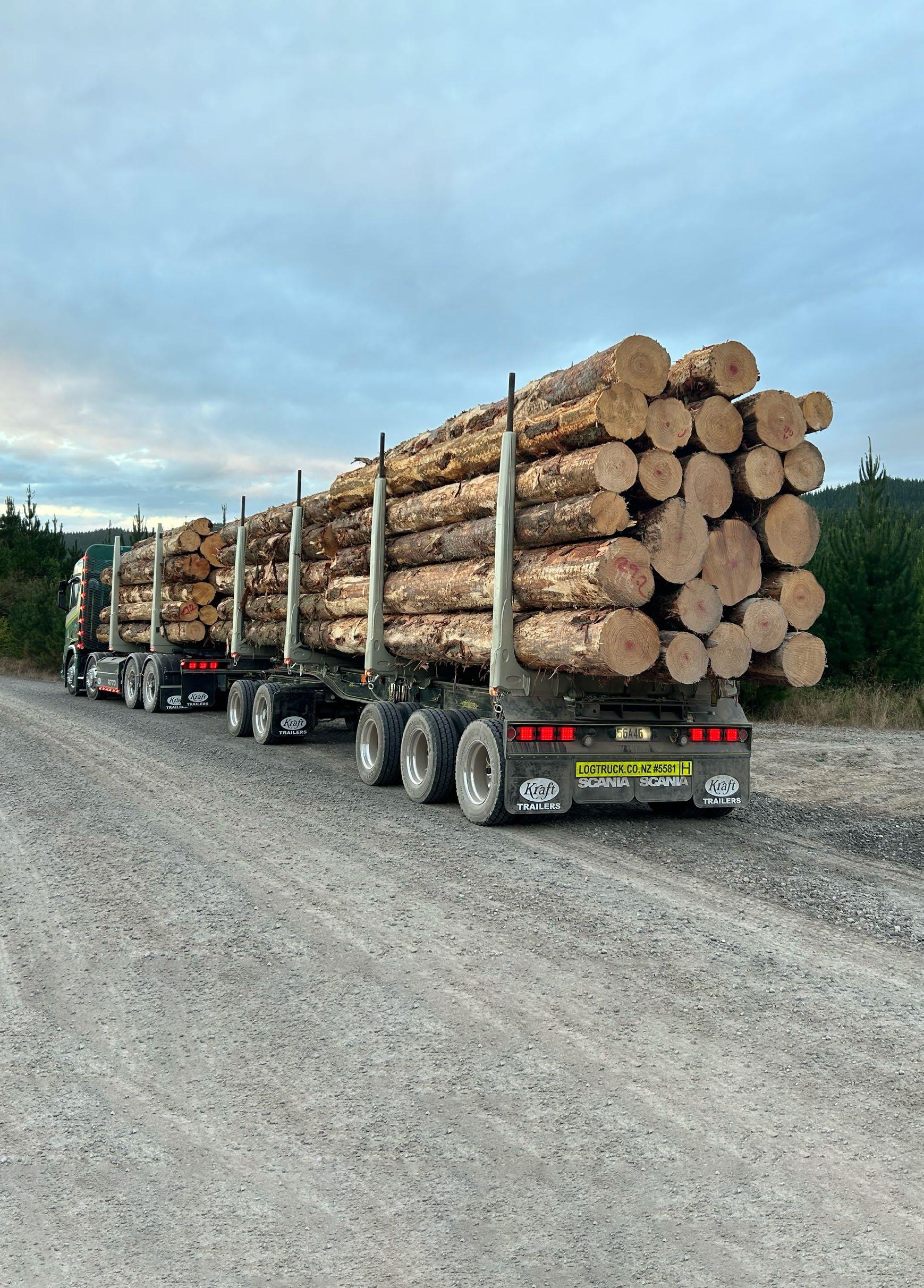
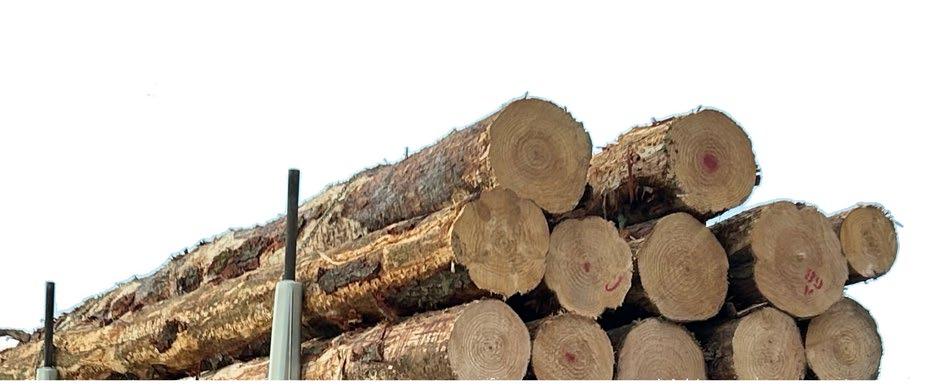
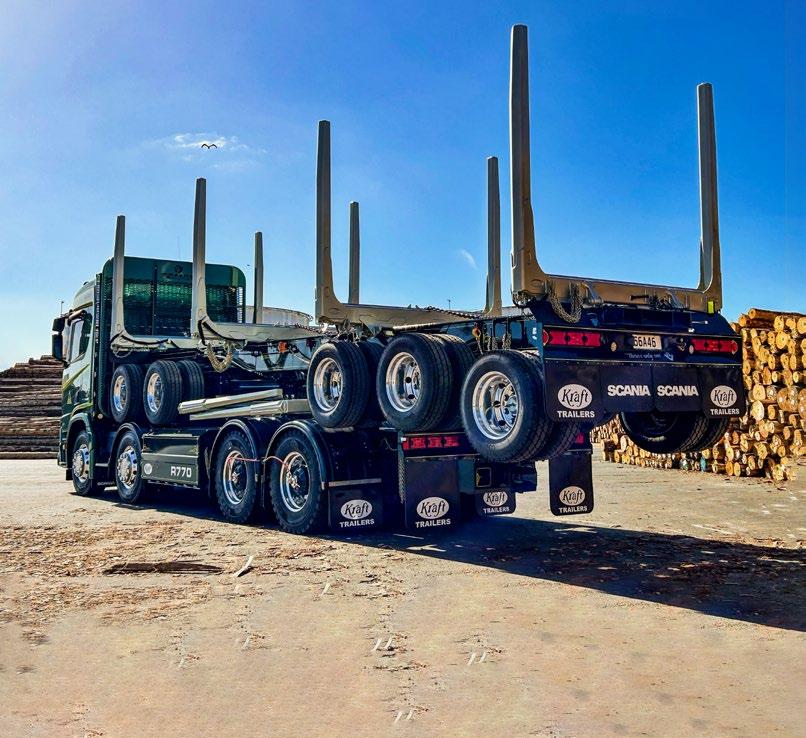


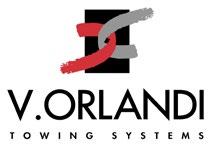
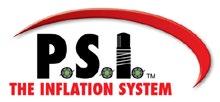


National Road Carriers Association can be contacted on 0800 686 777 or enquiries@natroad.co.nz
Justin Tighe‑Umbers CEO

The challenges facing New Zealand’s energy sector have been spotlighted over the past year. With electricity shortages leading to skyrocketing spot prices, businesses have been forced to reassess their operations. In some cases, this has resulted in closures, such as the recent shutdown of the Kinleith Mill paper plant in Tokoroa. The economic and social consequences of these closures extend far beyond the affected companies, impacting transport operators and supply chains reliant on domestic manufacturing.
Compounding this crisis, New Zealand must also significantly expand its energy generation to support decarbonisation efforts across industry and transport. The need for a strategic and coordinated response has never been more urgent.
Recognising the gravity of the situation, the Auckland Business Chamber and the Northern Infrastructure Forum have put forward a 10-step energy action plan titled Unlocking the Energy Sector to Unlock Economic Growth. This plan builds on discussions, held by upper North Island industry leaders on 4 December 2024, and presents a framework for ensuring a stable, affordable and sustainable energy future.
The National Road Carriers Association, a founding member of the Northern Infrastructure Forum and an Auckland Chamber of Commerce affiliate, strongly supports the initiative and its call for urgent action to increase energy supply. NRC is committed to fostering a sustainable, lowemissions, climate-resilient future and will actively monitor and contribute to the plan’s implementation where necessary.
For New Zealand’s economy to flourish,
reliable and affordable energy is nonnegotiable. The 10 key actions proposed in the plan are:
- Creating a single energy regulator by consolidating the three existing energy regulators into one agency to provide leadership and accountability.
- Maintaining strategic reserves by ensuring sufficient backup energy supply is in place to provide support during prolonged dry spells.
- Developing a New Zealand energy strategy with aligned plans to meet projected demand across all generation types and an infrastructure investment pathway for generation and distribution.
- Building cross-party support by securing a bipartisan approach for the energy supply.
- Ensuring a generator-retailer model drives competition by analysing the impact of the gentailer model on competition, assessing policy responses (including separation of generation and retail functions) and setting out implementation steps.
- Greater use of demand response by developing new demand response tools that drive greater industry utilisation.
- Secure energy generation security and investor confidence by facilitating the development of long-term contracts and driving demand through government procurement.
- Unlocking New Zealand’s geothermal potential by formulating a sector development blueprint for geothermal energy, with a view to designing a regime that is as enabling as possible.
- Removing red tape hampering distribution build, streamlining the planning and consenting framework around the delivery of distribution infrastructure.
- Developing an energy sector warrant of fitness to review institutional arrangements
and measure performance against key metrics independently.
The proposed Special Economic Zone (SEZ) at Marsden Point is a significant new development in New Zealand’s energy landscape. The government has acknowledged that while it cannot afford to reinstate the Marsden Point Oil Refinery, a SEZ could help attract private investment into key energy infrastructure projects. Energy Minister Shane Jones has indicated that Cabinet will consider using SEZs to support industries vital to national interests, such as energy security and fuel refining.
Channel Infrastructure, which manages the former refinery site, has already outlined ambitious plans to transform Marsden Point into an energy precinct. This initiative includes potential projects such as a biofuel refinery and expanded jet-fuel storage, contributing to energy resilience and decarbonisation efforts. If realised, these projects could provide a crucial alternative fuel supply while also stimulating economic growth in Northland.
New Zealand is at a crossroads. The success of this plan will depend on swift action, industry collaboration and strong political will. Including the Marsden Point SEZ in these efforts marks a promising step toward securing energy resilience and economic growth. If implemented effectively, it could serve as a model for future energy infrastructure initiatives across the country. The coming months will be critical in determining whether the country can rise to meet this challenge.
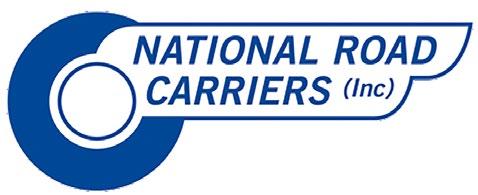
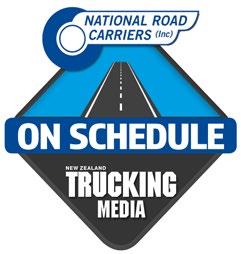
AS HEARD ON THE NRC ON SCHEDULE PODCAST
James Smith GM Policy and Advocacy, NRC
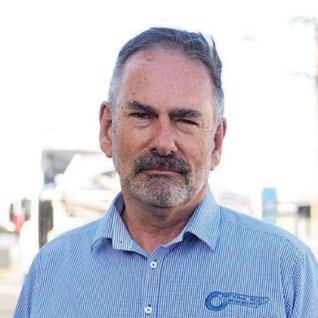
New Zealand faces a major infrastructure challenge: we have a lot to build and limited funds. How do we ensure we get the best bang for our buck? Do we chase the cheapest upfront cost, or do we take a smarter, long-term approach that considers durability, maintenance, sustainability, decarbonisation and fuel savings?
If we’re serious about the long game, we must ask ourselves: why are we not prioritising concrete roads as the most cost-effective, sustainable option?
We’ve all heard the myths about concrete: it’s too expensive, too noisy, unsuitable for our terrain, vulnerable in earthquakes and difficult to source locally. But here’s the kicker – none of these excuses stack up.
Recent Infometrics data shows concrete roads are, on average, 17% cheaper than asphalt over their entire lifespan and produce lower emissions. Countries with high seismic activity, like Japan and the US, use concrete roads successfully – so why wouldn’t they work in New Zealand?
Think back to this past summer. Many of us watched our asphalt roads melt in the scorching sun. A concrete road capable of withstanding a four-hour fire is far better suited to endure our summer temperatures. More durability means lower maintenance costs and a higher return on investment over time. So, what’s stopping us? A lack of
political courage. We need leaders willing to invest now for long-term benefits rather than defaulting to short-term political cycles.
NRC has been pushing for a 50-year roading infrastructure plan, independent of political agendas. The creation of a National Infrastructure Agency, tasked with a 30-year roadmap, is a step in the right direction – but we need more action.
We also need to rethink our industry’s reliance on imported, oil-based asphalt and bitumen – products subject to
have an industry geared for large-scale concrete roads, the expertise exists just across the Tasman in Australia.
If we want to lift New Zealand’s productivity and build roads capable of handling heavier trucks and increased freight, we must invest in infrastructure that makes financial sense long-term. As we sit at the bottom of the OECD for productivity, we need a plan to change that. Concrete roads could be the catalyst for real economic growth – supporting business, reducing maintenance costs,
“We’ve all heard the myths about concrete: it’s too expensive, too noisy, unsuitable for our terrain, vulnerable in earthquakes and difficult to source locally. But here’s the kicker – none of these excuses stack up.”
volatile oil prices. In contrast, concrete is largely sourced within New Zealand, usually within 90 minutes of its destination. About 65% of our cement is produced locally, with stable pricing and a robust supply chain supported by Concrete NZ’s 200 batching plants nationwide. While we don’t currently
and providing a solid foundation for the future.
It’s time to invest in infrastructure that truly supports productivity growth. The question isn’t whether we can afford to build concrete roads but whether we can afford not to.

Transporting New Zealand can be contacted on (04) 472 3877 or info@transporting.nz
Dom Kalasih chief executive

One of Transporting New Zealand’s objectives this year is to focus on enabling change and having a regulatory system and framework more responsive to the opportunities presented by technology.
Innovative high-productivity vehicles play an important role in unlocking safety, environmental and economic benefits. This will also play a key part in improving the country’s economic performance.
Many other countries are going with vehicles like this, and we would be disappointed if New Zealand didn’t keep up and missed some golden opportunities to improve productivity.
Technology has improved, as has our ability to understand the low- and highspeed performance of heavy vehicles. From the analysis we have seen, there are many gains, given the reduction in vehicle kilometres these vehicles result in.
Super-high-productivity vehicles are a “win-win” solution. We support the proposal, and we urge NZTA to continue considering innovative vehicles and transport solutions like this.
Make no mistake: One of the risks we are facing is being hamstrung by our current regulatory system.
For example, there are legacy policies such as a “limit” of 25m for vehicle combinations. In our view, these limits become irrelevant if the route is appropriate.
As well, many of those legacy limits apply only to divisible loads but, in reality, I suspect many thousands, if not tens of thousands, of over-dimension indivisible loads exceeding 25m in length have travelled safely on our roads. This shows that under the appropriate
conditions, the movement of vehicles and loads over 25m can be safely managed.
In a similar vein, Transporting New Zealand sees no rational reason for NZTA to have an arbitrary blanket limit restricting
“Make no mistake: One of the risks we are facing is being hamstrung by our current regulatory system.”
the journey length of specific routes when considering super-high productivity vehicles. Enabling a system that can work more efficiently will require a new way of thinking with our regulatory partners, along with managing the risk of increasing compliance costs, which is a key focus this year.
But there is good news around innovation. NZTA’s proposed vehicle driver licence exemption to allow small battery electric trucks is a good example of it being more responsive to allow positive change. We started pushing for it nearly two years ago, but progress is progress!
A few weeks ago, thanks to the Log Transport Safety Council, we were able to share some lessons from a highly publicised incident regarding a trailer becoming discoupled while being towed on the highway. That incident could potentially have led to more serious outcomes, and luckily no one was hurt.
Ultimately, the lesson came down to ensuring critical systems aren’t at risk of a “single point failure”.
NZTA has also followed up with a safety alert in mid-February. For me, the response to the issue is a good demonstration of the industry and regulator promptly acting when problems arise.
We’ve been making a big deal about the 2025 Road Freight Survey for a good reason. It’s your chance to make your voice heard about the state of the industry.
It’s not a long survey but it is important in helping gather vital information about the key issues and what the industry wants to do about them. (Plus, we’ve thrown in a $500 travel voucher from House of Travel for one lucky respondent.)
It’s open to everyone. Scan the accompanying QR code to share your thoughts.


NZ Trucking is New Zealand’s leading magazine for both the industry and the enthusiast, featuring the latest heavy truck and light commercial road tests, product news, and trucking personalities.
Subscribers will also get access to the digital magazine, meaning you can read it anywhere, at any time!
NZ Trucking is New Zealand’s leading magazine for both the industry and the enthusiast, featuring the latest heavy truck and light commercial road tests, product news, and trucking personalities.
Pricing for subscriptions include postage and GST. Postage included.
You will also get access to NZ Trucking Magazine on ISSUU. You will be emailed a login when the next issue is available.
Pricing for subscriptions include postage and GST. Postage included.
Phone: 0800 878 256 or visit: NZTrucking.co.nz/Shop
ph 0800 878 256 or visit NZtrucking.co.nz/subscriptions



There has been a lot of talk about increasing the country’s productivity. From 2021, we had a government entity, the Productivity Commission, charged with advising the government on how the country’s productivity could be improved, but it was disbanded in early 2024. One report I read suggested overall productivity for the country had dropped by 85% since the late 1990s and early 2000s. Even our industry associations are calling for productivity to be improved.
“Productivity” is fast becoming one of those management buzzwords we hear so often, but my concern is that while many recognise the need, few comments I have seen attempt to define what they mean. Productivity is complex. It has many different legs, each impacting in its own way, so I will not attempt to define it, especially as it relates to our industry, a service sector dependent on customers for its viability.
One definition I have seen defines productivity as “measure of economic performance that compares the amount of goods and services produced (output) with the number of inputs used to produce those
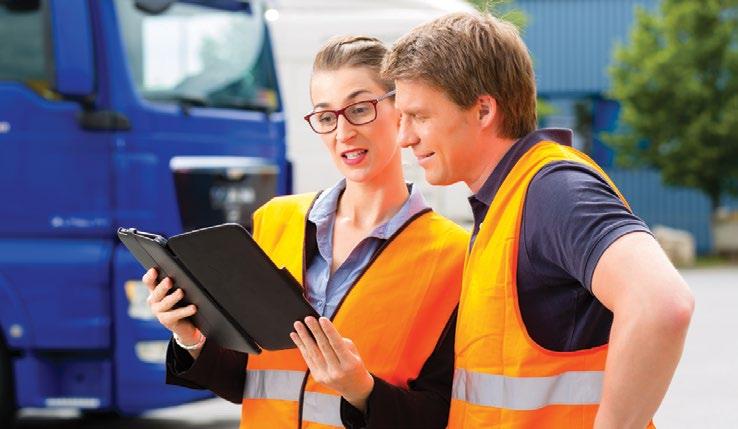
goods and services”, or simply, outputs/inputs. Take from this what you may, apply it to your business, and you will see just how complex a task it is.
We may well ask ourselves to what degree is regulation impacting industry productivity? Would it improve if we had fewer or no worktime rules or no requirement for transport licensing, or if all vehicles using the highway system were limited to the same maximum speed? Many factors that impact our productivity are imposed on us by others, and there is little chance of moving them. We must also ask ourselves if the industry is mature enough to operate with fewer rules. Perhaps one of our industry associations could look into this and unlock the mysterious meaning behind the word?
ANOTHER THING that caught my eye was the disconnect of a trailer from a logging truck. Initial reports suggest that the trailer became disconnected because the trailer coupling release was electronically controlled from within the truck cab and was inadvertently activated. The Log Transport Safety Council reacted very quickly and released a safety alert, but what puzzled me was why this electronic release was needed in the first place – until I read one comment that it was fitted to improve the productivity of the driver, completely ignoring the need to disconnect the connecting air hoses and electrical connections.
THE 5 FEBRUARY EDITION of TRANSPORTtalk reported a 79% increase in the number of transport businesses going into liquidation during 2024, 131 companies compared with 72 during 2023. This was not surprising as reporting during the year indicated an increasing trend. While some may see this as a good thing, fewer transport companies should mean more freight available; we would be callous if we did not consider the human impact of these liquidations and should never forget, there but for the grace of God go I.
Let us hope that these numbers have peaked and that 2025 will see a decline. We can all learn from the words of Sir Winston Churchill, “If you’re going through hell, keep going.”
THE WEEK before Christmas, I had an incident at home that required my transport by ambulance to hospital. The road used is familiar to me – I had driven it to the same destination the day before – but this time was different. In the back, I could not see the potholes, deteriorated road surface and the judder bars and be ready for them, but I could sure feel them.
4
4
To all those who think we spend too much on maintaining roads and the advocates of more traffic-calming devices, you should arrange a ride in the back of an ambulance to feel the effects of your thoughts. Something I thought about during the trip was thank goodness somebody has not come up with the idea that we could replace ambulances with bicycles – yet.
The Accidental Trucker

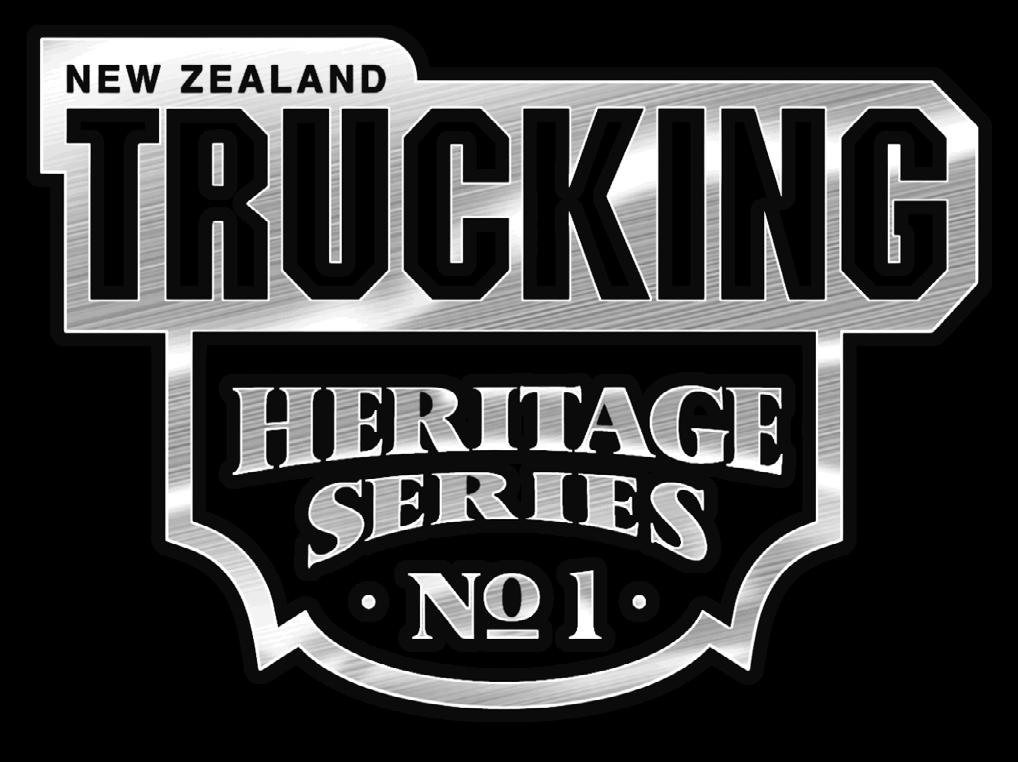

The TMC Trailers Trucking Industry Show was buzzing with energy, and at the heart of the Careers Transport event stood the impressive Road Safety Truck, drawing in students from across the Canterbury region. Schools from Kaiapoi and Christchurch had the opportunity to explore the world of transport and logistics, guided through an engaging and informative experience that showcased the vast career opportunities within the industry.
For many students, the visit to the Road Safety Truck was a highlight. The striking Safety MAN tractor unit at the front turned heads as they stepped inside to discover a wealth of knowledge about the industry’s future. Designed to educate and inspire, the truck provided an interactive space where young people could explore the different career paths available, from driving and logistics to fleet management and mechanical roles.
A wave of excitement rippled through the show when Glenn ‘Yogi’ Kendall, the well-known personality from Outback Truckers, made a surprise visit. Yogi, alongside his wife Amanda, has been instrumental in youth engagement initiatives

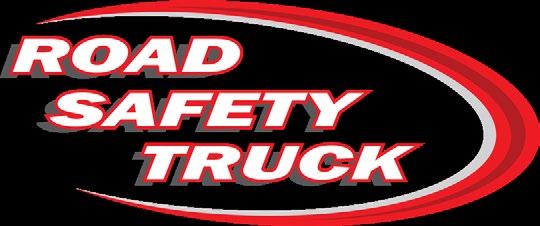
in Australia, including securing the Steering the Future trailer, a dedicated careers-focused education tool. With his signature storytelling style and infectious enthusiasm, Yogi had the young attendees captivated, making the idea of a career in transport both thrilling and attainable.
Careers advisors and teachers attending the event were equally impressed. They noted how engaged and motivated their students were after learning about the breadth of opportunities in the sector. Many of the students left the show with a newfound appreciation for the transport industry and a better understanding of the pathways available to them.
The success of the Road Safety Truck at the Careers Transport event underscores the importance of industry-led initiatives in fostering the next generation of transport professionals. By creating engaging experiences, events like these ensure young people see the transport and logistics industry not just as a job, but as an exciting and rewarding career choice. With passionate advocates like Yogi helping to inspire the youth, the future of the industry looks bright.

































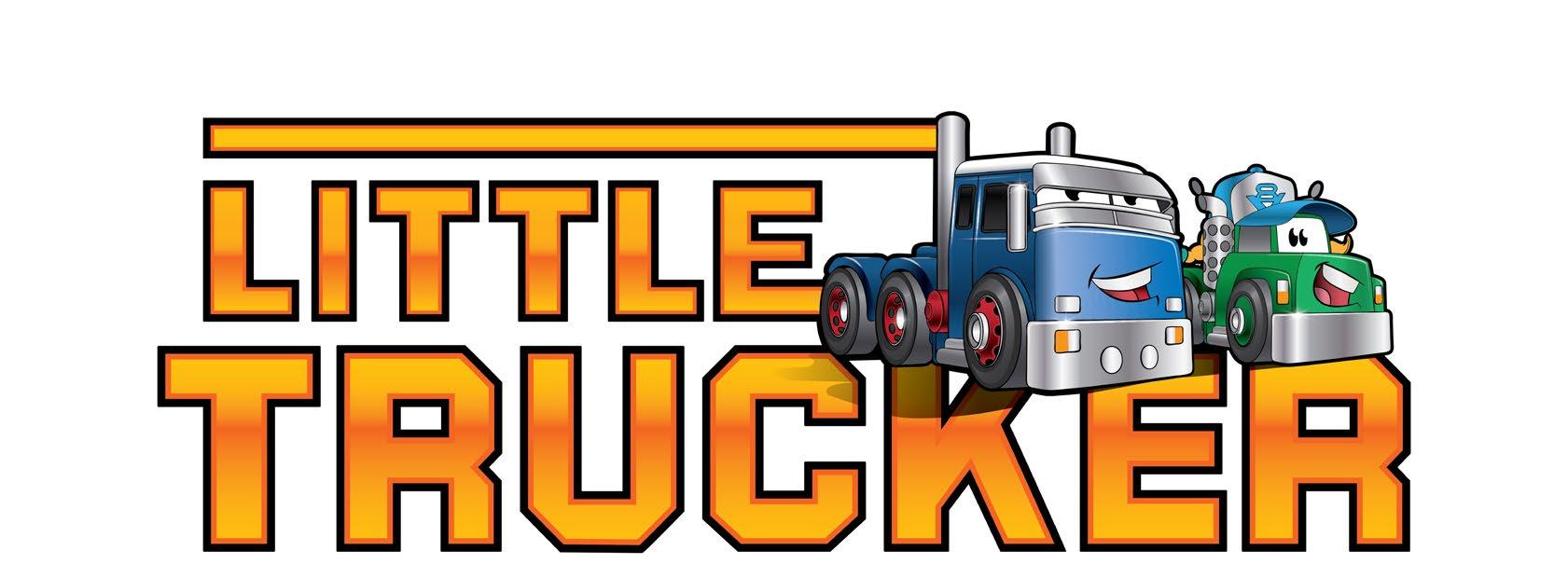


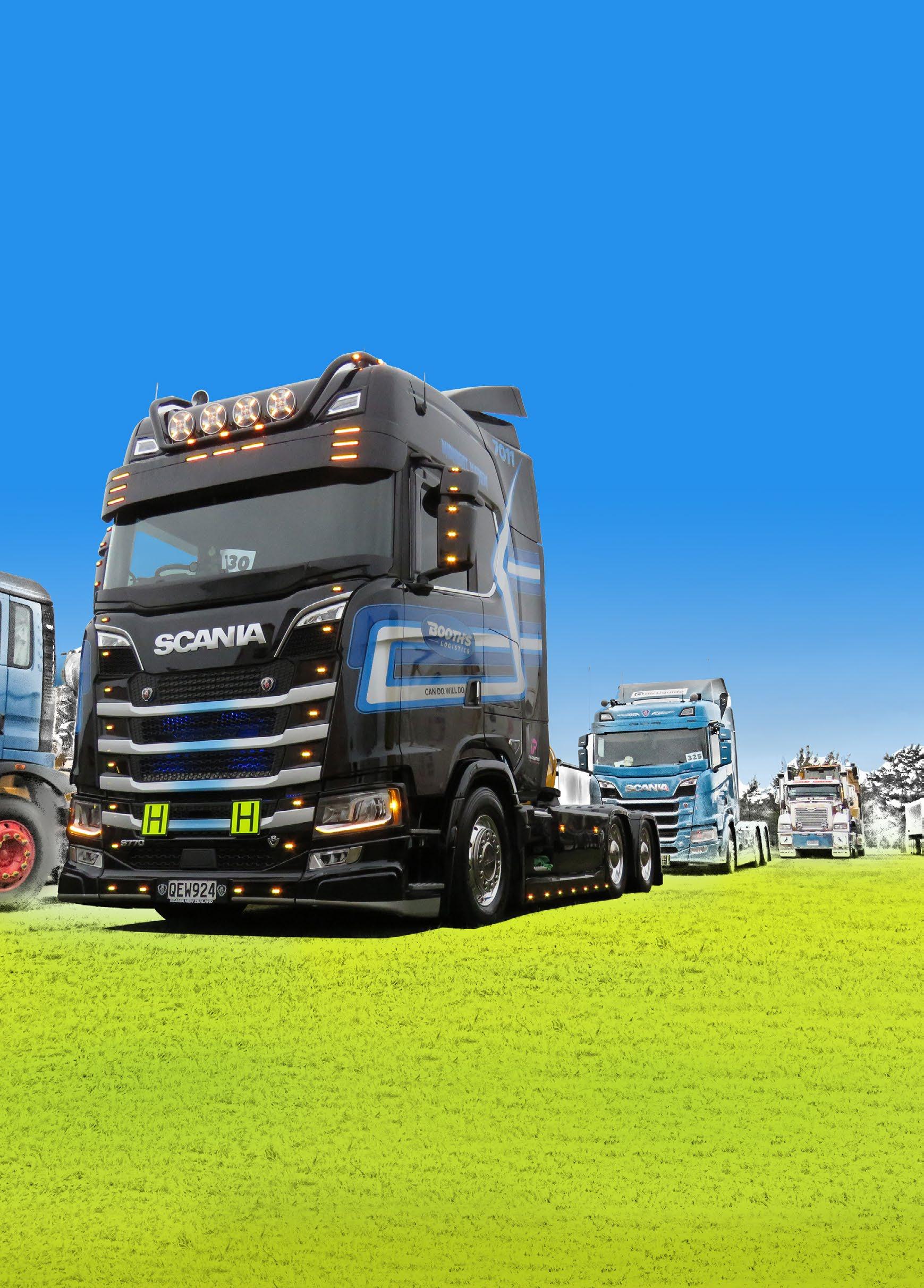
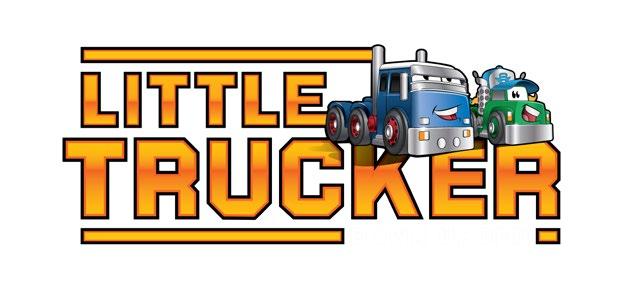
Buckle up because we have an action-packed issue coming your way! Our mate Dustin went to the TMC Trailers Trucking Industry Show in Christchurch, and his report takes you along for the ride. This awesome event ran over two days and is packed with some of the coolest trucks you’ll ever see. From gleaming chrome beasts to massive rigs built for hauling the heaviest loads, there’s something for every truck fan to enjoy.
Speaking of surprises, have you noticed the weather getting a bit chillier? That’s right –autumn is rolling in, and that means drivers need to be extra careful on the roads. Wet conditions can make driving tricky, but don’t worry, we have some top safety tips to help drivers stay in control. From checking tyres to keeping a safe distance, we’ll show you how the pros handle slippery roads like champions. So, grab a hot chocolate, find a comfy seat, and get ready to dive into another exciting issue. Whether you love big rigs, dream of driving one someday, or just enjoy learning about the world of trucking, Little Trucker Down Under has something just for you!
Happy trucking!
Shannon

Find the truck icon winner
Congratulations to Isaac Woolford, 13, who correctly found the Little Trucker icon in last month’s magazine. We’ll be in touch to send you your prize.

Can you find the icon hidden in

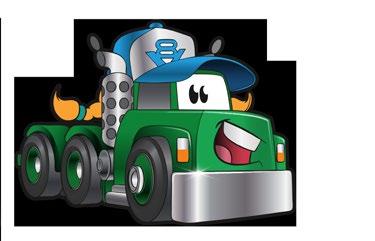



Autumn in New Zealand is a time of changing colours, cooler mornings, and –most importantly for truck drivers – unpredictable weather. One minute the sun is shining, and the next, the roads are slick with rain. With more wet and windy days ahead, truckies need to be extra careful to keep their big rigs under control. Let’s check out five key things truck drivers do to stay safe on the road during autumn.
1 Check those tyres!
Truck drivers always check their tyres, but in autumn, it’s even more important. Wet and slippery roads mean tyres need to have good tread and the right pressure to keep a firm grip on the road.
2 Keep a safe distance
Stopping a big truck takes time, and when roads are wet, it takes even longer! That’s why truckies leave plenty of space between them and the vehicle in front, just in case they need to slow down quickly.
3 Watch out for fog and low light Shorter days and early morning fog can make it hard to see. Truck drivers use their headlights and fog lights when needed to stay visible and keep an eye out for other vehicles on the road.
4 Drive to the conditions Rain, wind, and the odd patch of ice can make driving tricky. Smart truckies adjust their speed and take extra care when cornering or going down hill to avoid losing traction.
5 Take breaks, stay alert Autumn weather can be tiring, especially with long rainy drives. Truck drivers make sure to take breaks, grab a hot drink, and rest when needed so they stay focused on the road.
So next time you see a big rig on the road this autumn, you’ll know all the things truck drivers do to stay safe. Drive smart, truckies!


Little Trucker is brought to you by...
At Swanson Transport we have a great team and a diverse range of trucks that enable us to nurture and support the development of young people looking for a career within the transport industry.
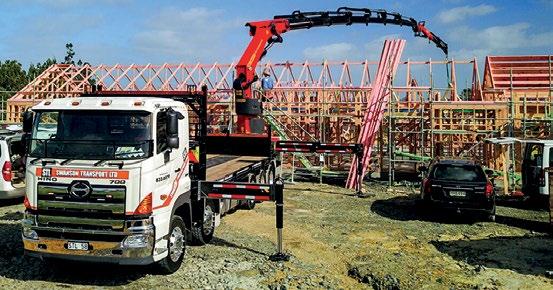
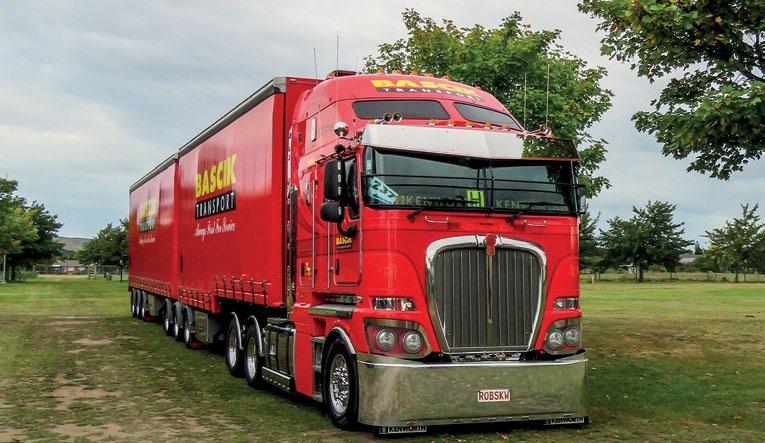

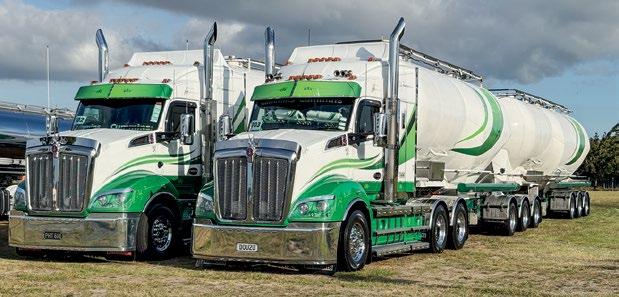
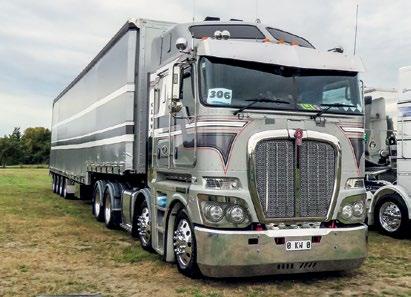

By Dustin Wright
Waking up on Friday morning 7 March, full of excitement, Dustin helped the boys at Steve Martin get two Kenworth T610s ready for the TMC Trailers Trucking Industry Show in Christchurch.
On Friday, I turned up at the yard, and the boys had already made a good start. I put on some gloves and got to work. I started off polishing the guards on the trailer. We put in a lot of time and effort before it was even 4:30am.
We jumped in the trucks and headed to the truck show in convoy. We turned up, drove in and parked them up next to each other. The boys went to get the registrations and left me to do some finishing touches. After that, the boys went home, and I had a bit of a walk around before getting picked up to head home.
Saturday morning, the alarm was blaring at

6:30am. I sprang out of bed and got some breakfast. Then it was time to go to the truck show. Thanks to Dave McCoid at New Zealand Trucking for getting me a media pass so I could get in nice and early to take some photos.
I went in, and the first thing I did was check that the rain overnight hadn’t affected the shine on the truck. I then had a good walk around to see what trucks had turned up overnight. There were some very cool trucks.
It was raining in the morning, so I waited until a bit later on when the trucks had dried and the sun came out to take some cool shots.
During the show, I had the pleasure of meeting CJ of Trucking With CJ, who came
all the way over from Australia for the truck show and had a talk with her – the video will be uploaded to YouTube soon, so keep an eye out. I was also lucky enough to have a chat with Yogi Kendall from Outback Truckers.
It got towards the end of the day, which meant it was time for the prizes, but before that, everyone had to have their opinion. There were a lot of cool trucks, but my favourite truck of the show was the Mack Ultra-Liner. This is because it is an old-school truck, but it has been very well looked after, and best of all, it sounds great.
Prizegiving started, and there were so many awards to be given out. They did a very good job of picking the right trucks for the


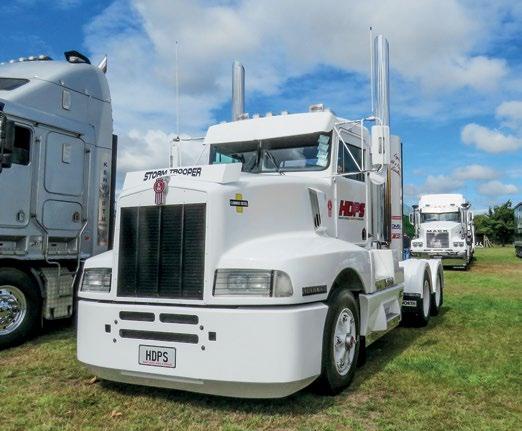

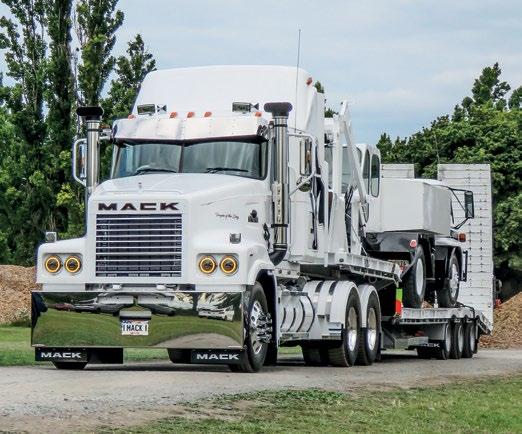
prizes. [The full winners list is on page 34.]
Once prizegiving had finished, everyone was heading back to their trucks to leave, so I walked out to the track where the trucks were leaving. All the professional photographers were there to get some good shots. I headed back into the show to have a last look around at what trucks were left. I then ran into Dave, where he asked me to go out for tea with the team




at New Zealand Trucking and Yogi and his wife Amanda. We had some great chats.
Thanks to the team at Steve Martin for letting me give you a hand to tidy up the two T610s, and a massive thanks to the team at New Zealand Trucking for everything, and also a massive thanks to Yogi and his wife Amanda for dropping off some copies of the
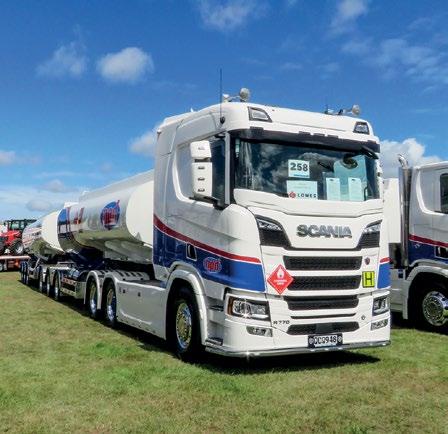


latest Australian Truckin’ Life magazine. Until the next show, Dustin Dustin and CJ at the show.
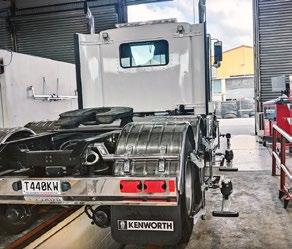

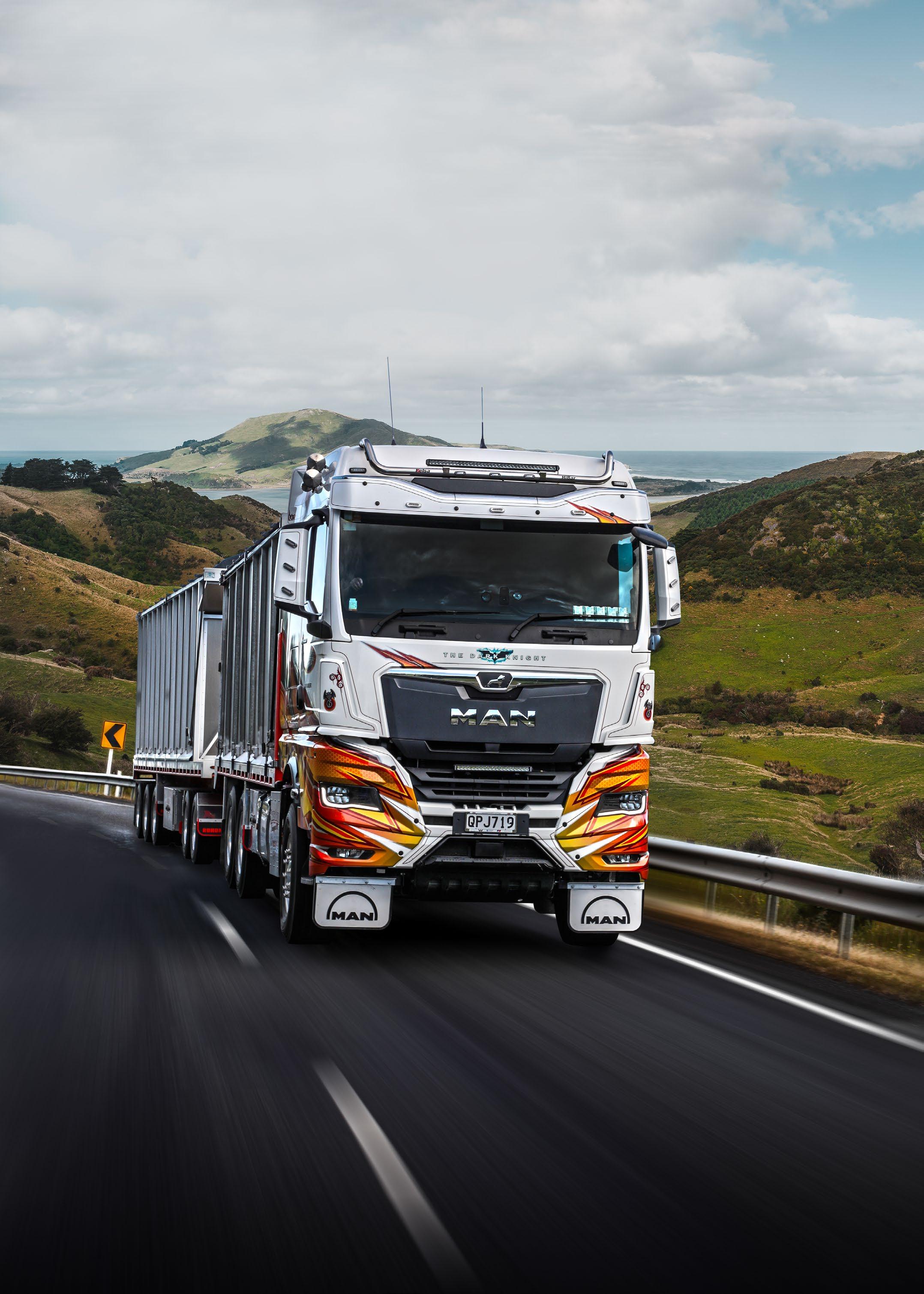

Whether you're driving through lush green hills or tackling tough backcountry roads, it’s crucial to enhance performance while keeping expenses under control. Check out the impressive 6x4 MAN TGX, recently added to the Kerley Brothers fleet. With a remarkable 640 horsepower, this truck conquers the demanding Waikato terrain with ease. The new MAN truck generation combines superior driver comfort, exceptional fuel efficiency, and advanced economy features. Built to optimize uptime and reduce operating costs, it’s the ideal business partner for long-lasting performance and savings.









